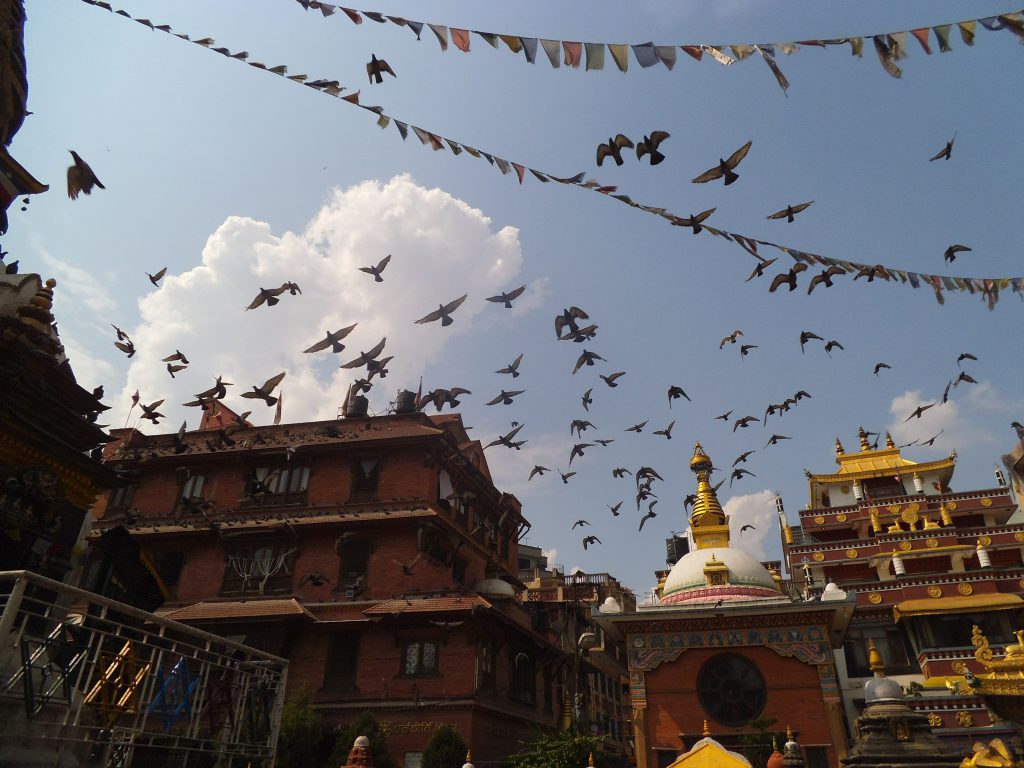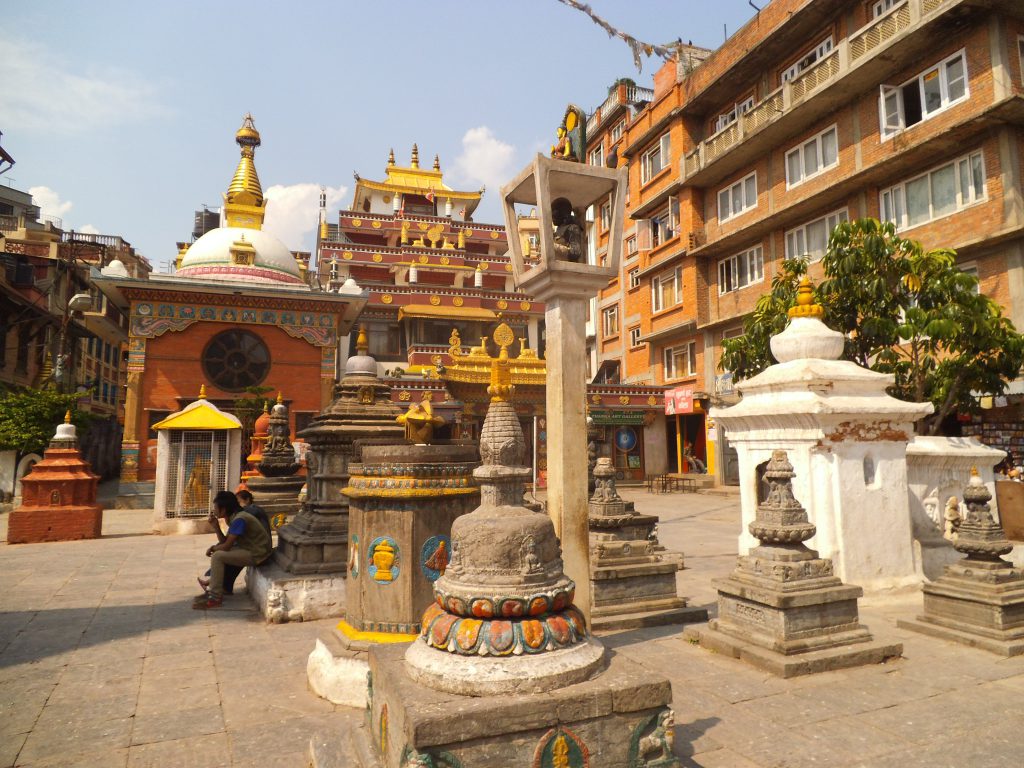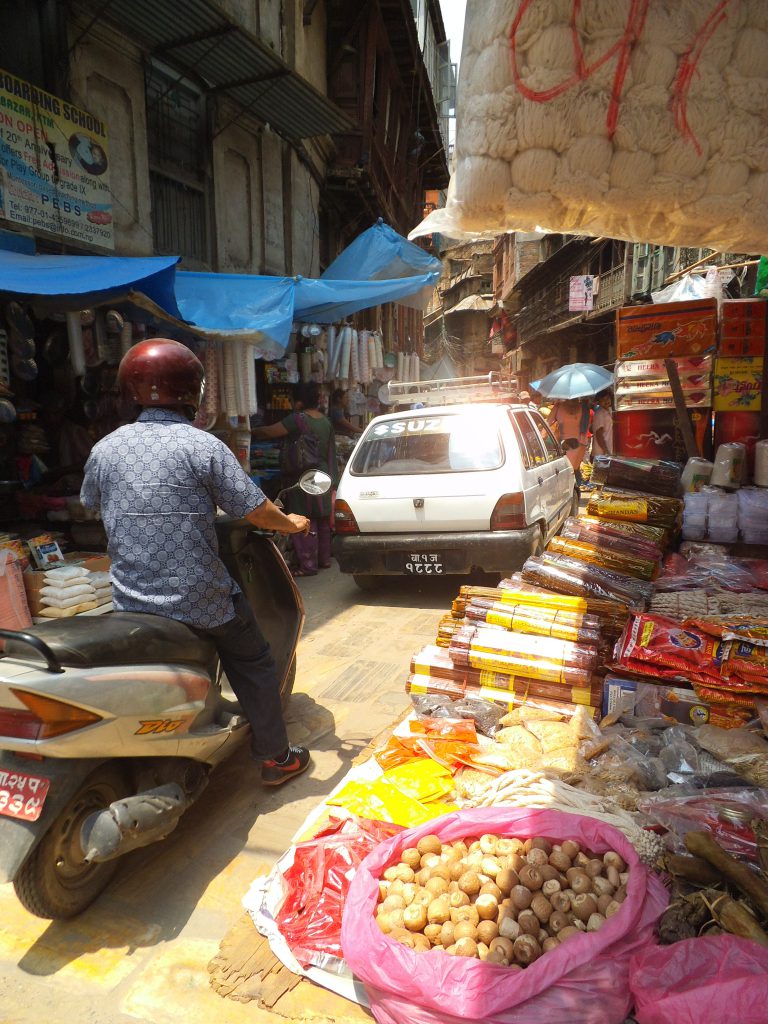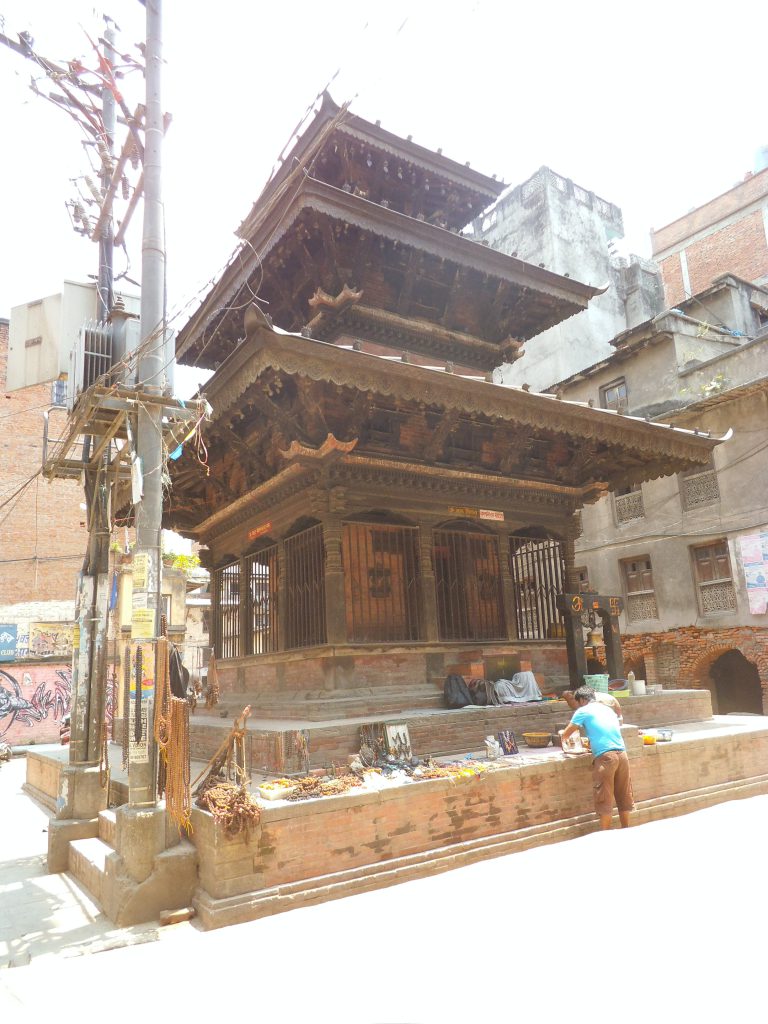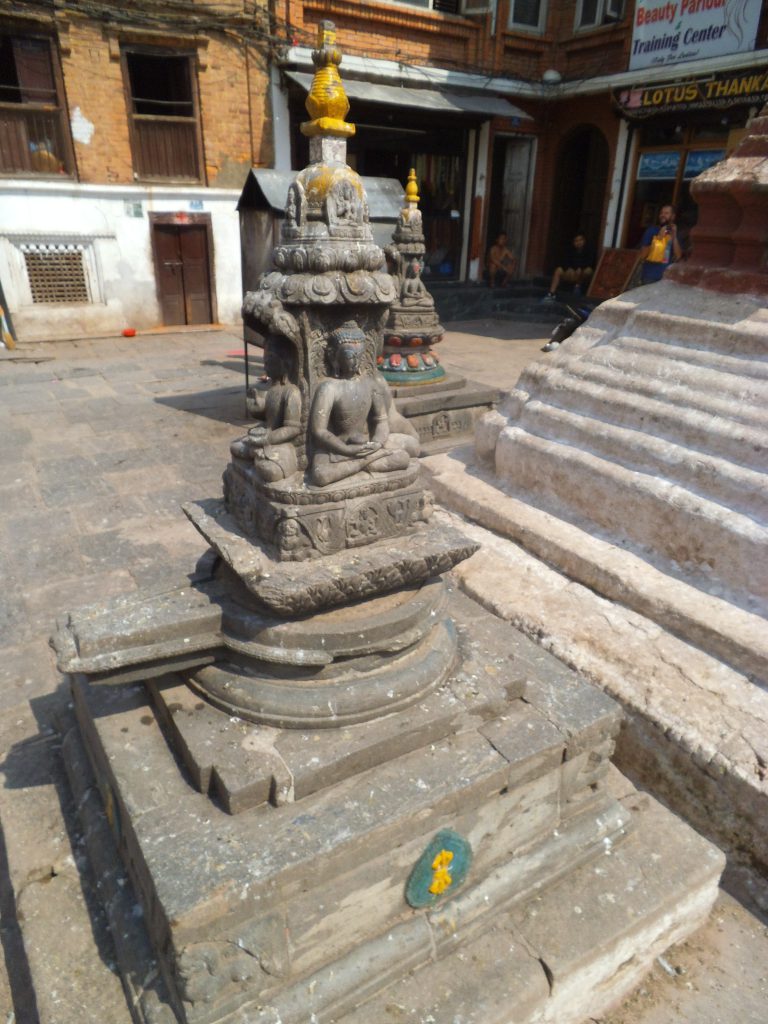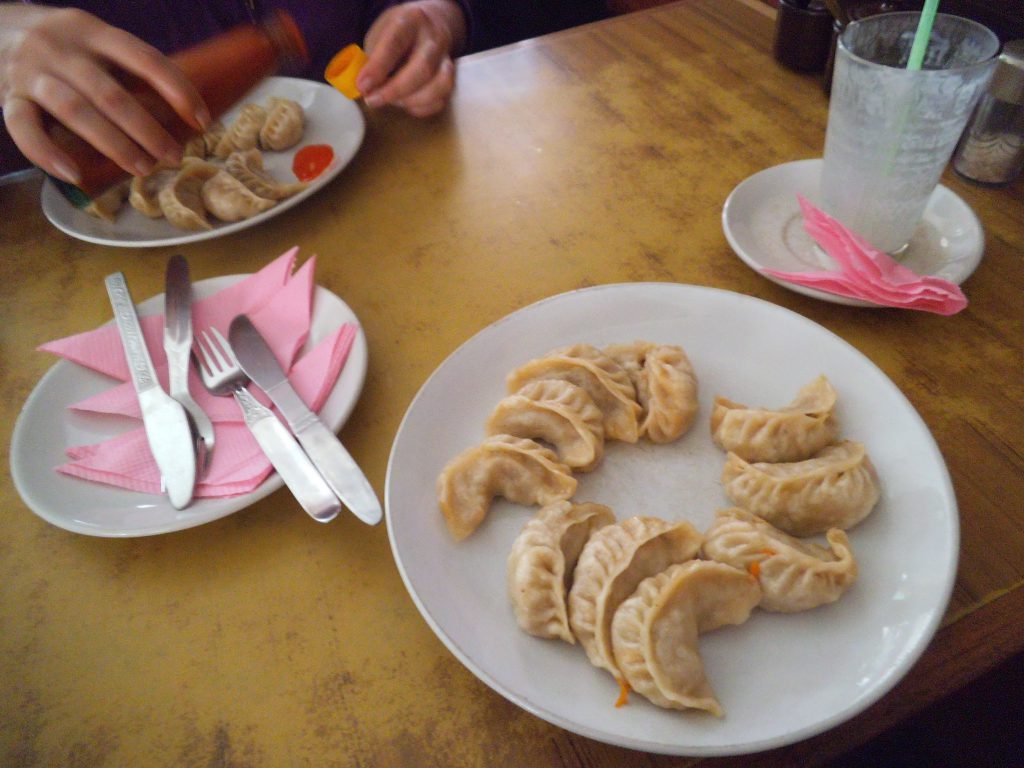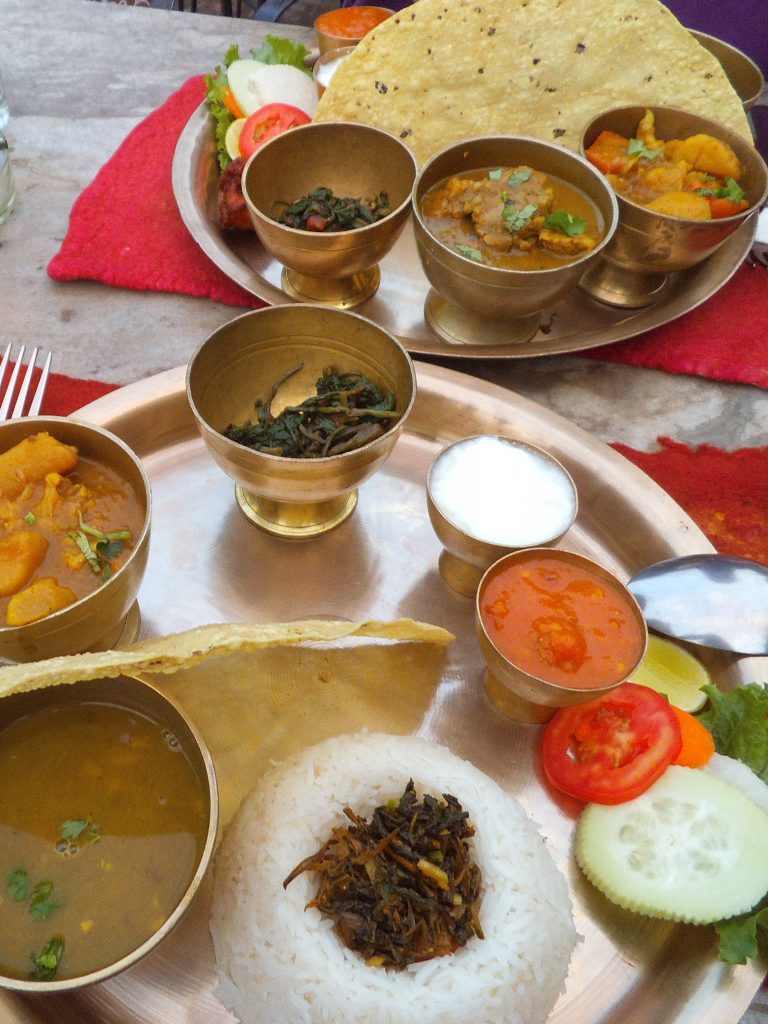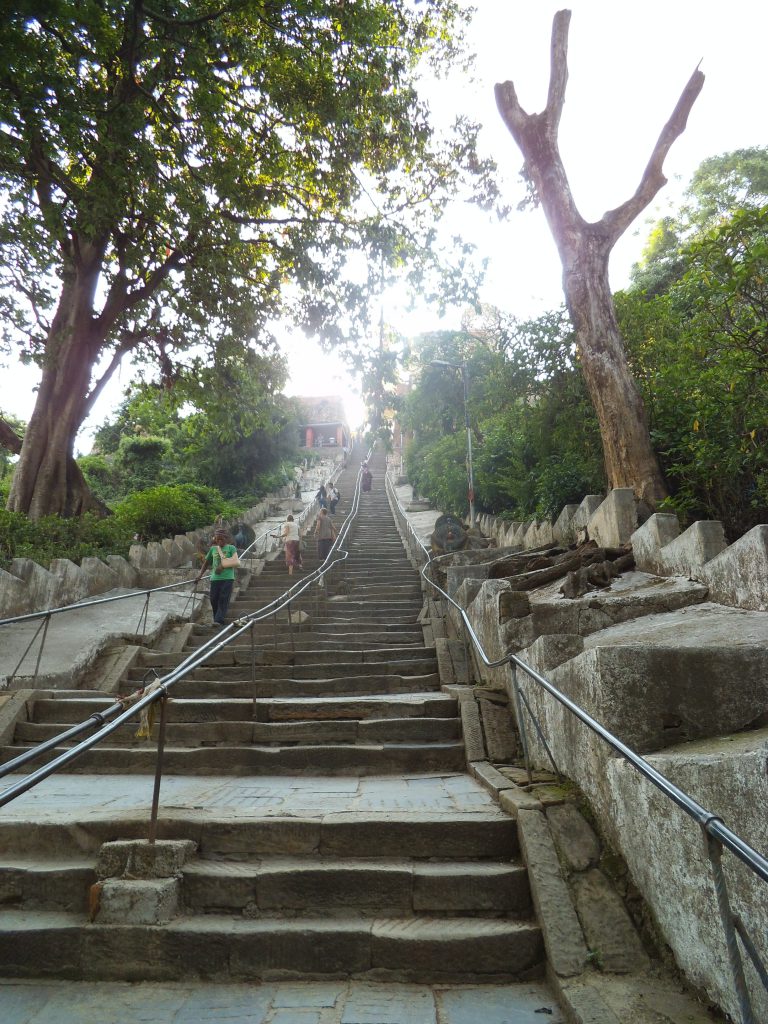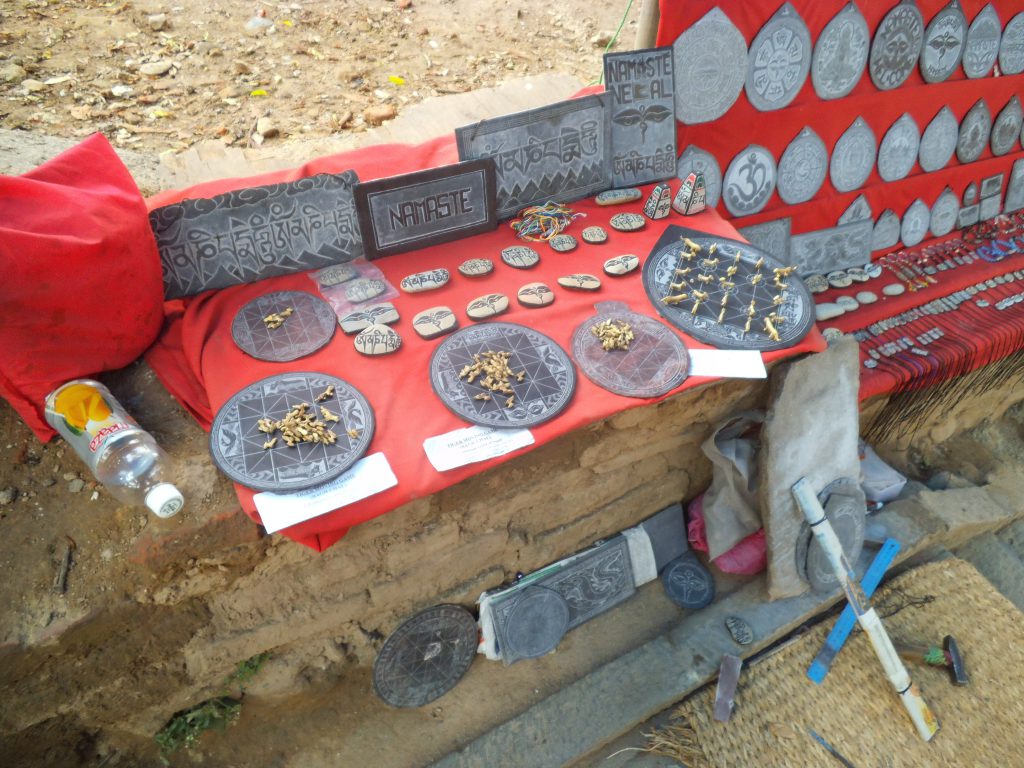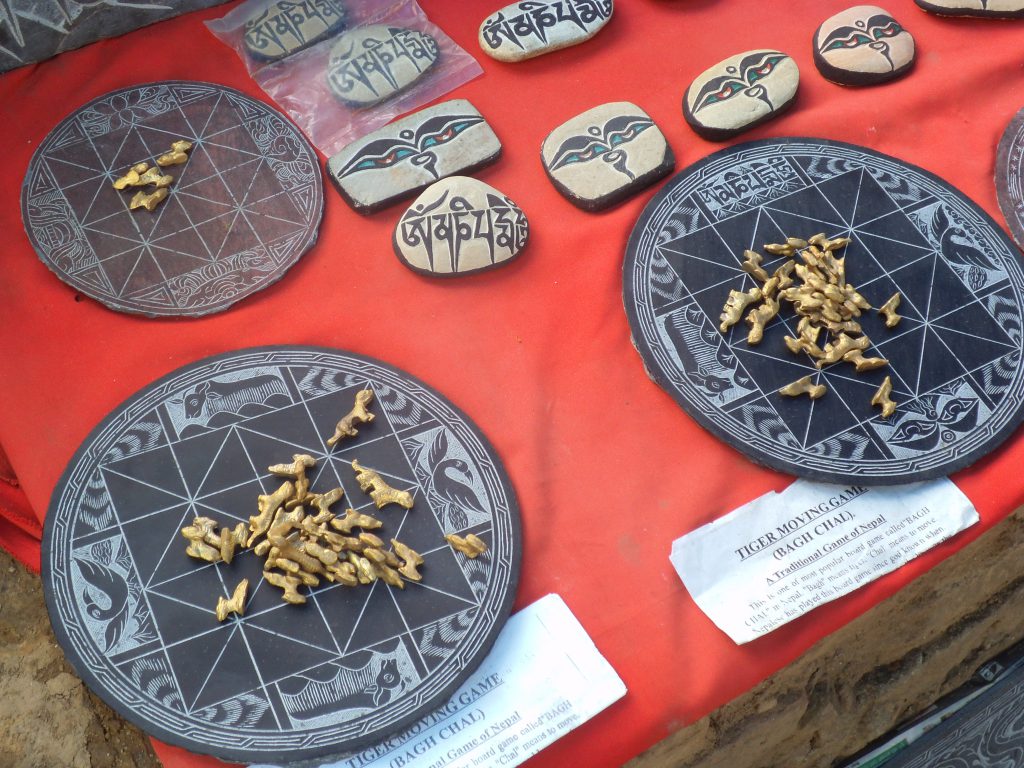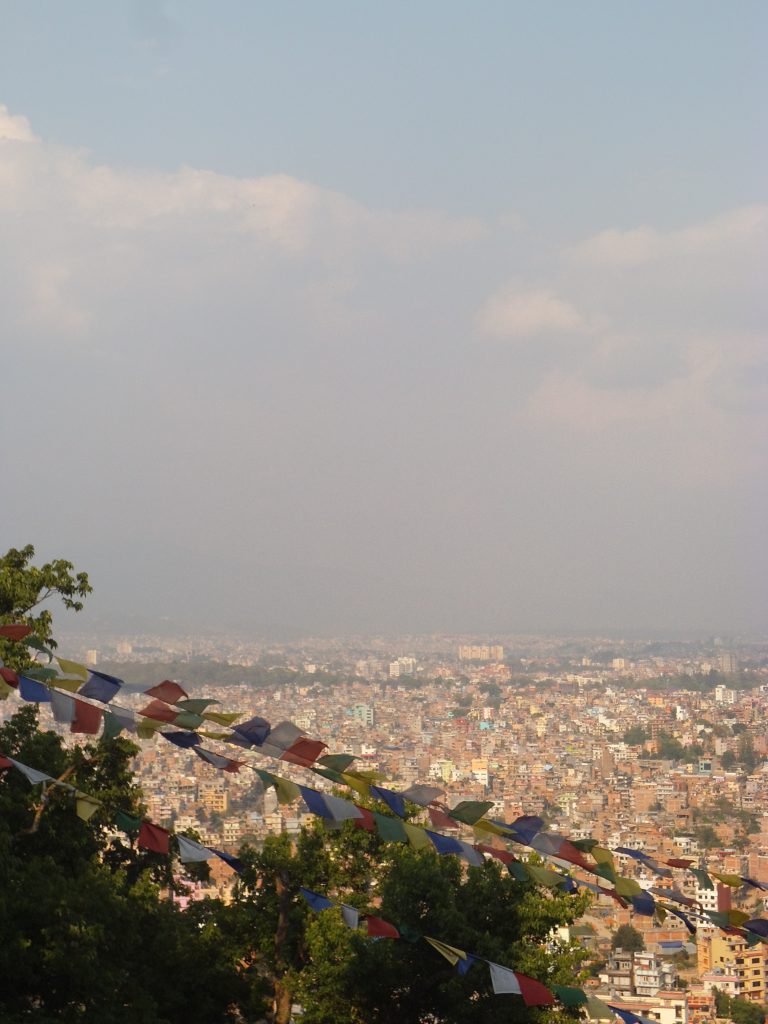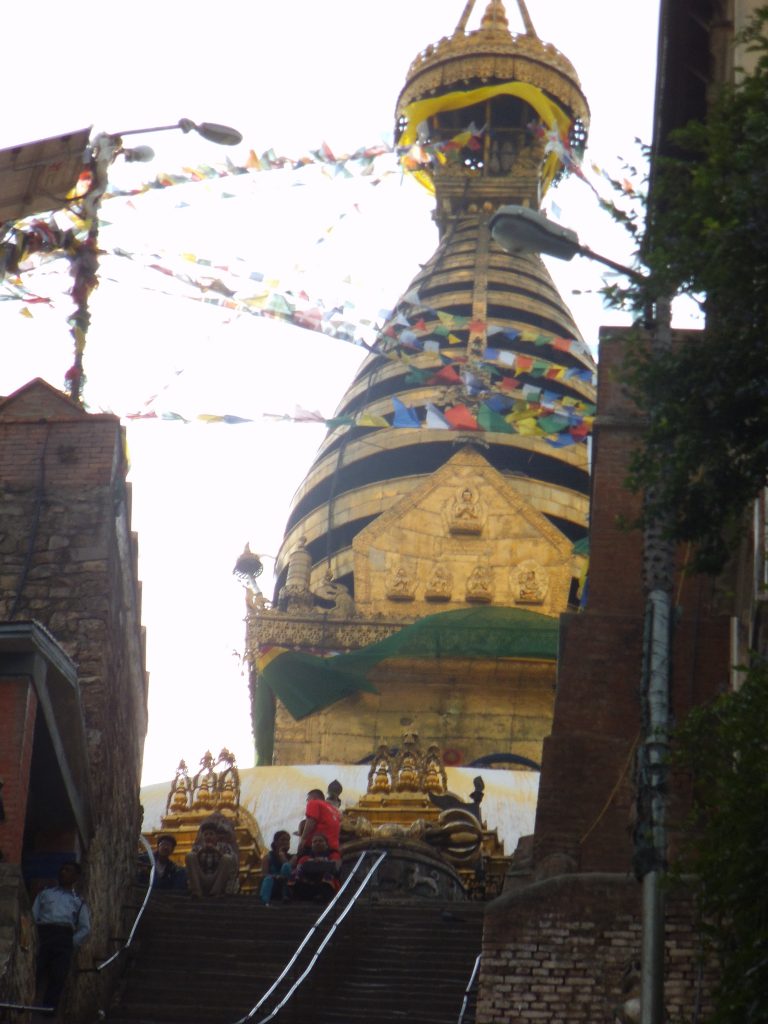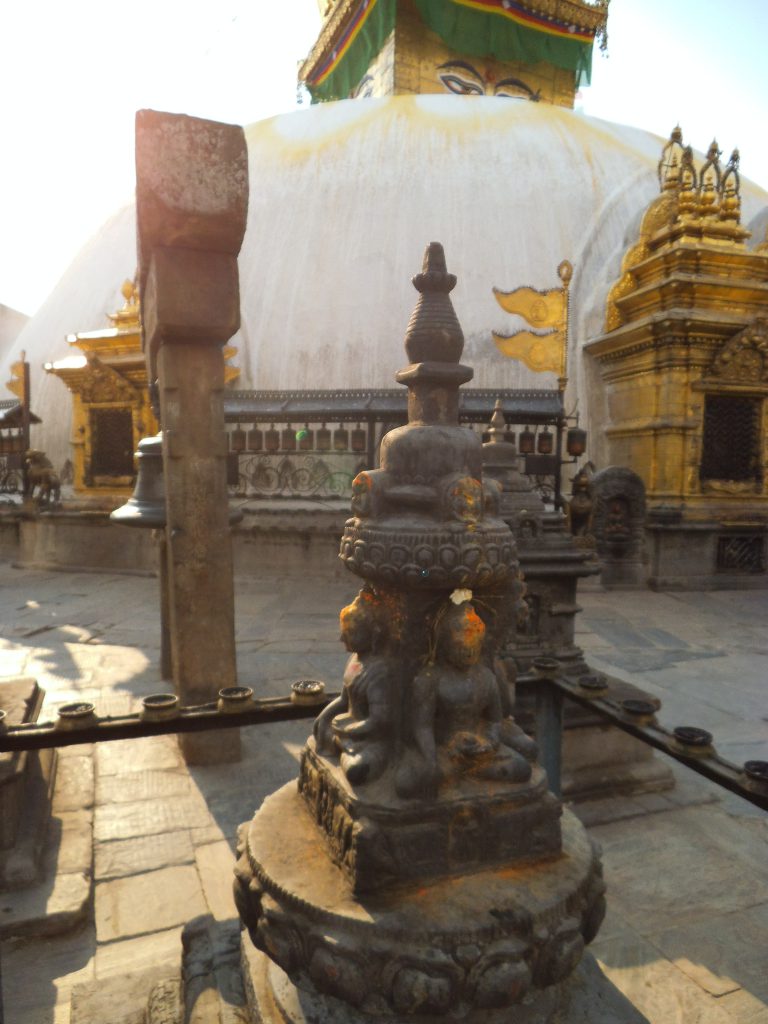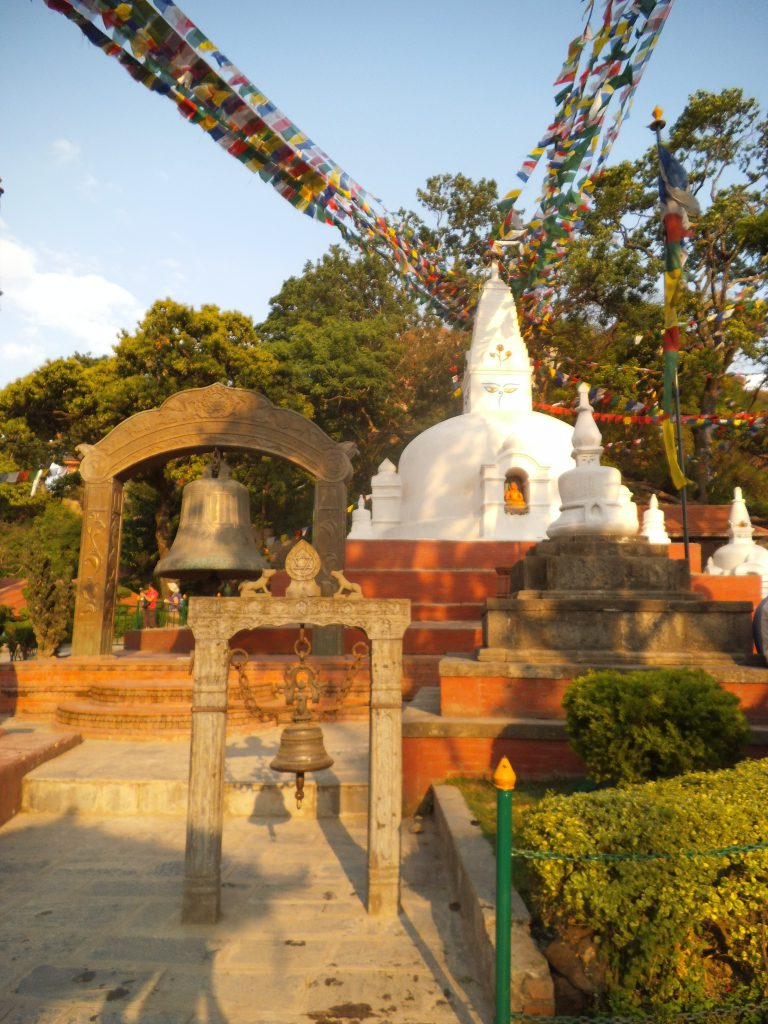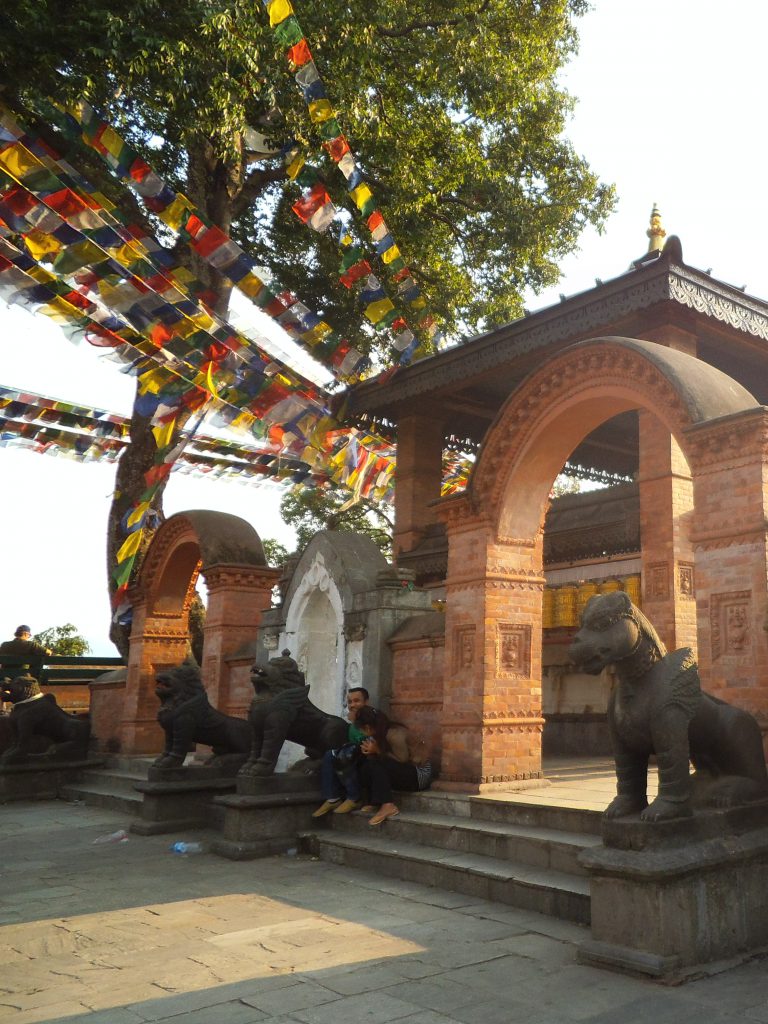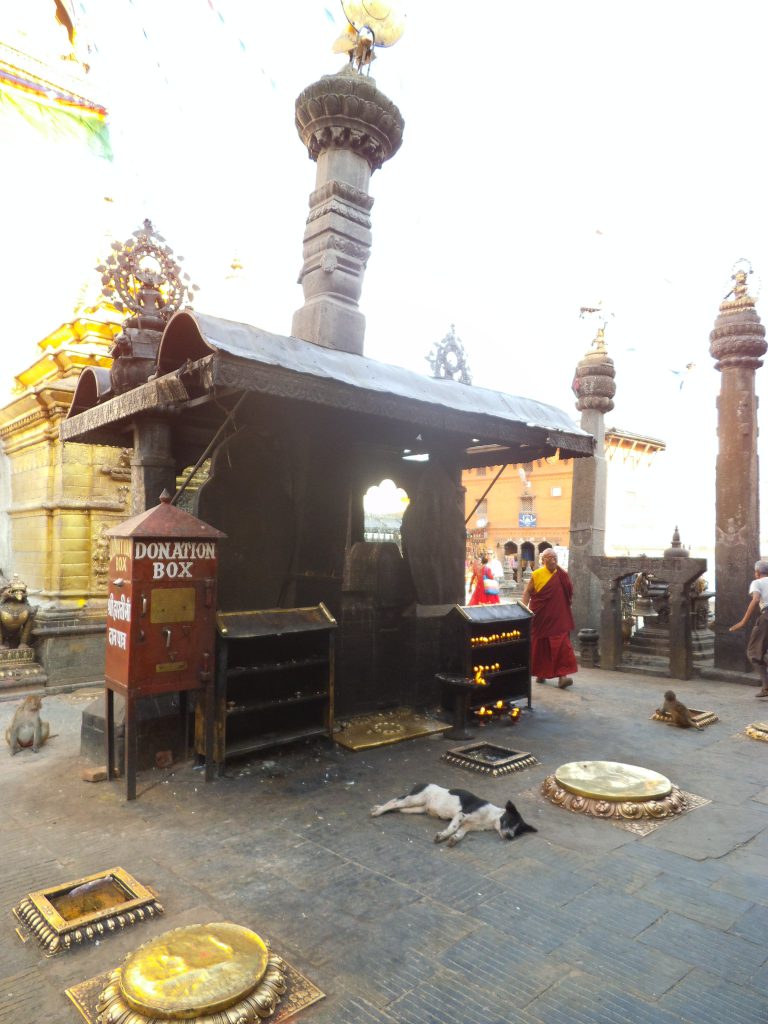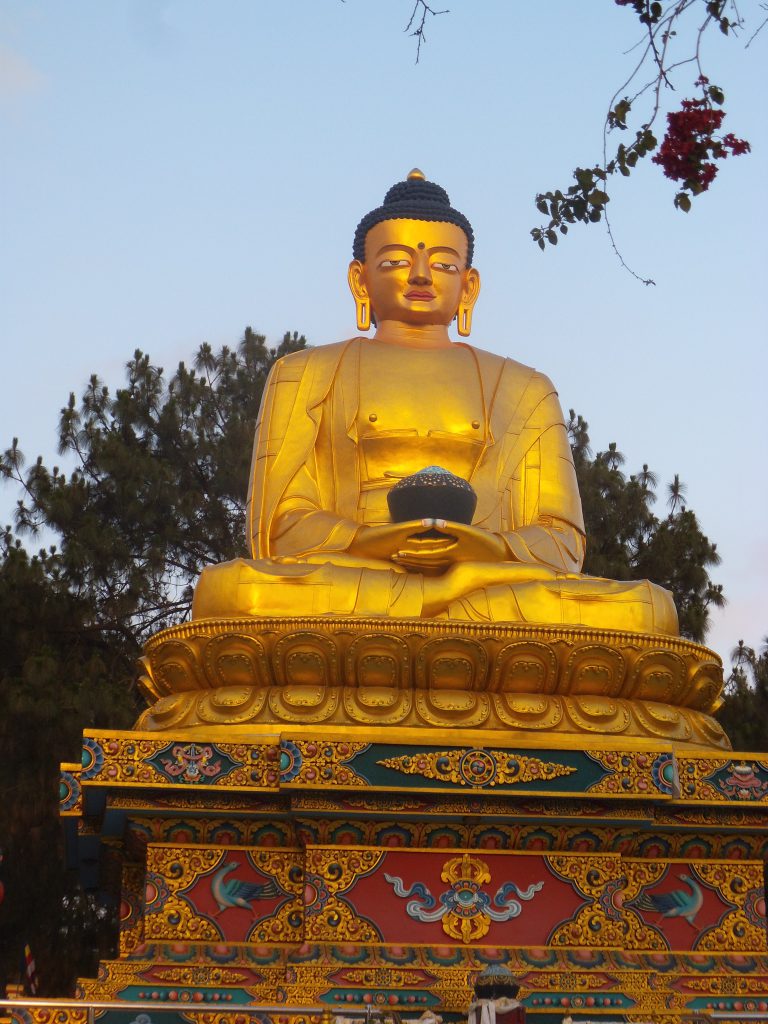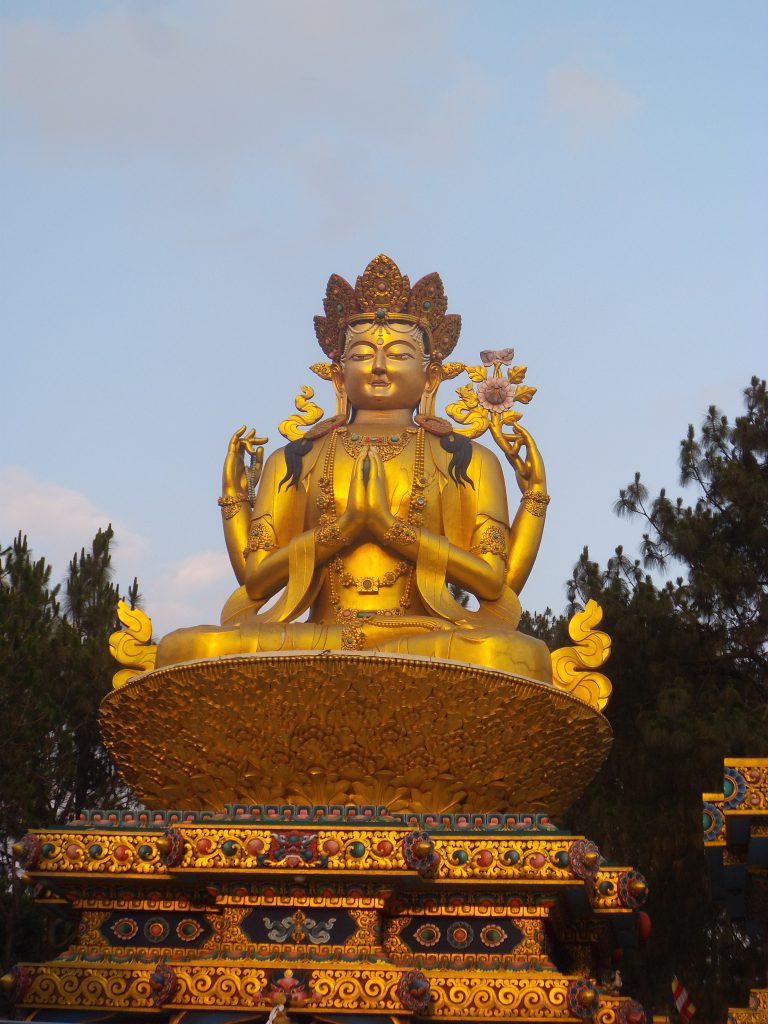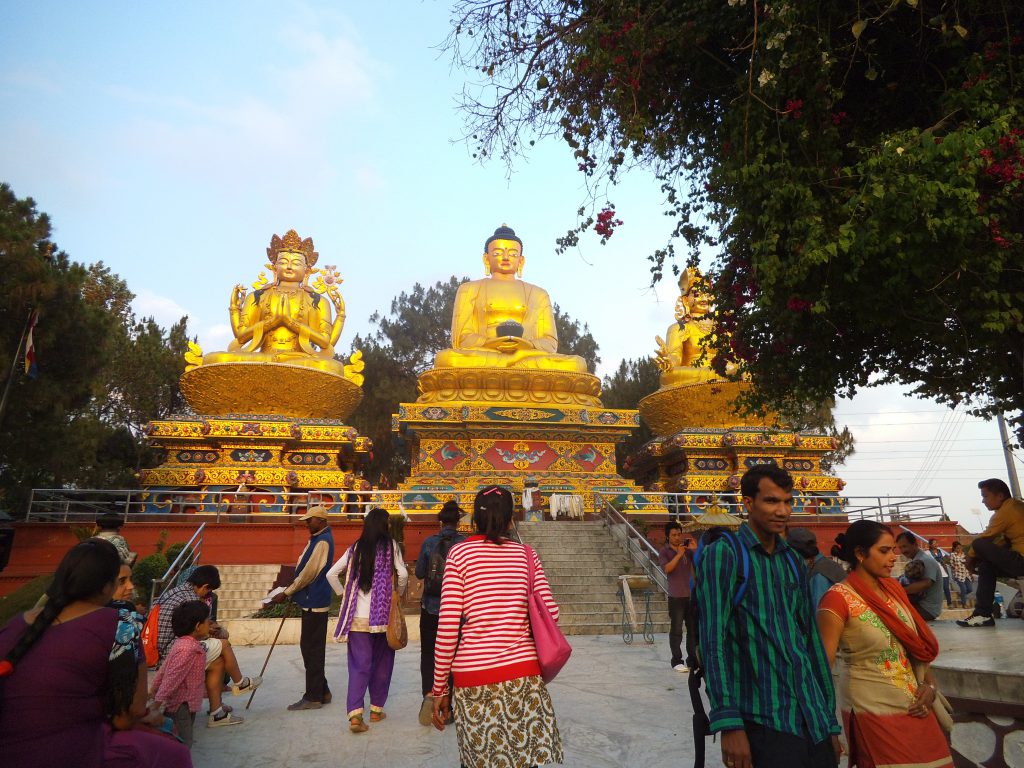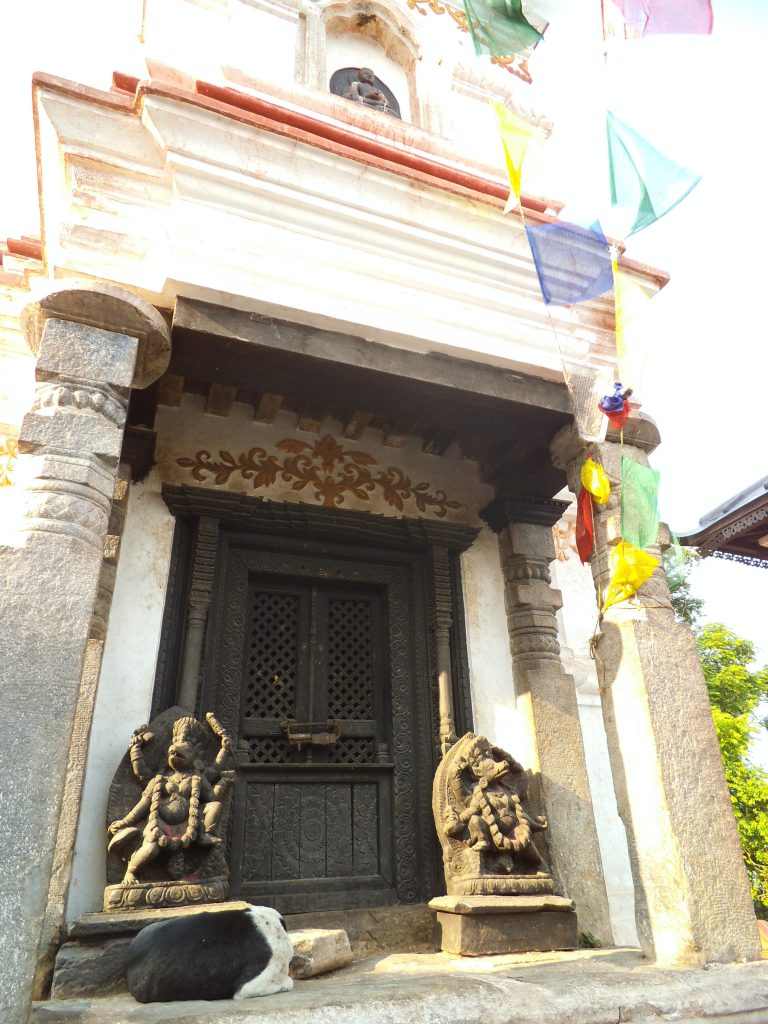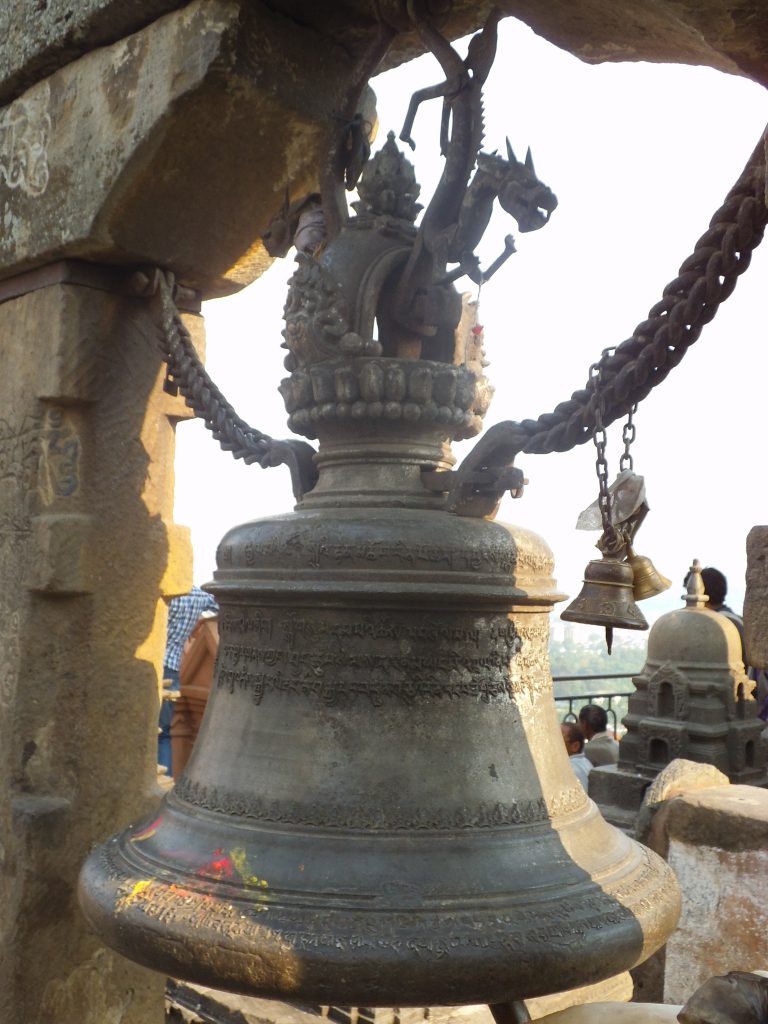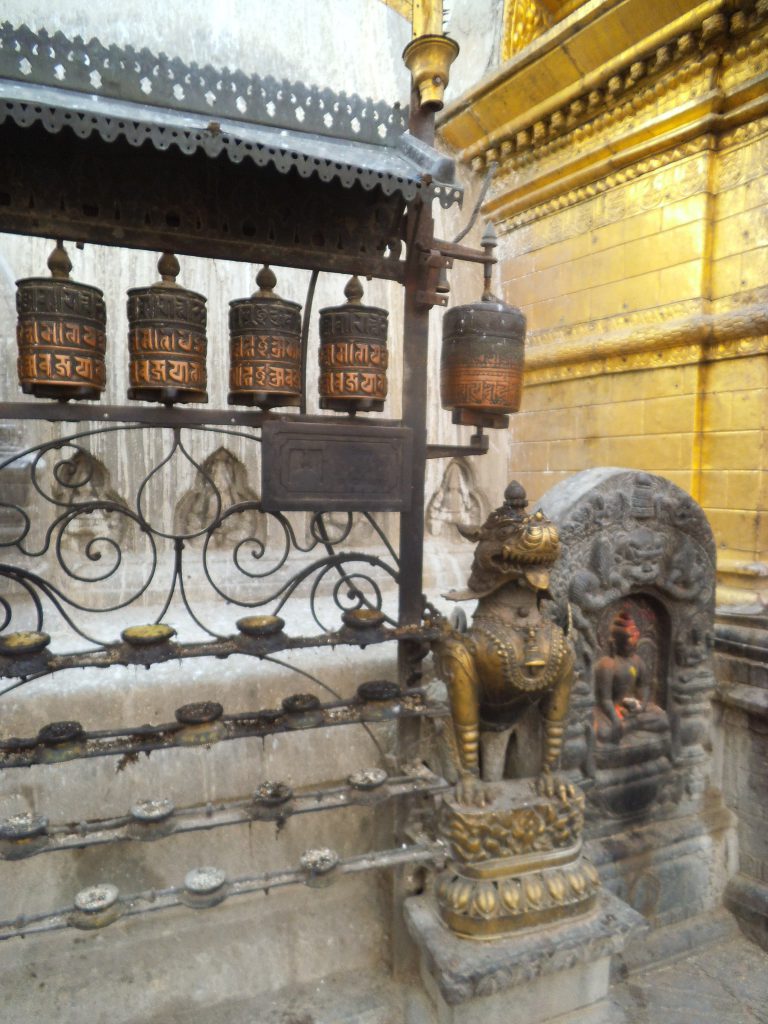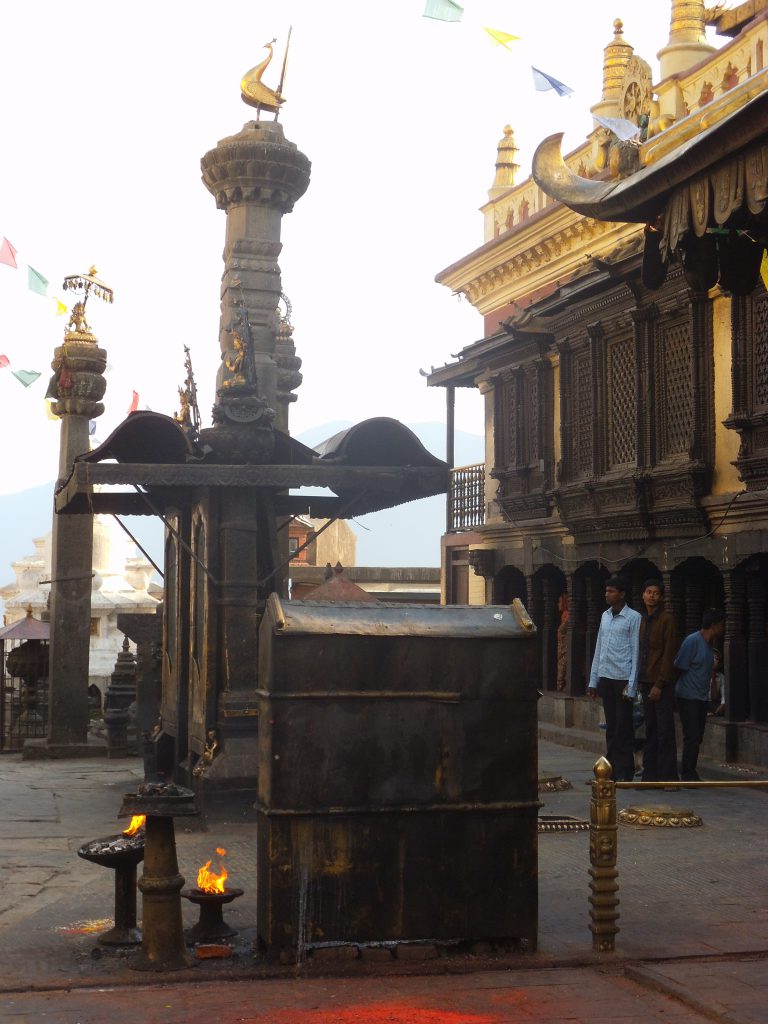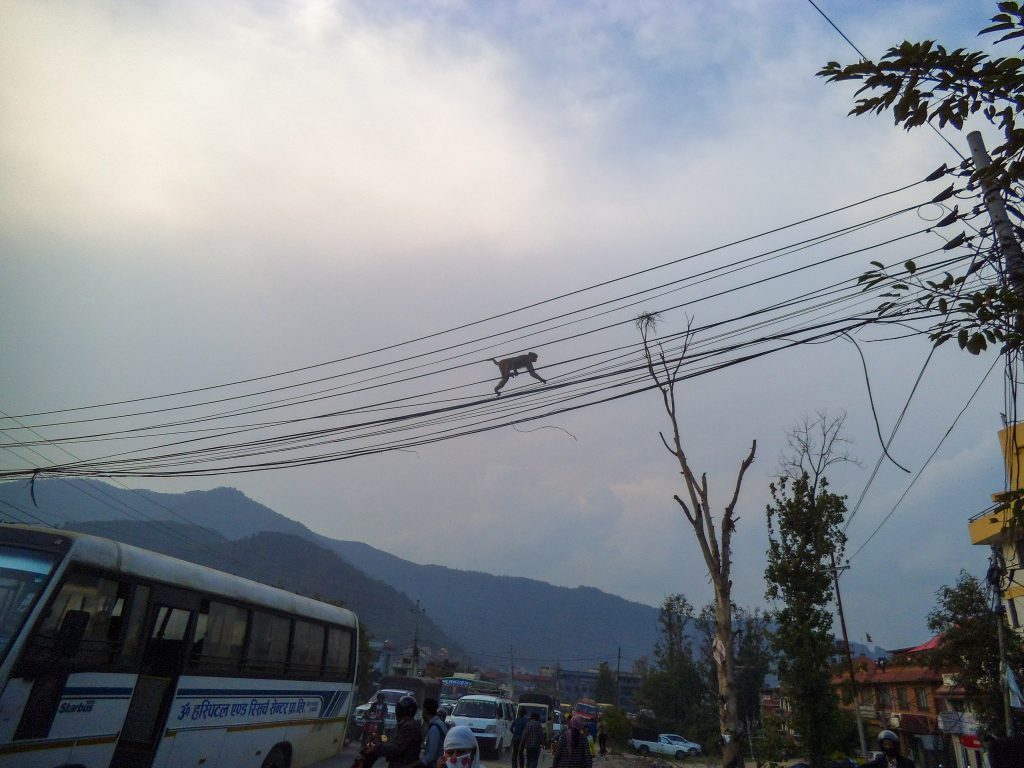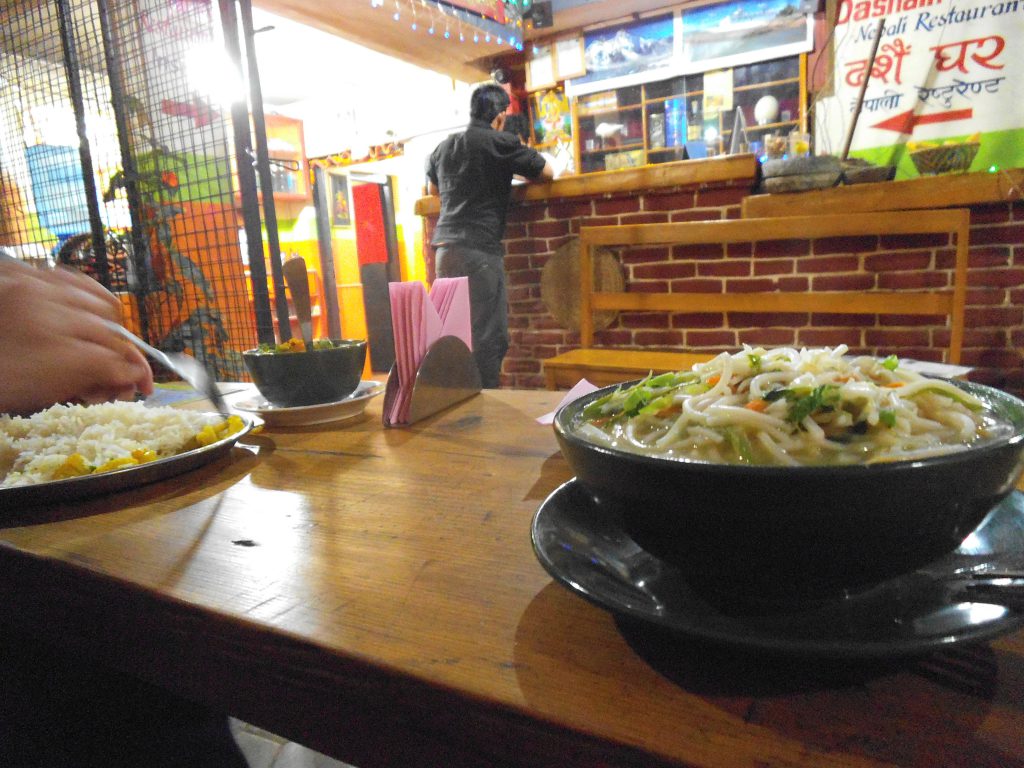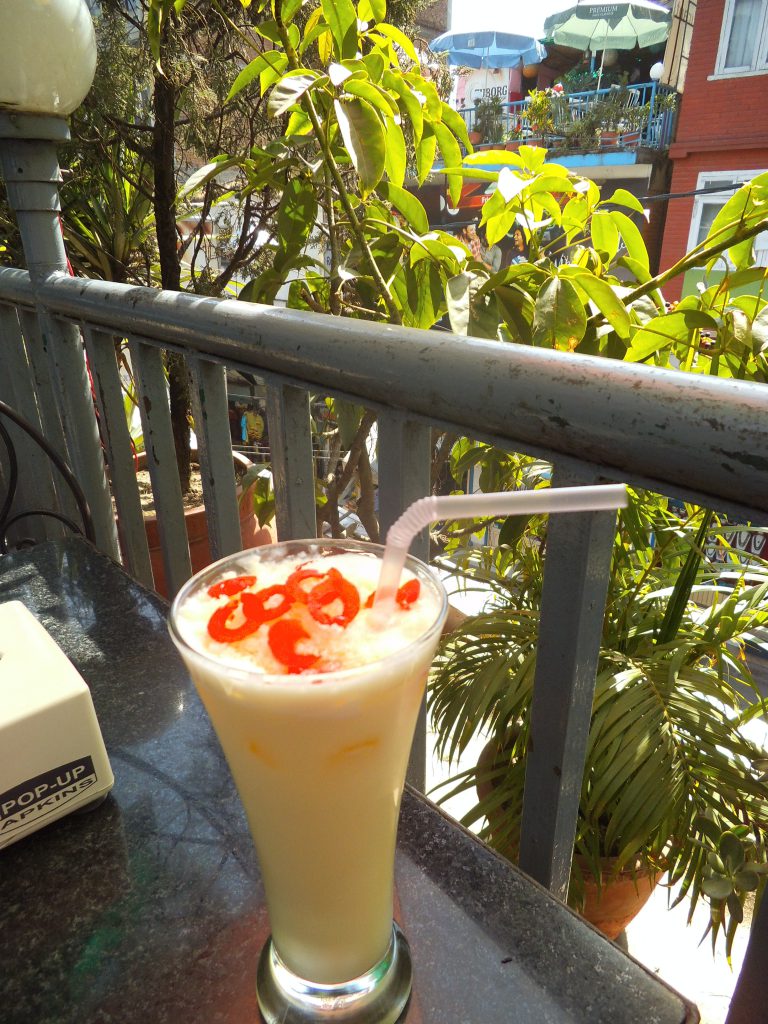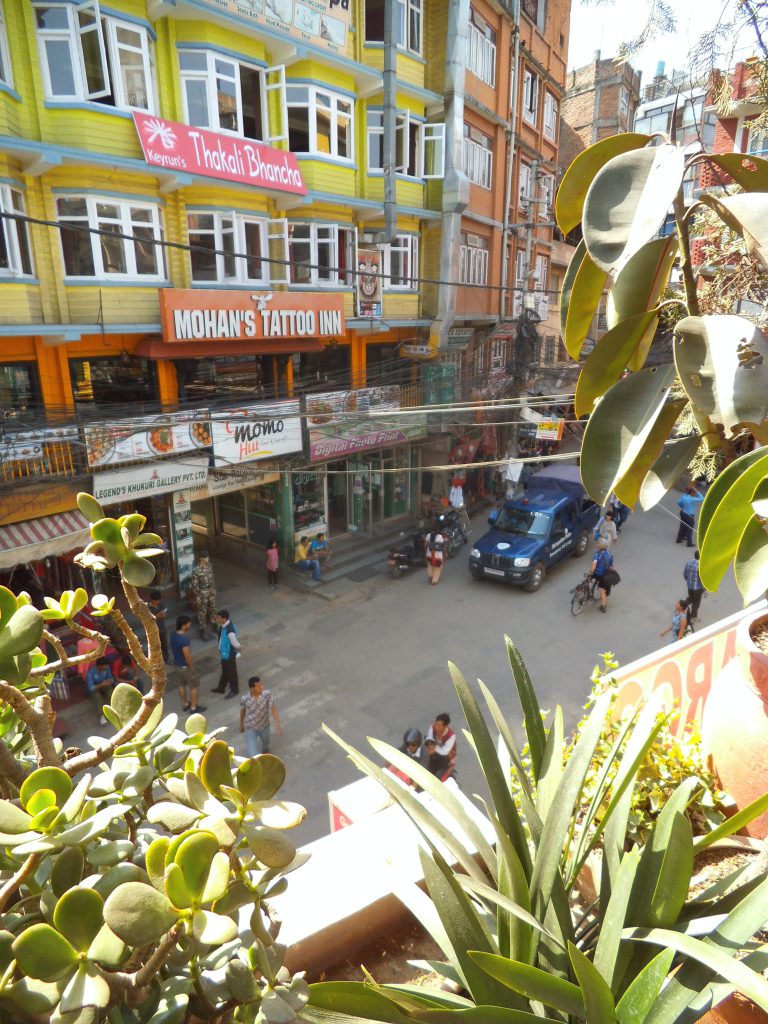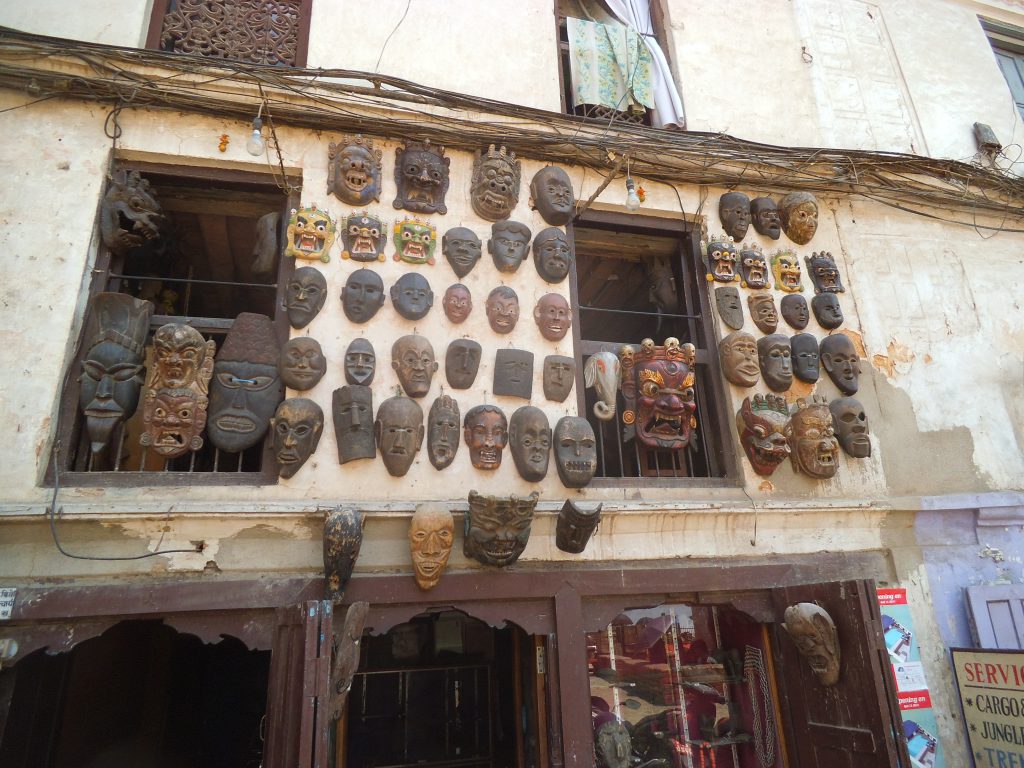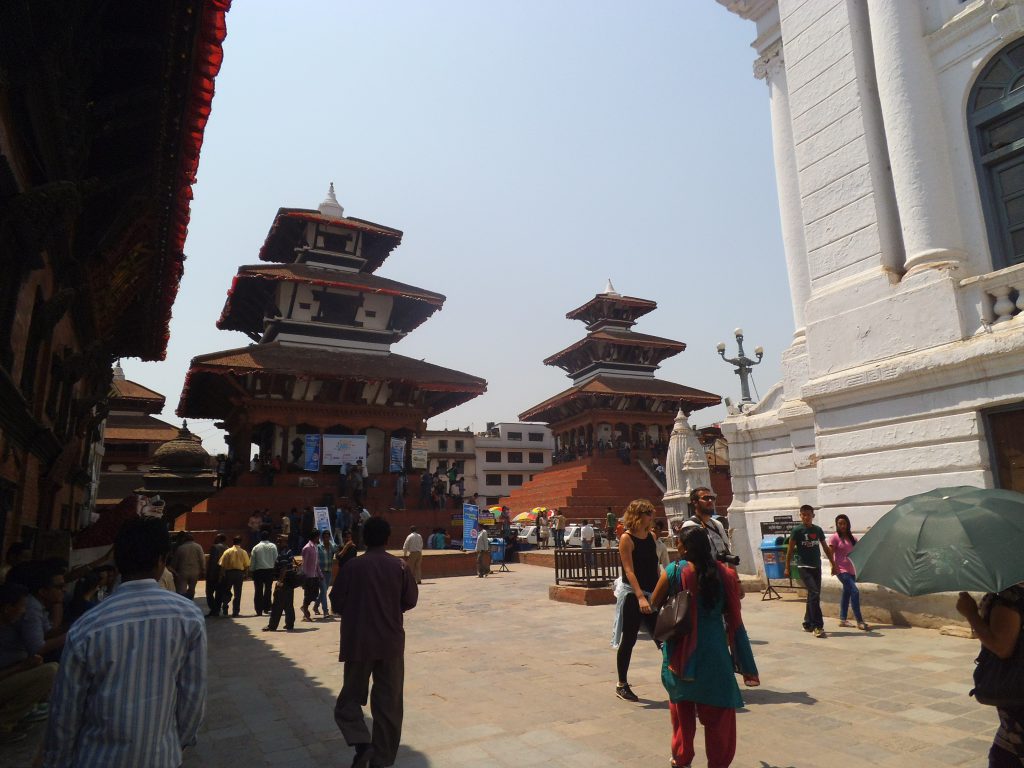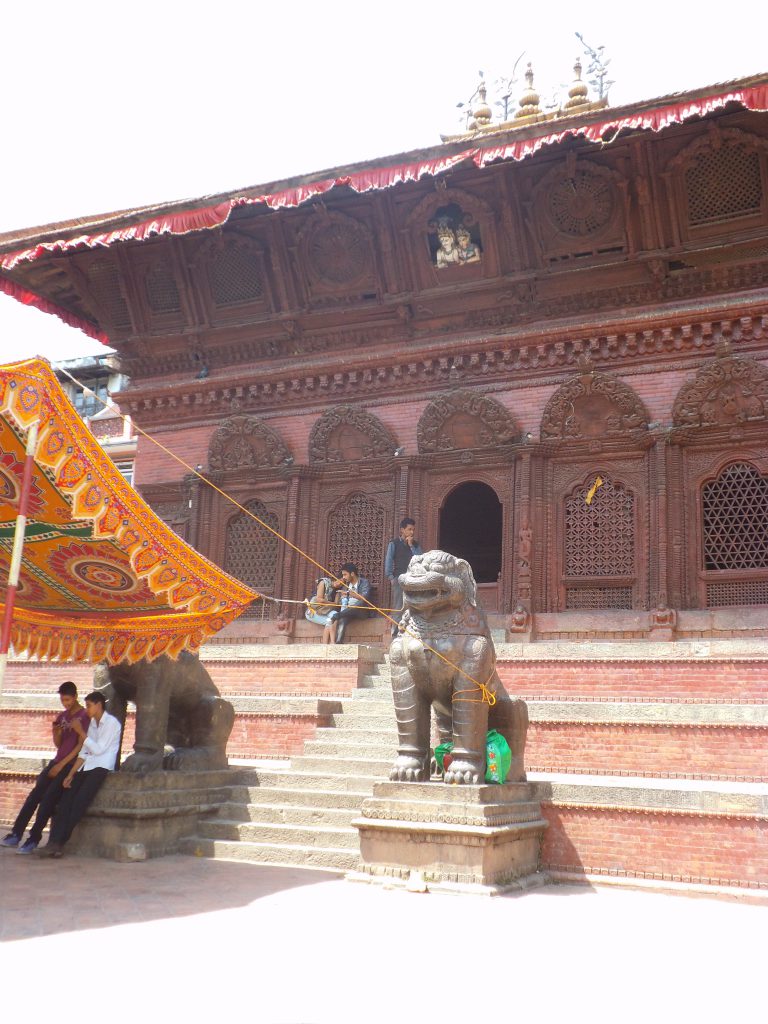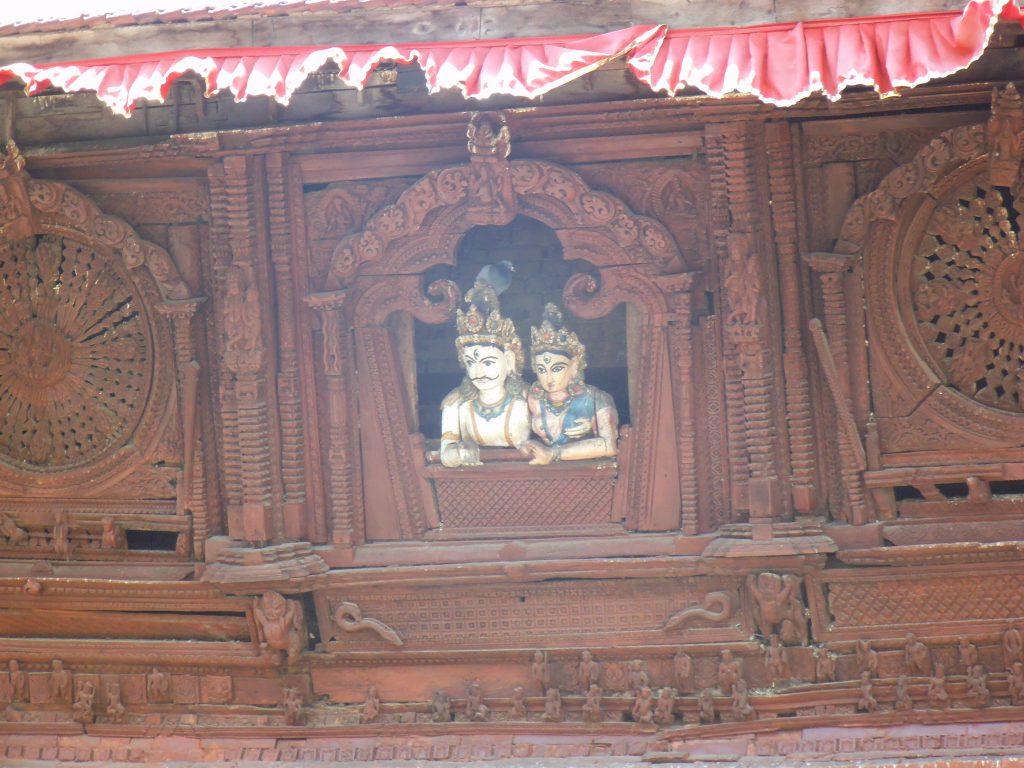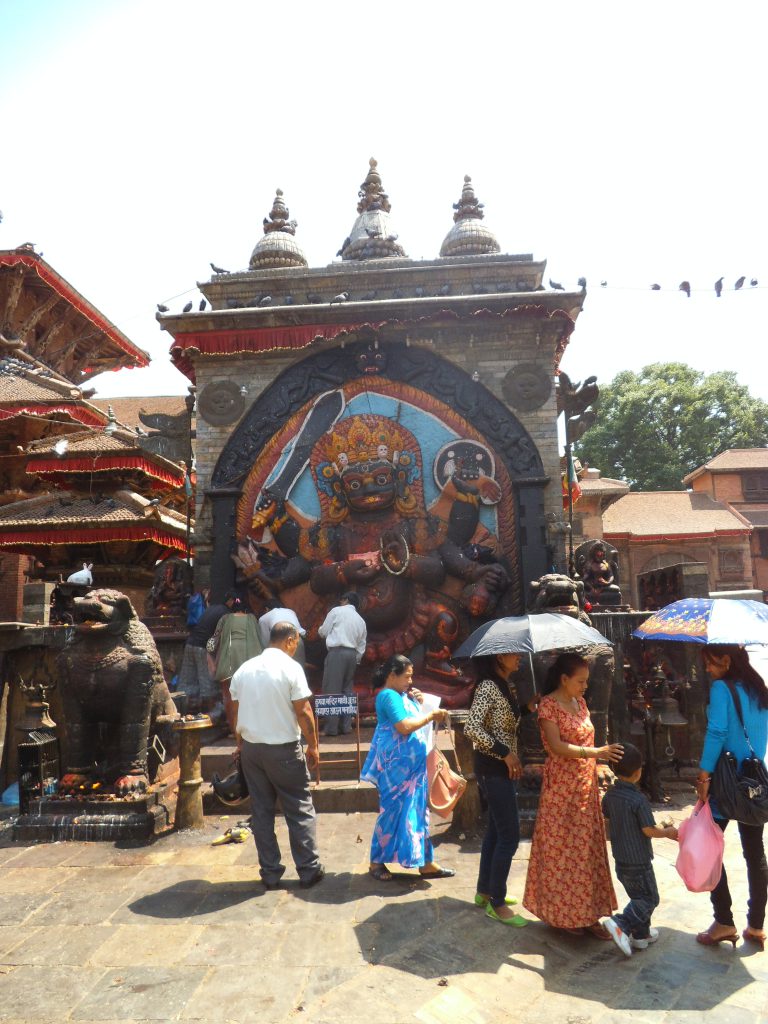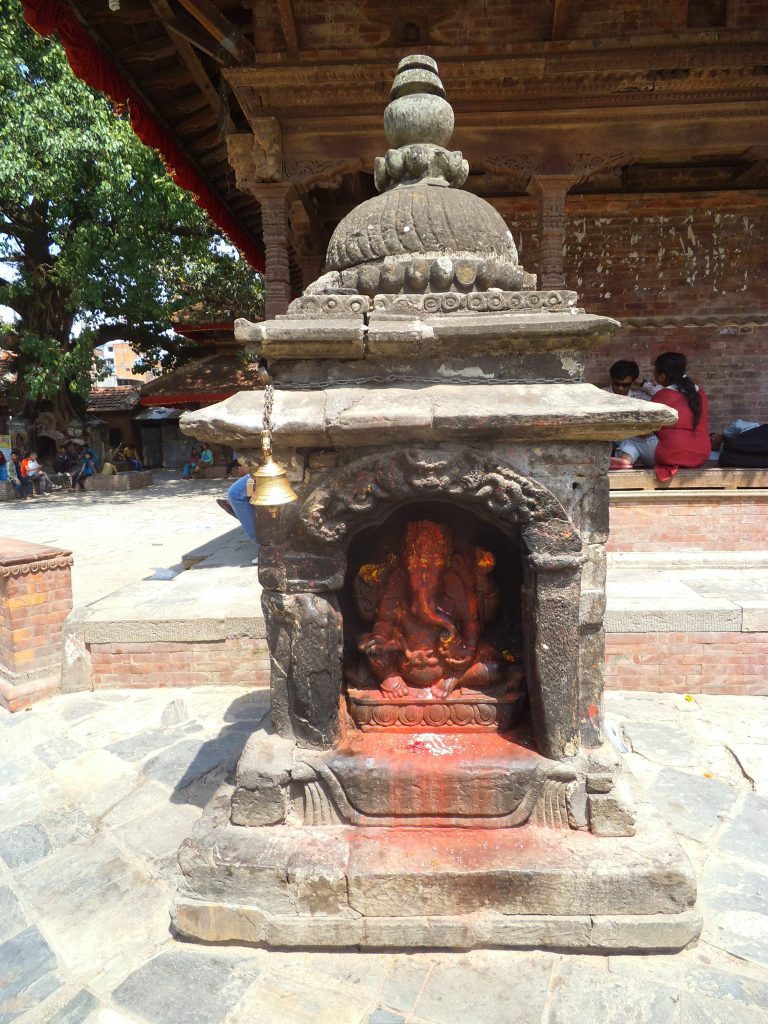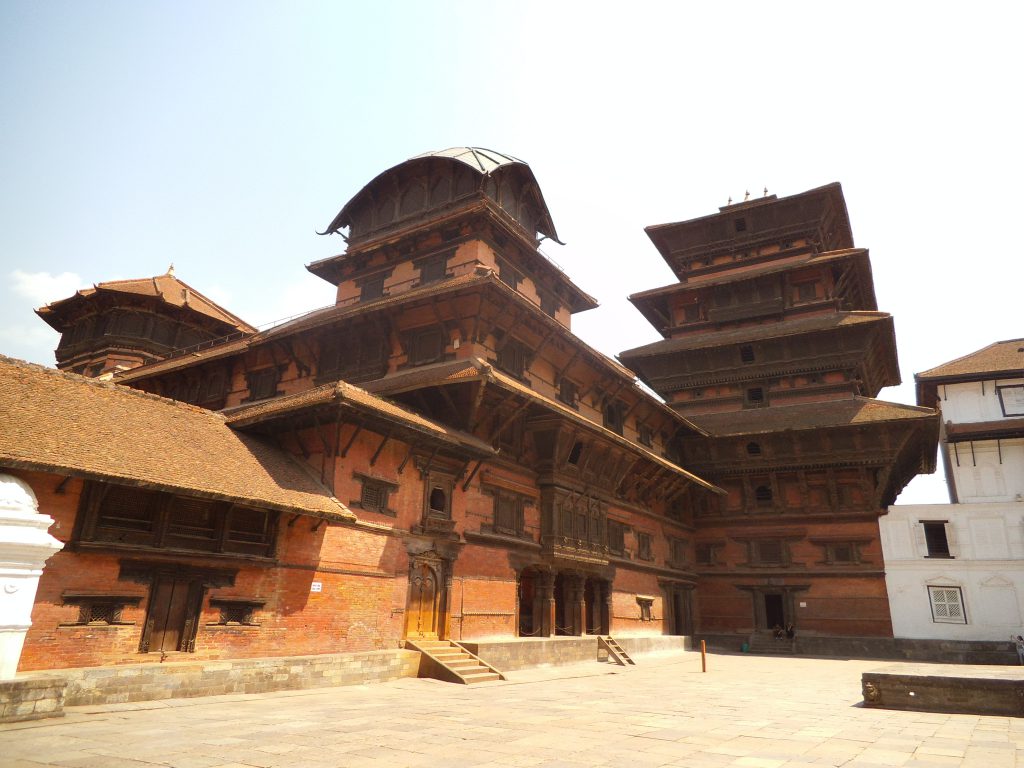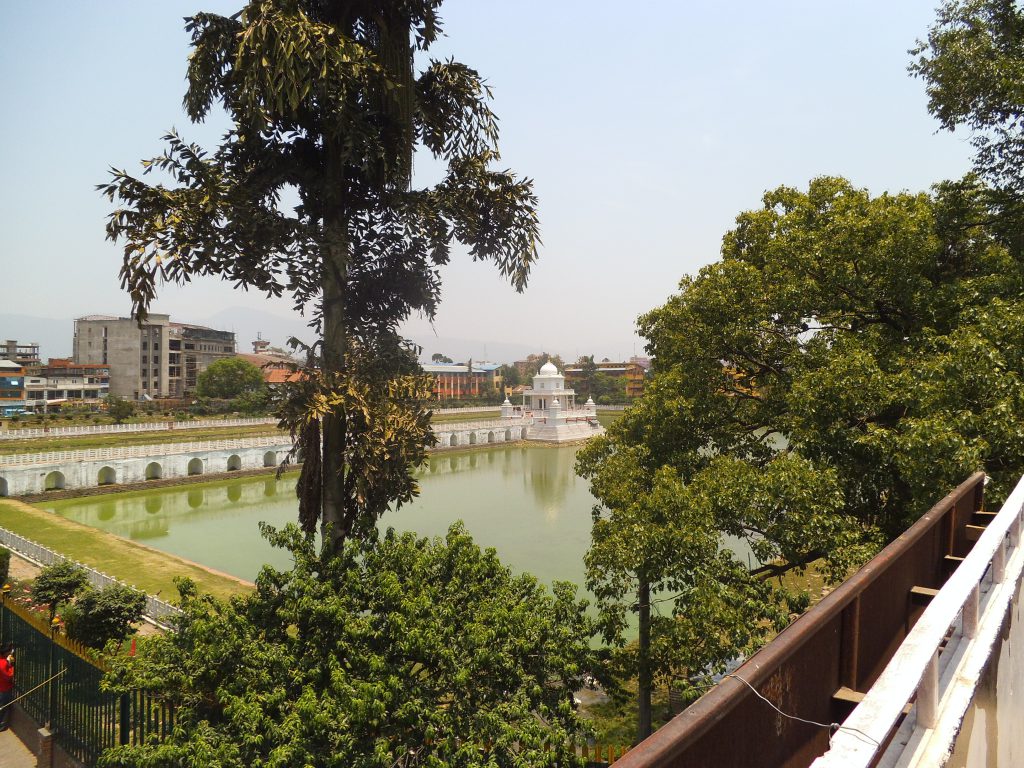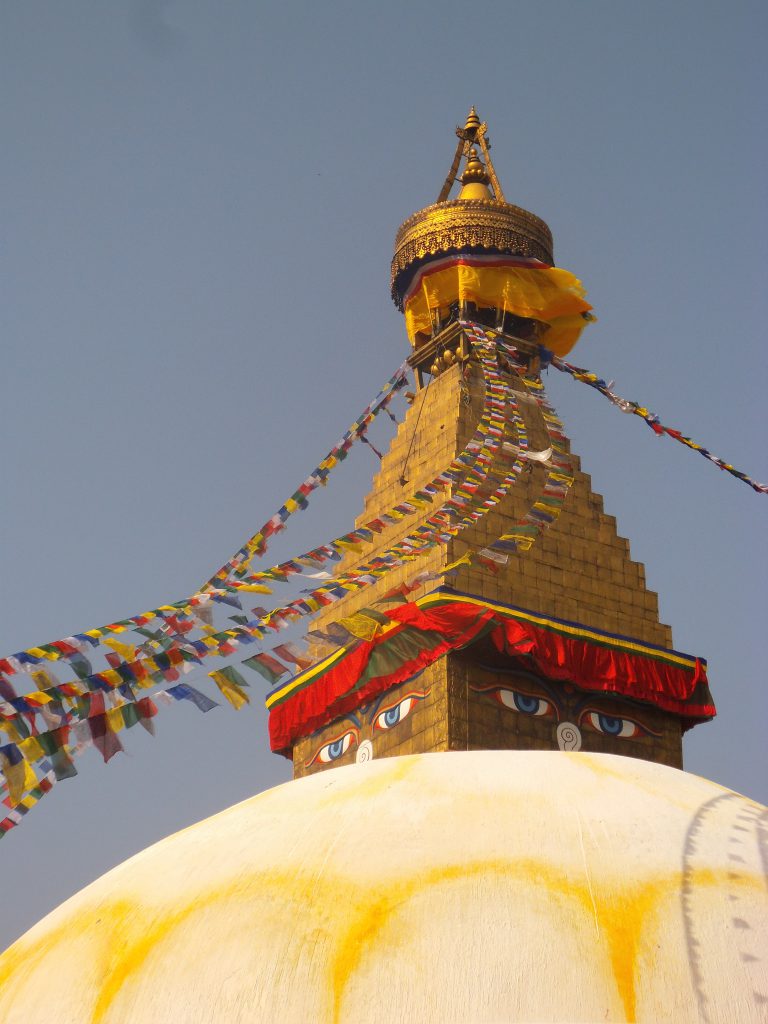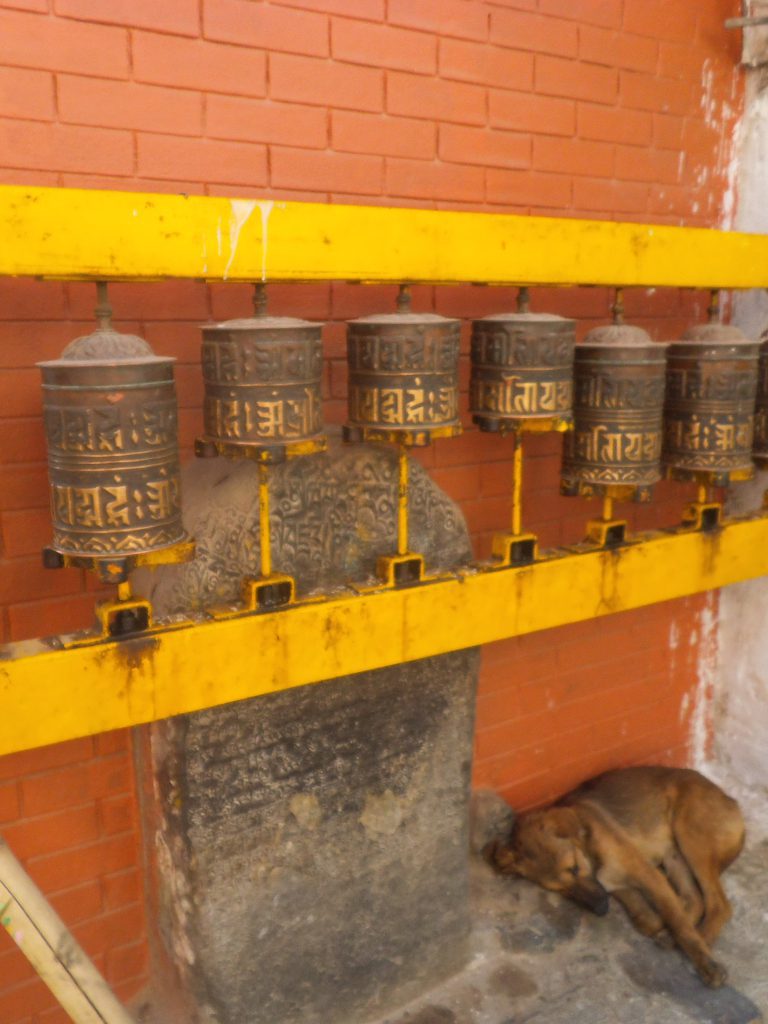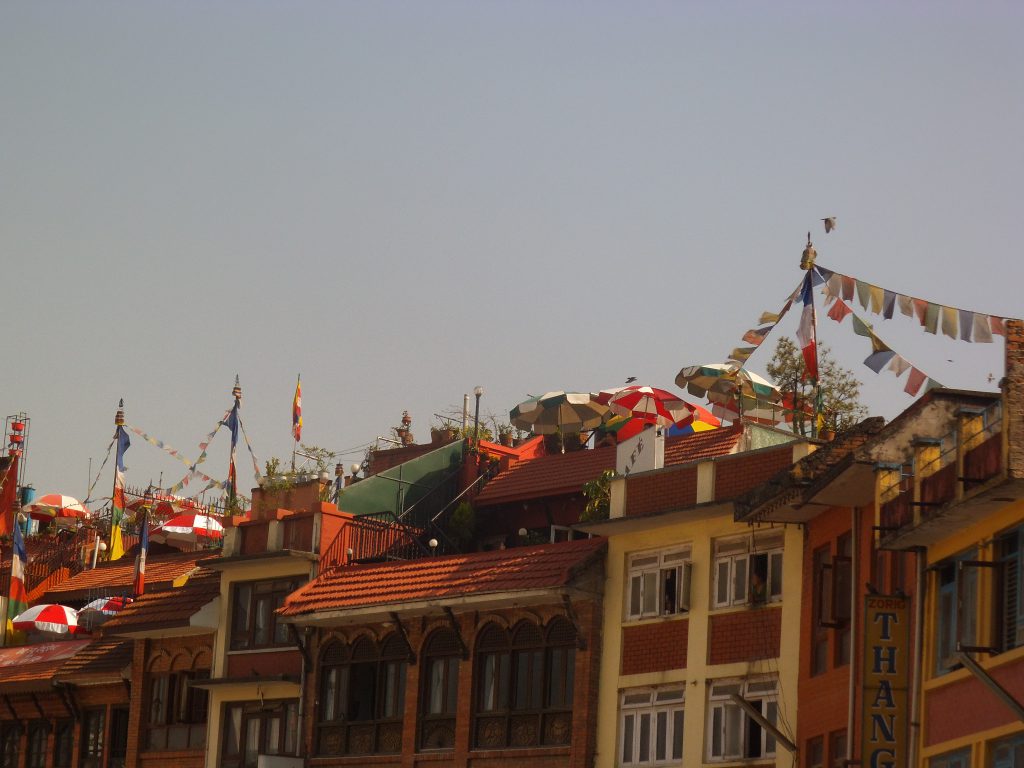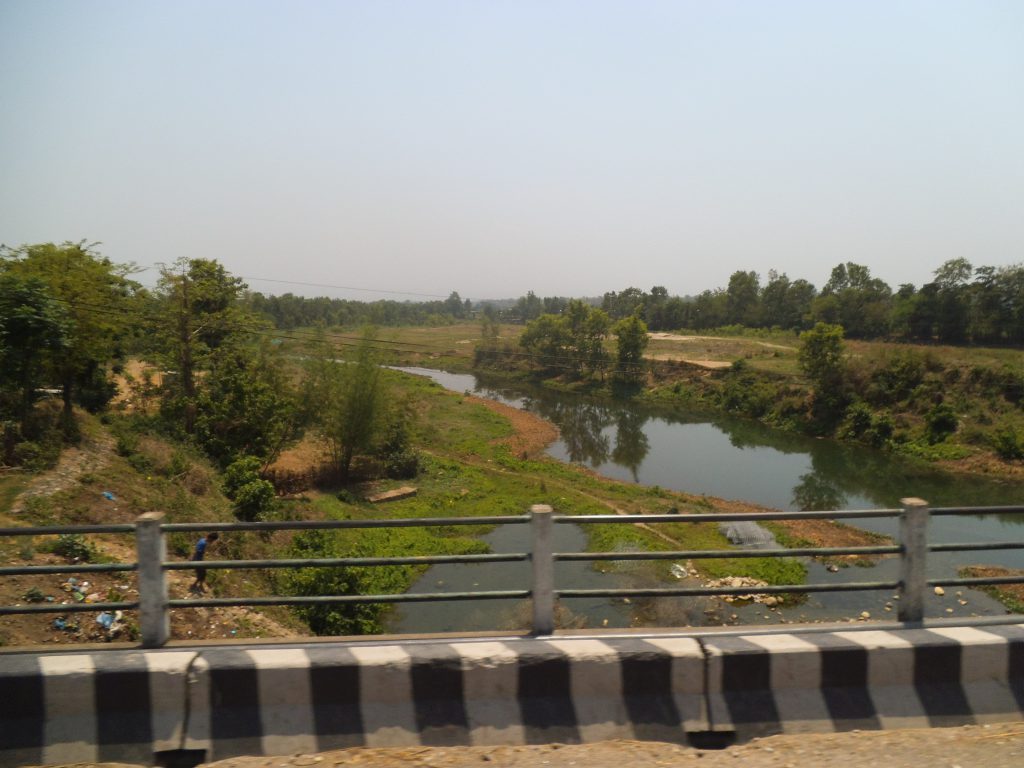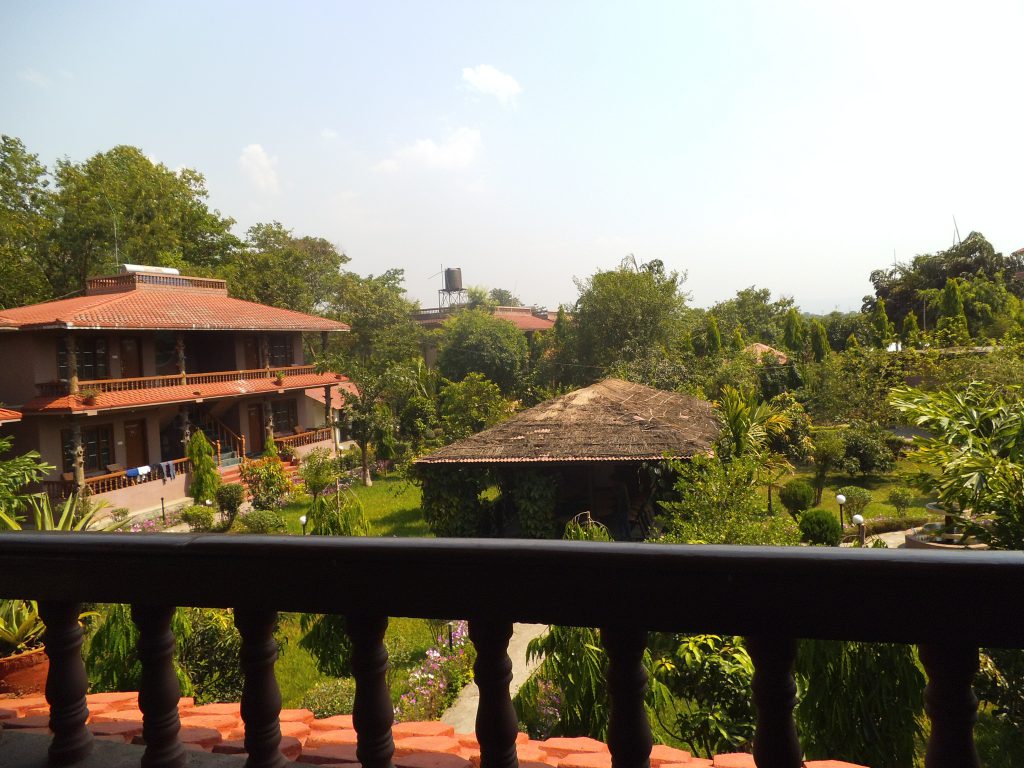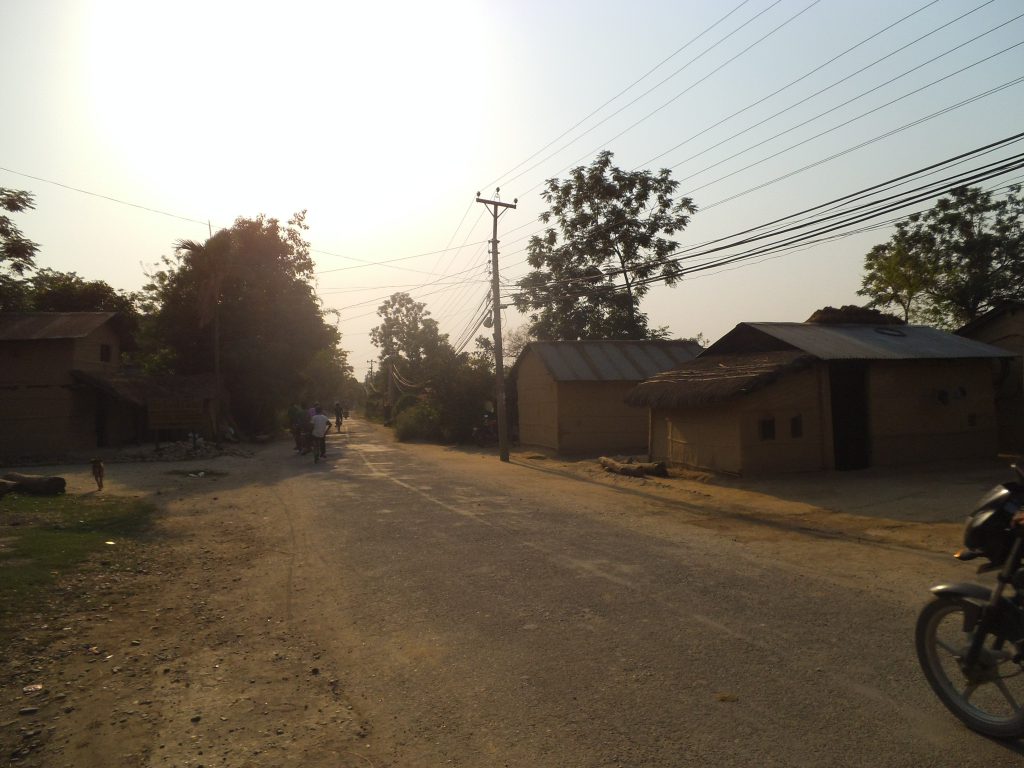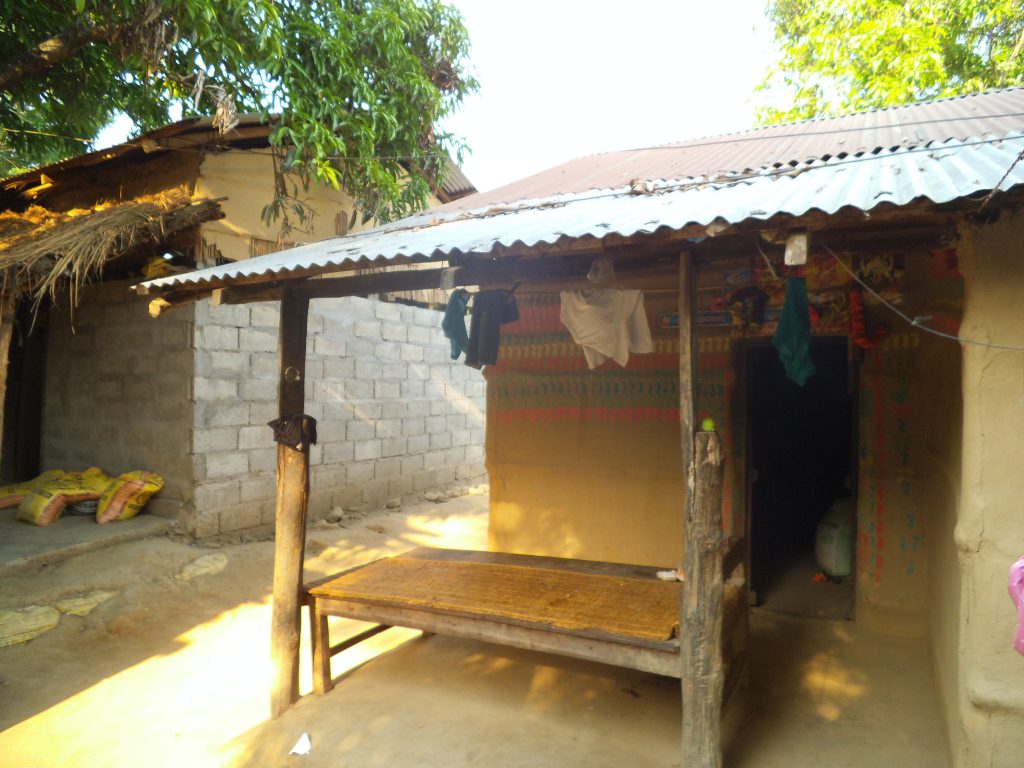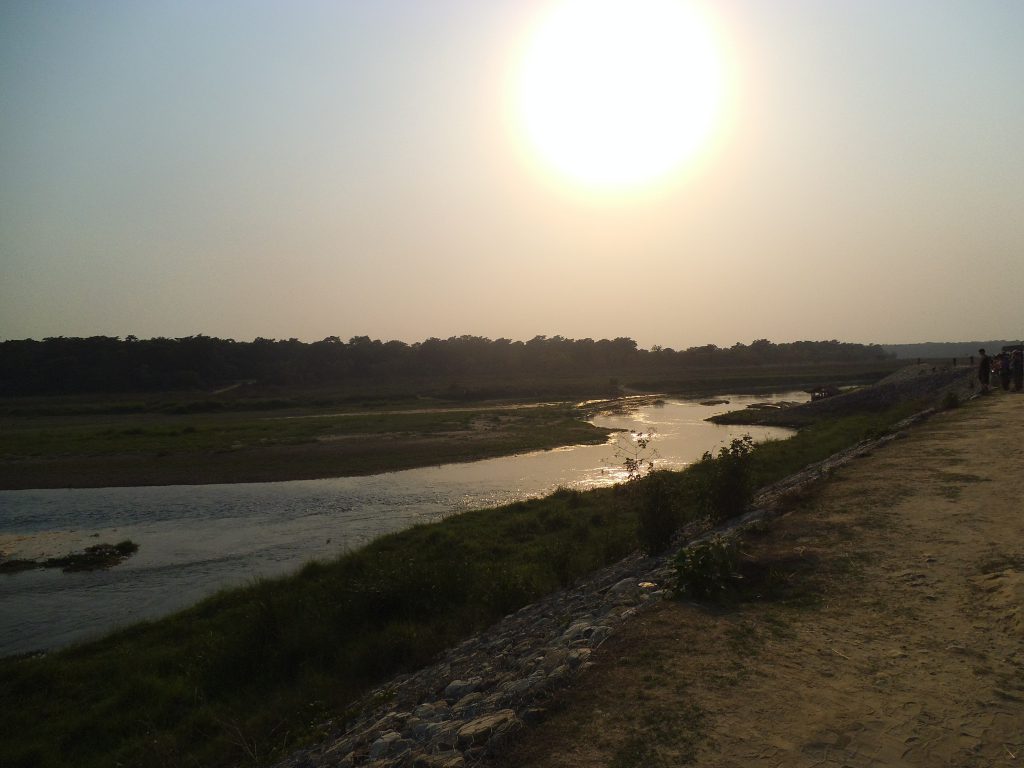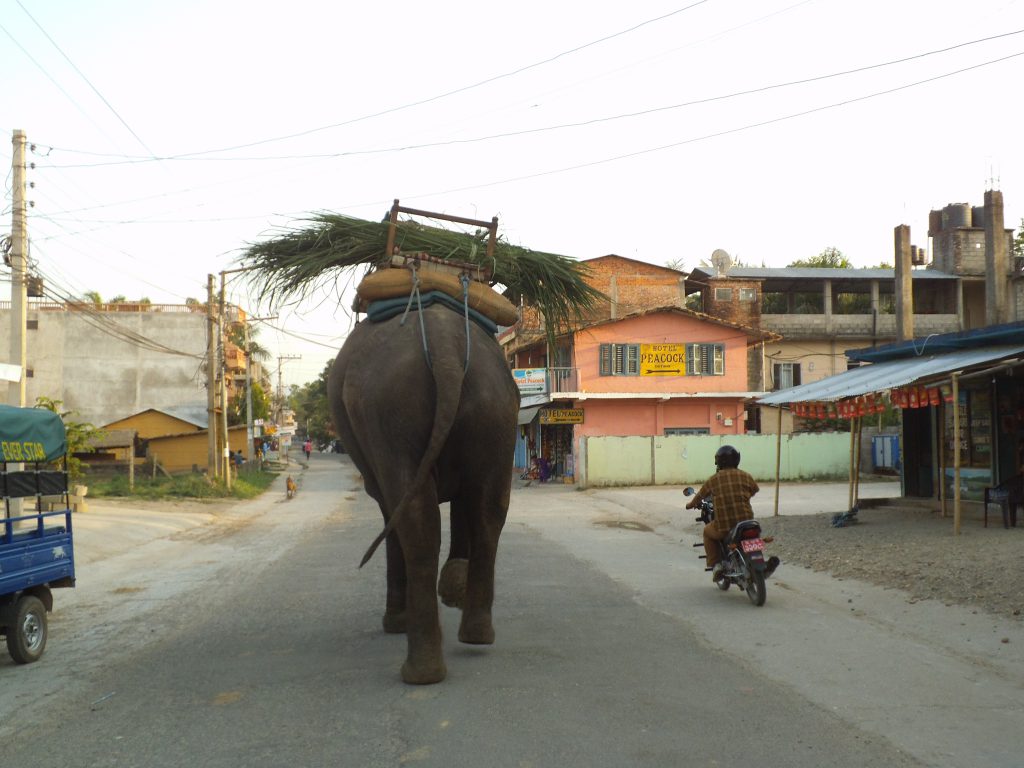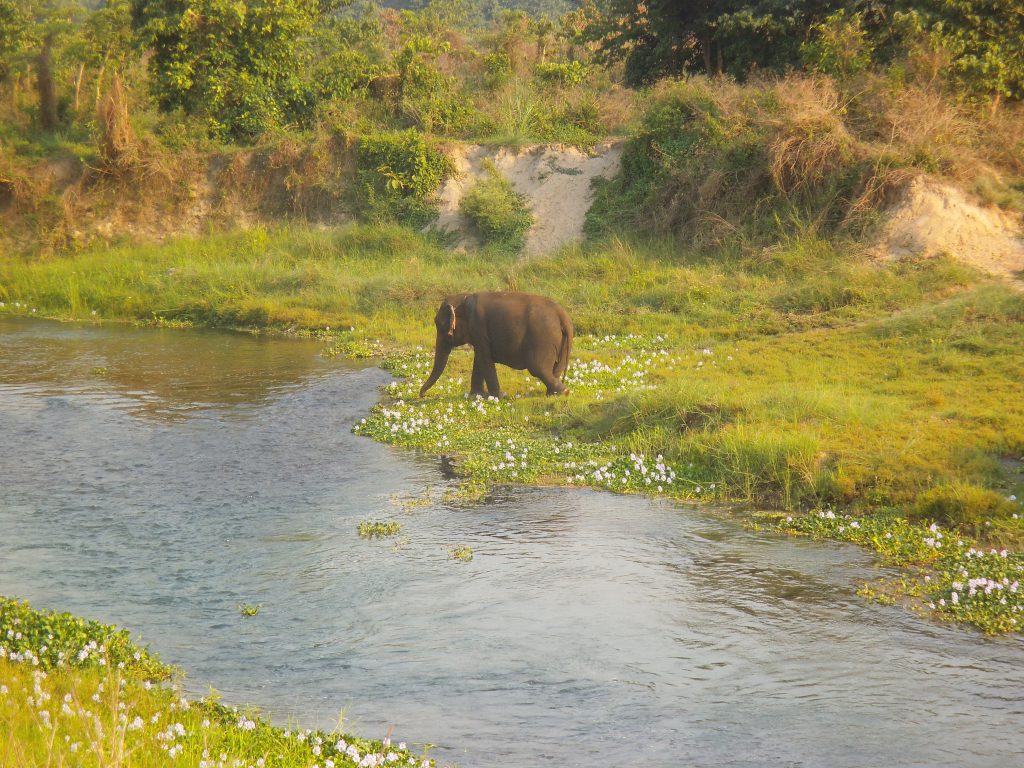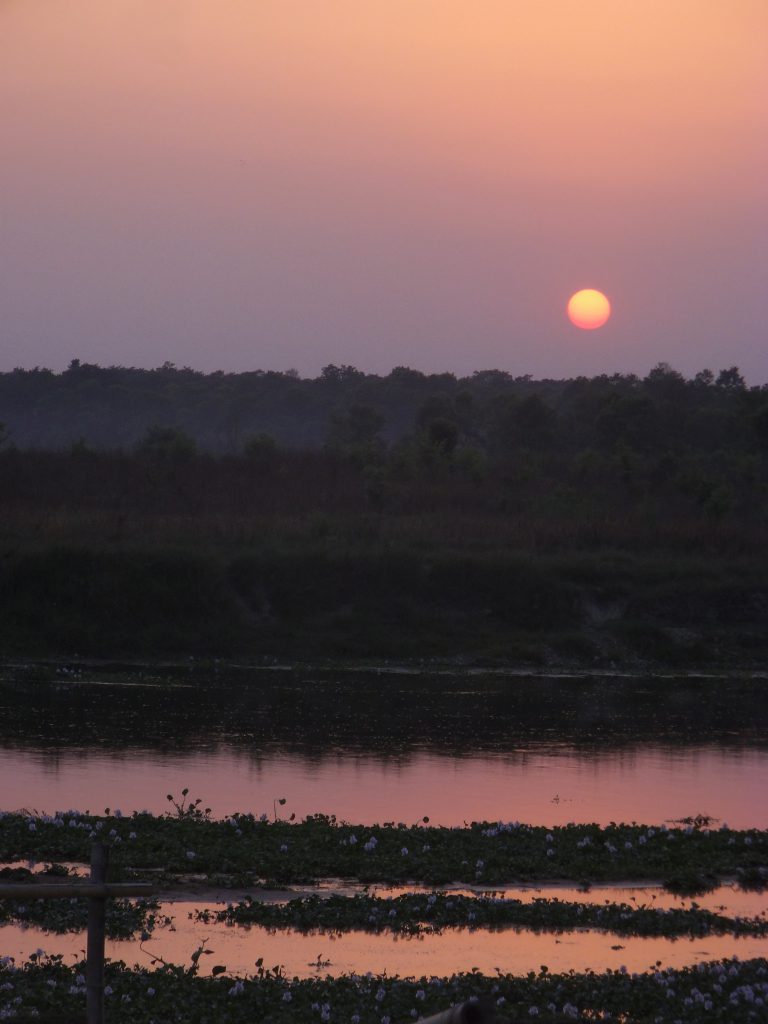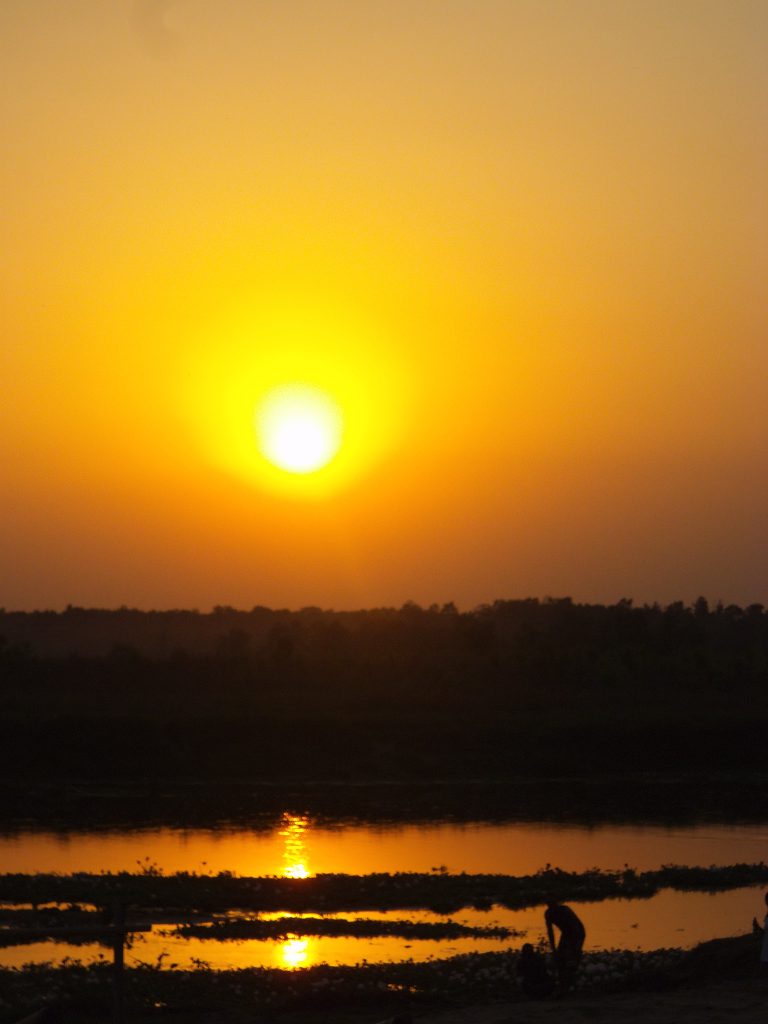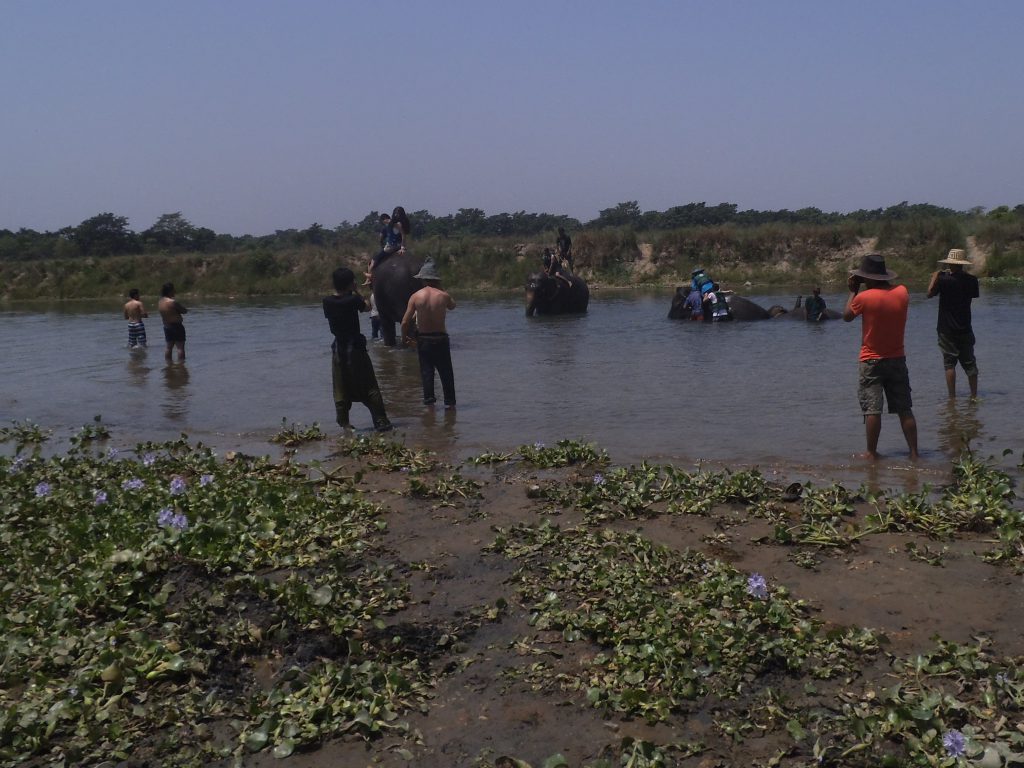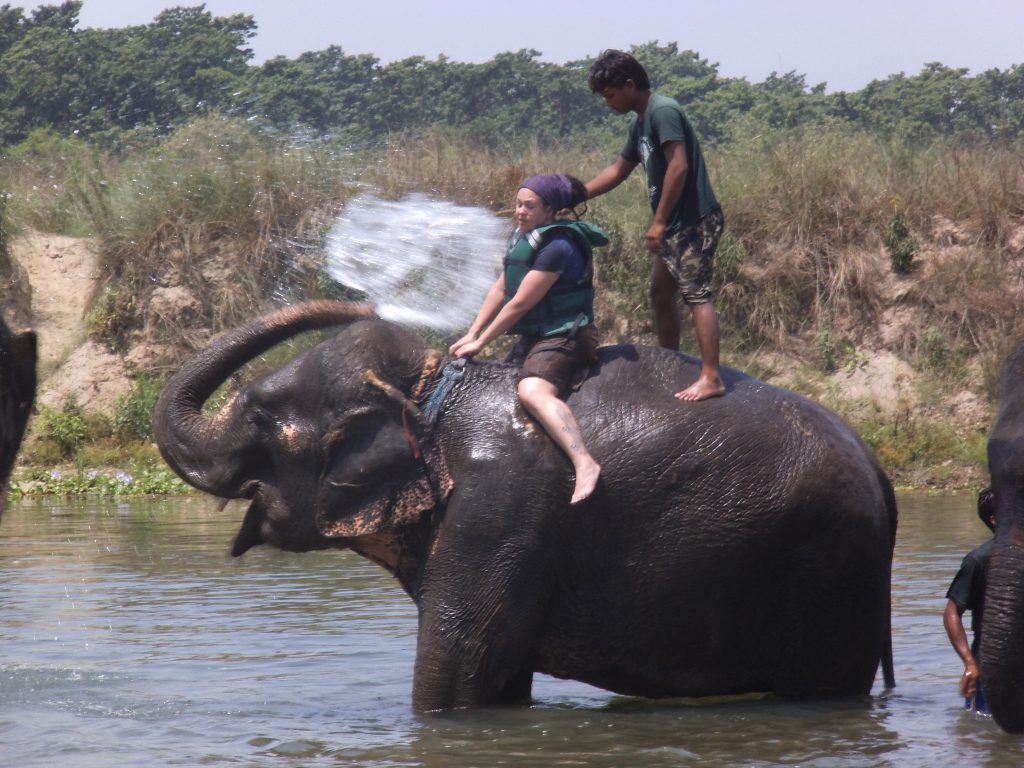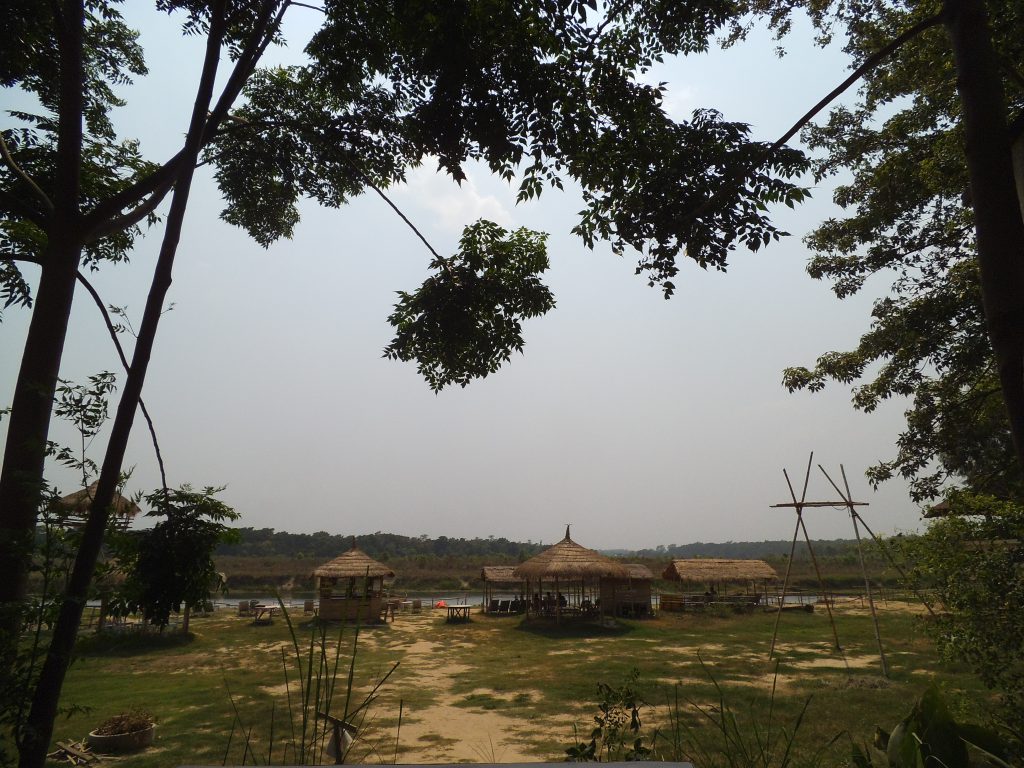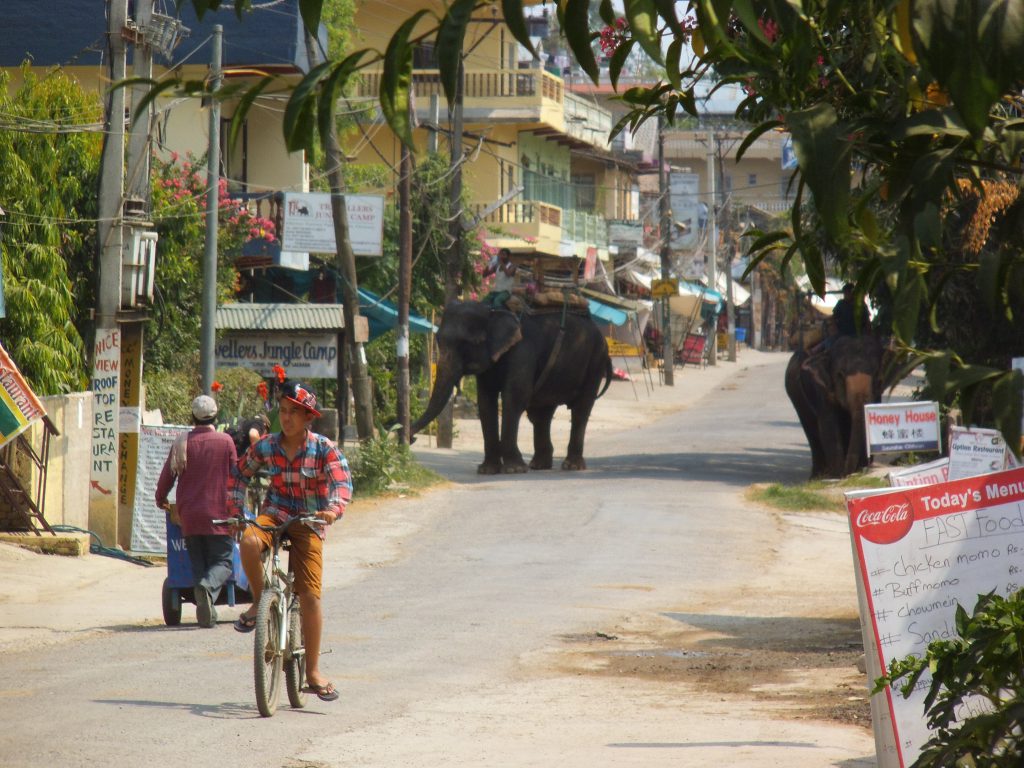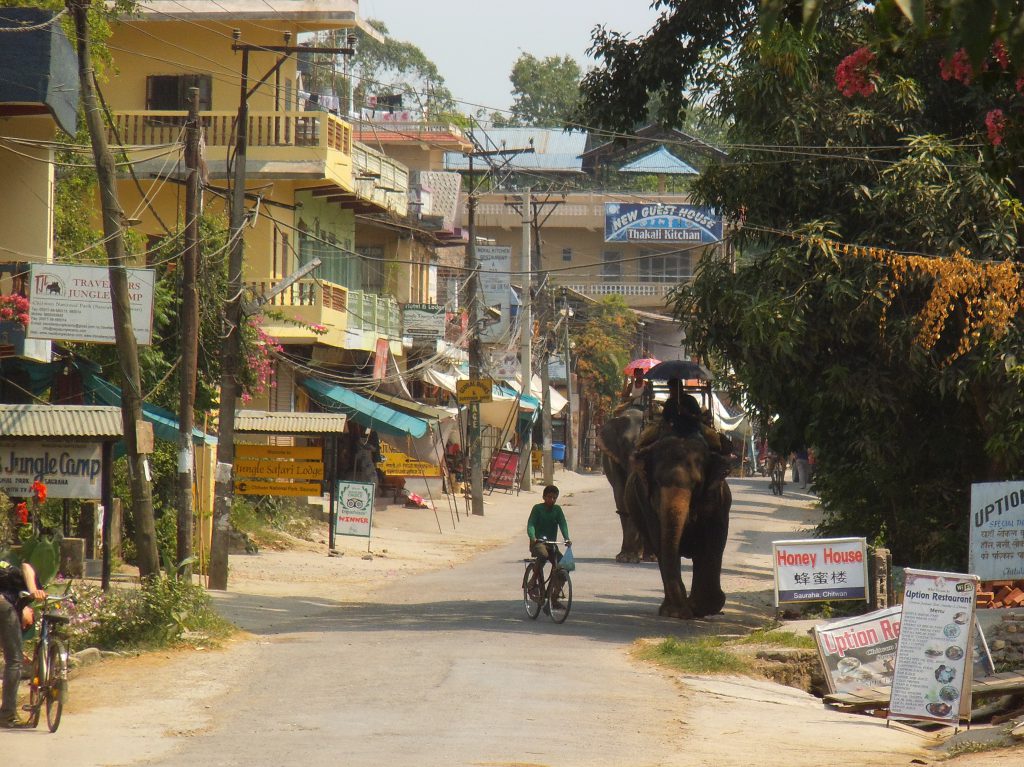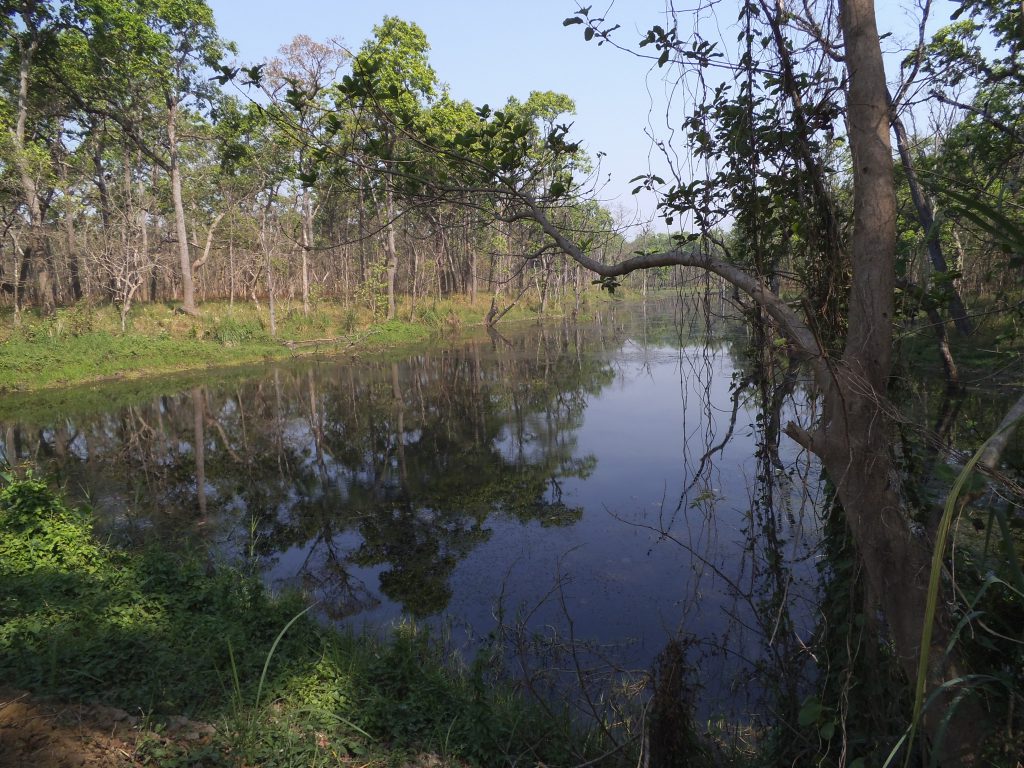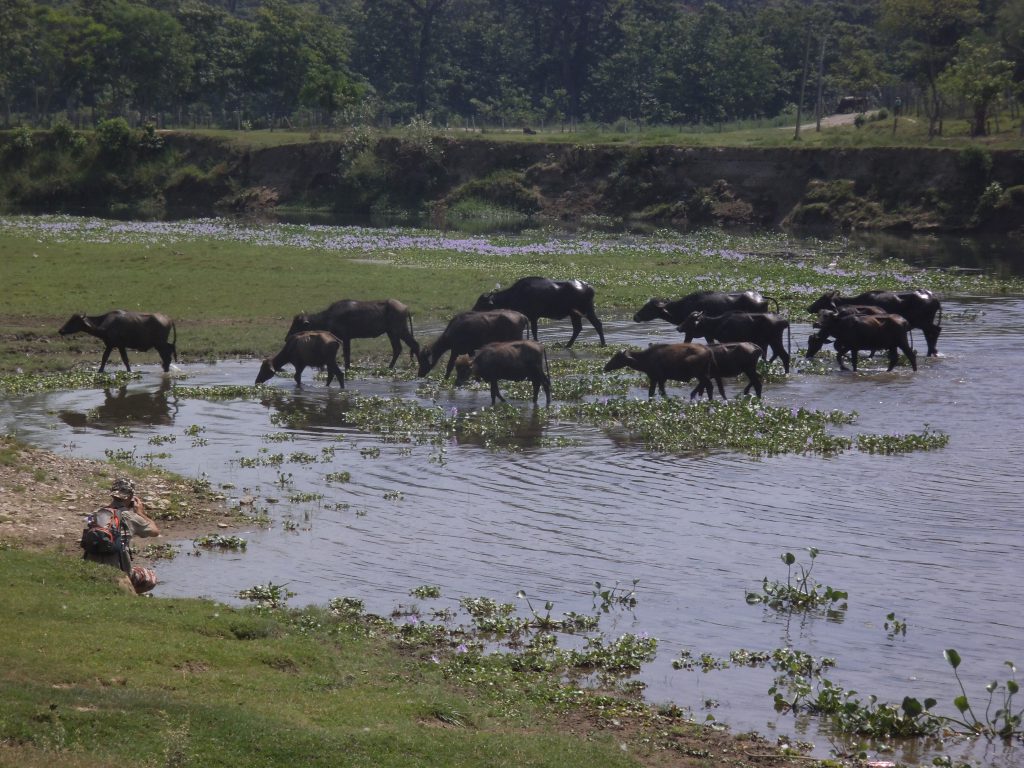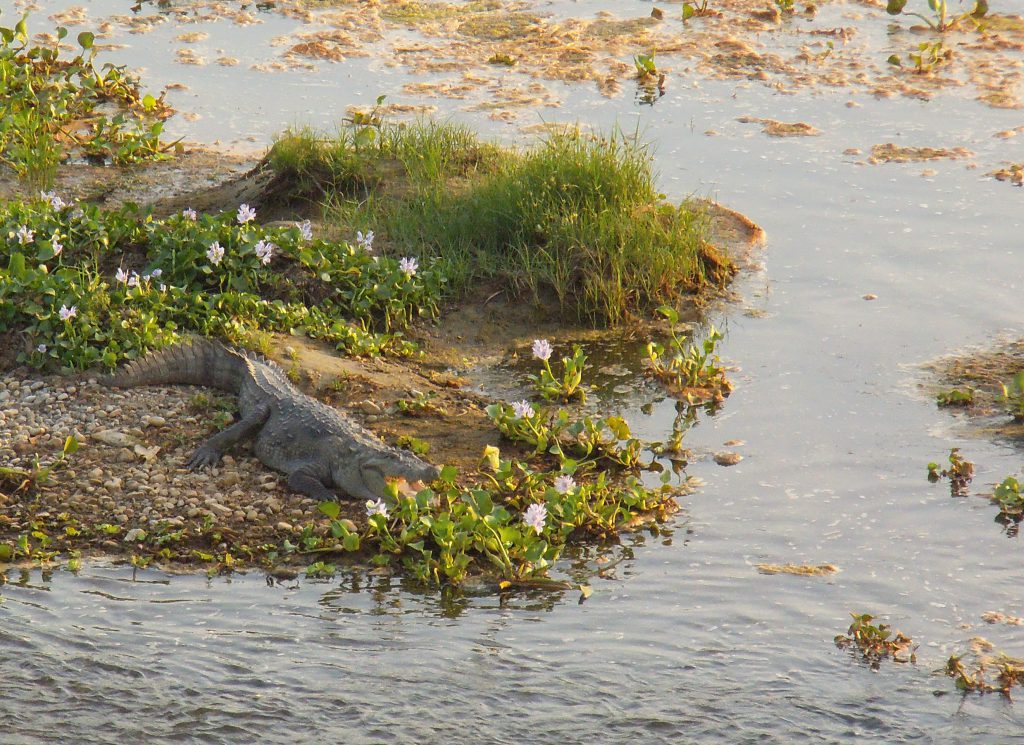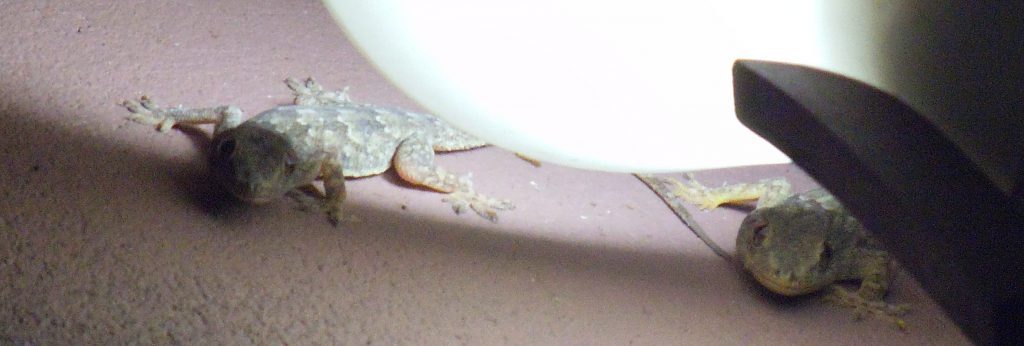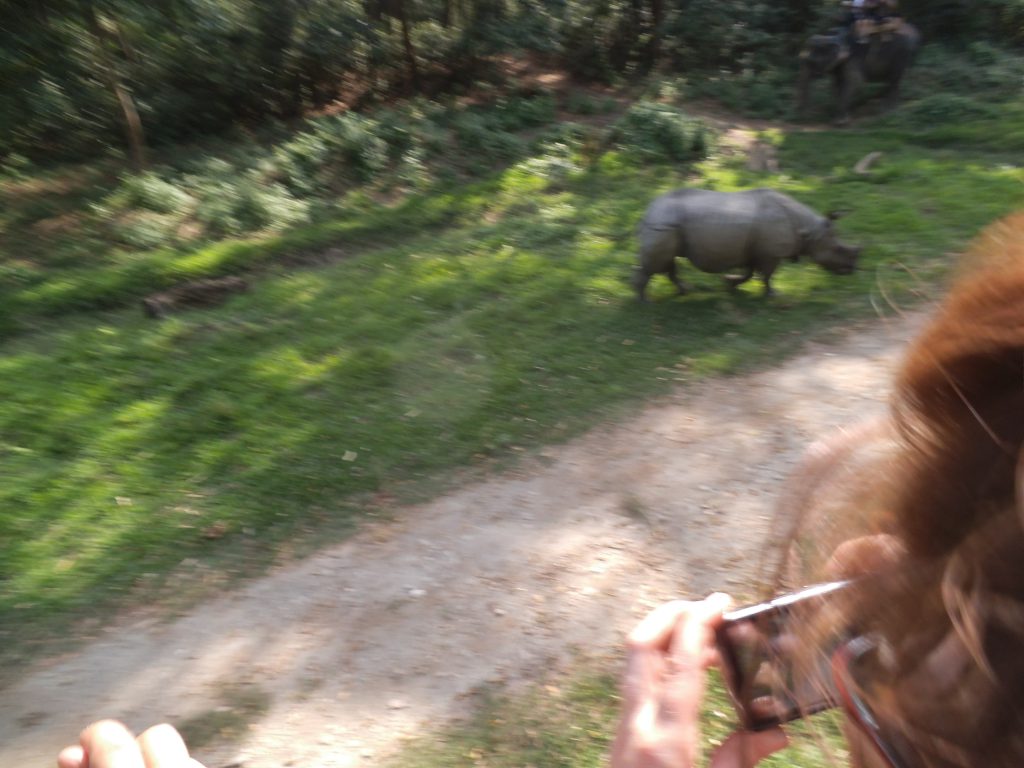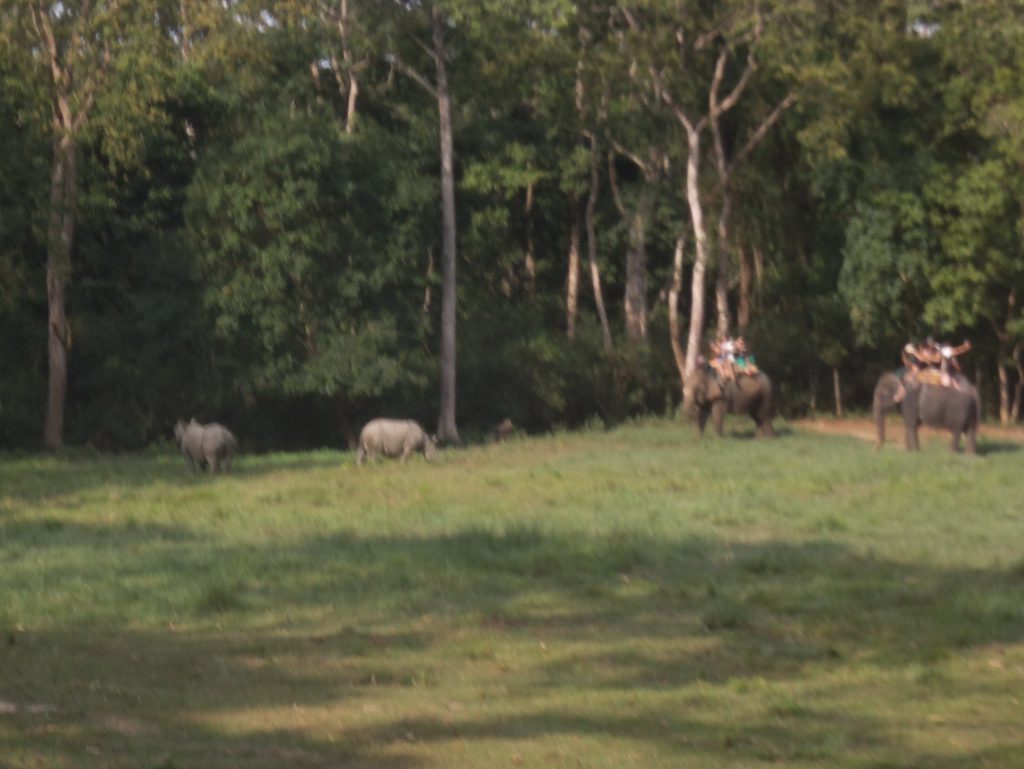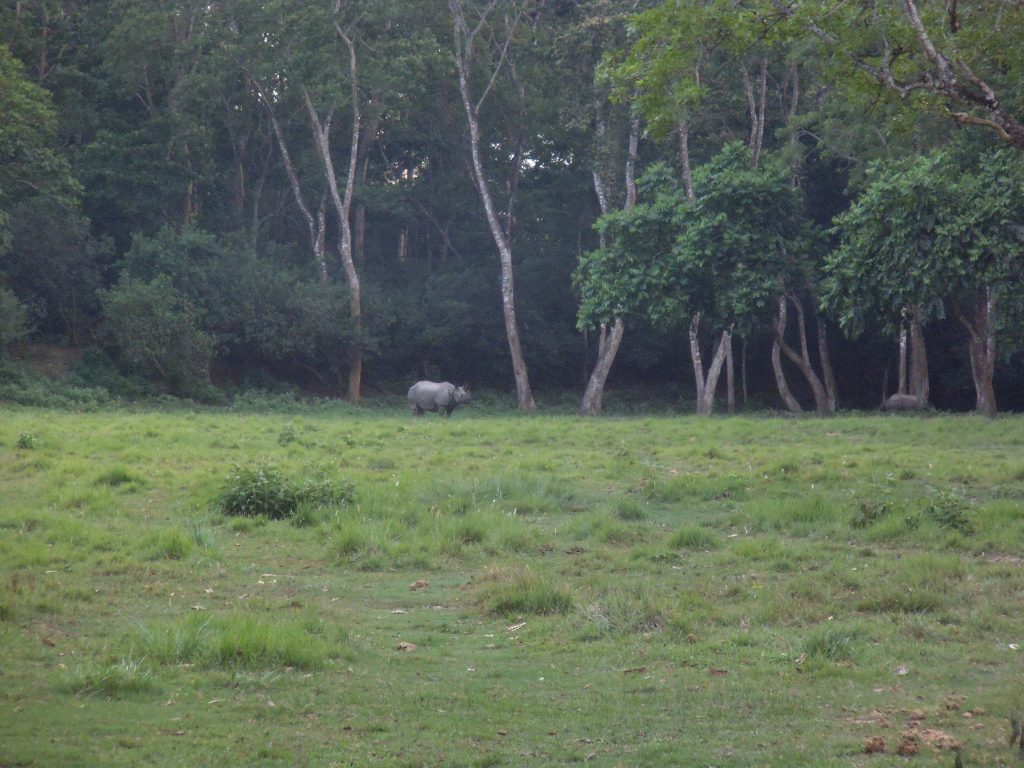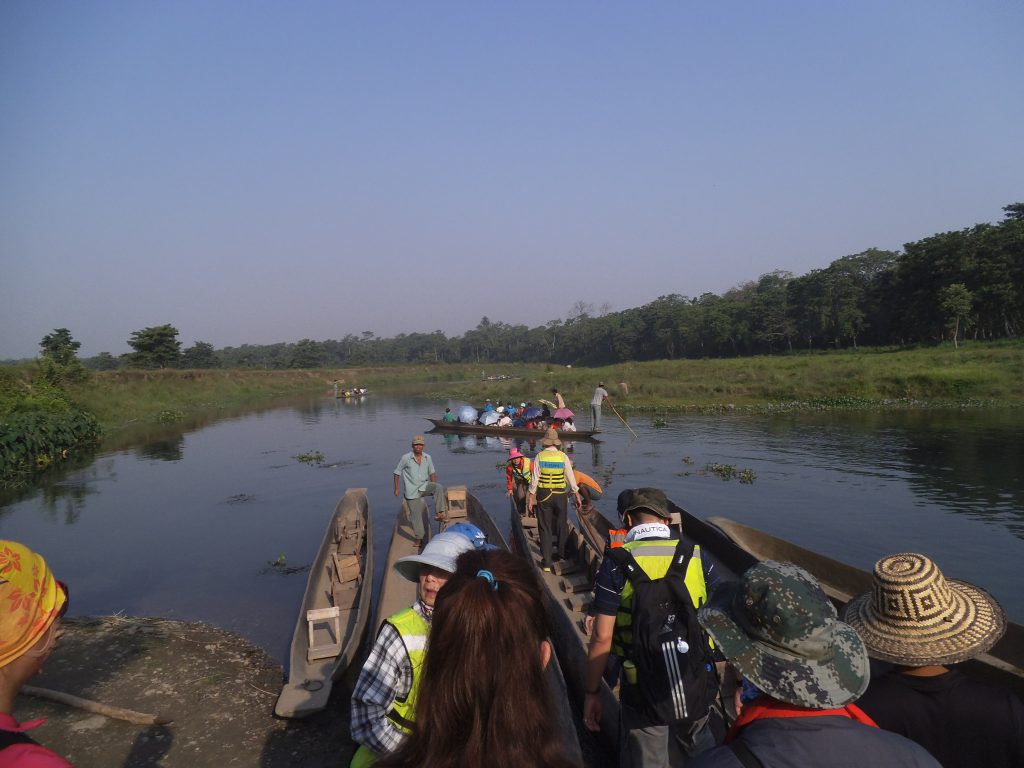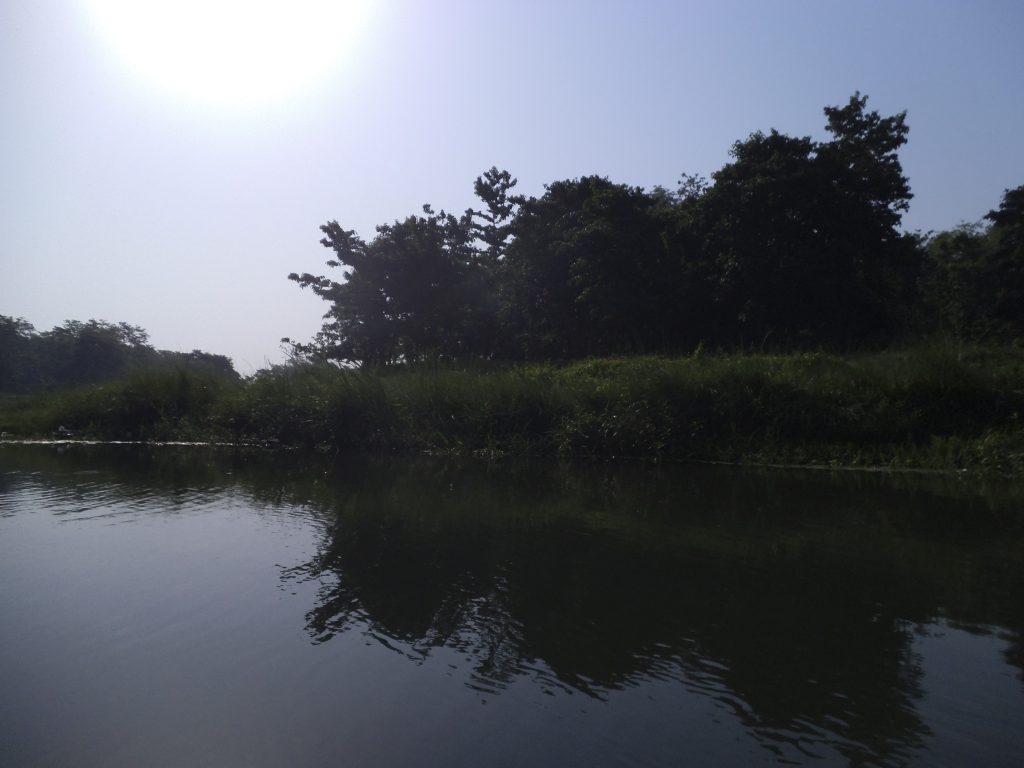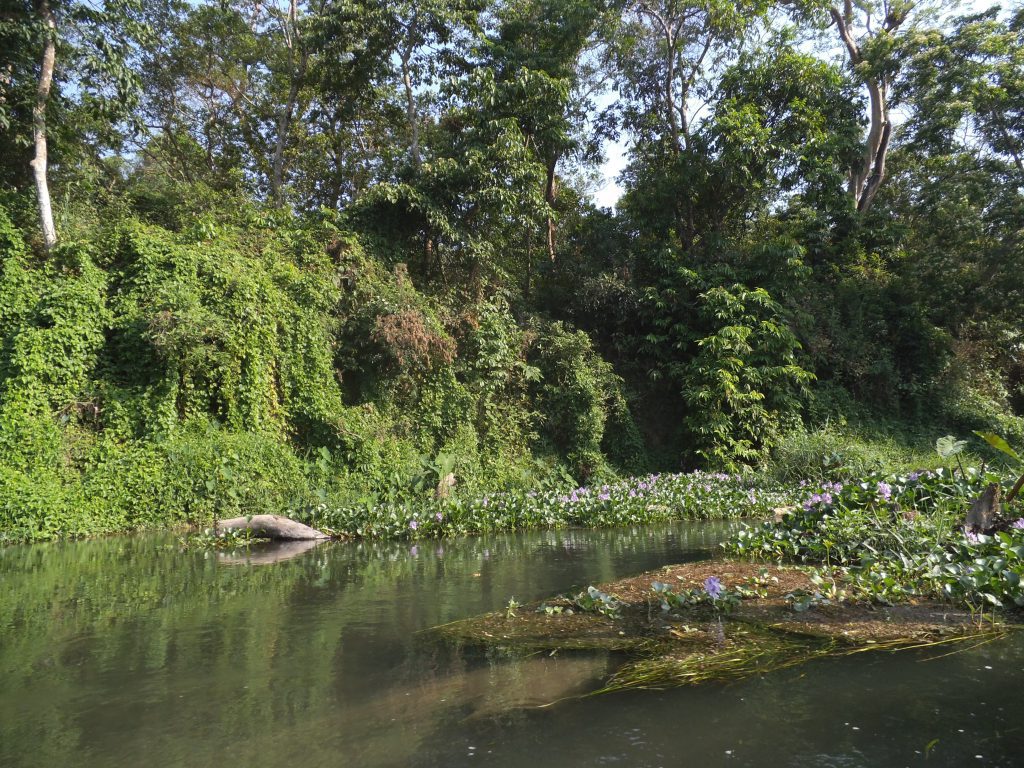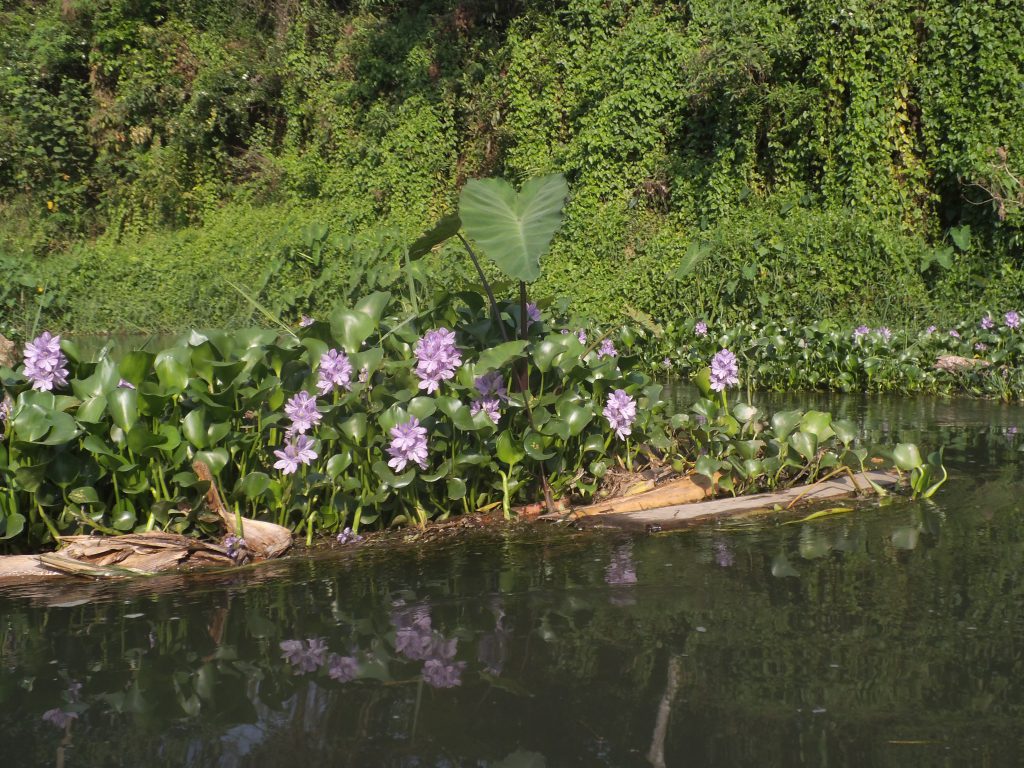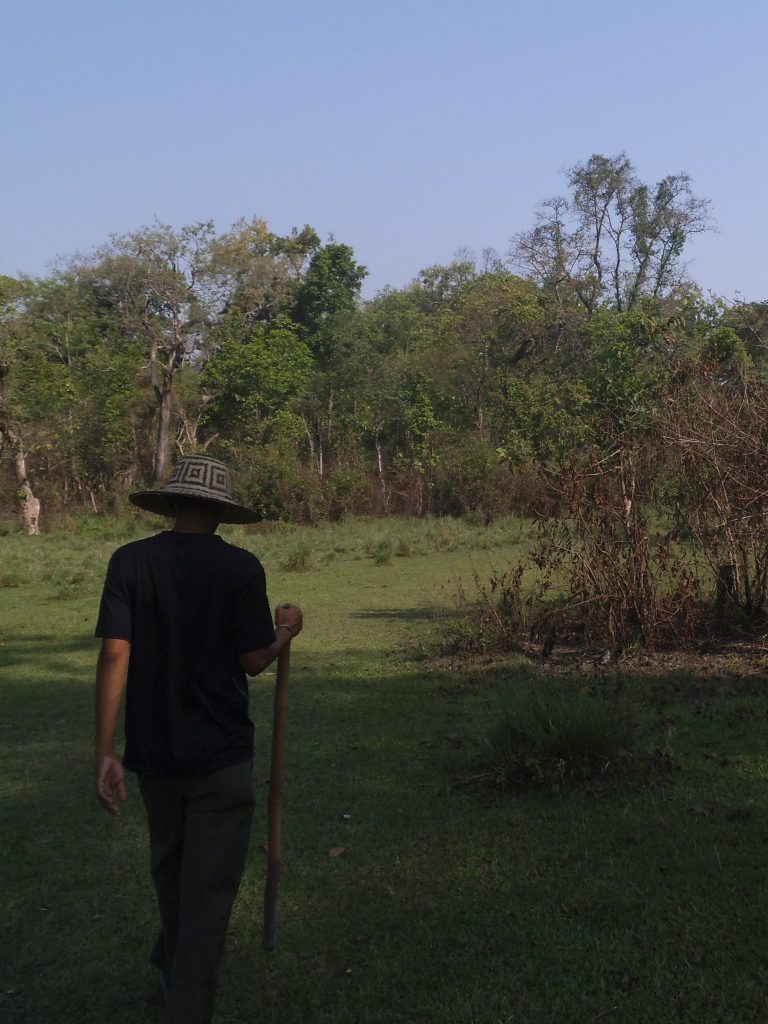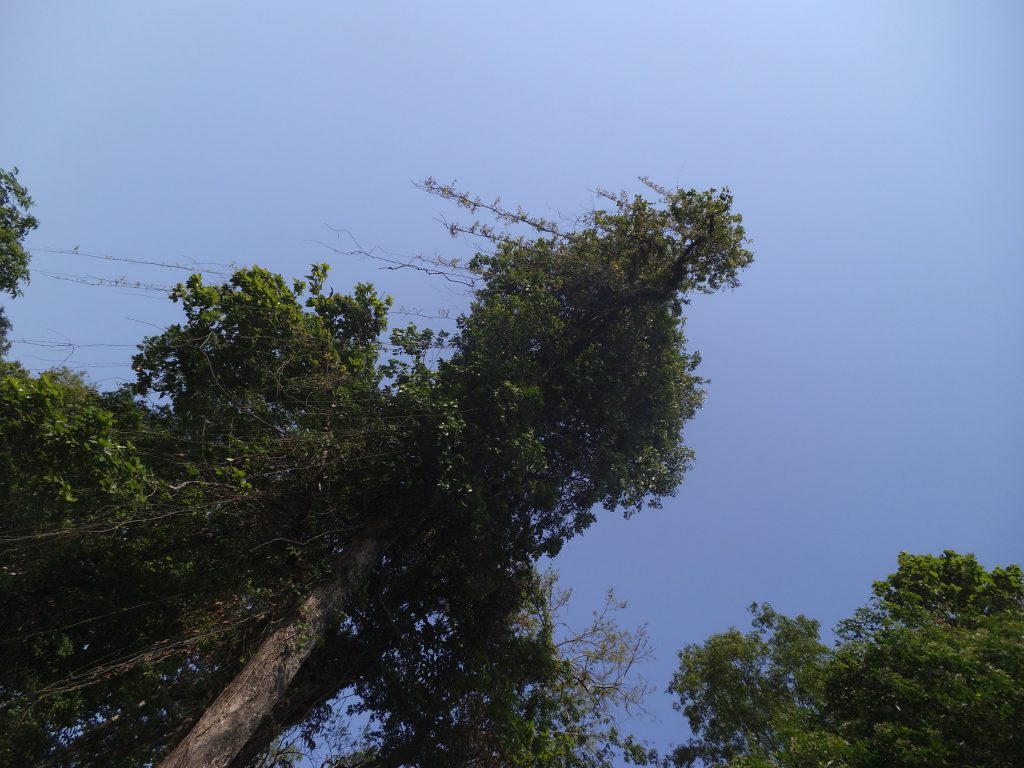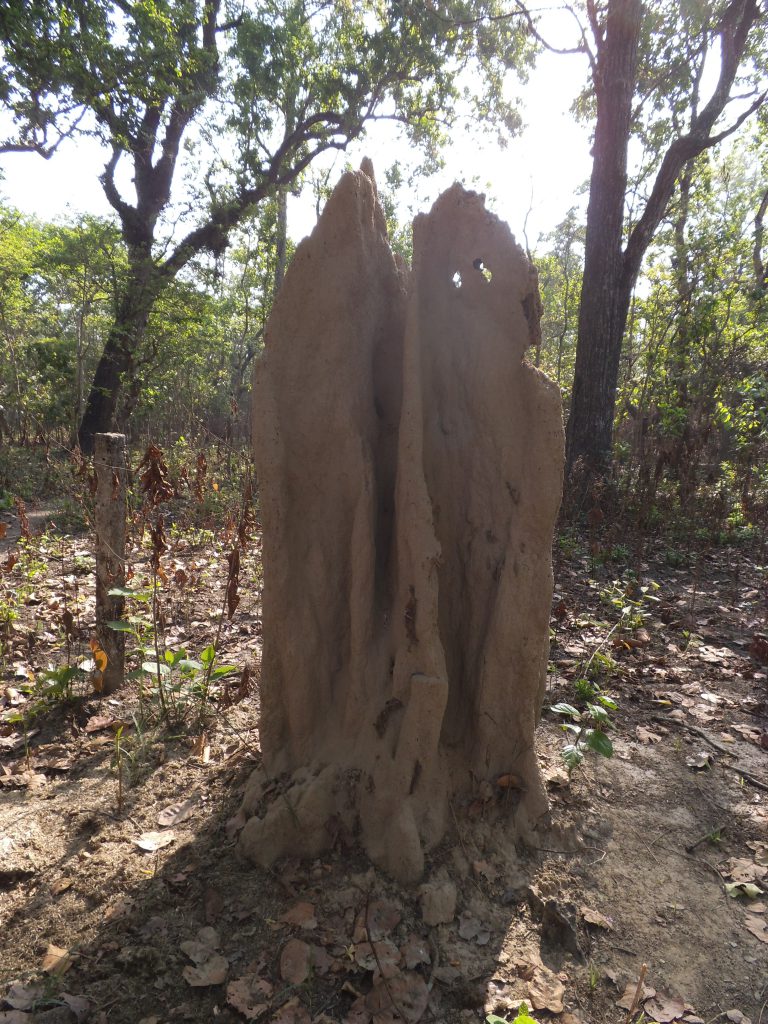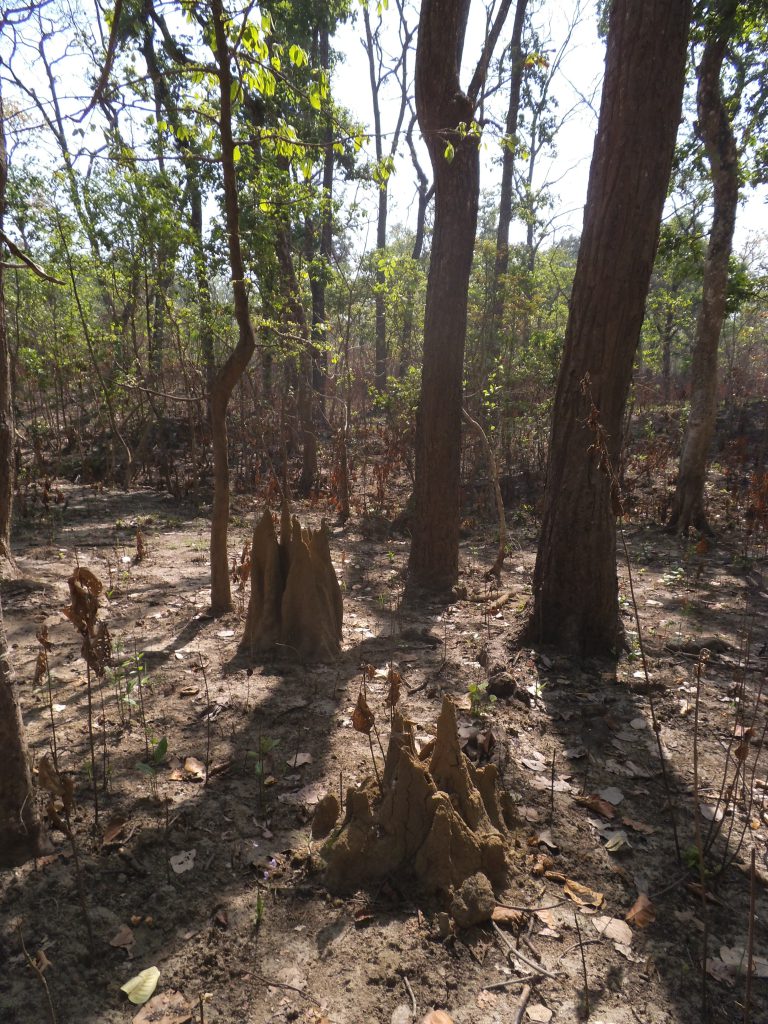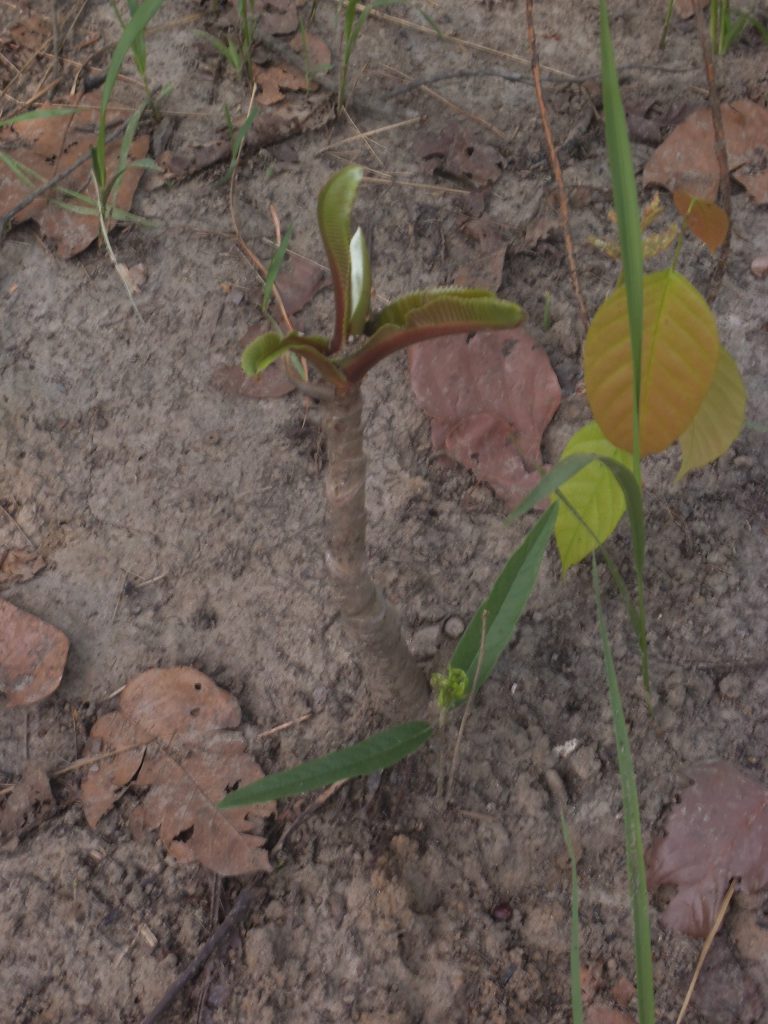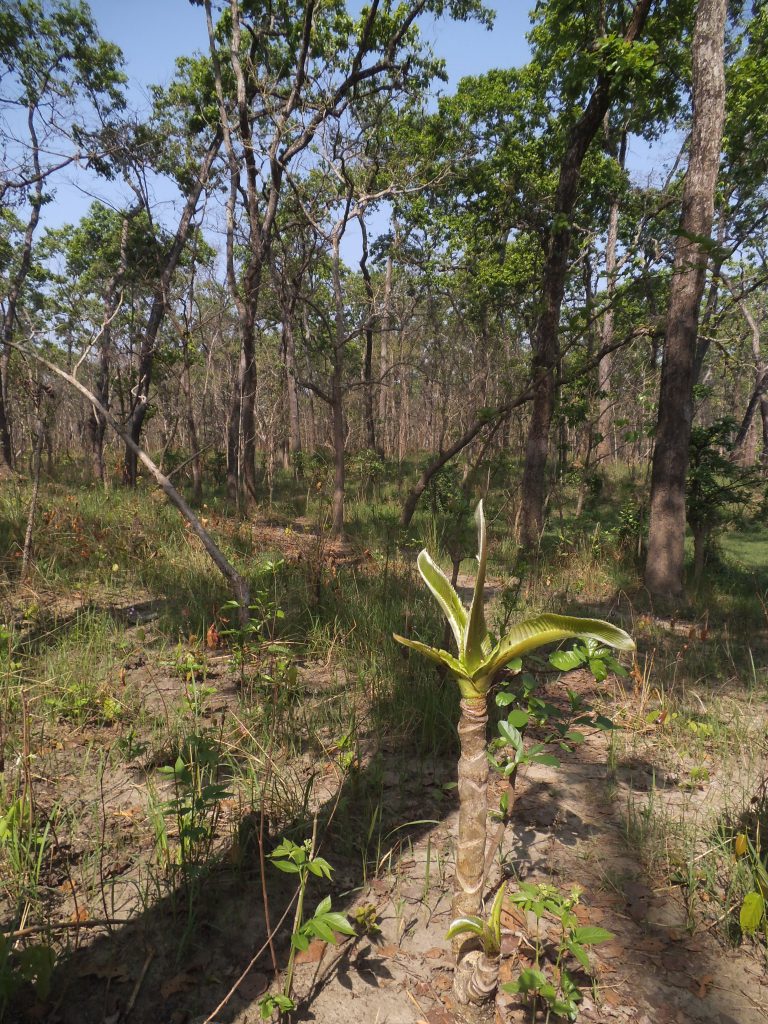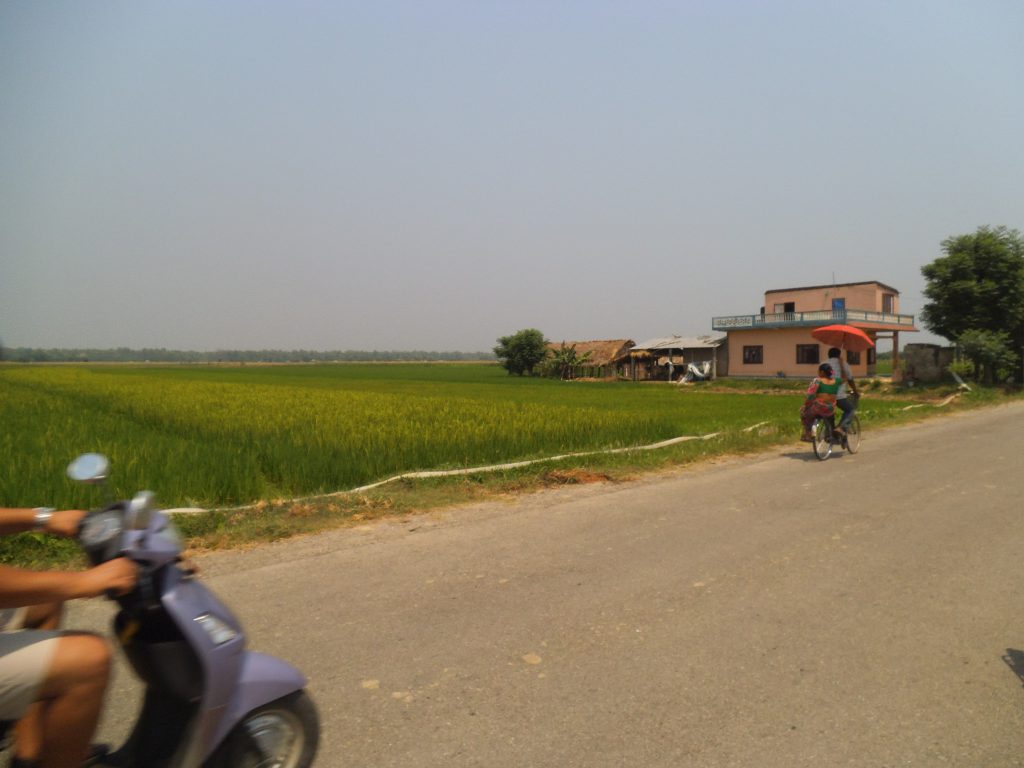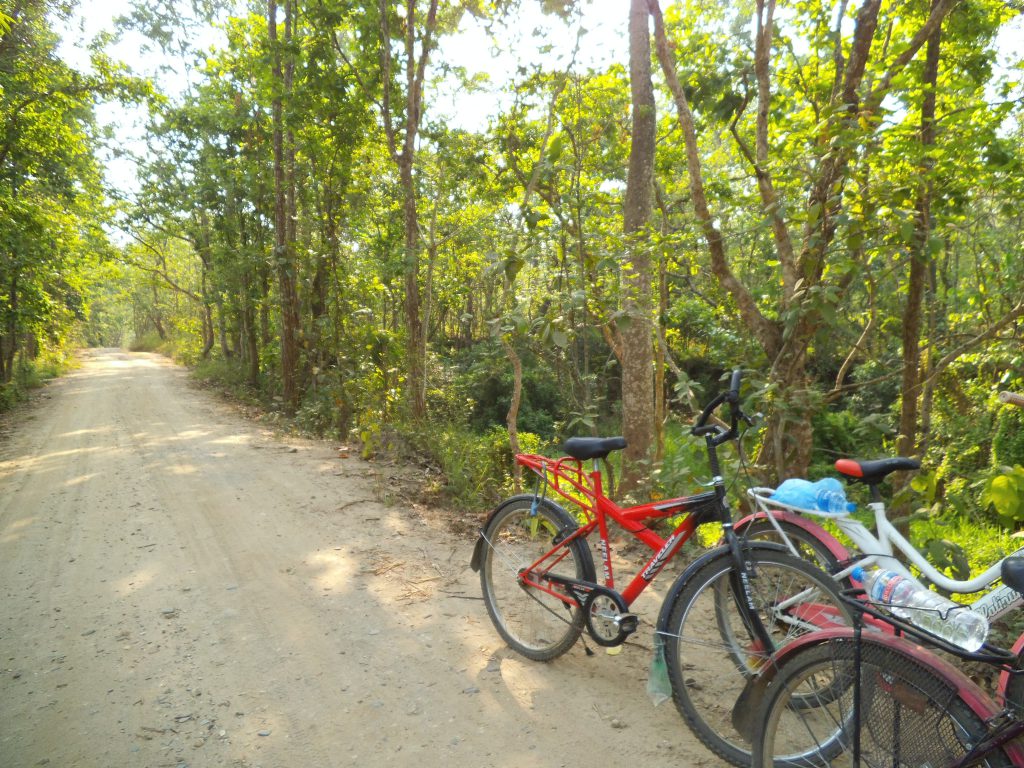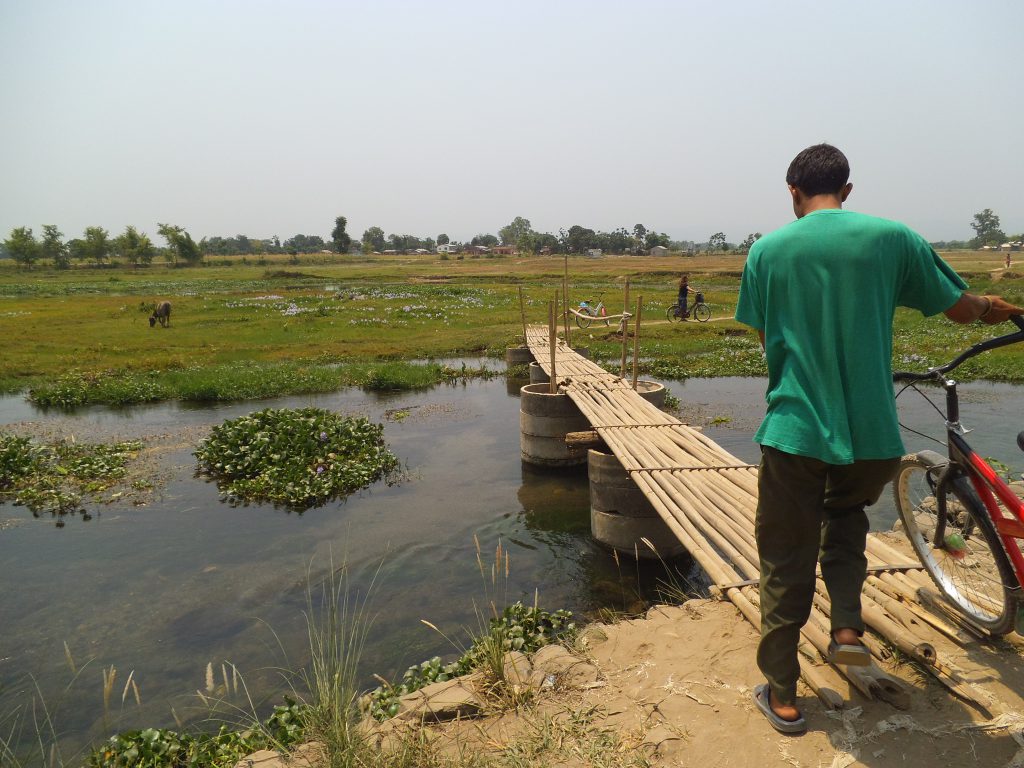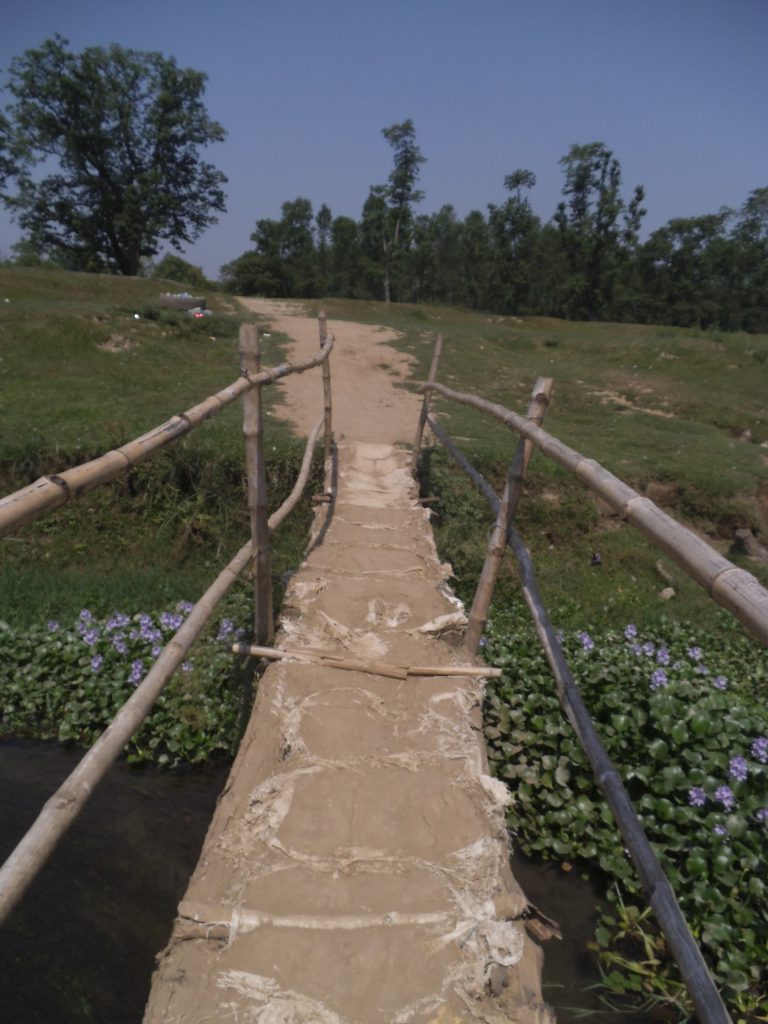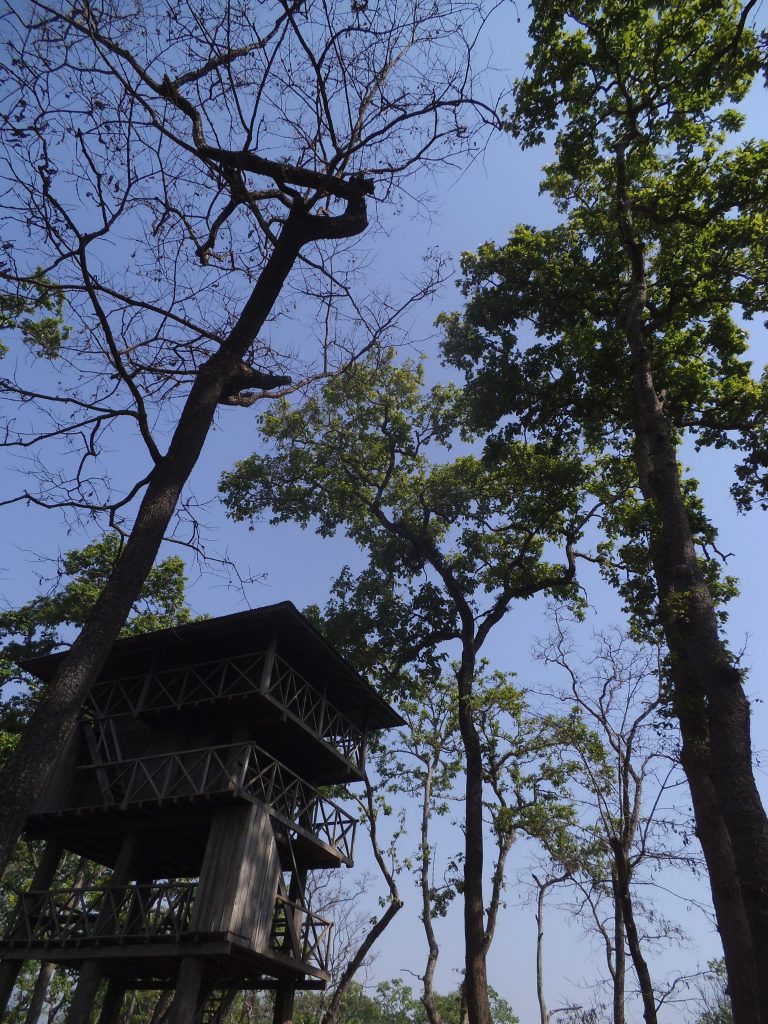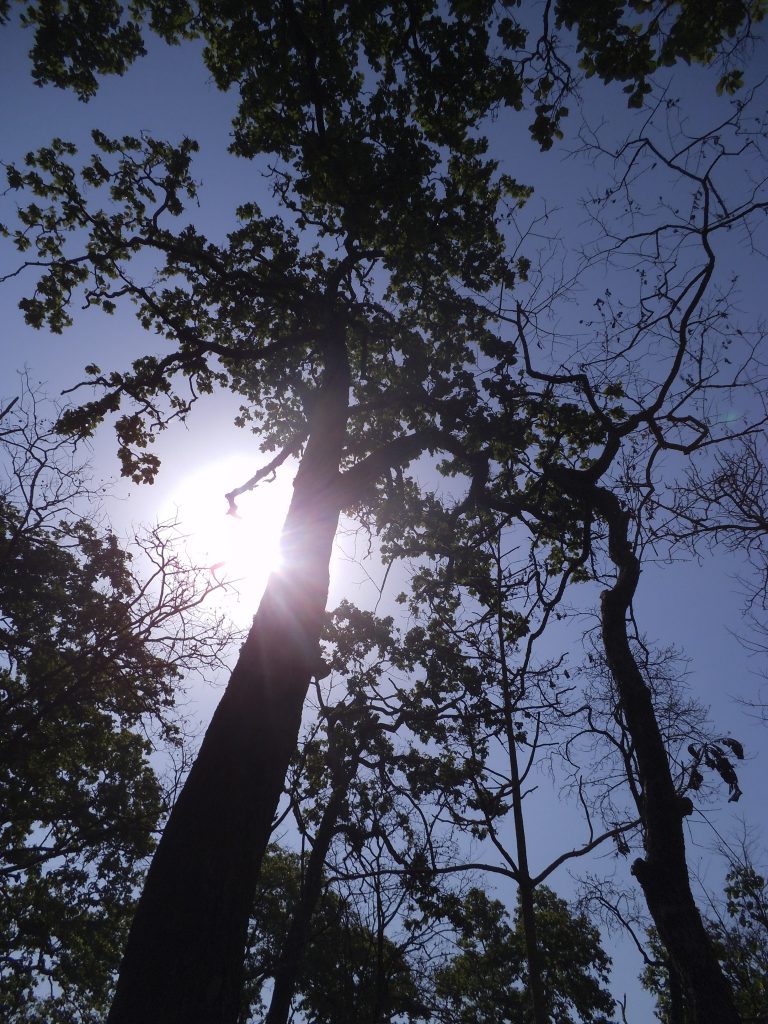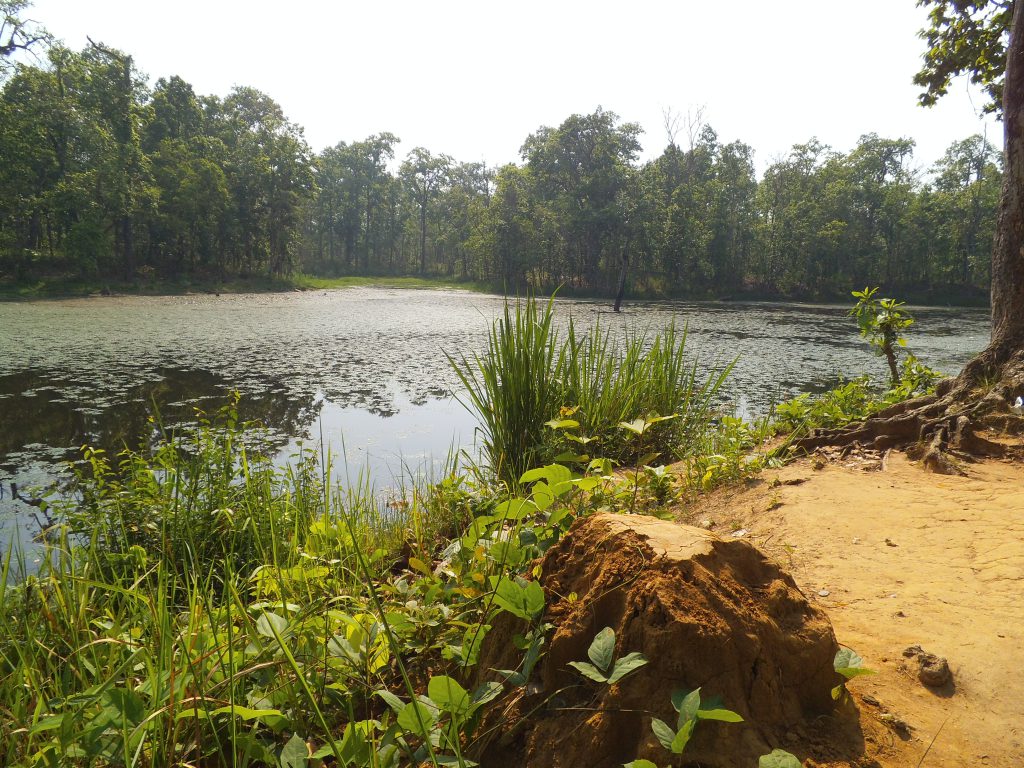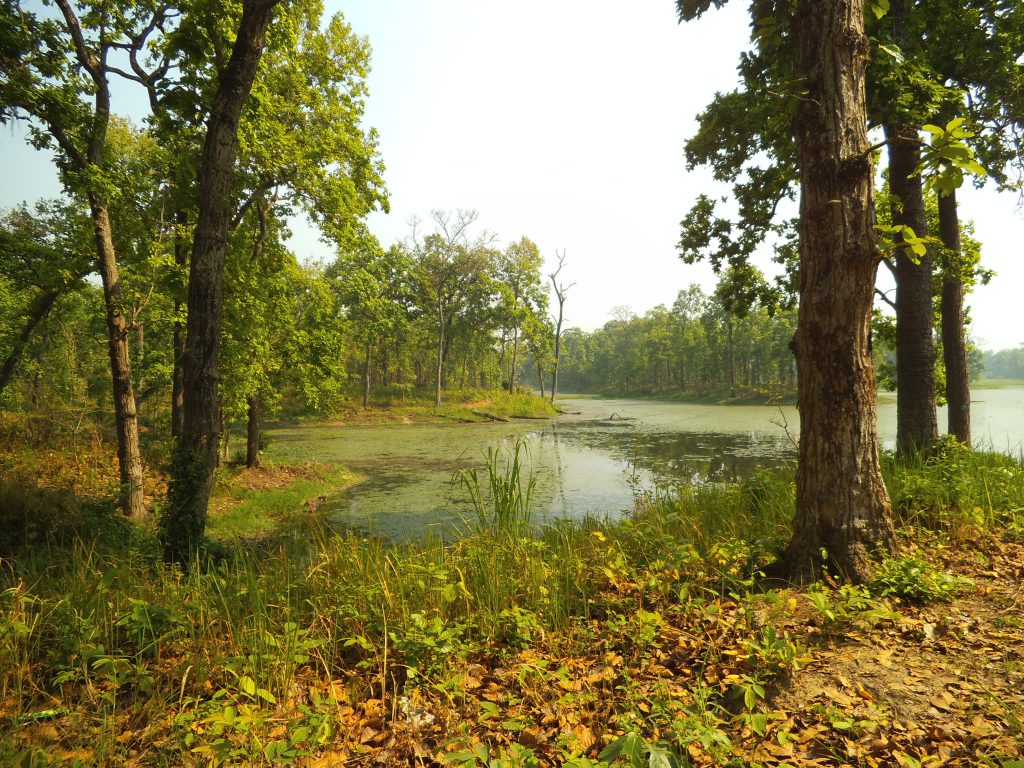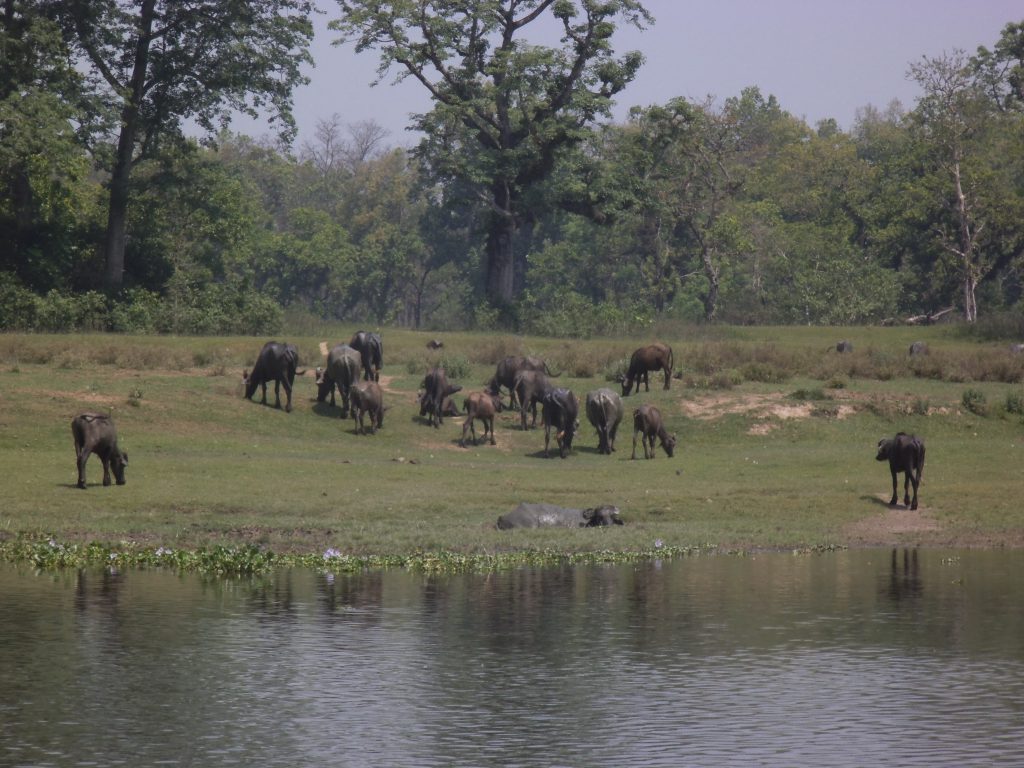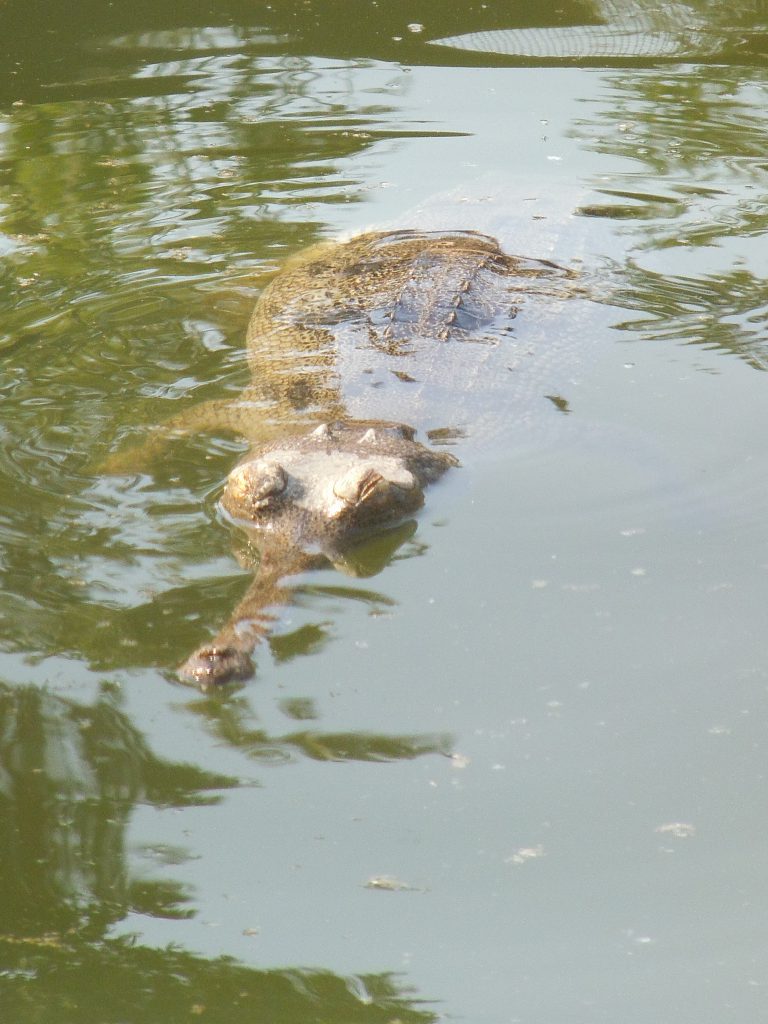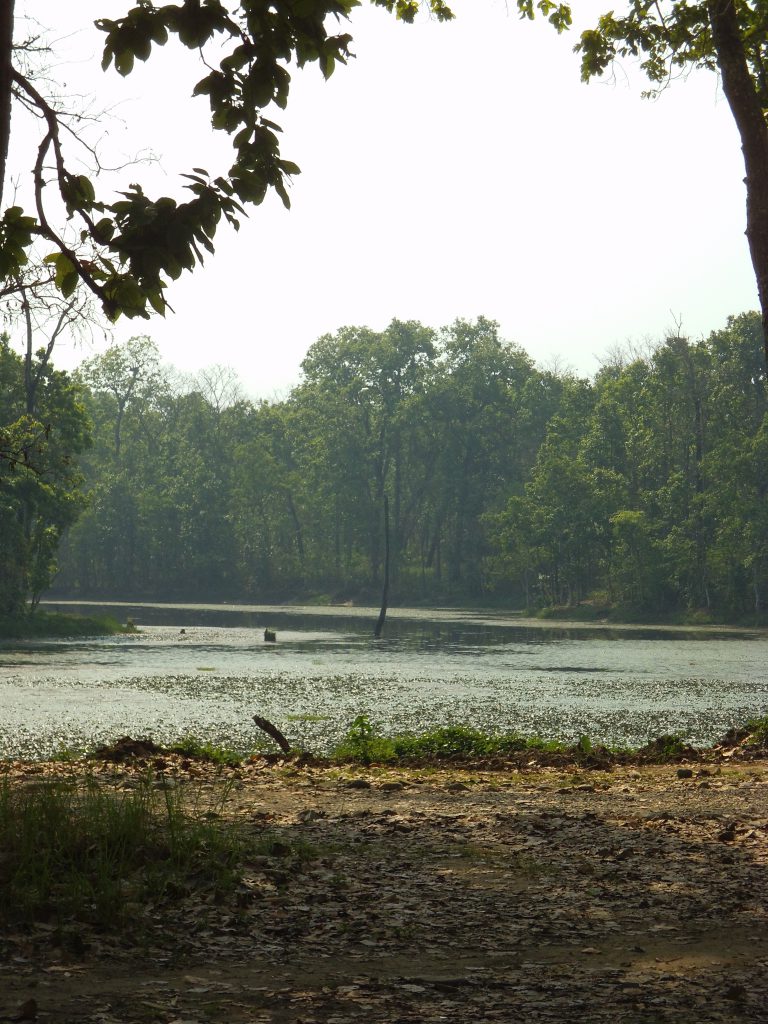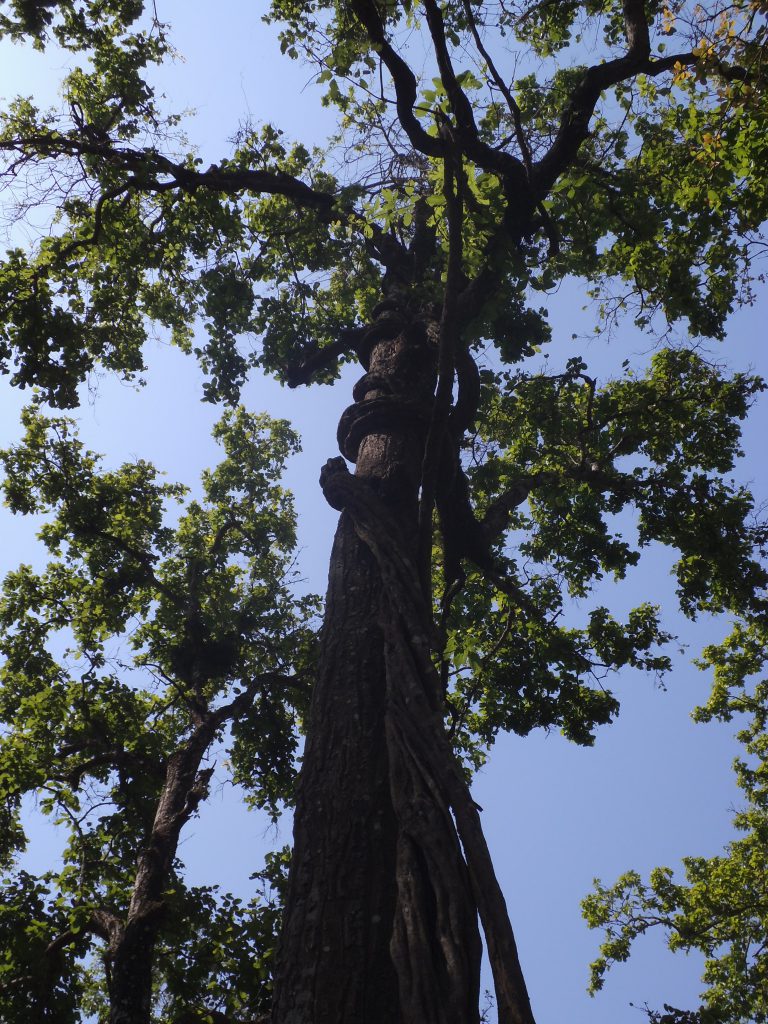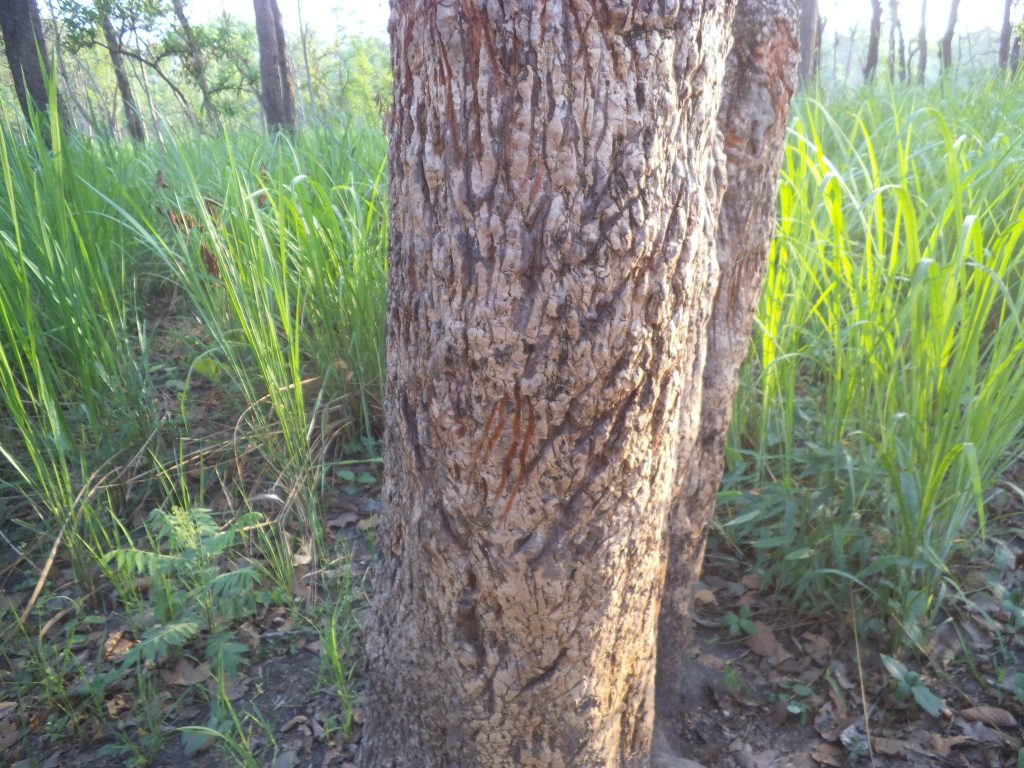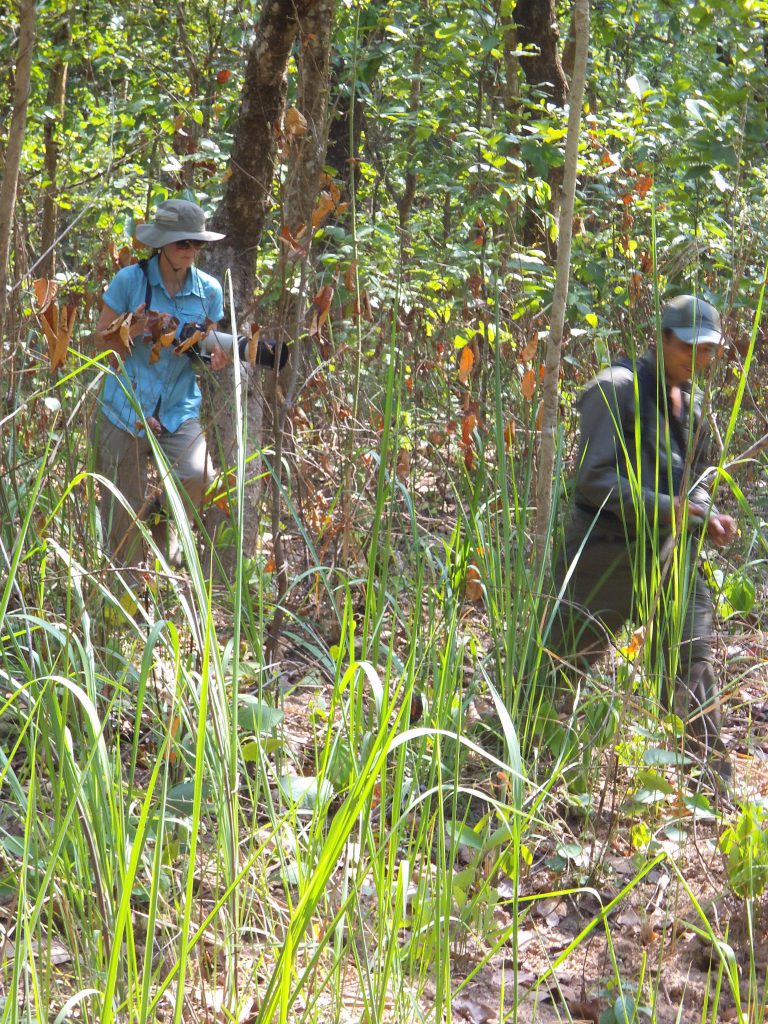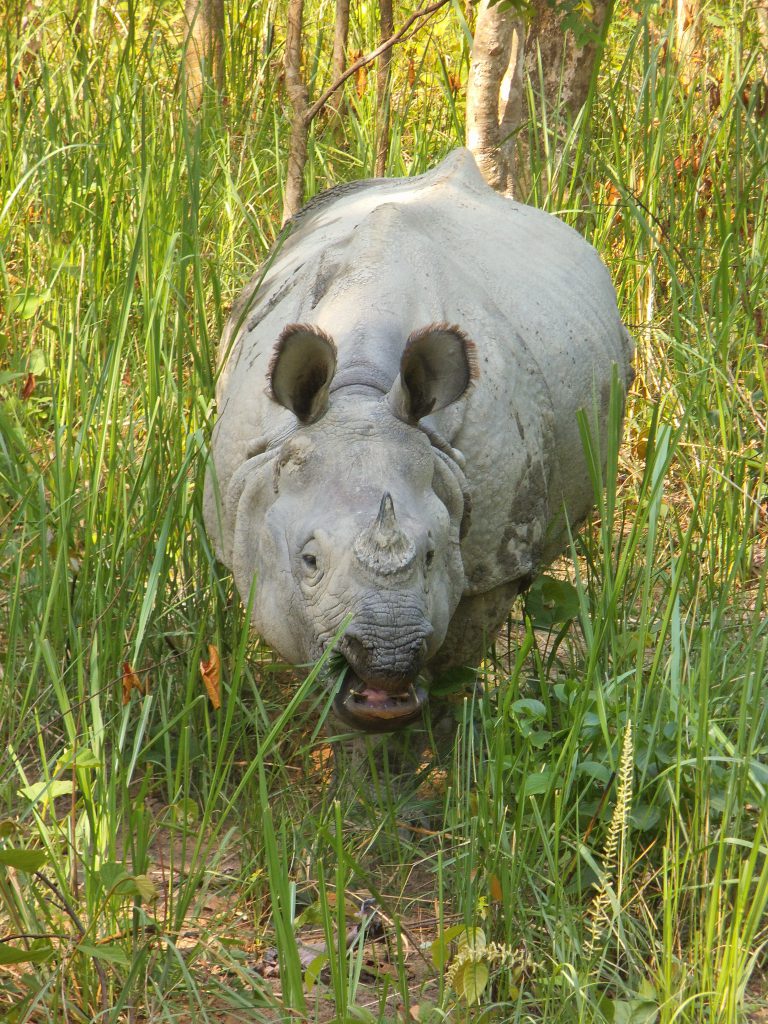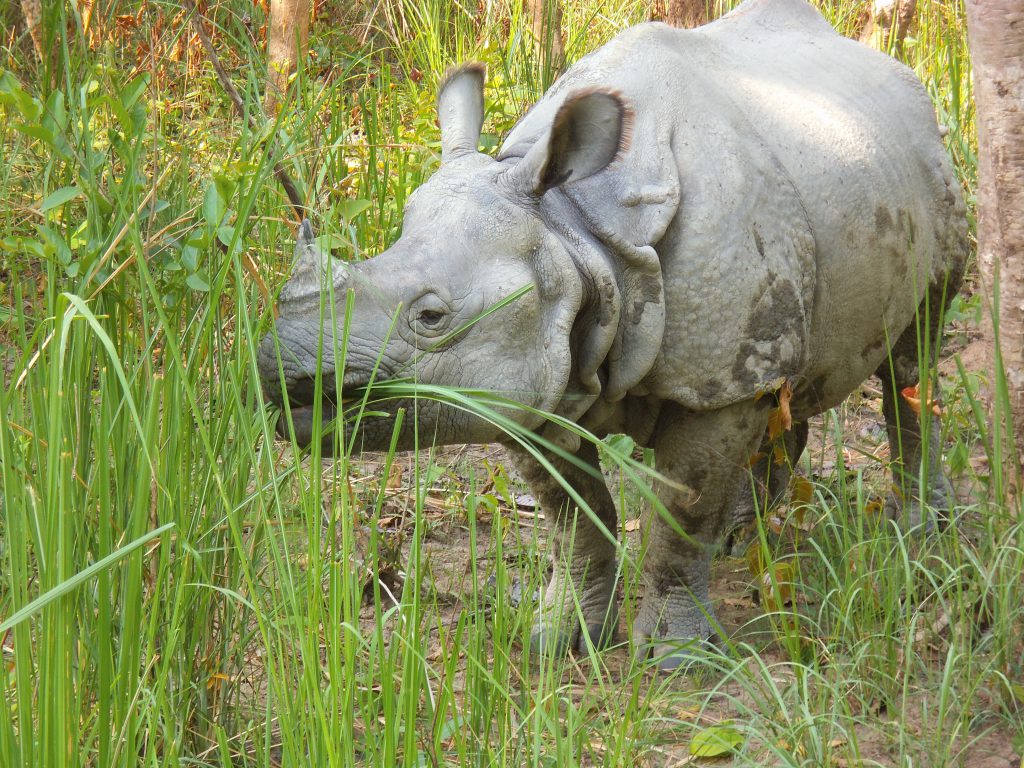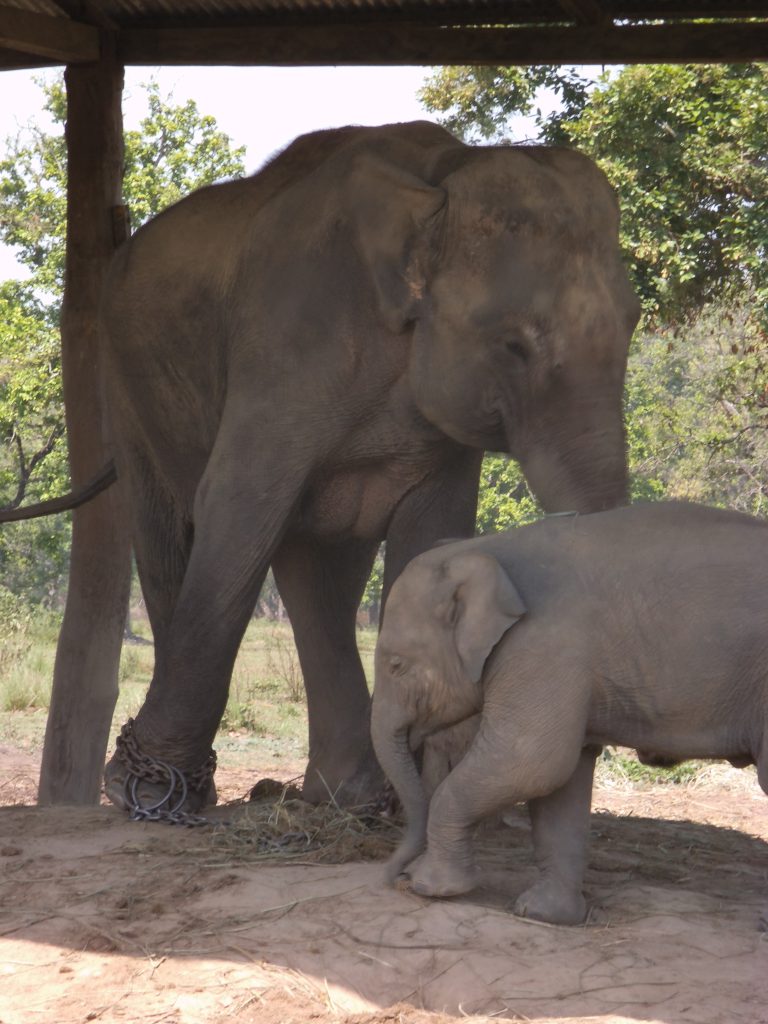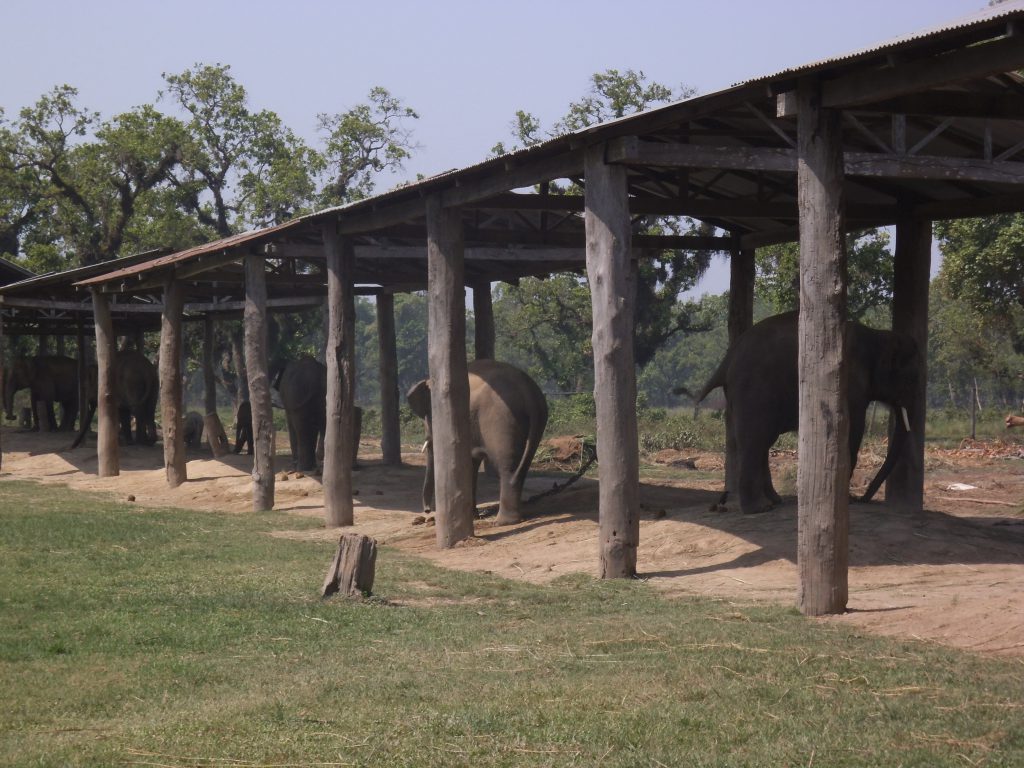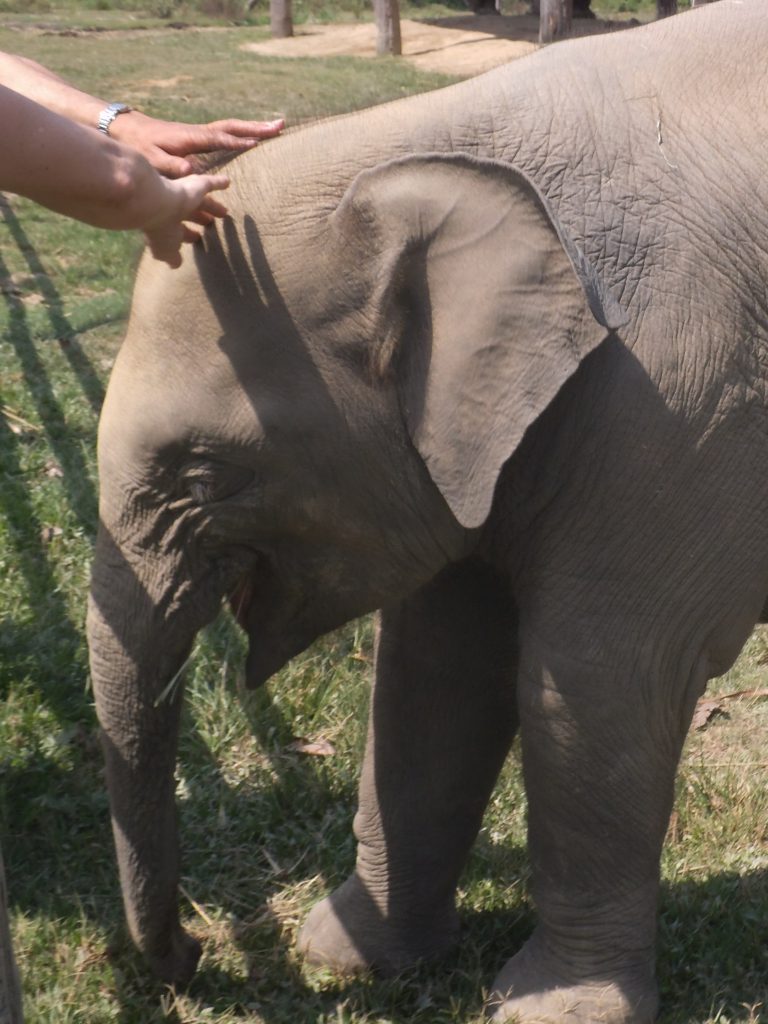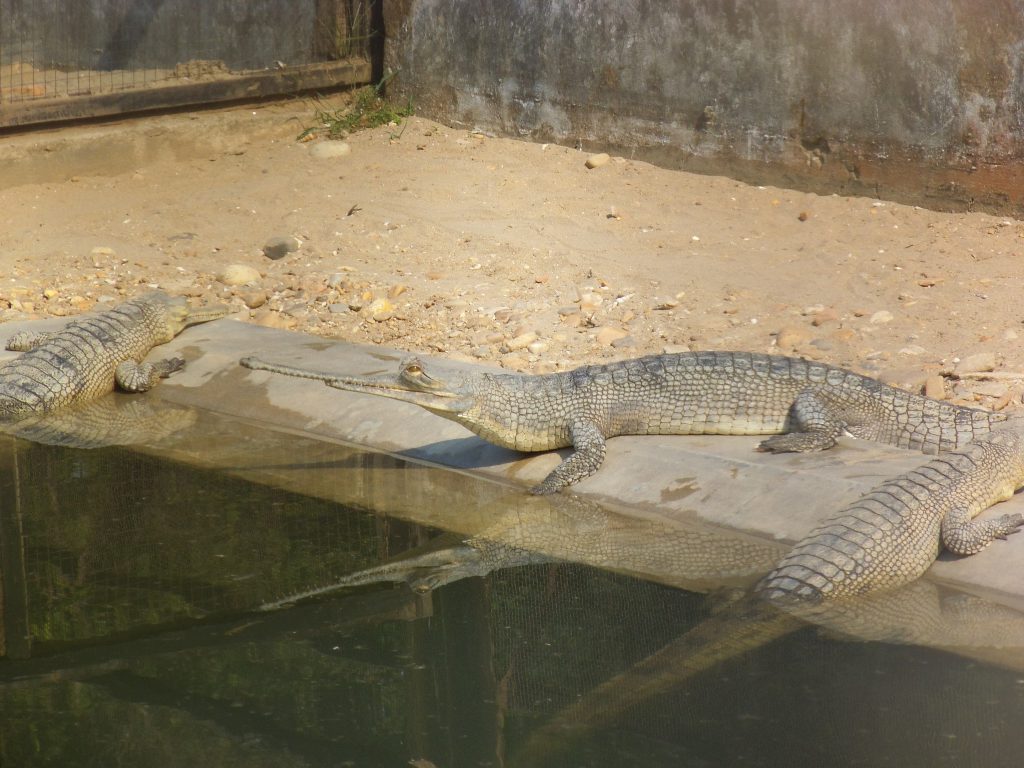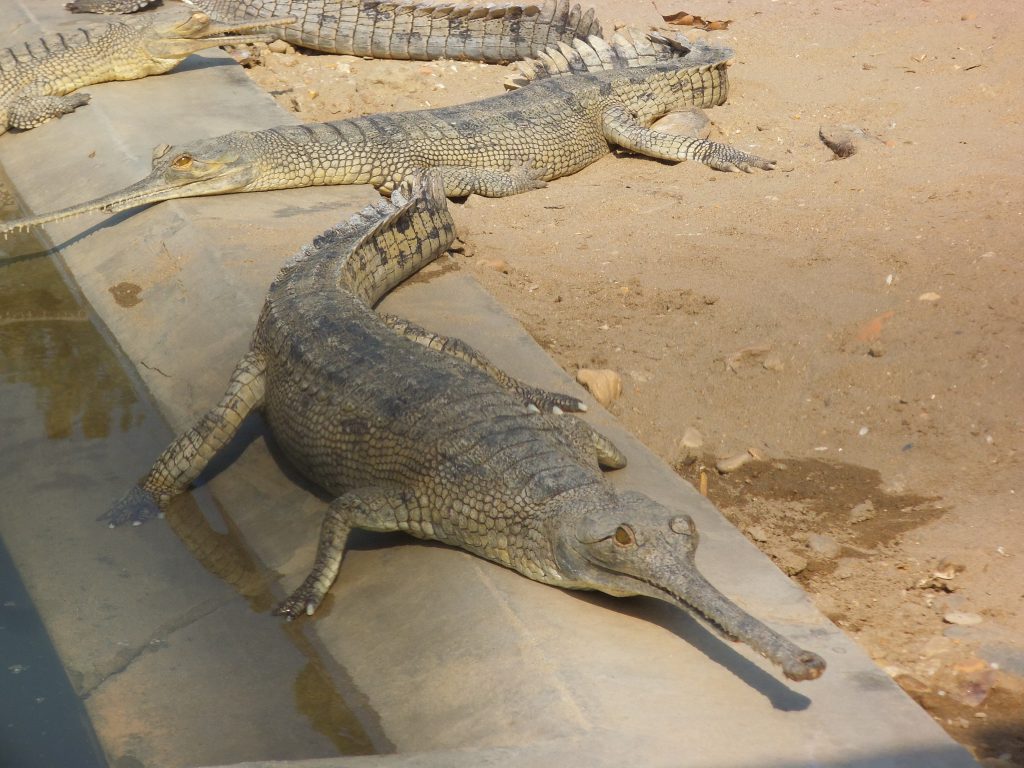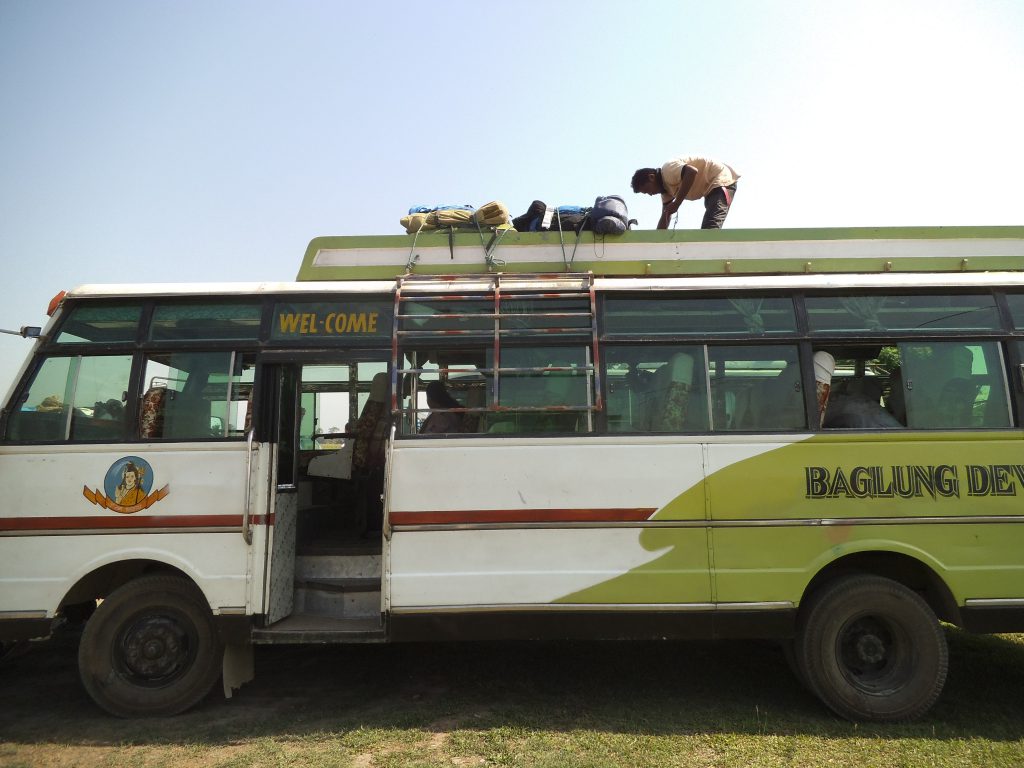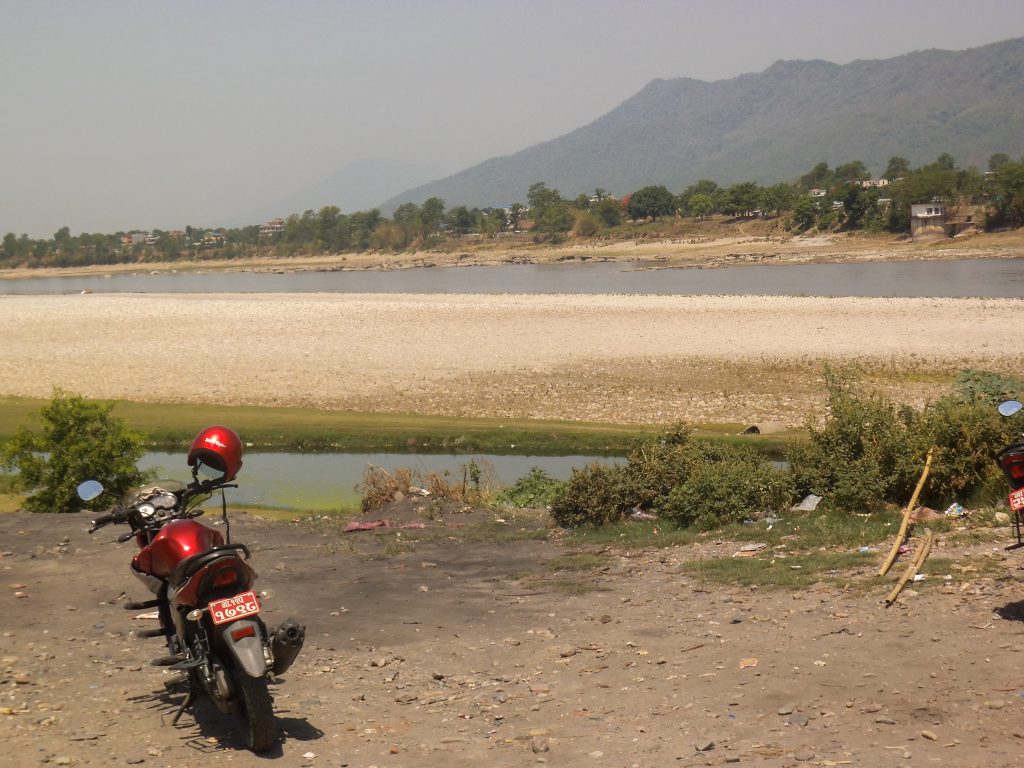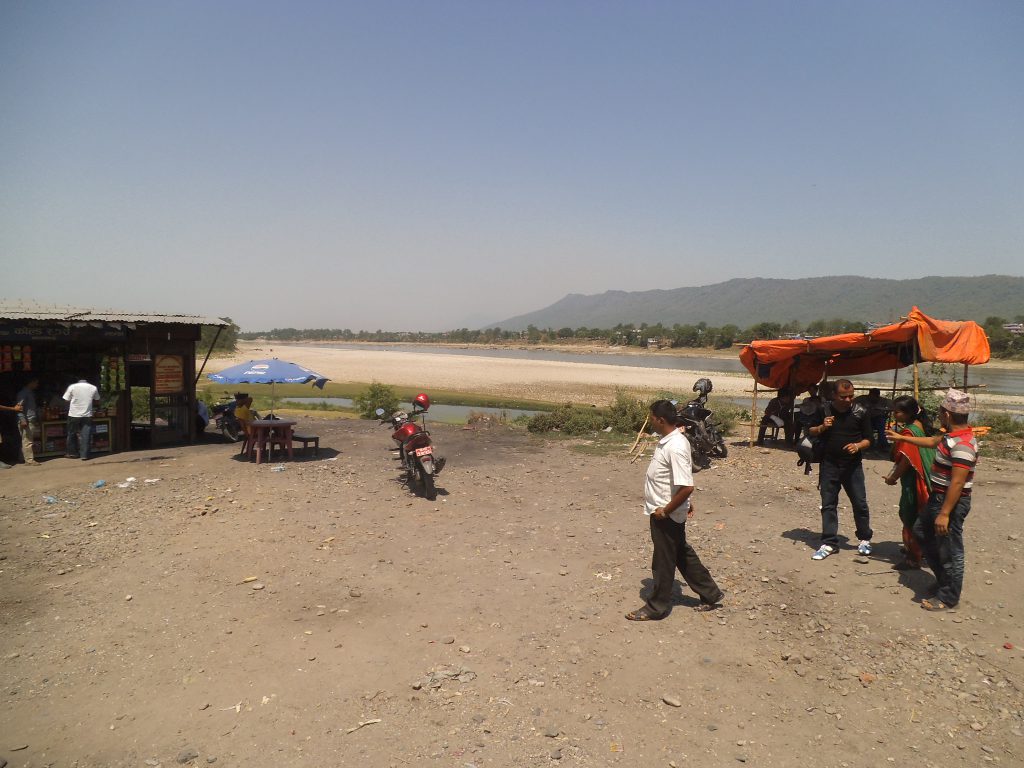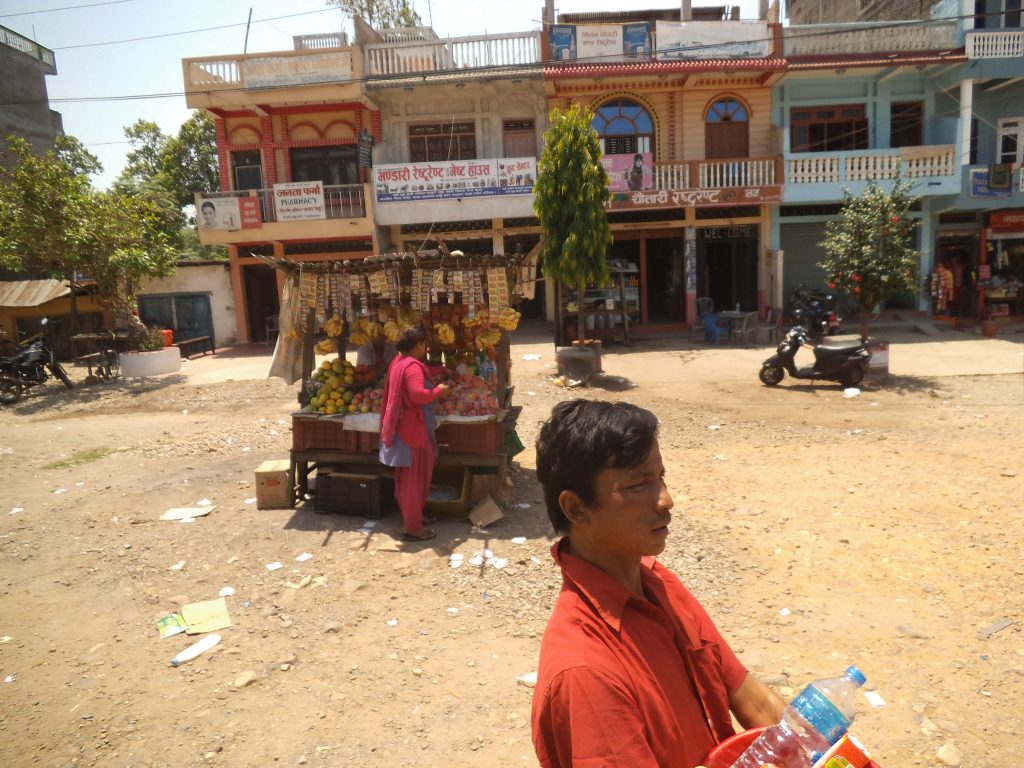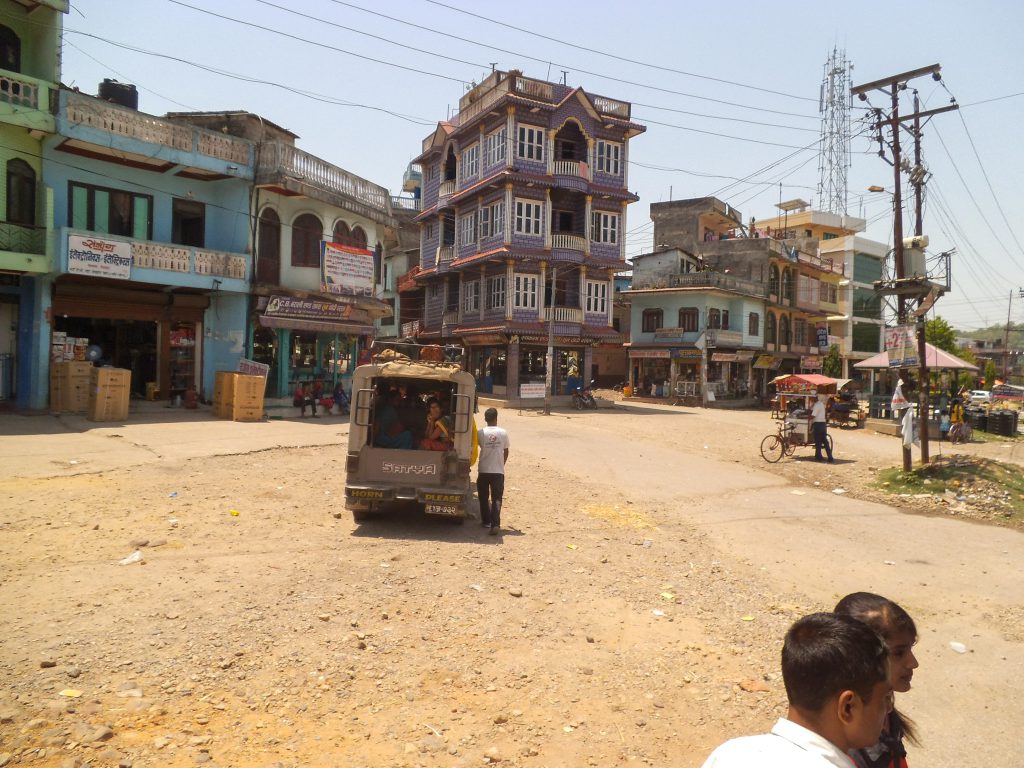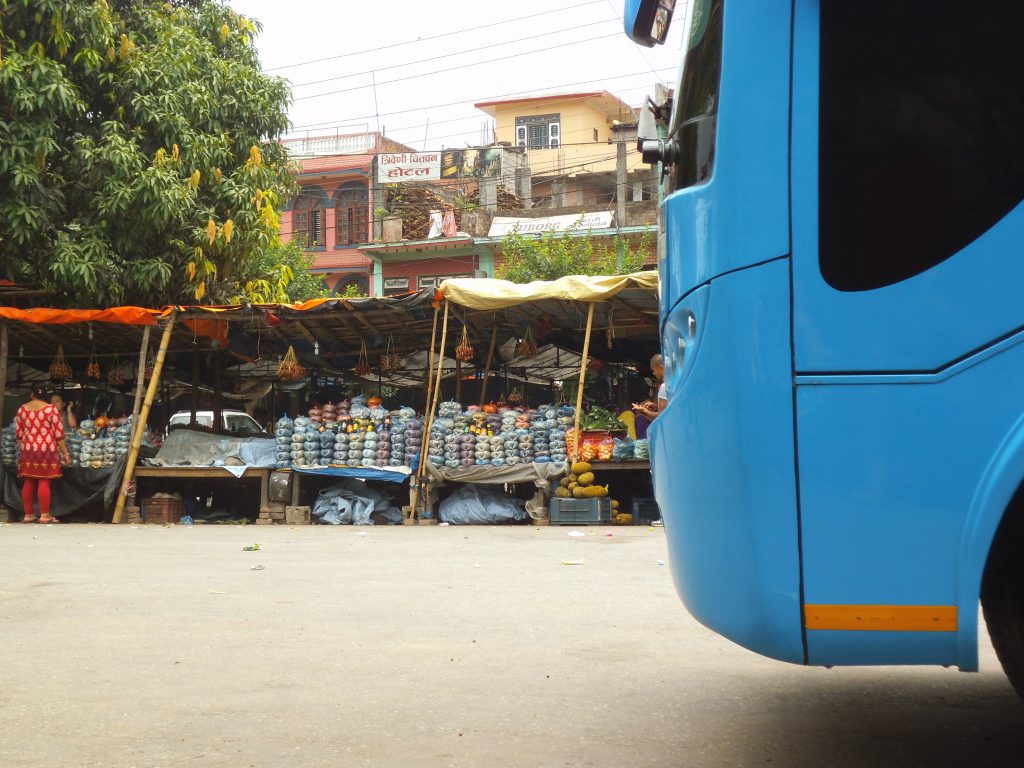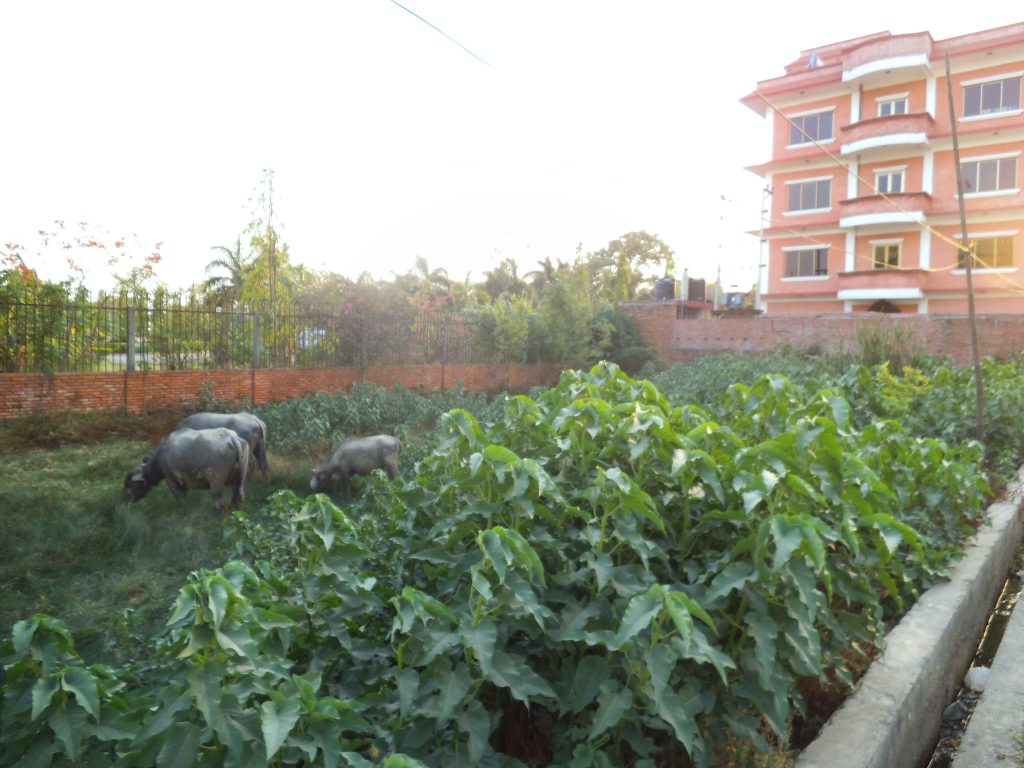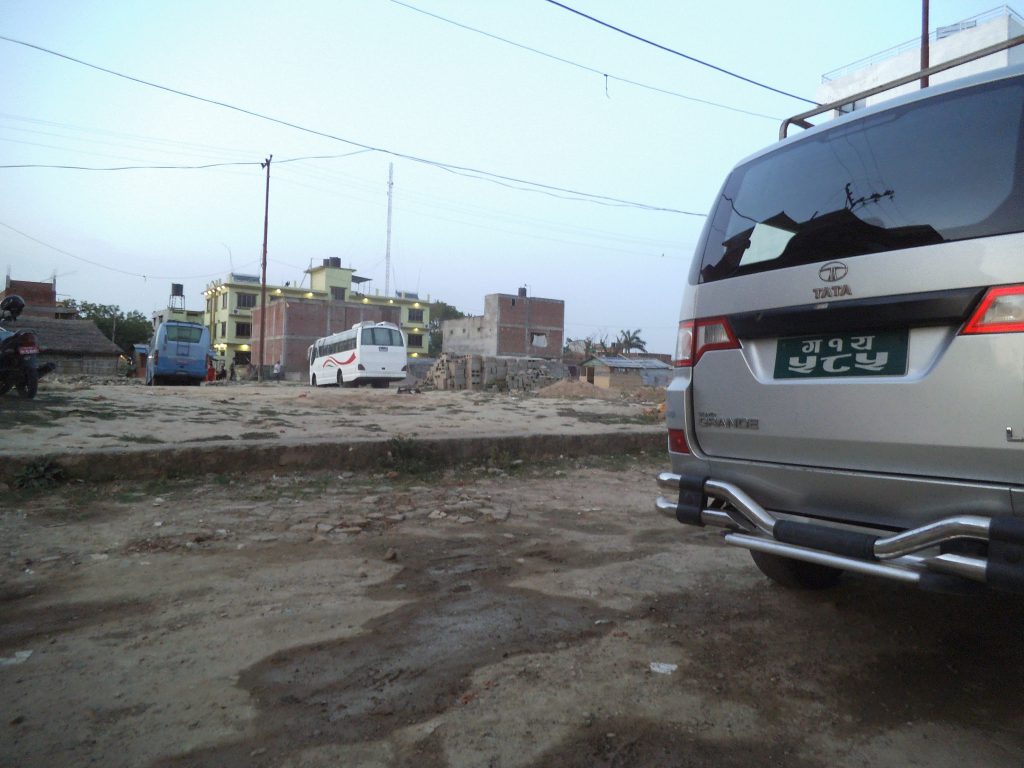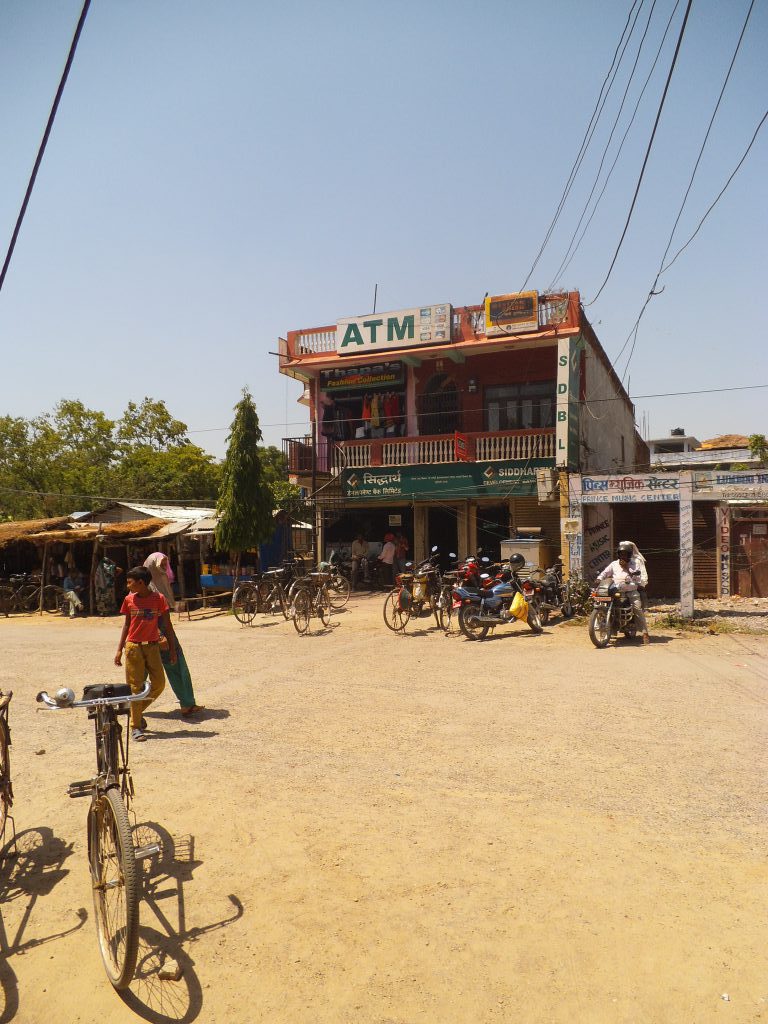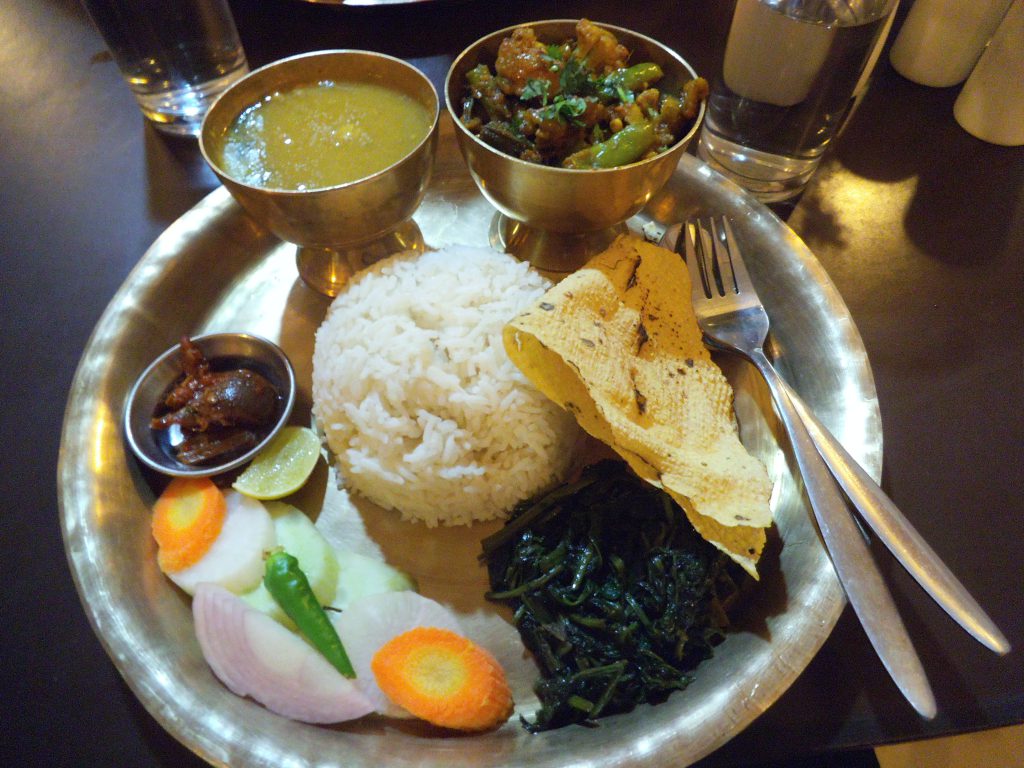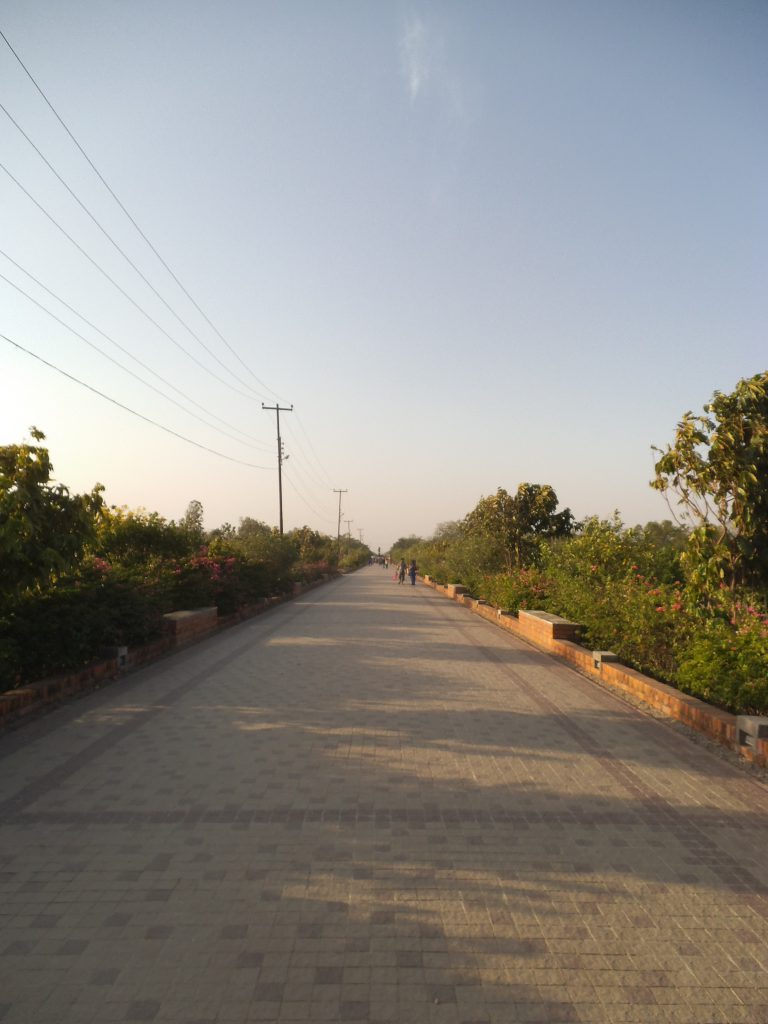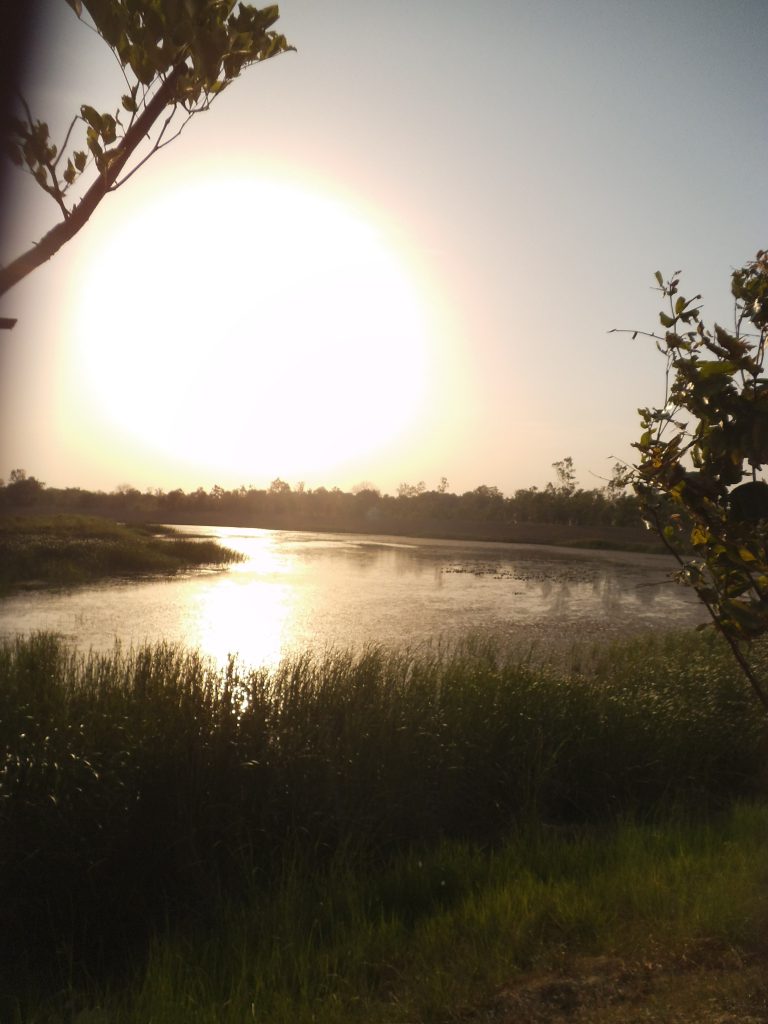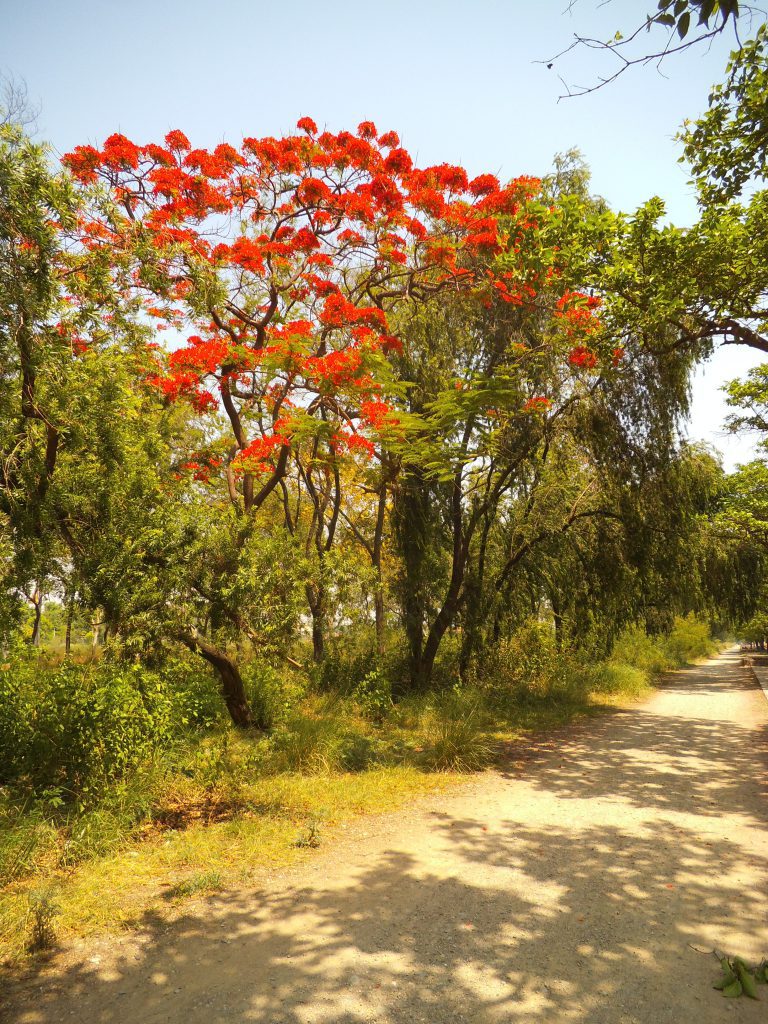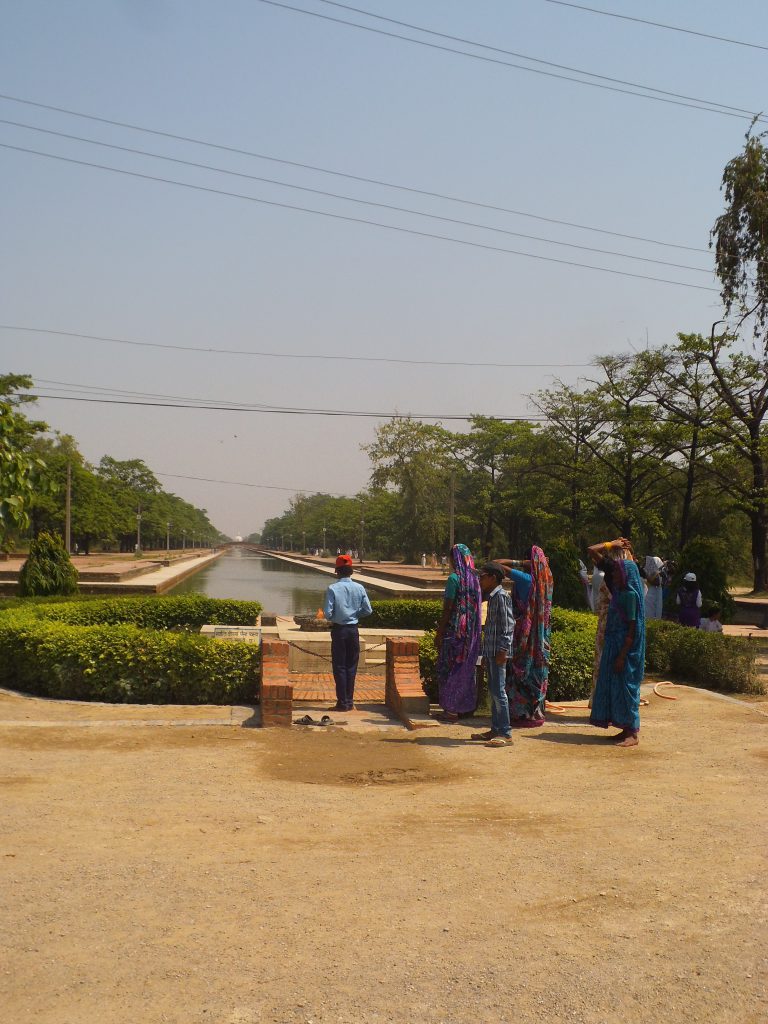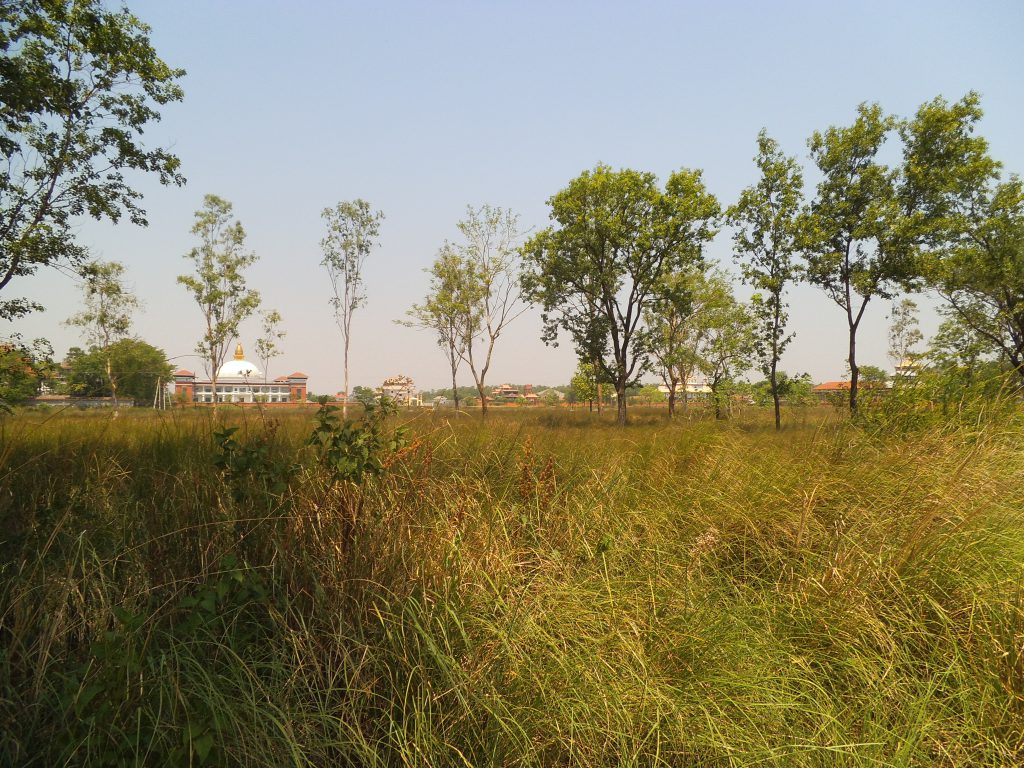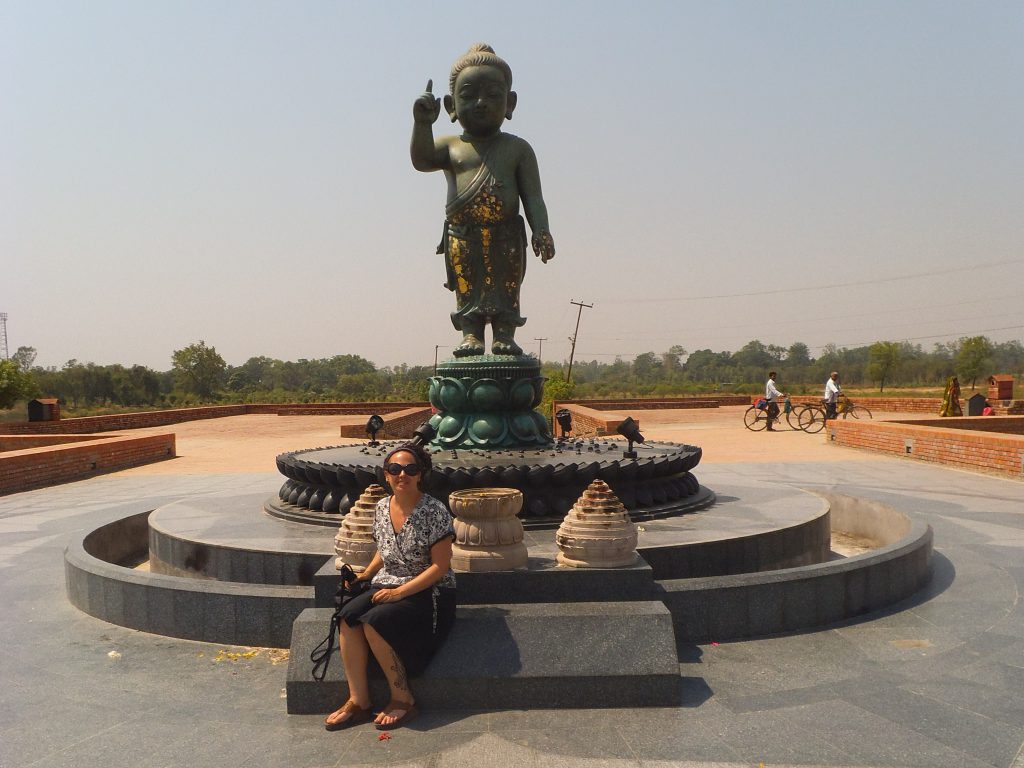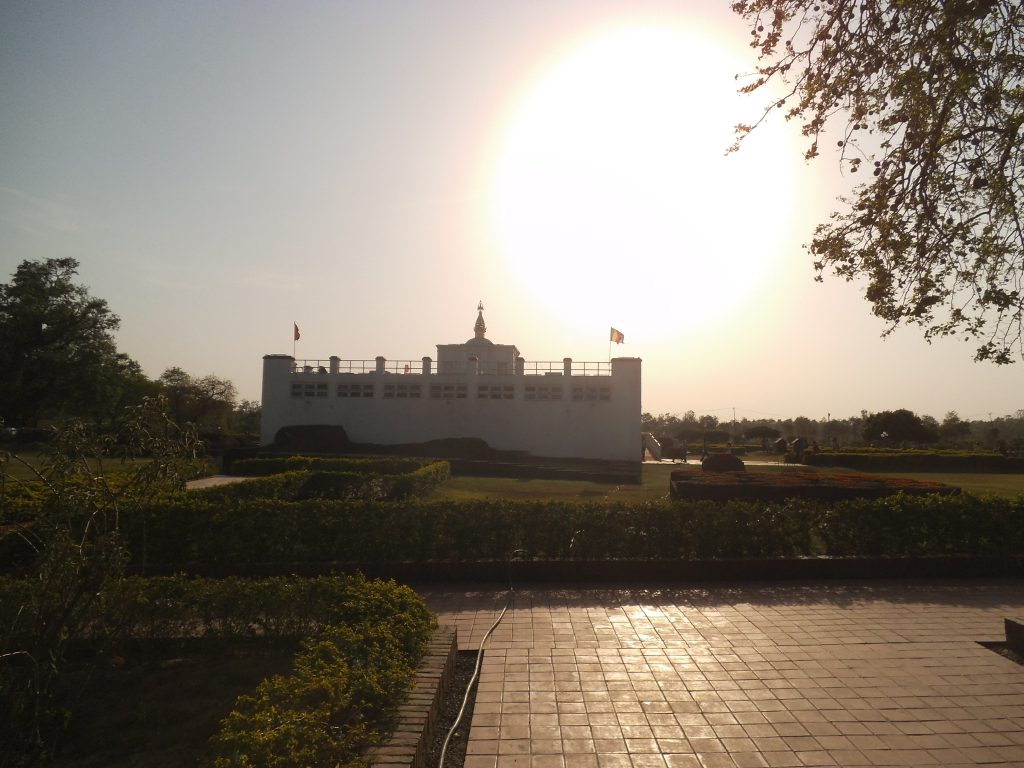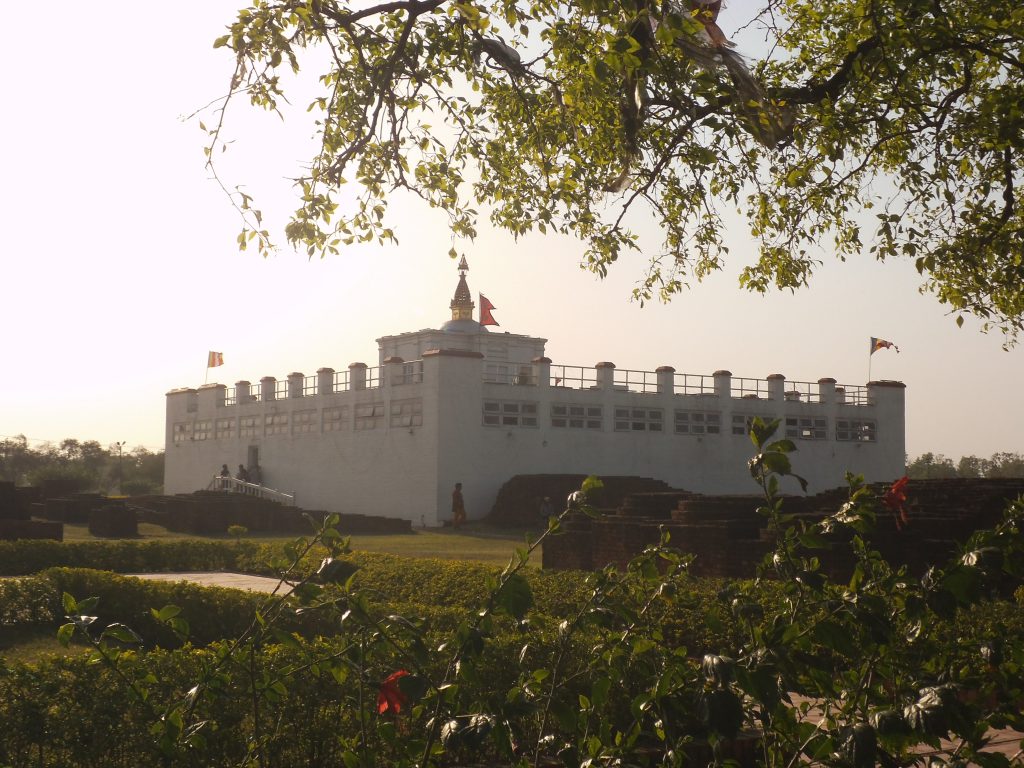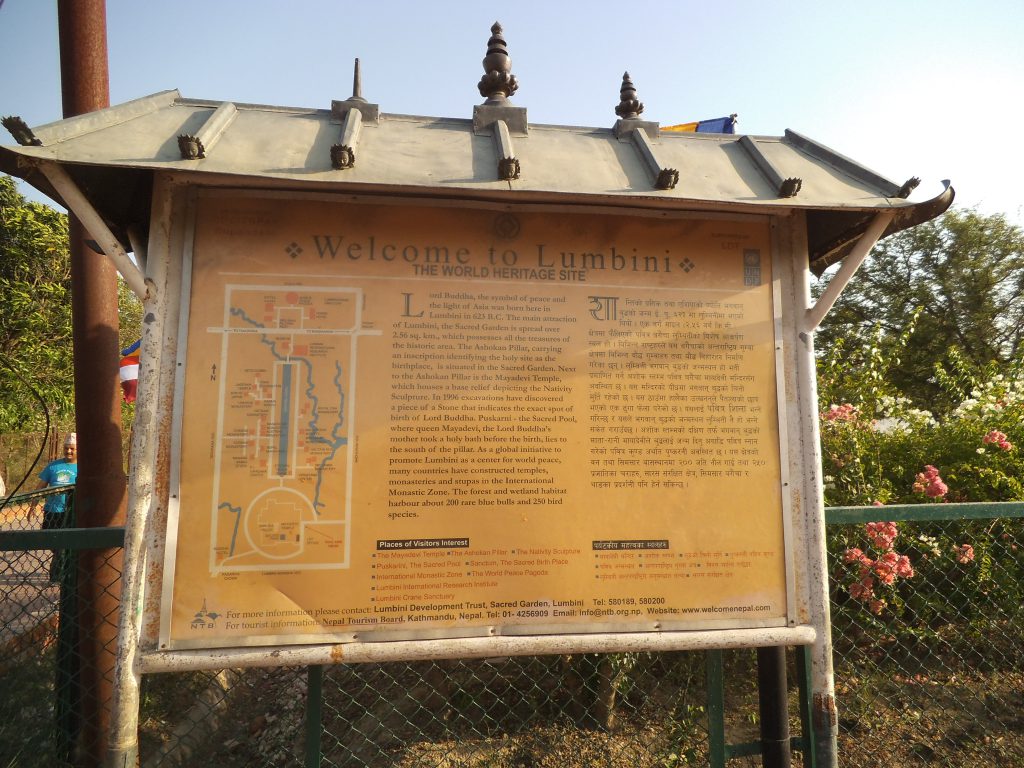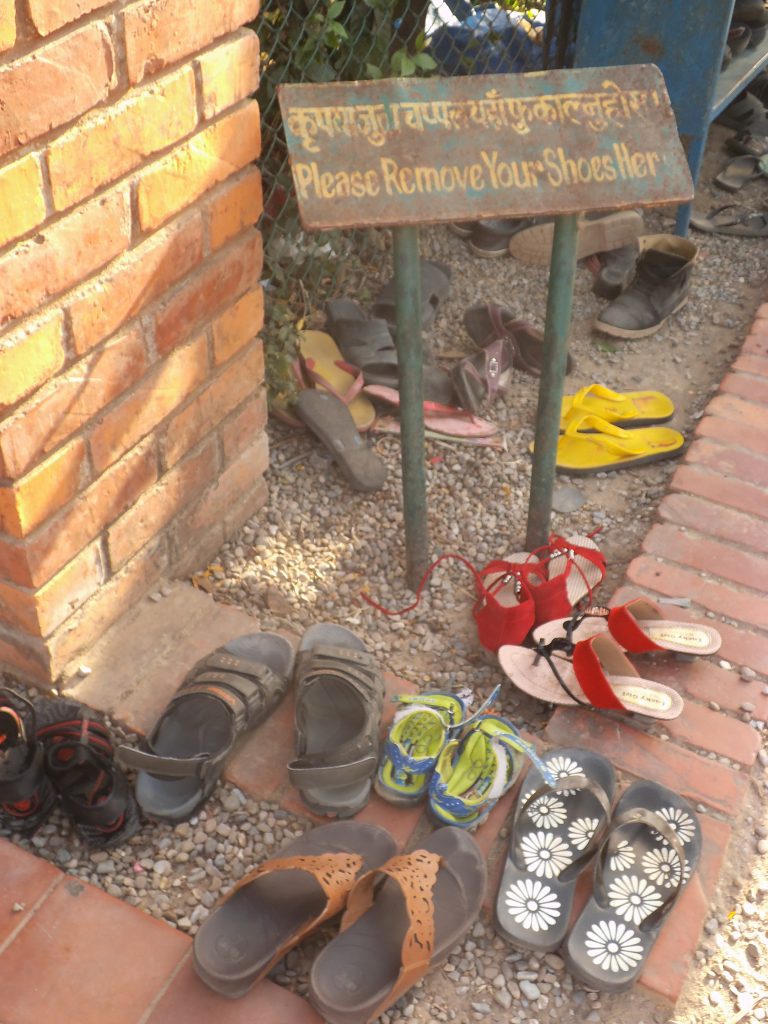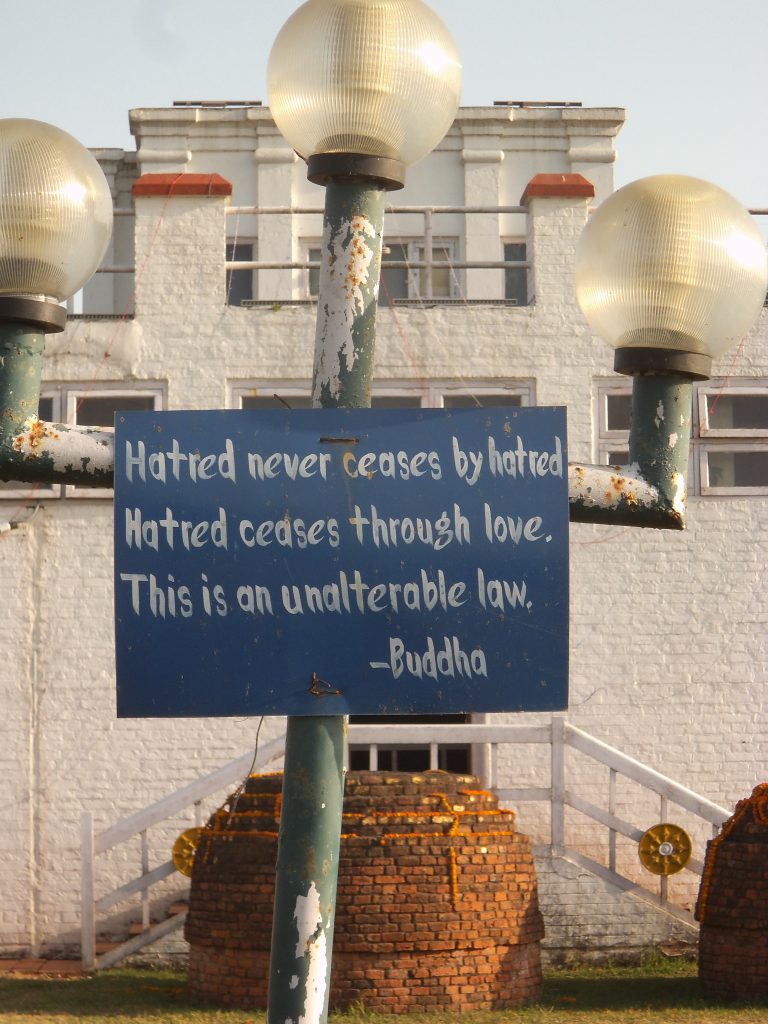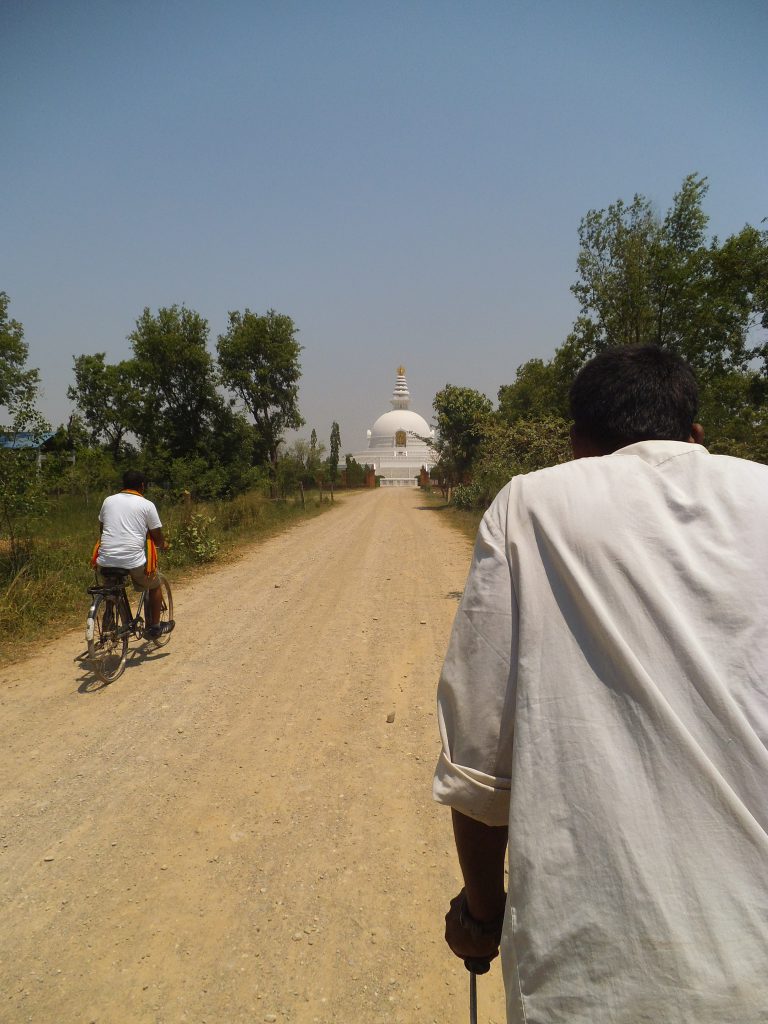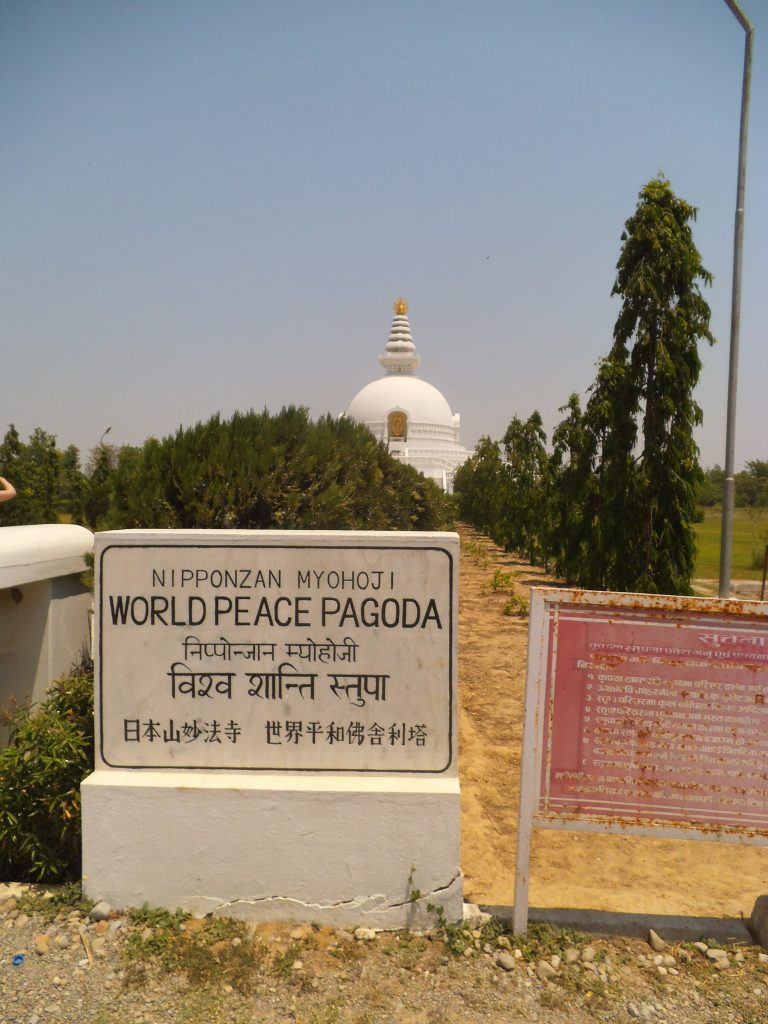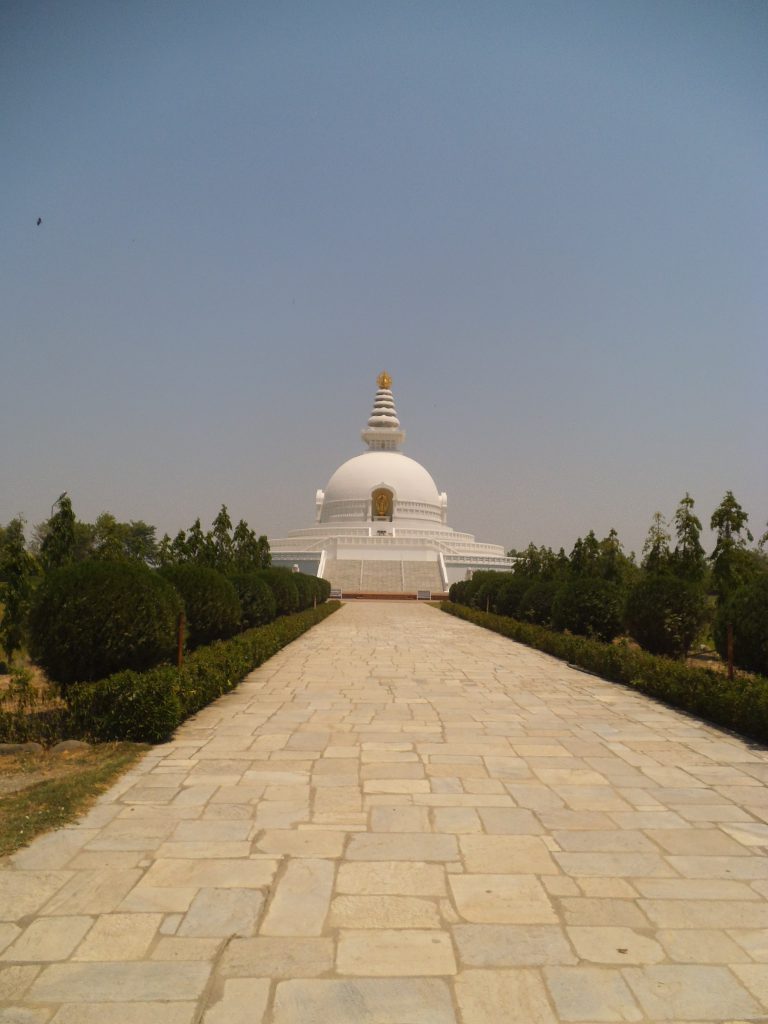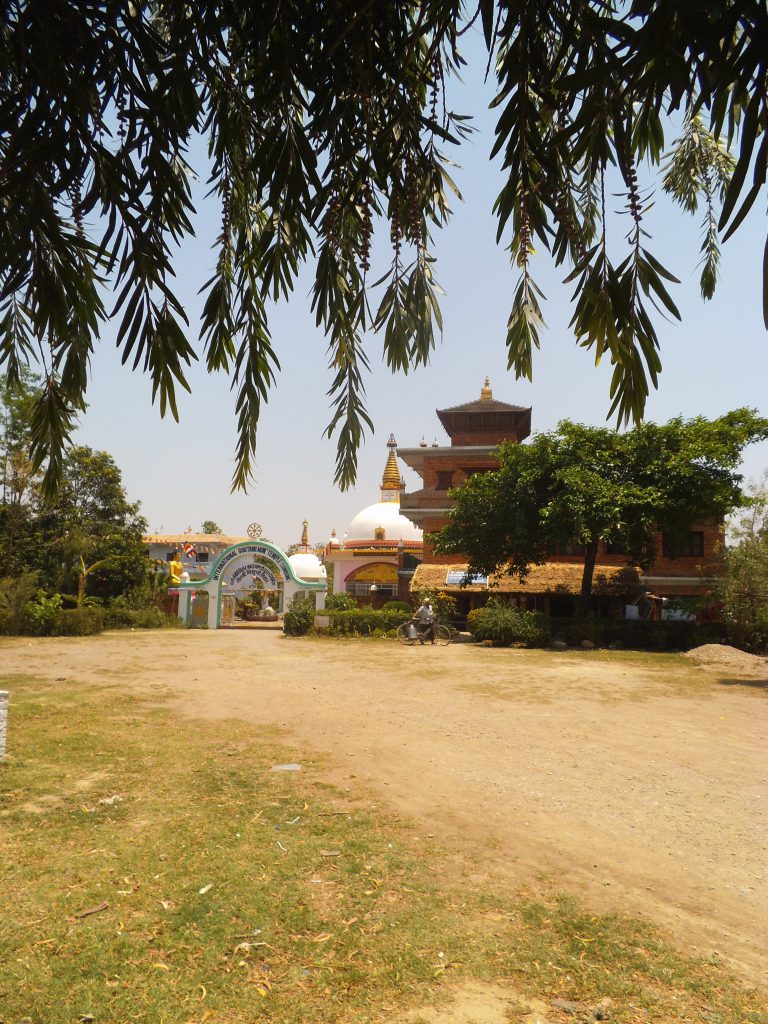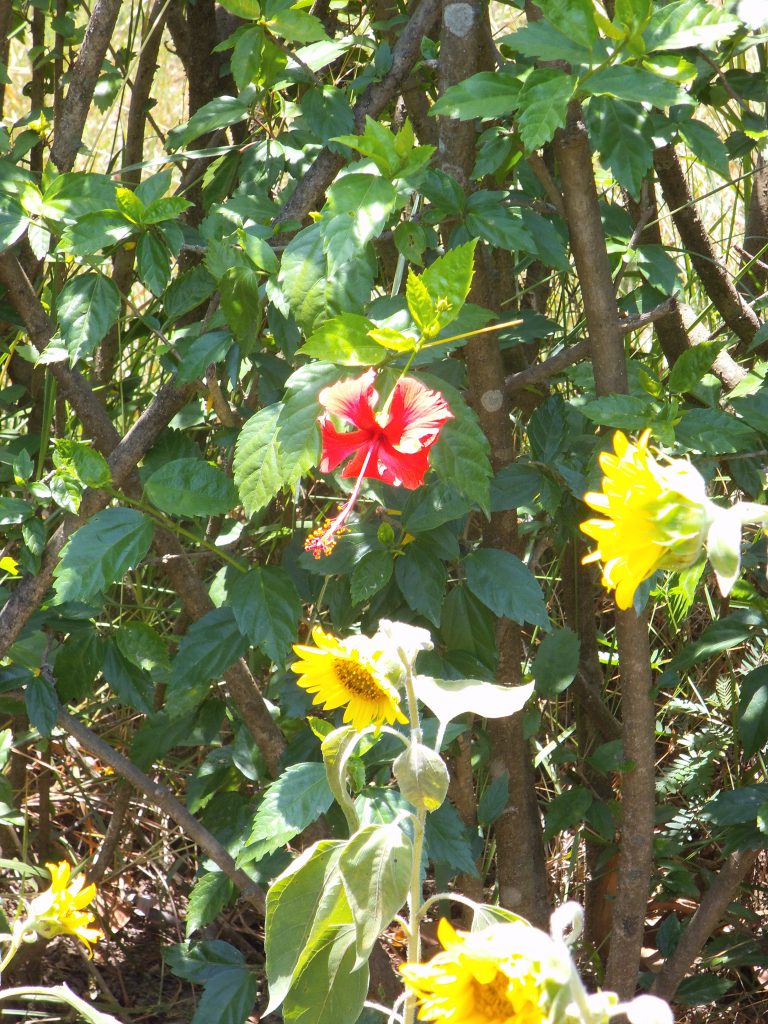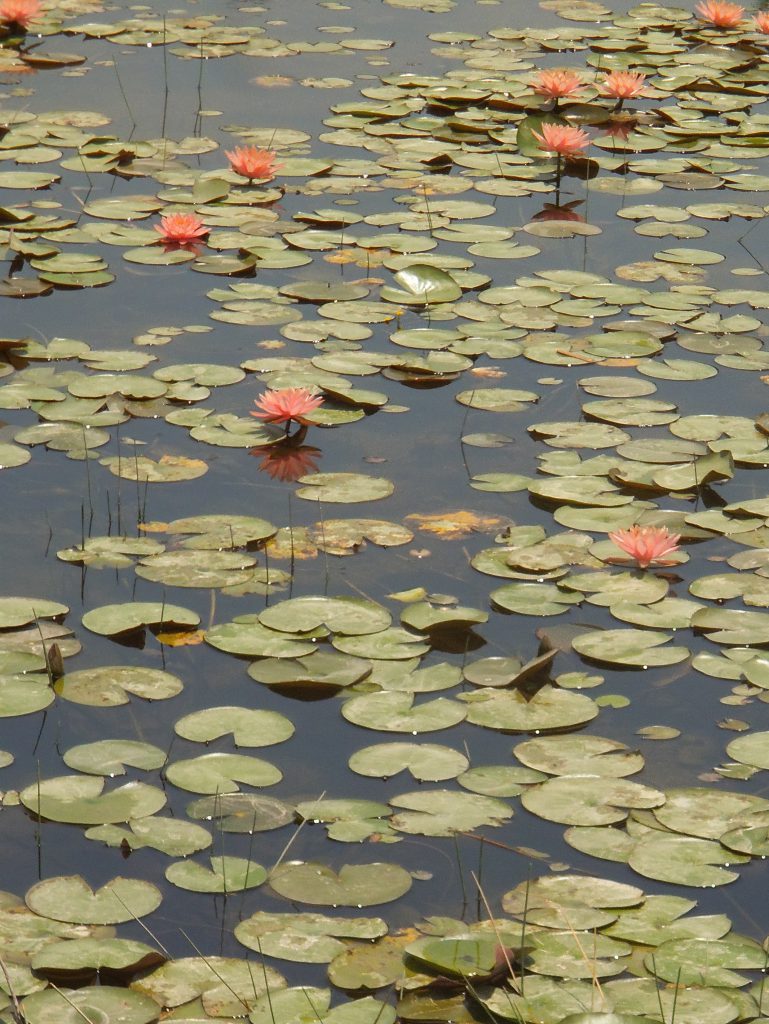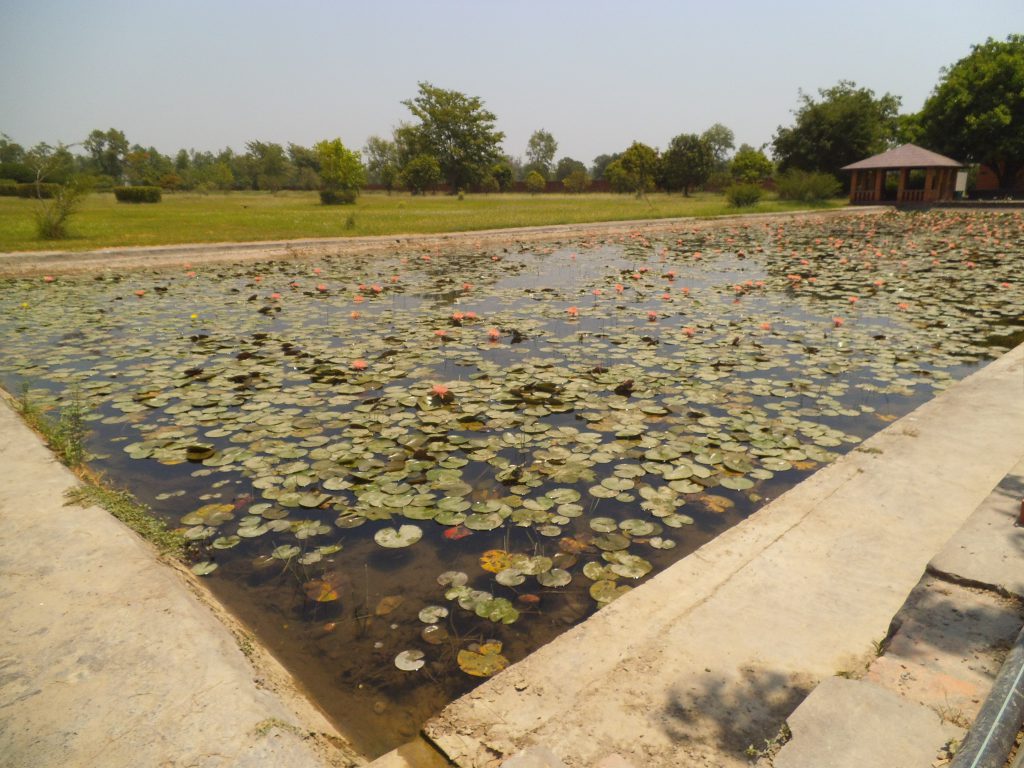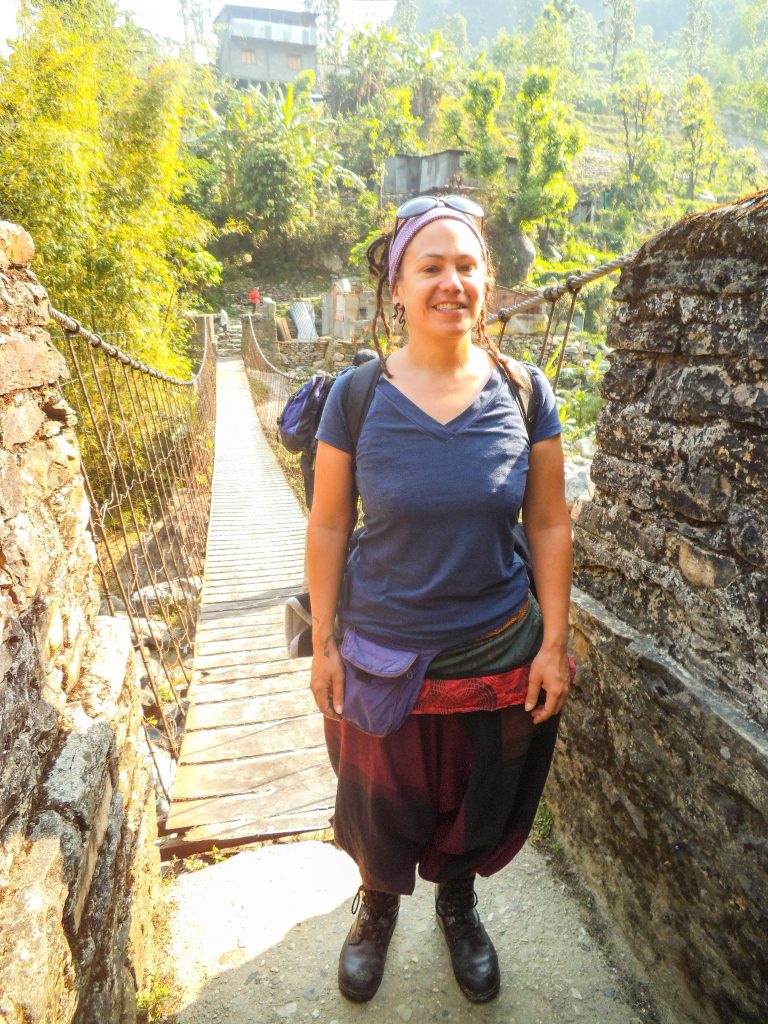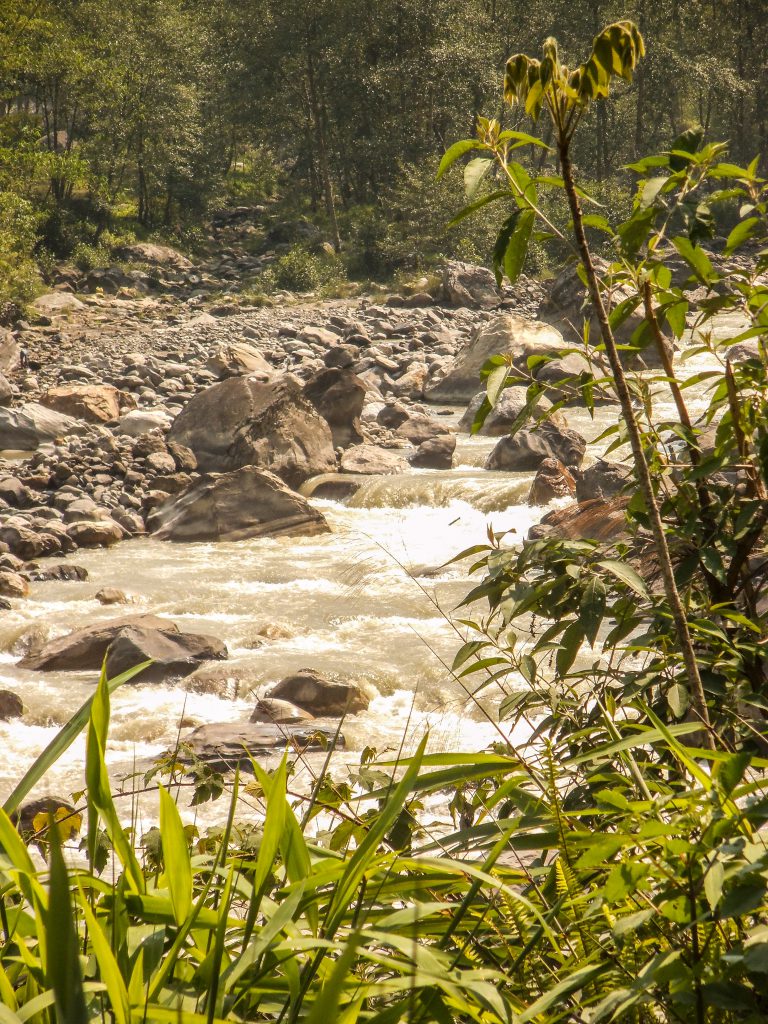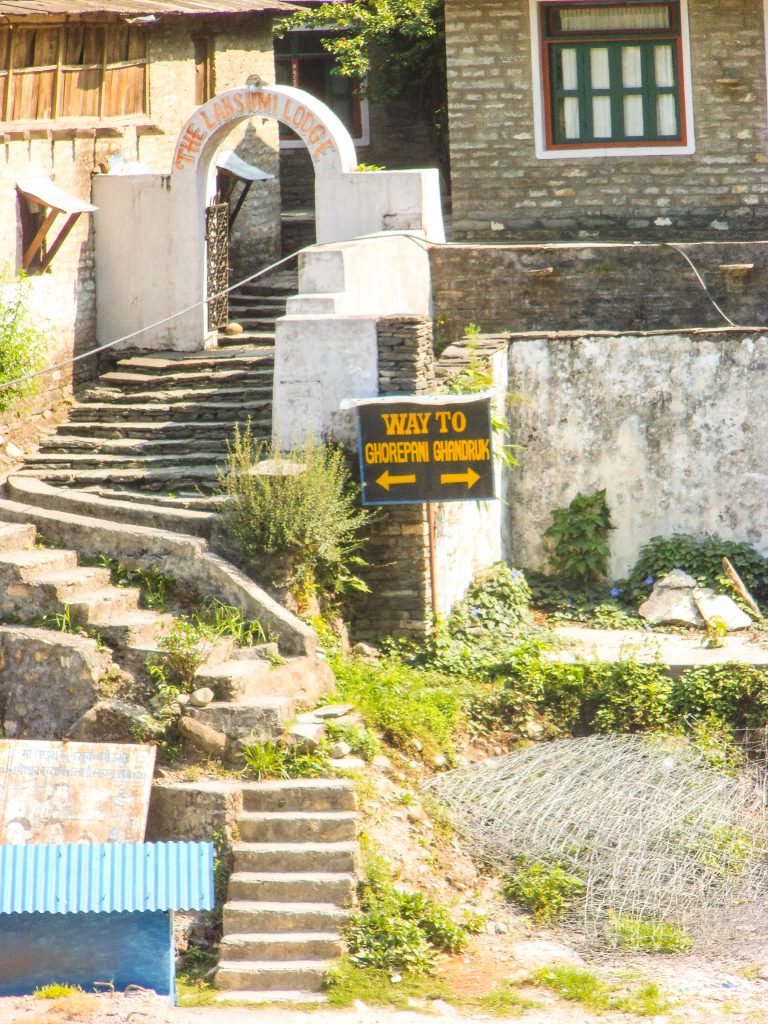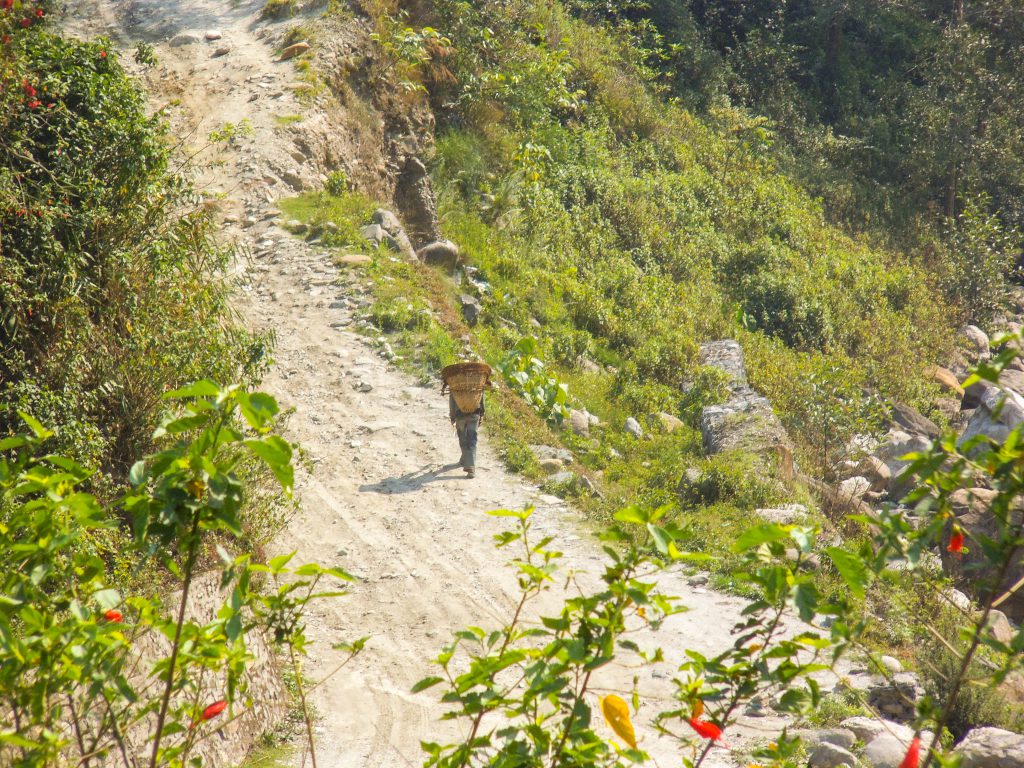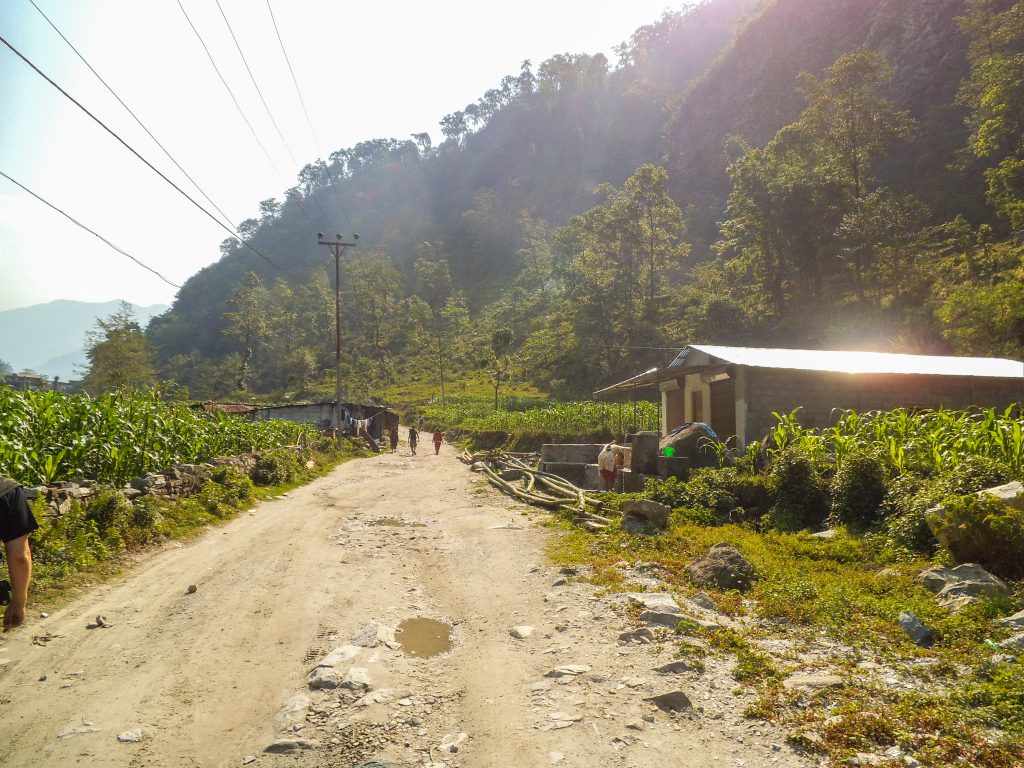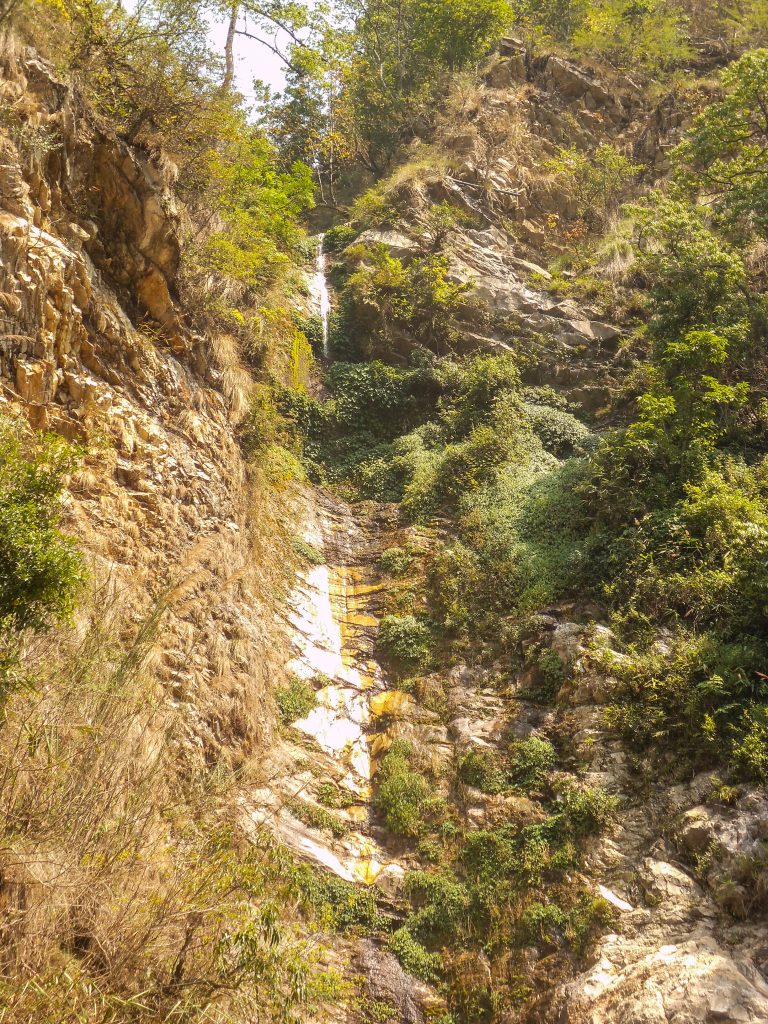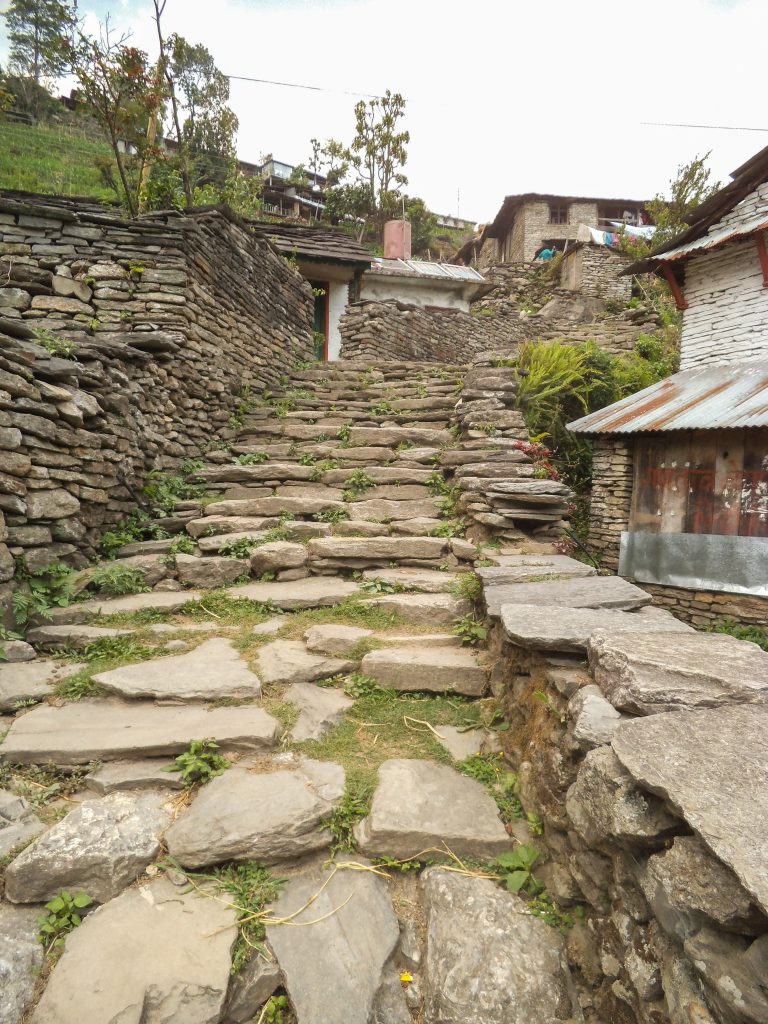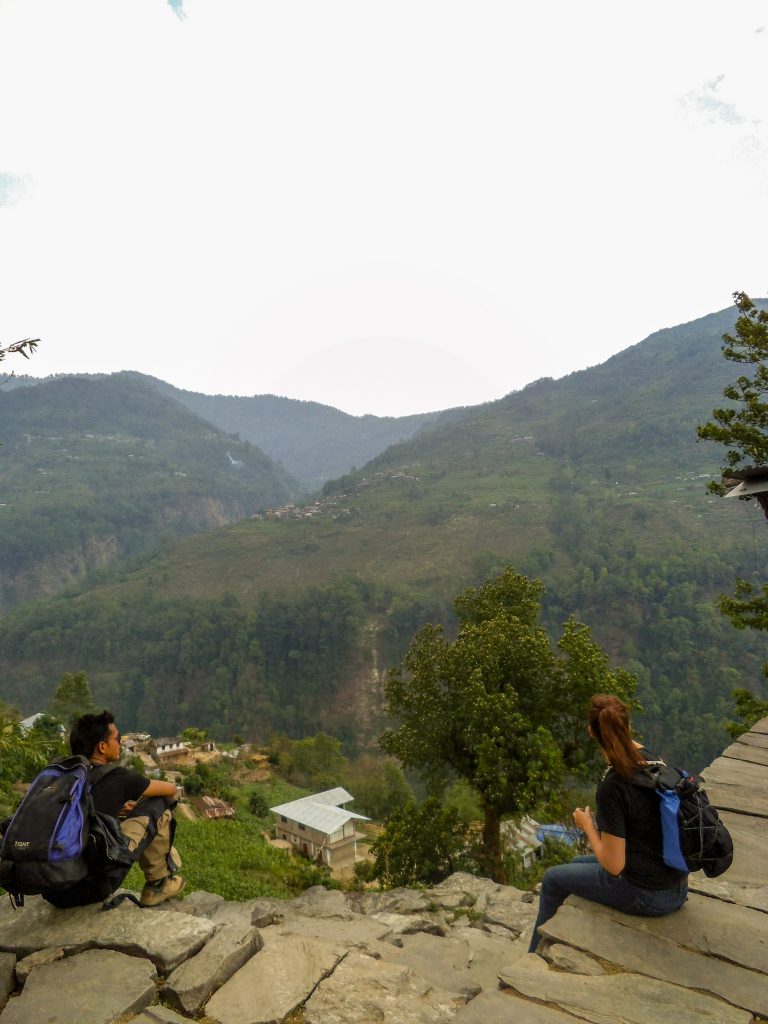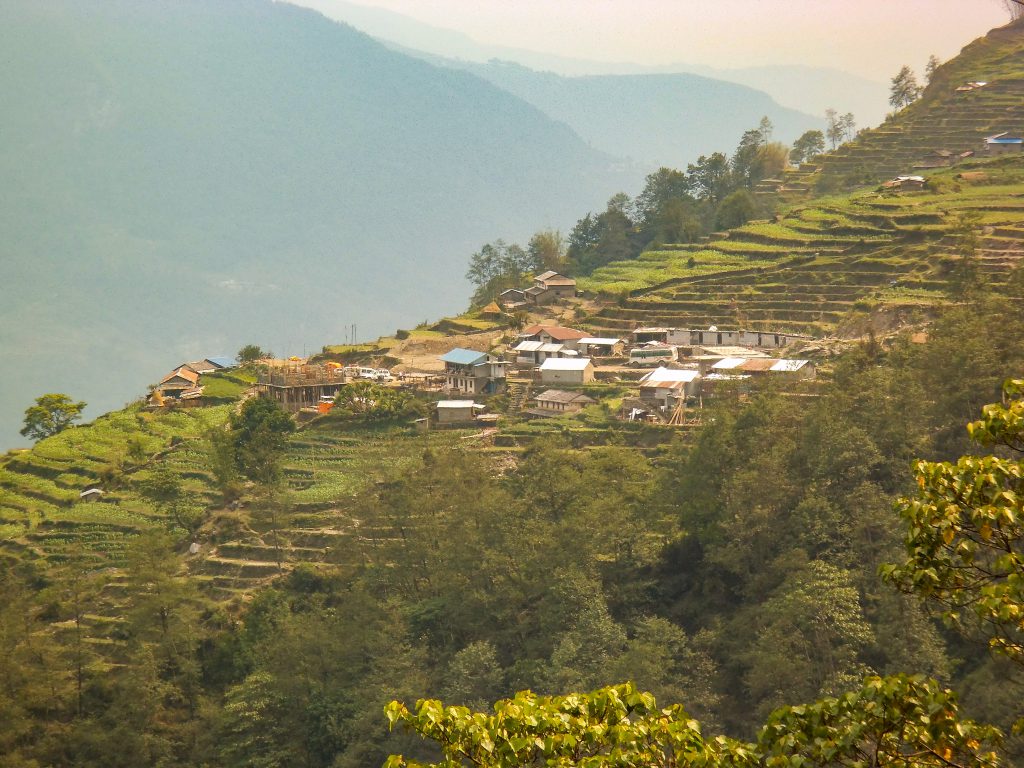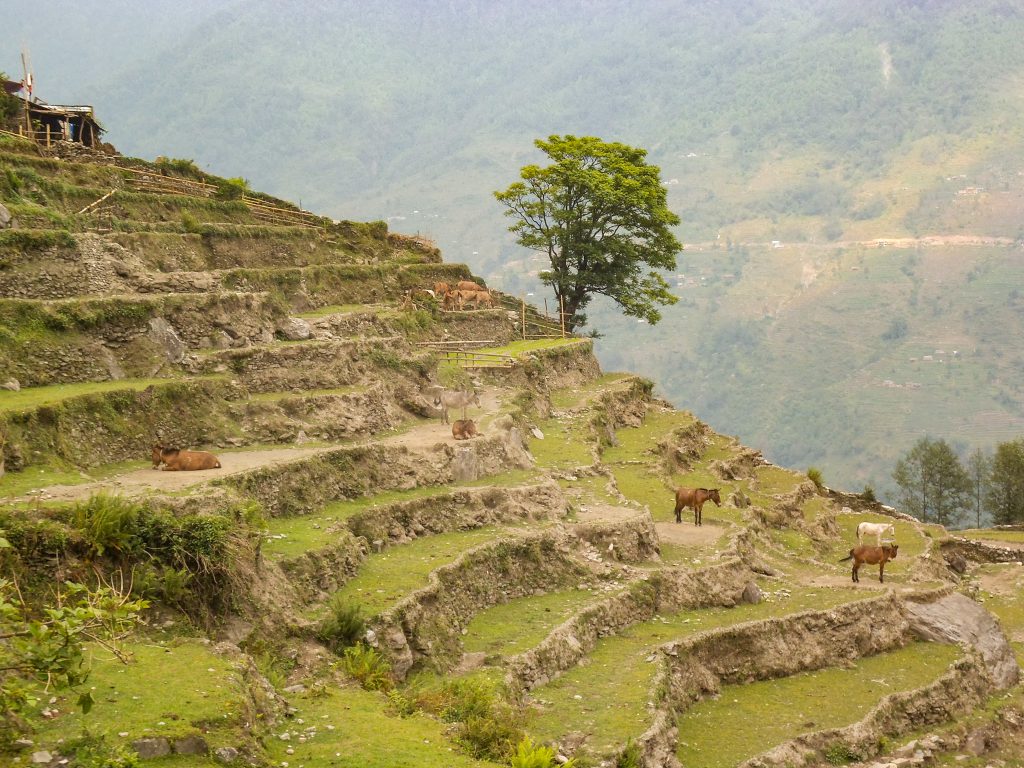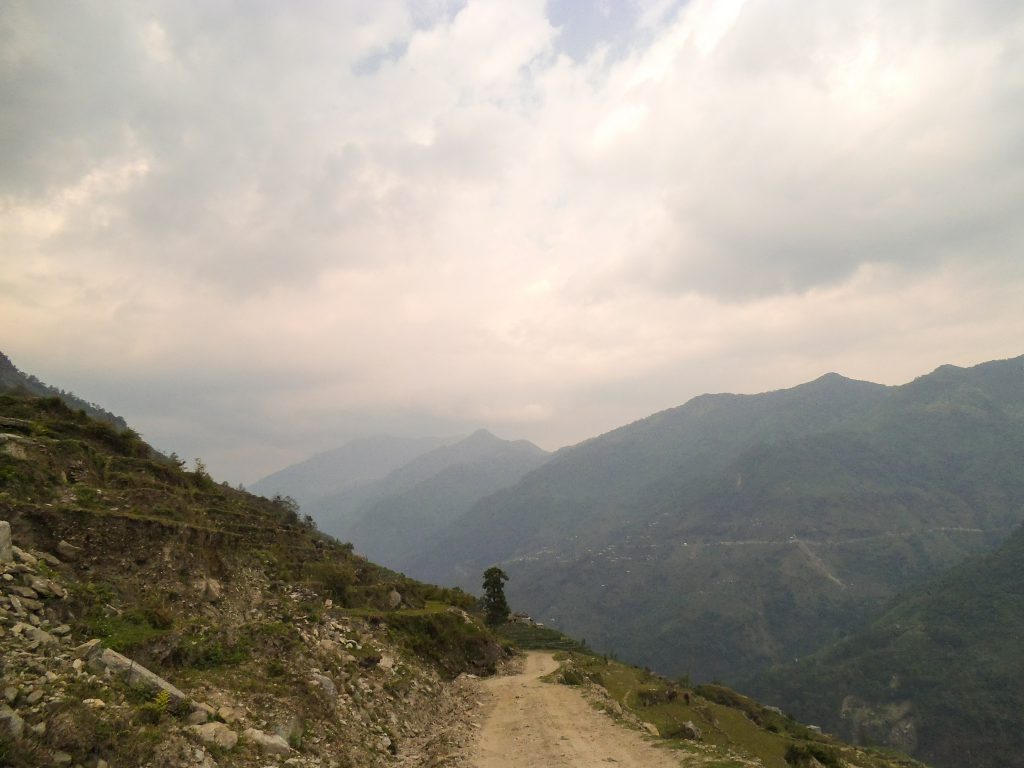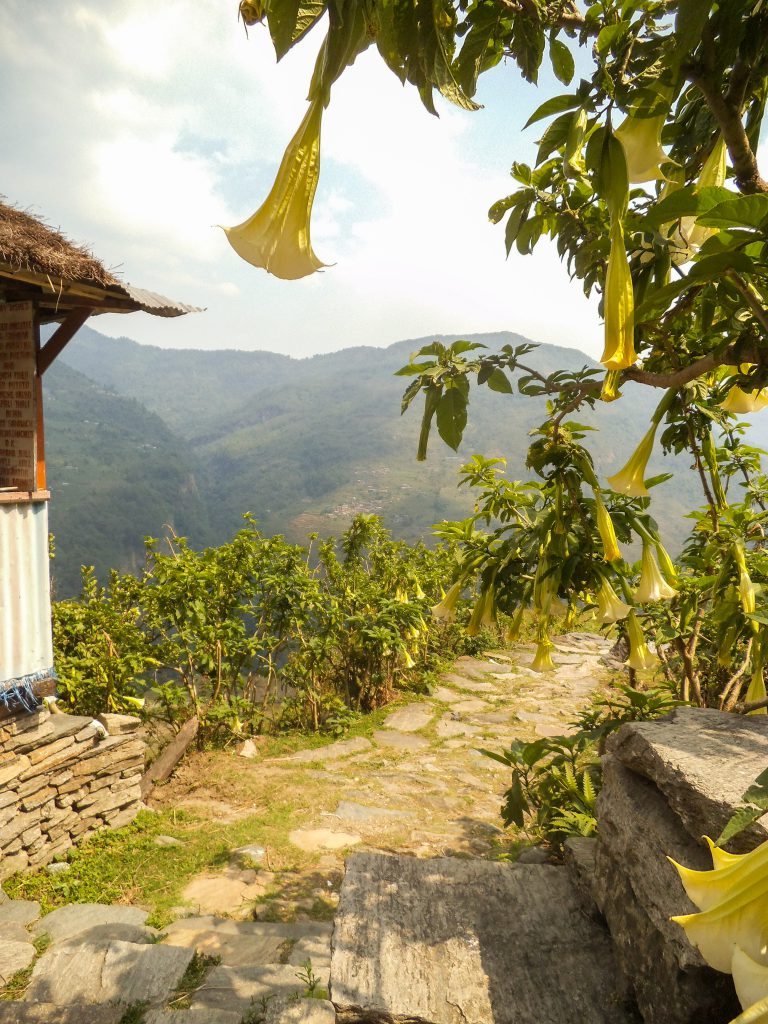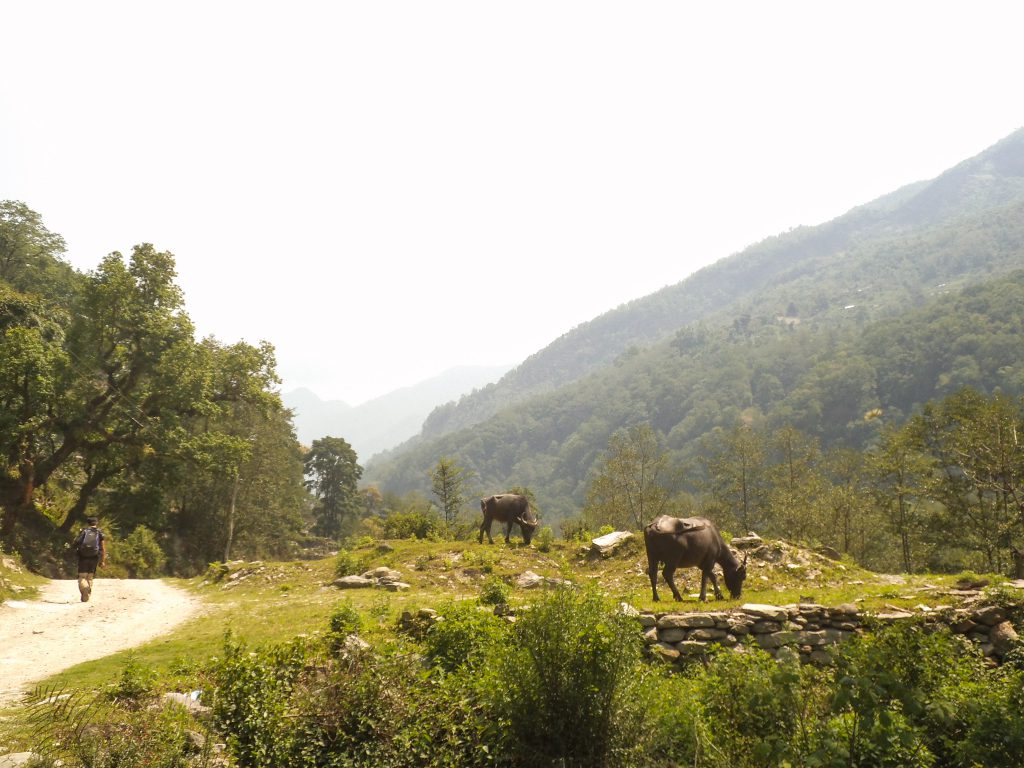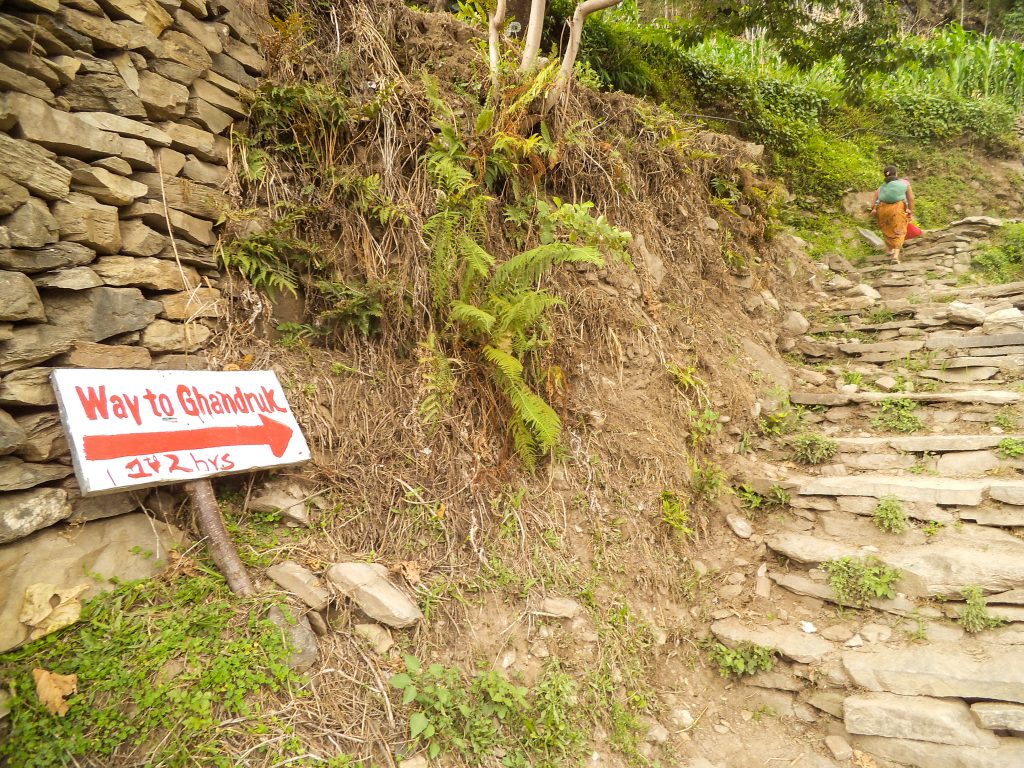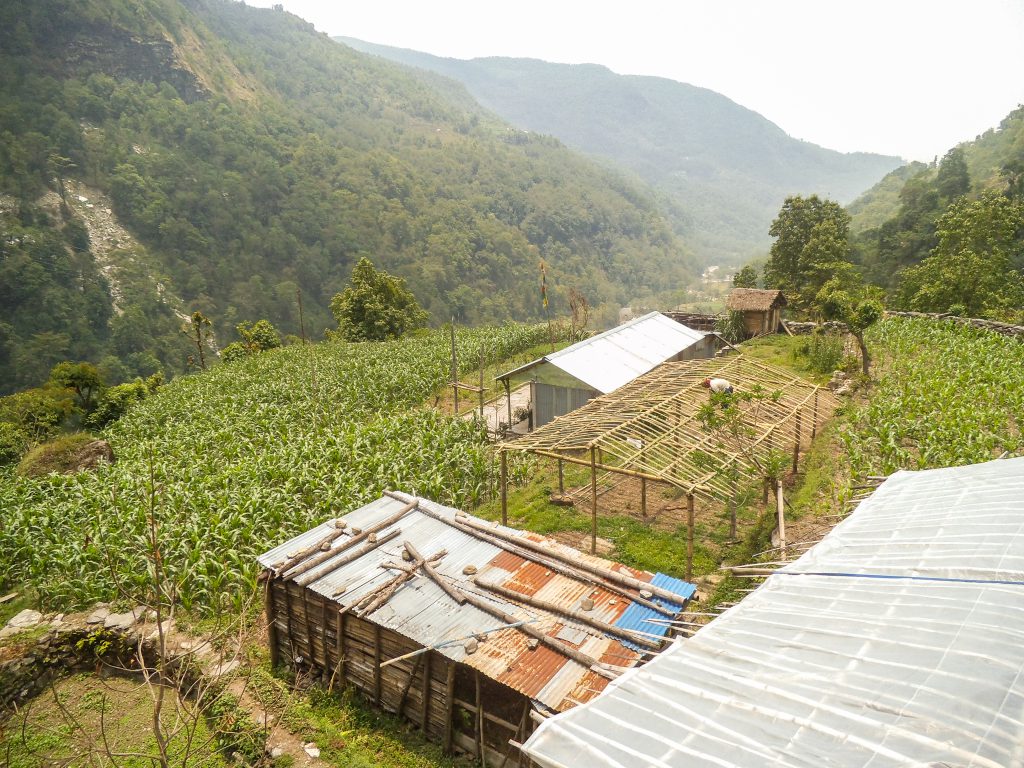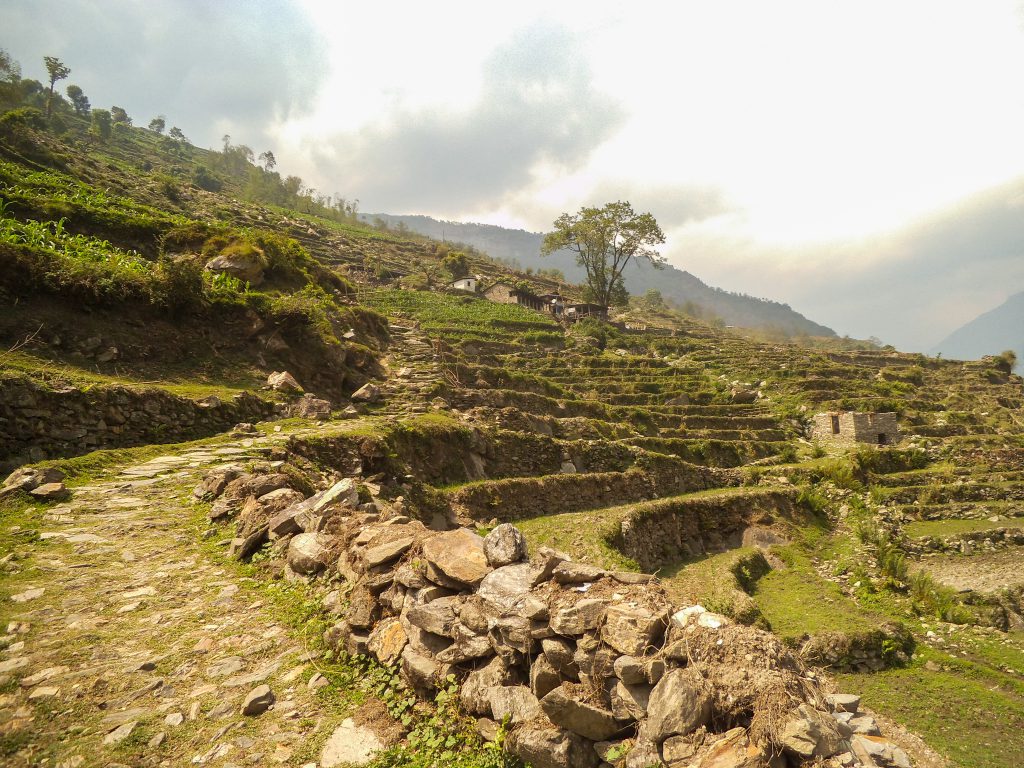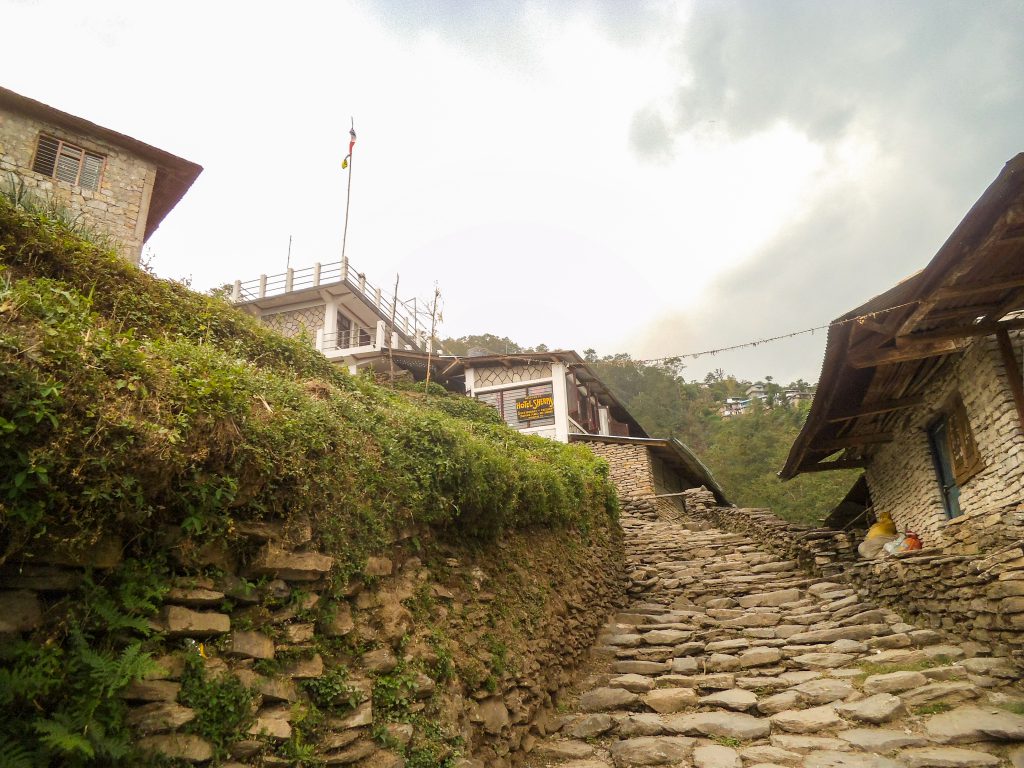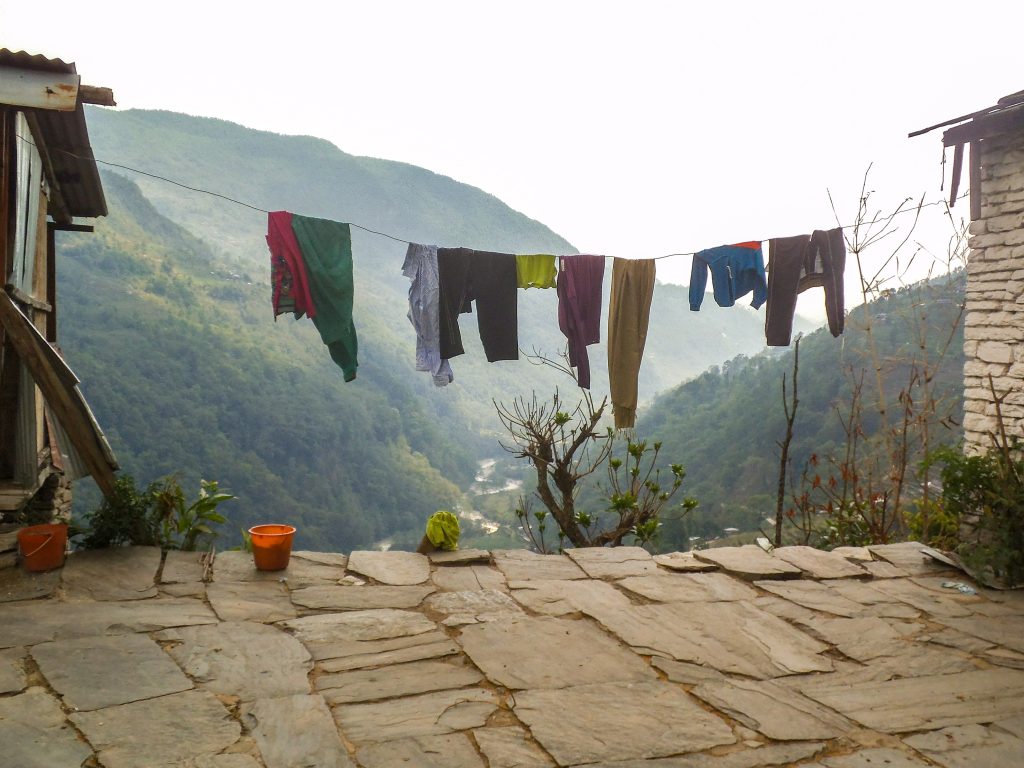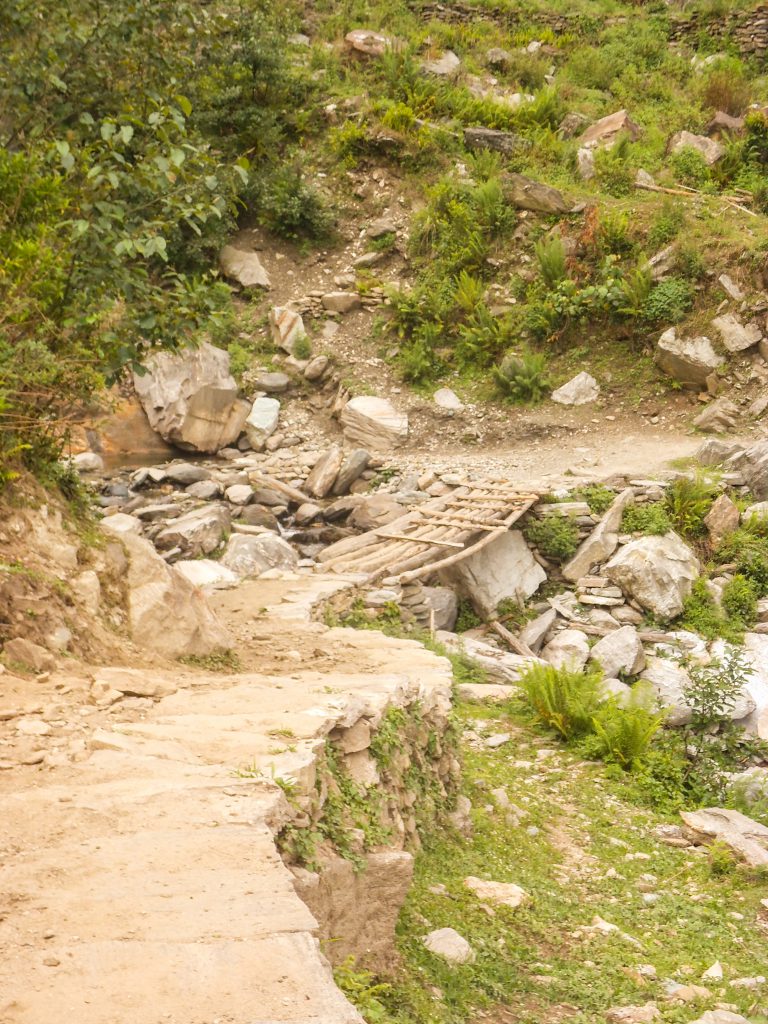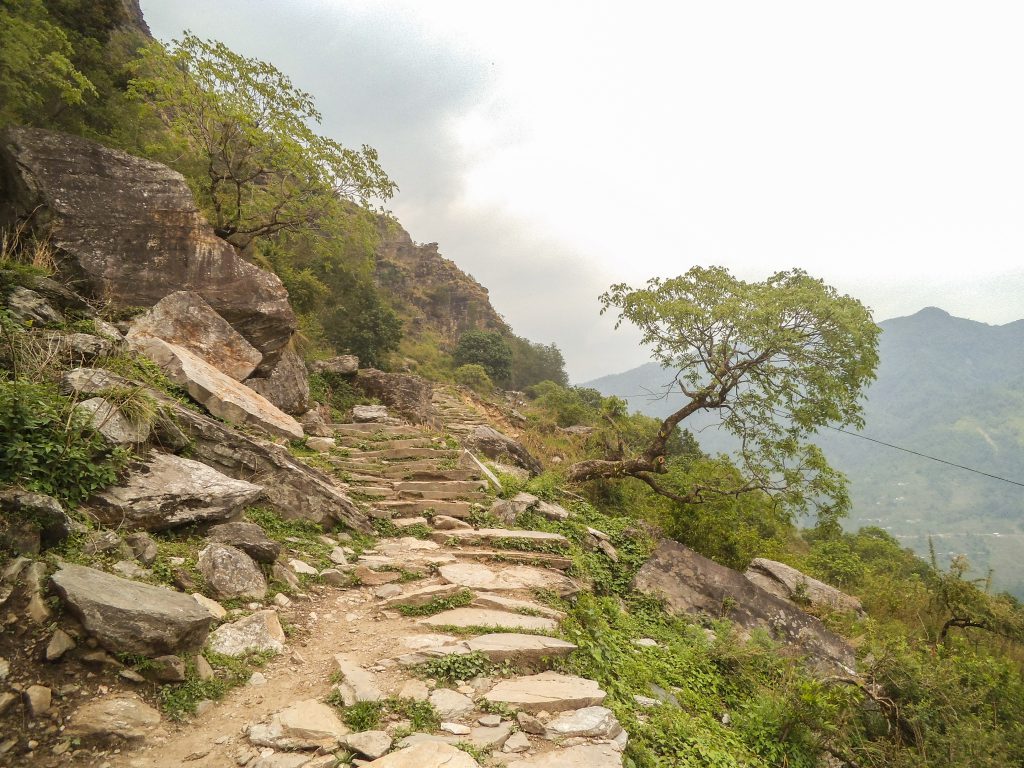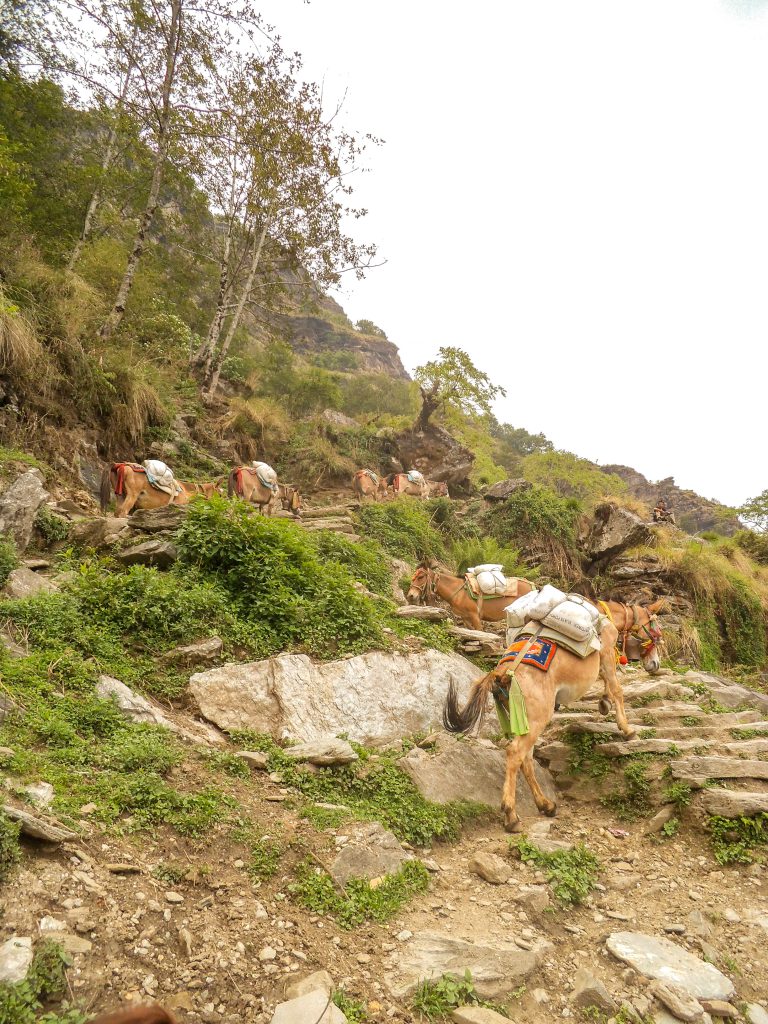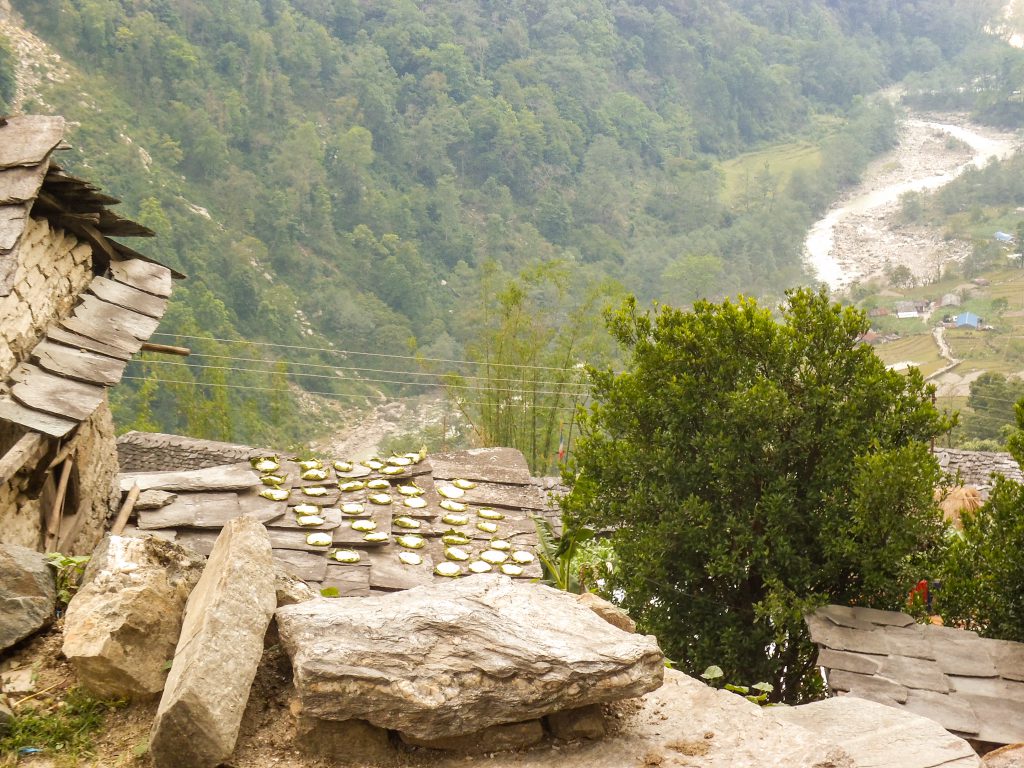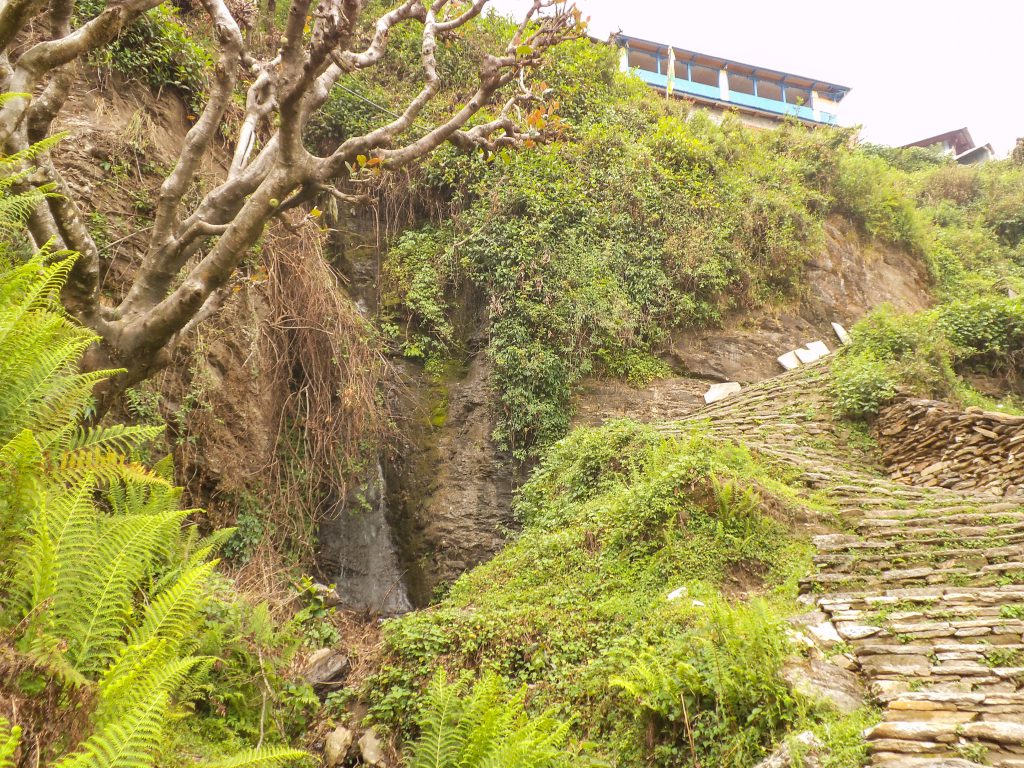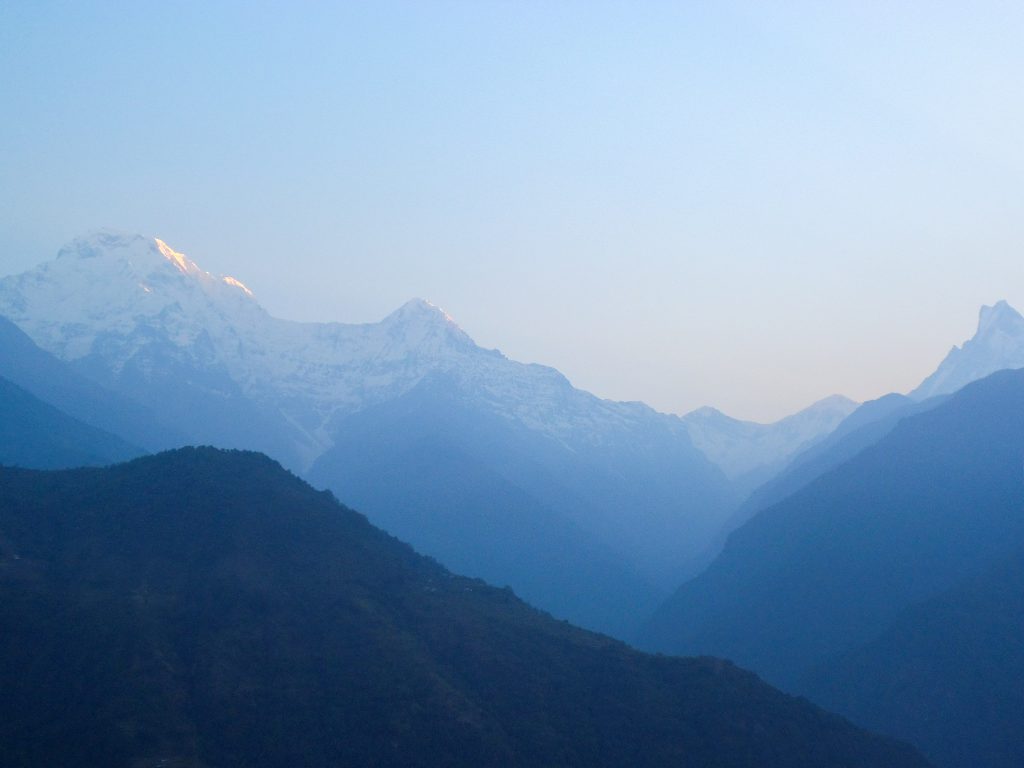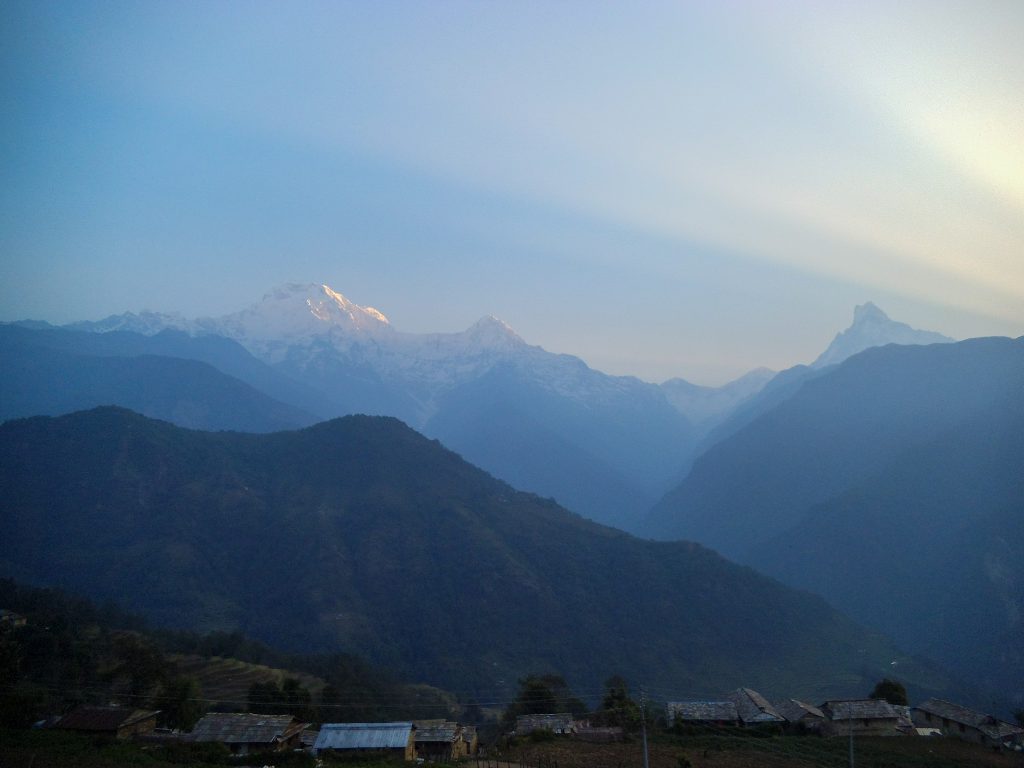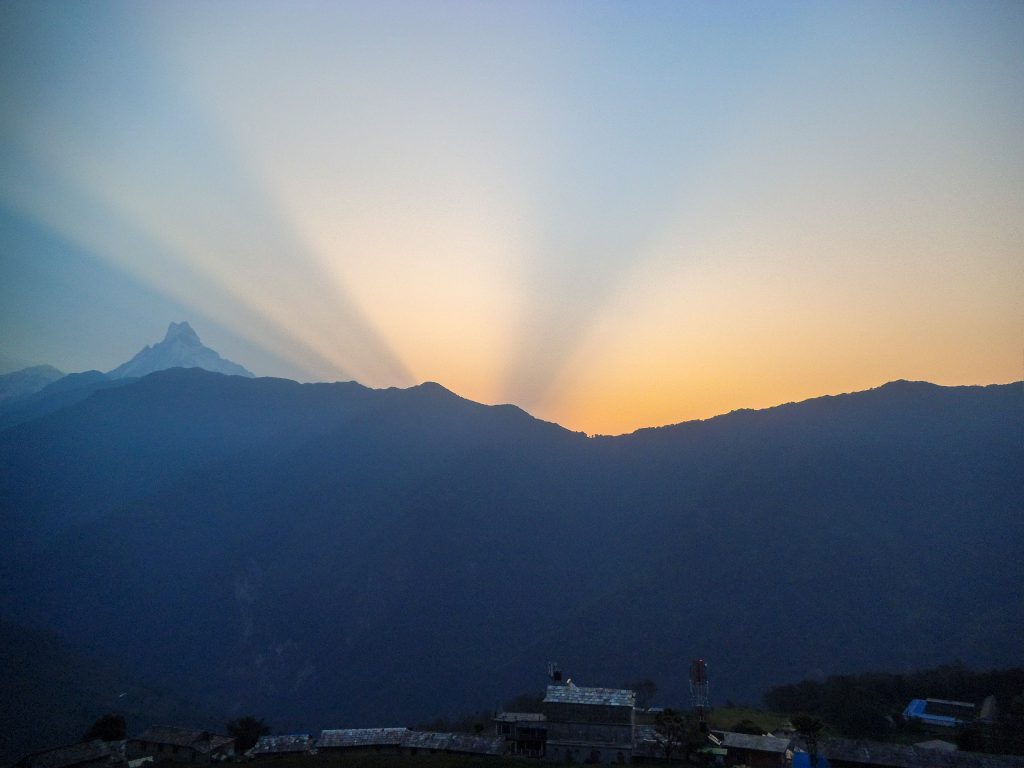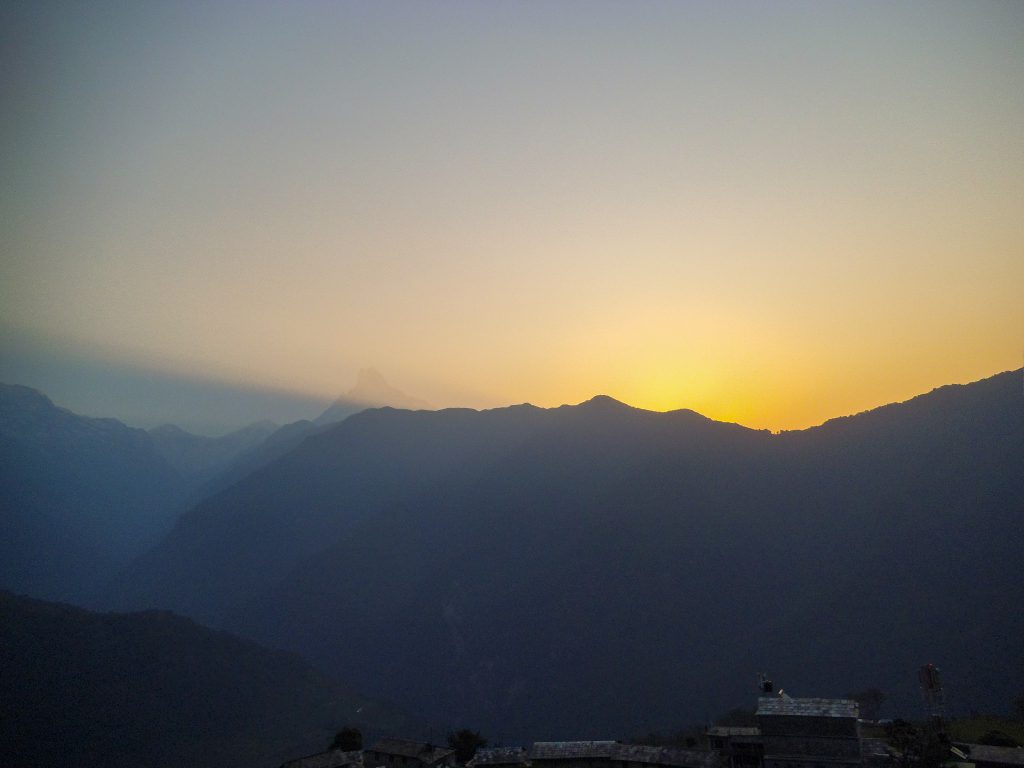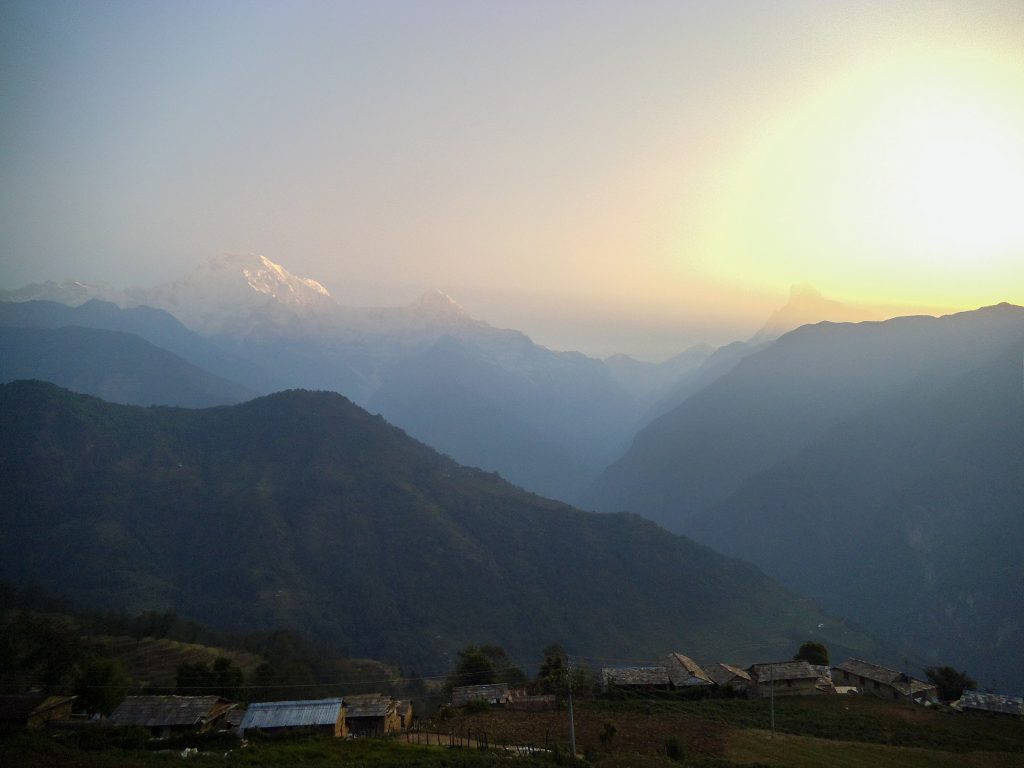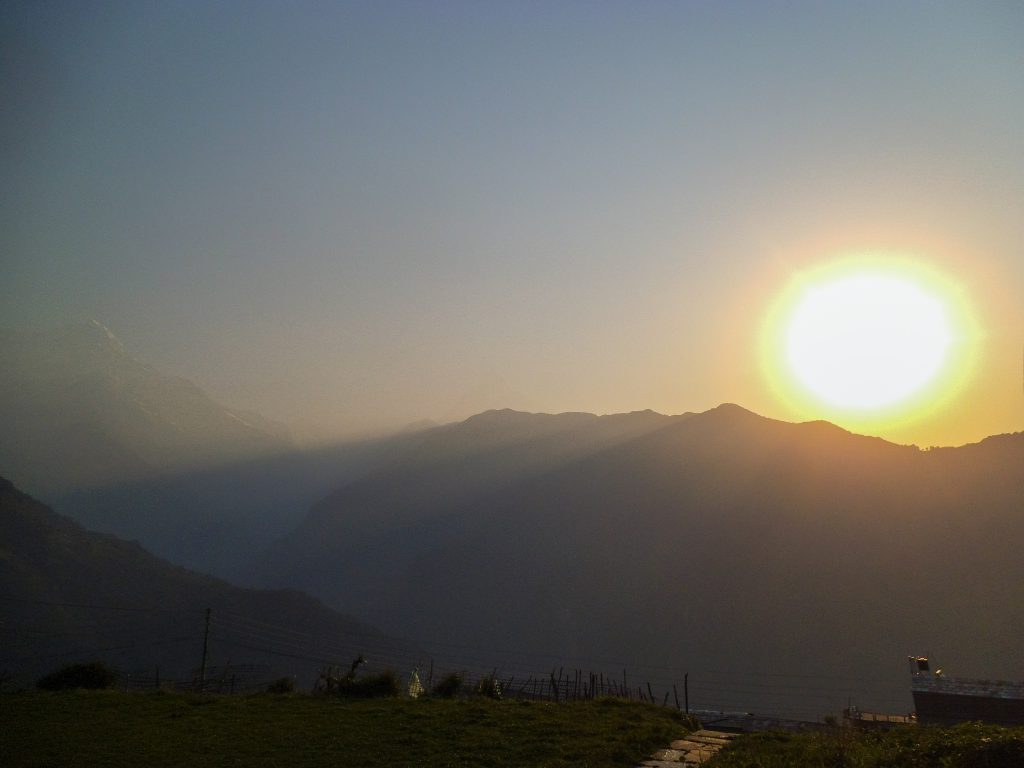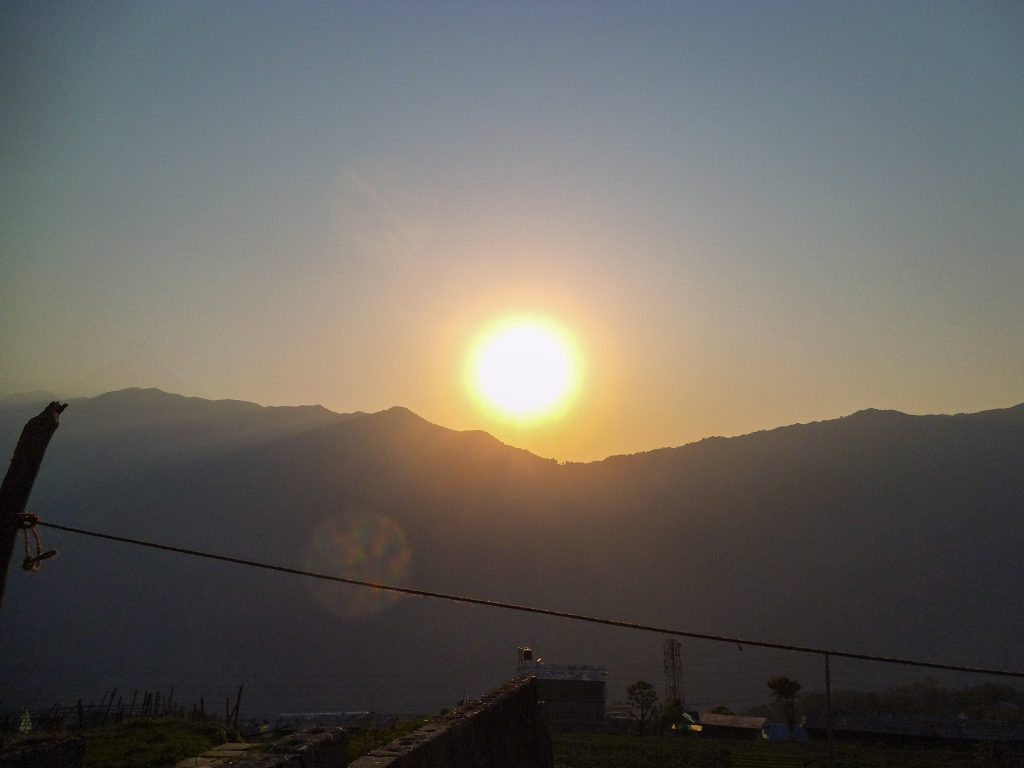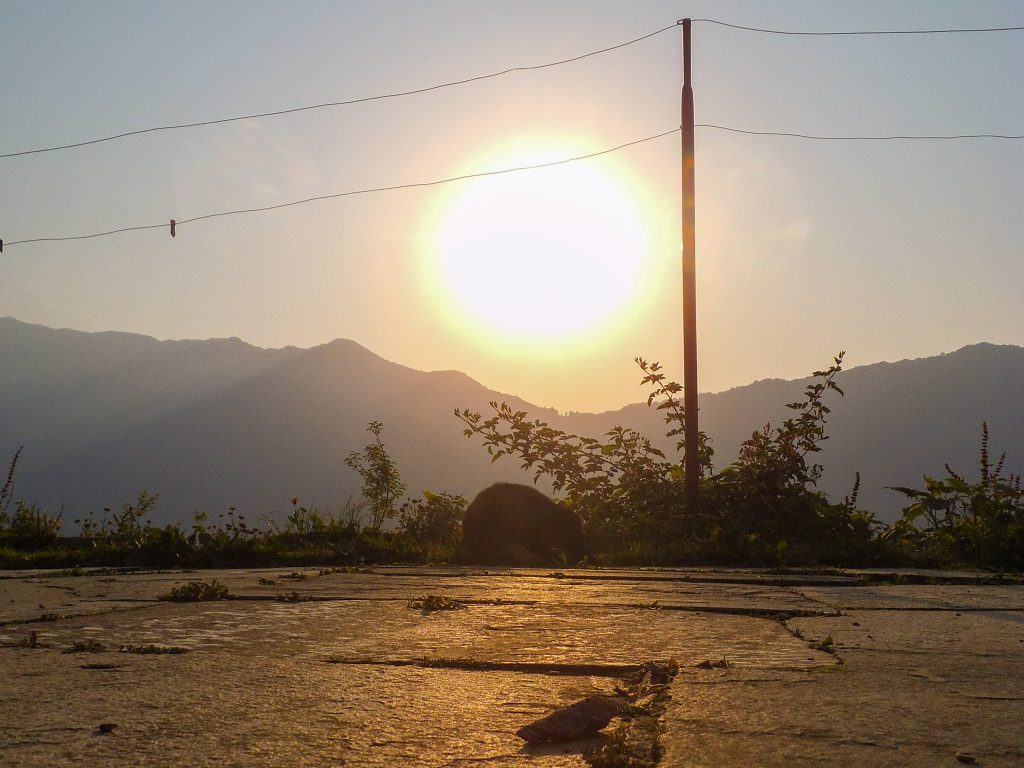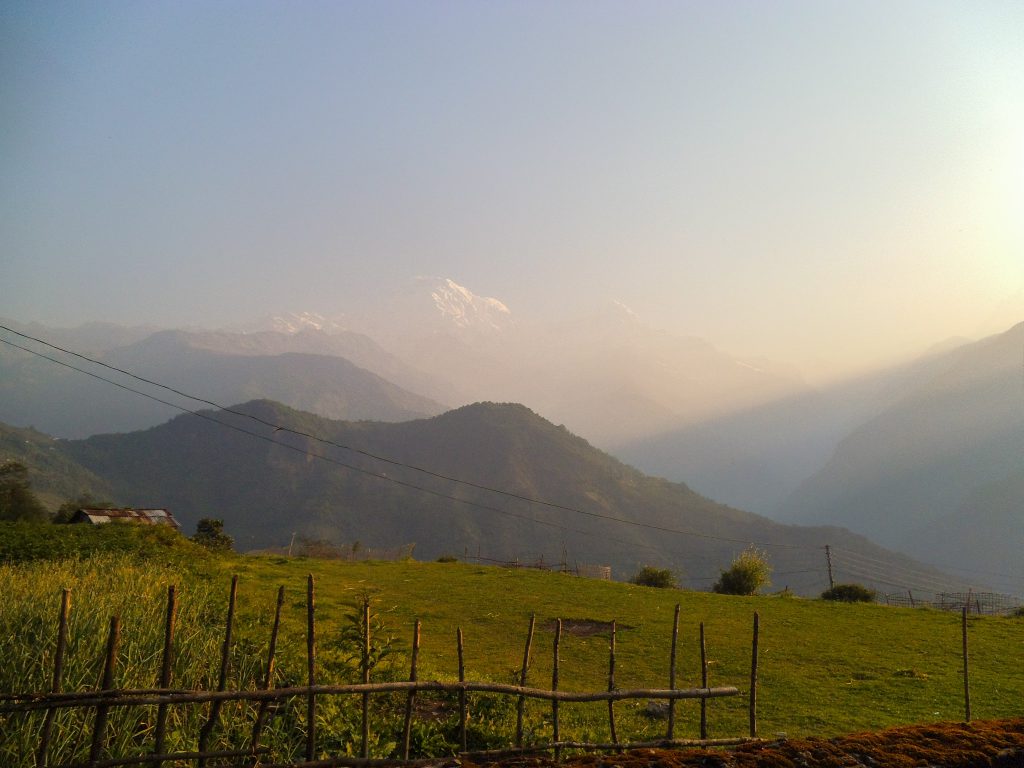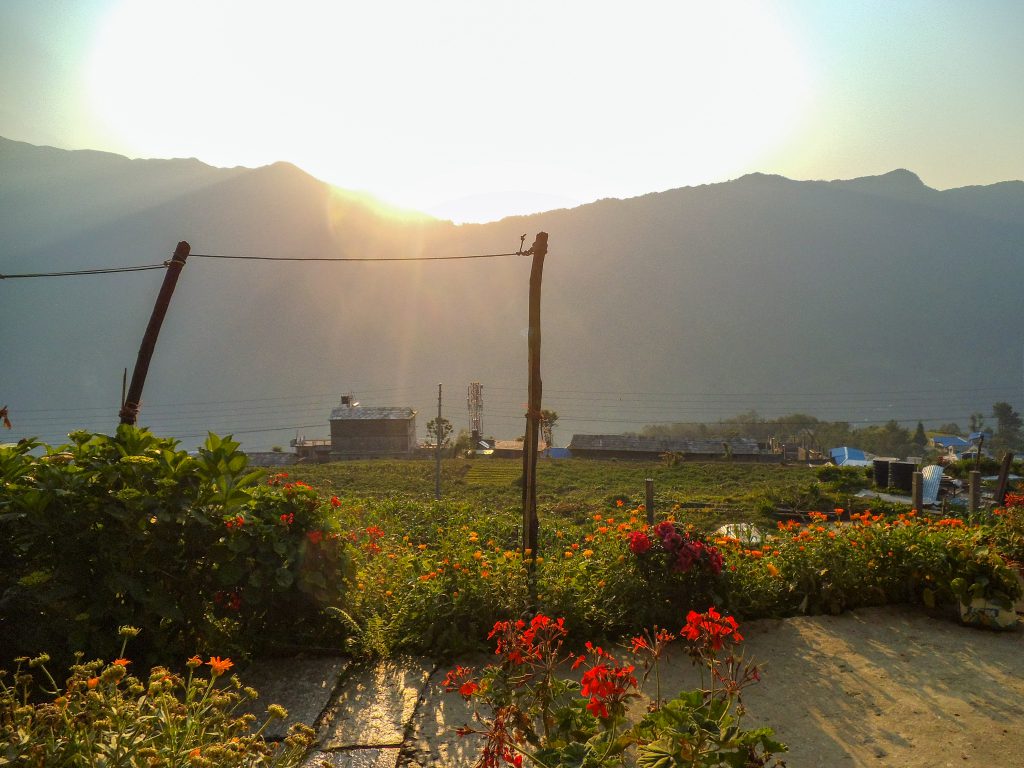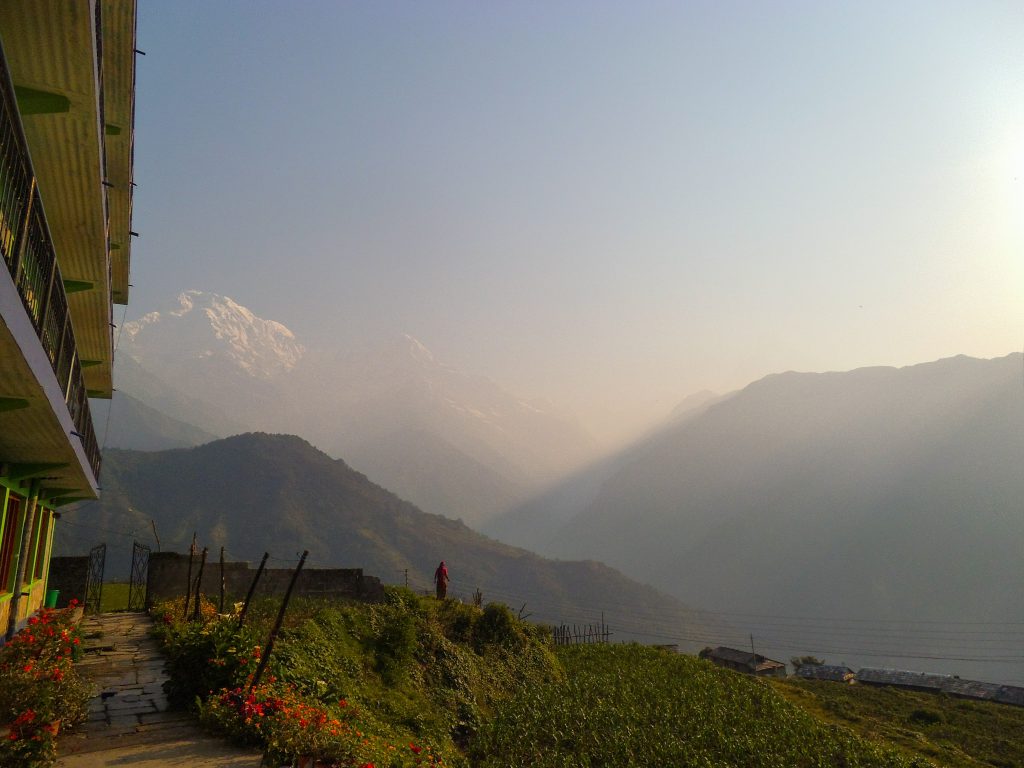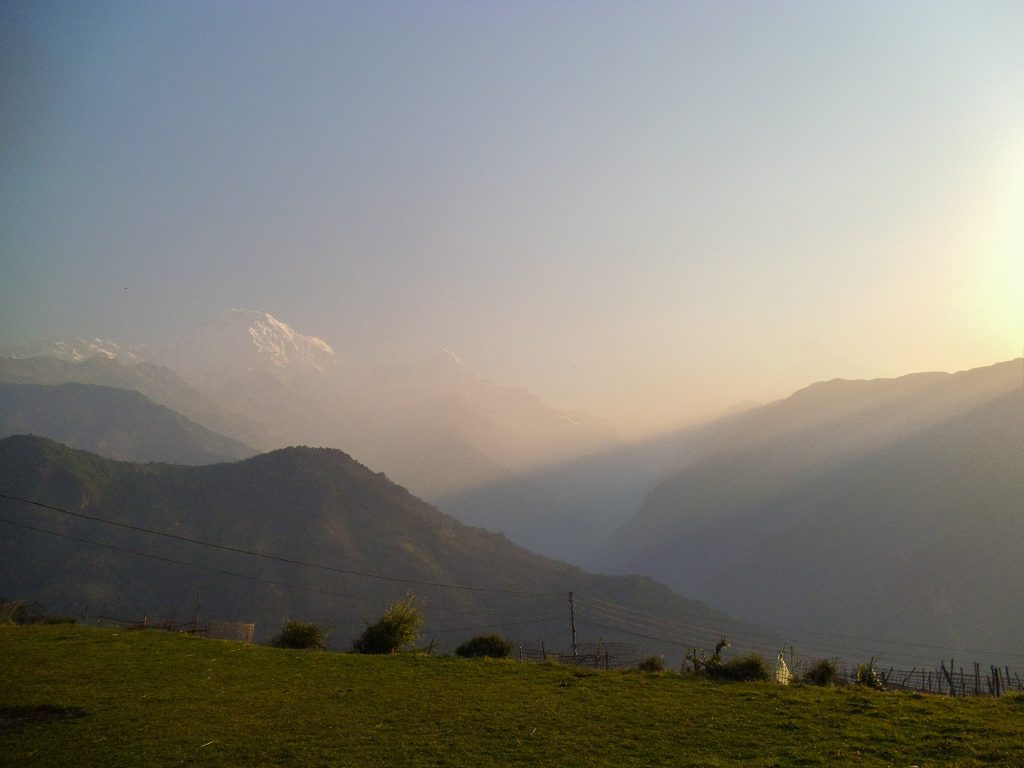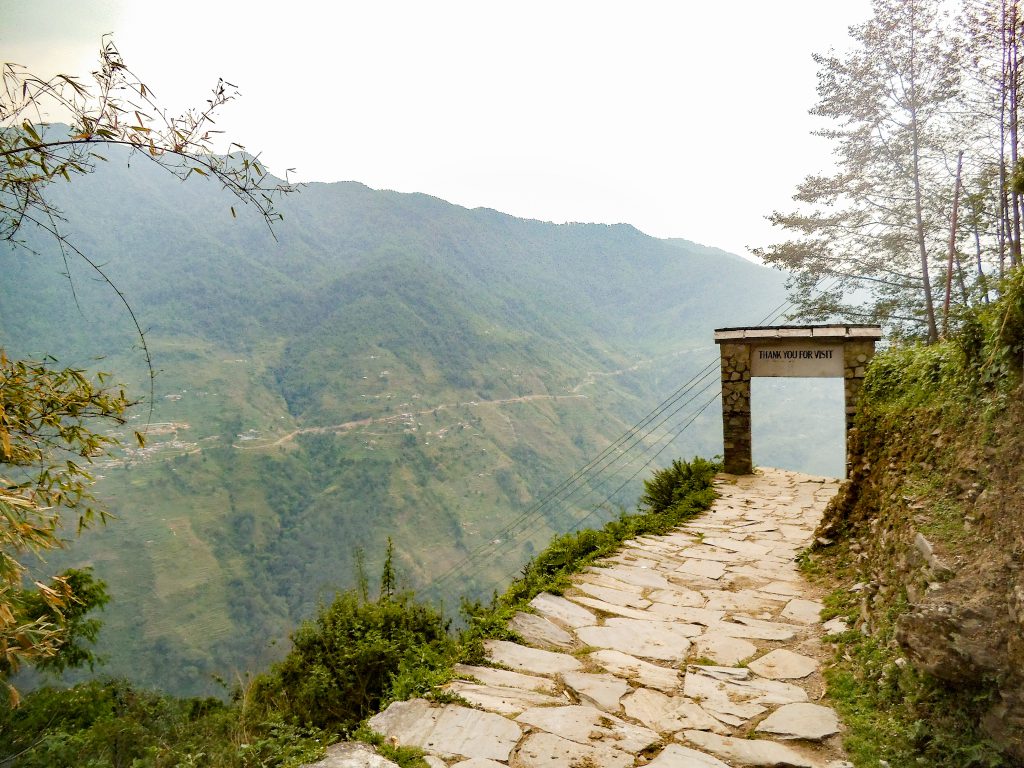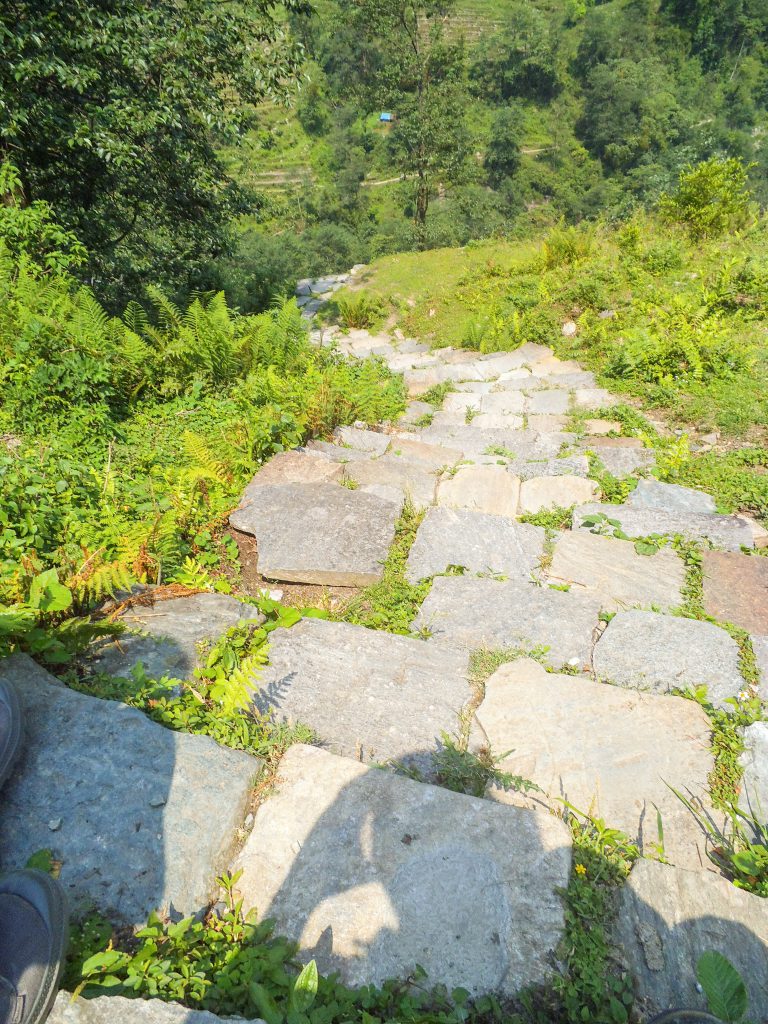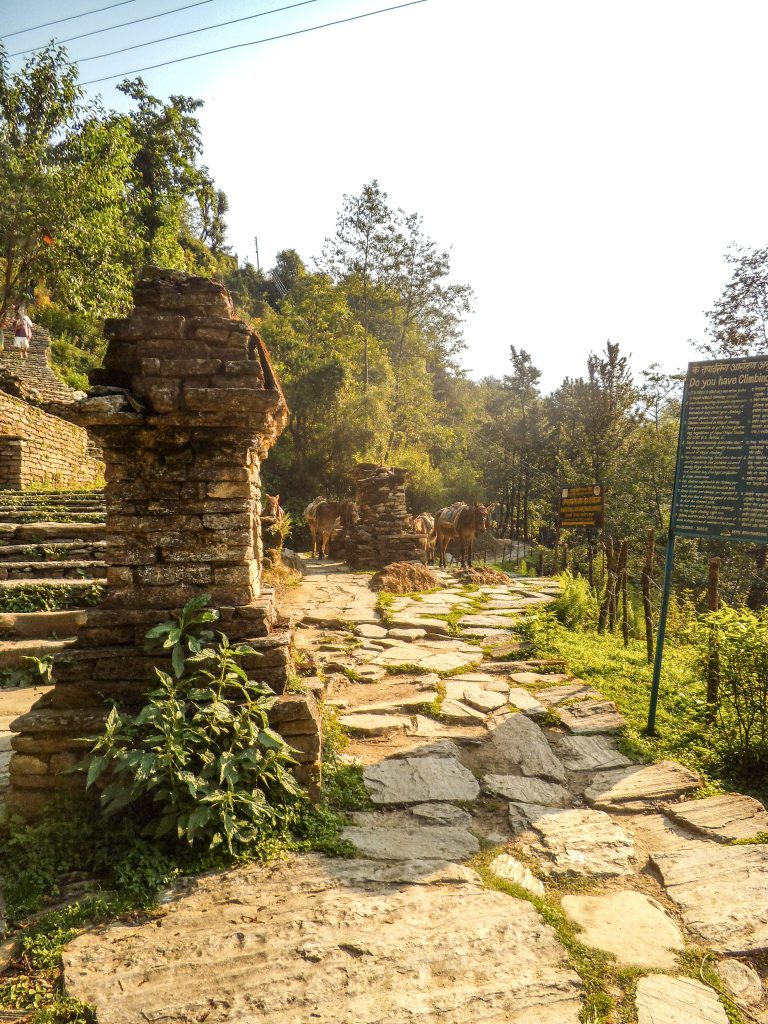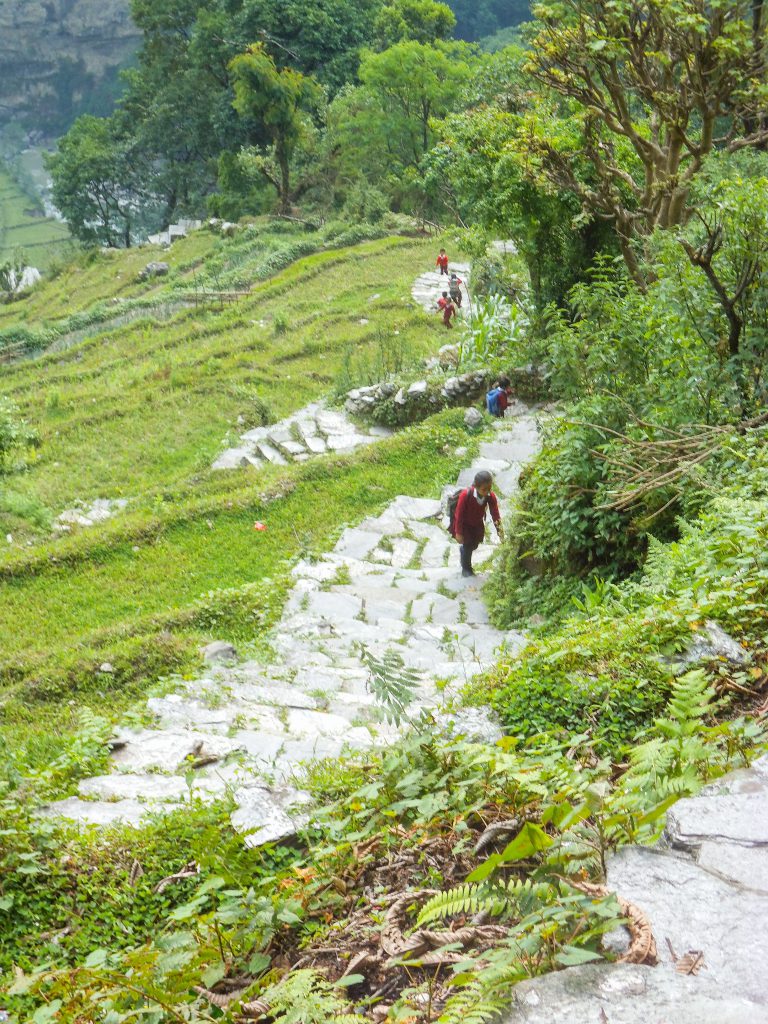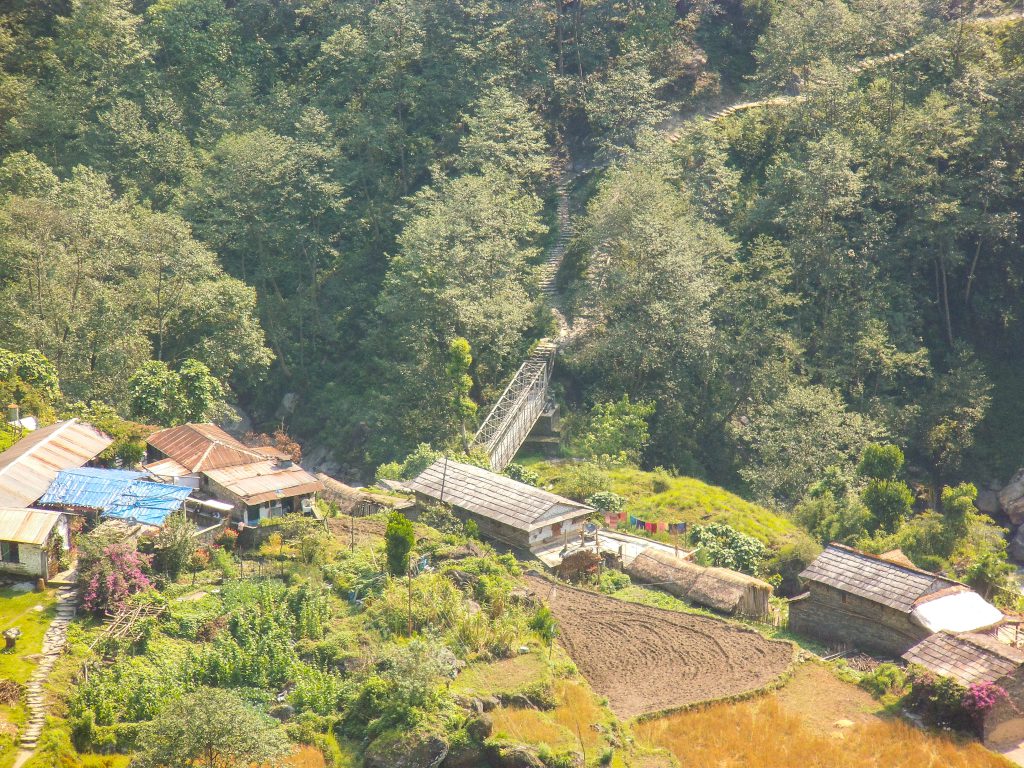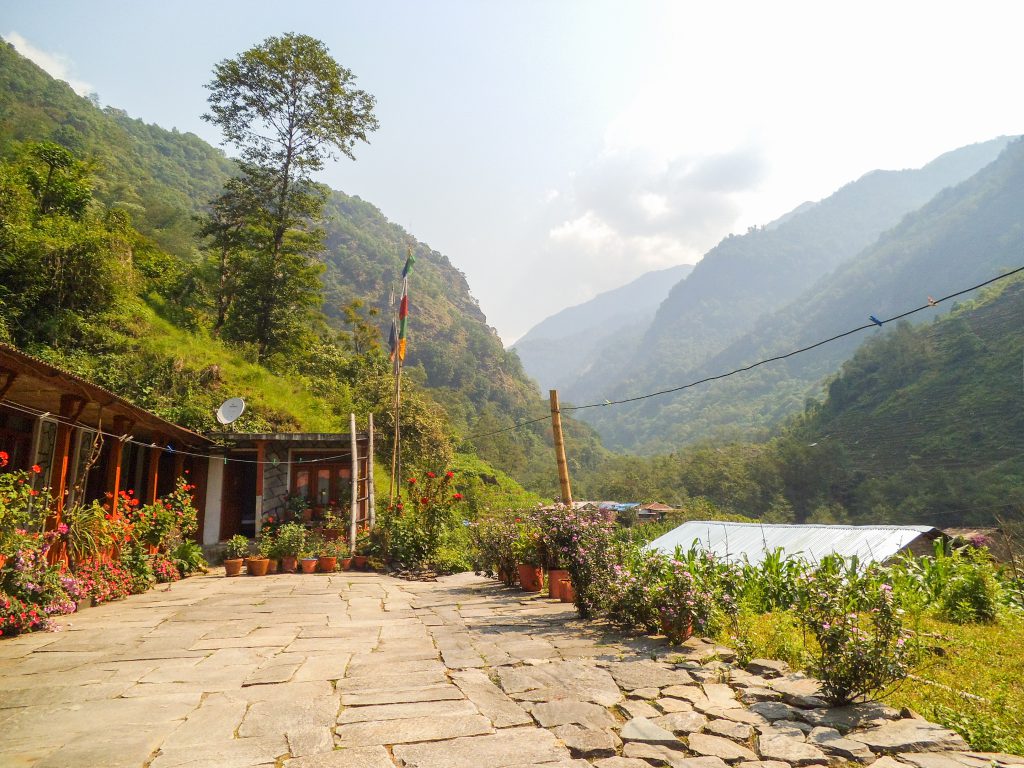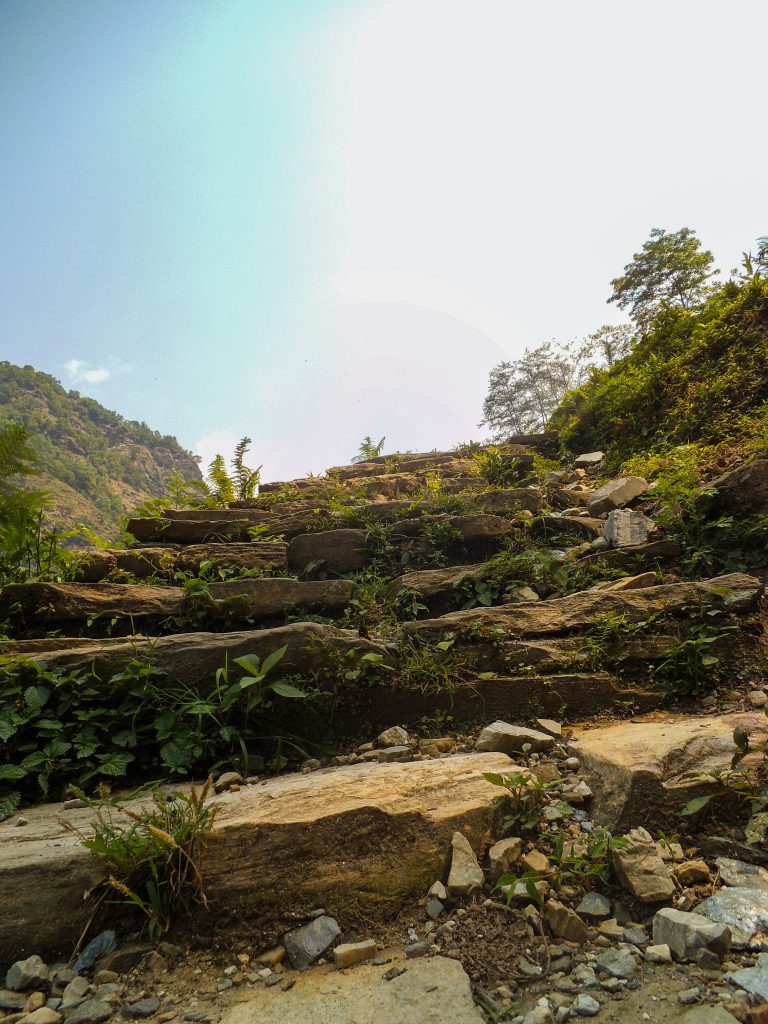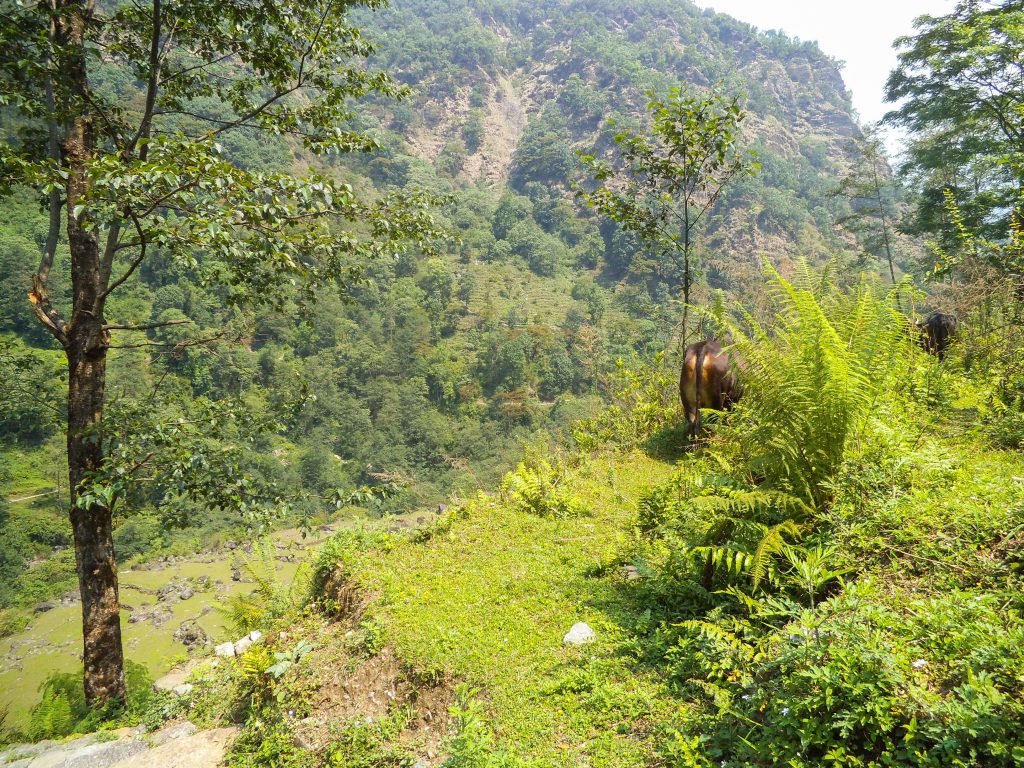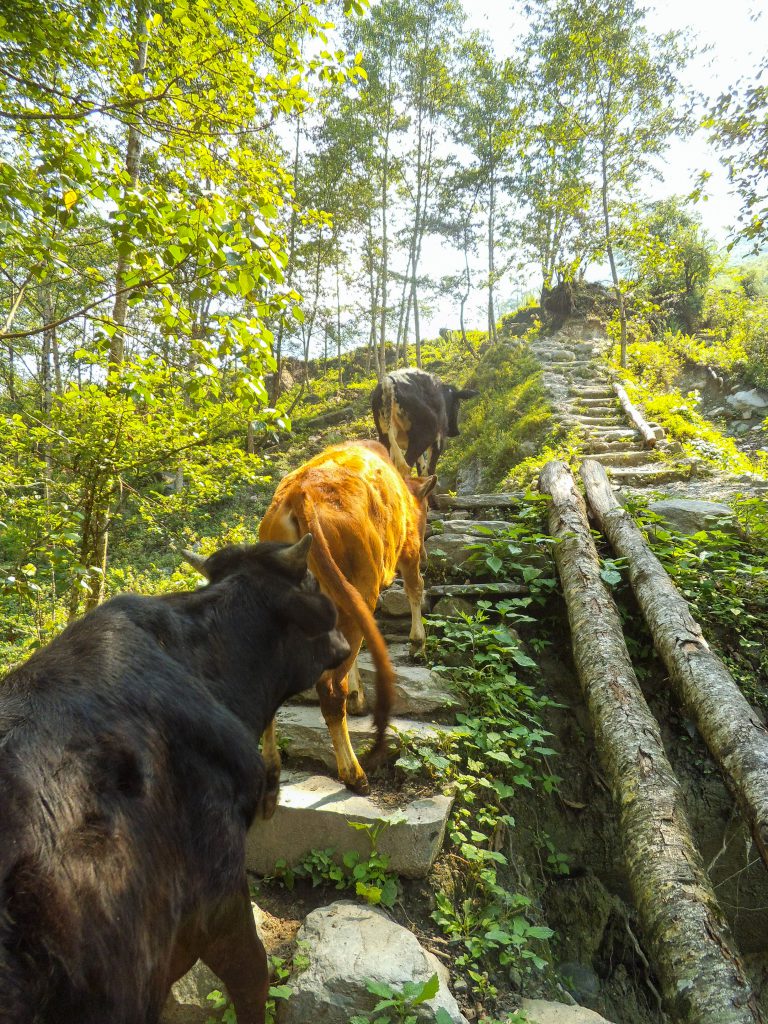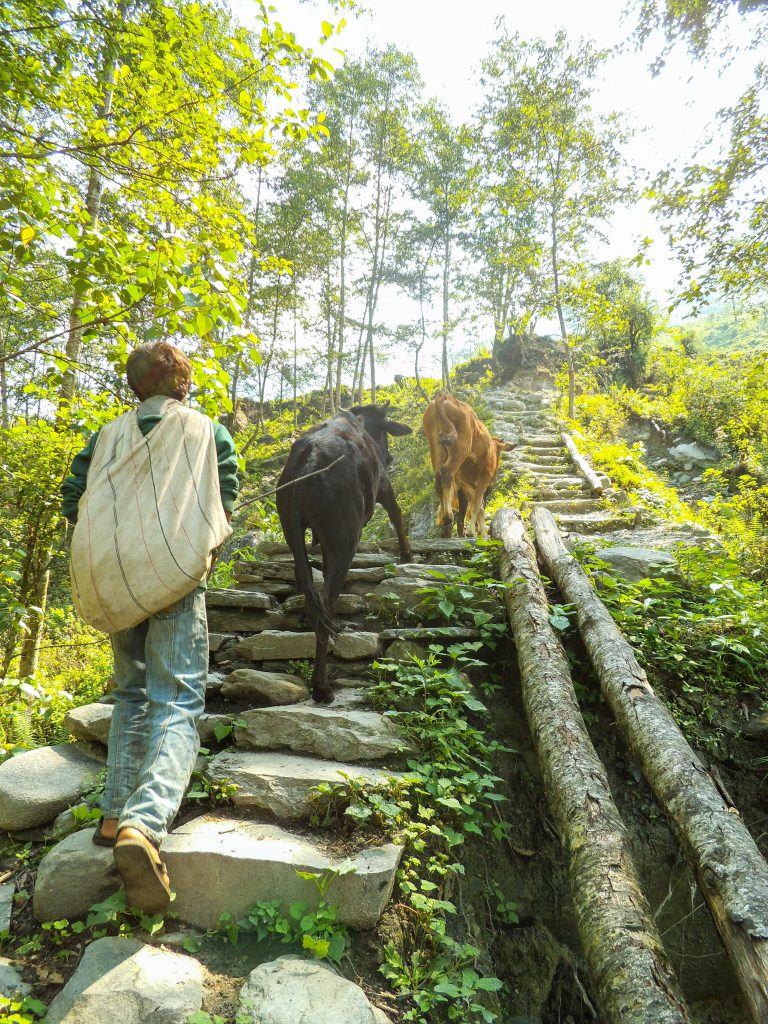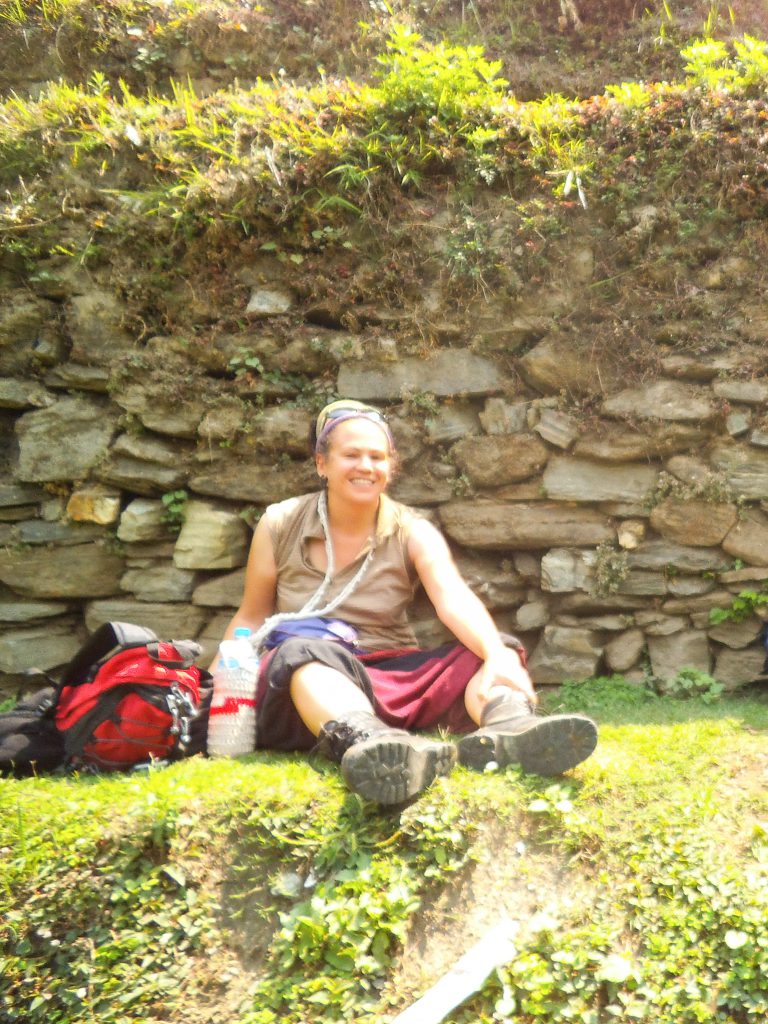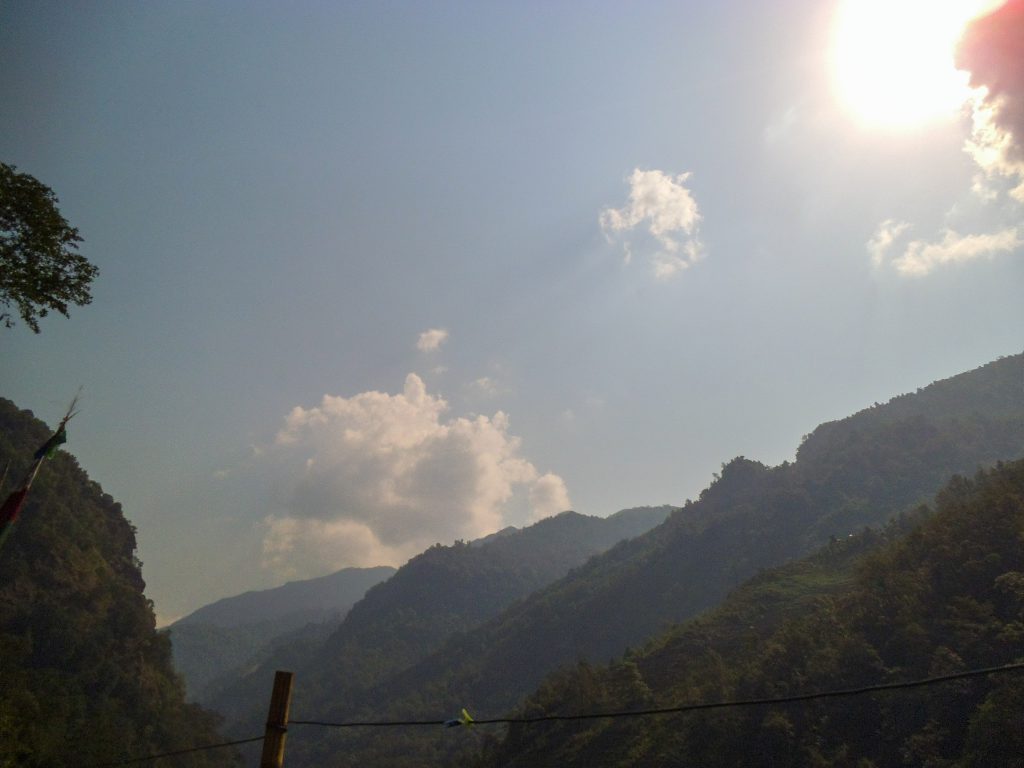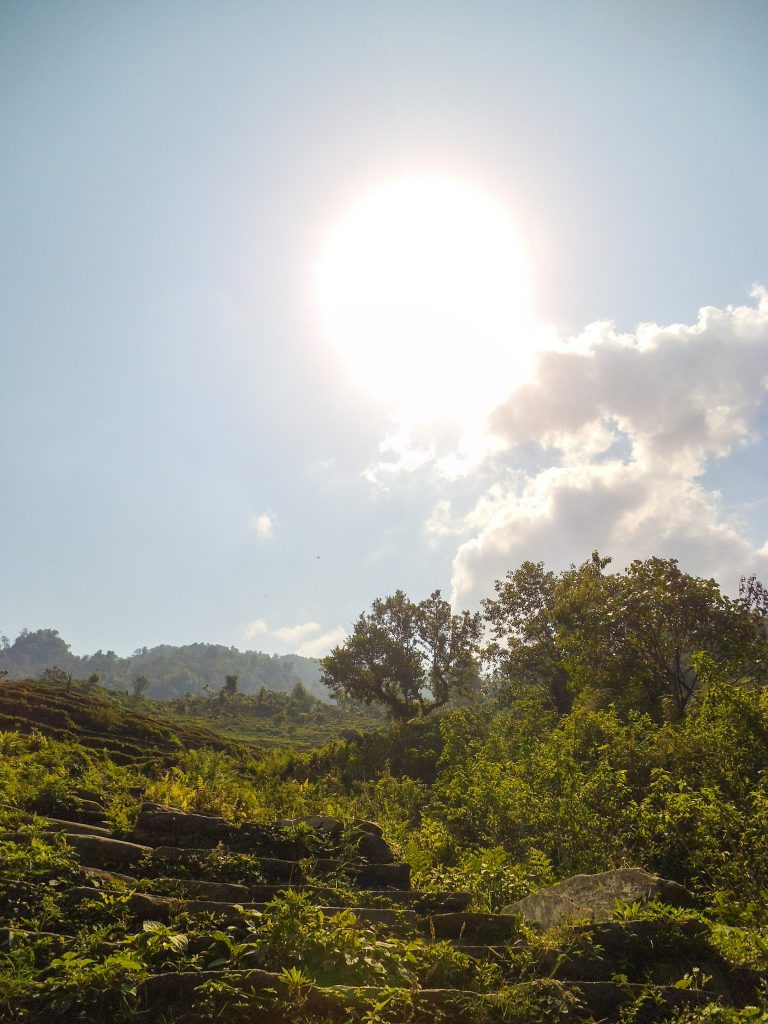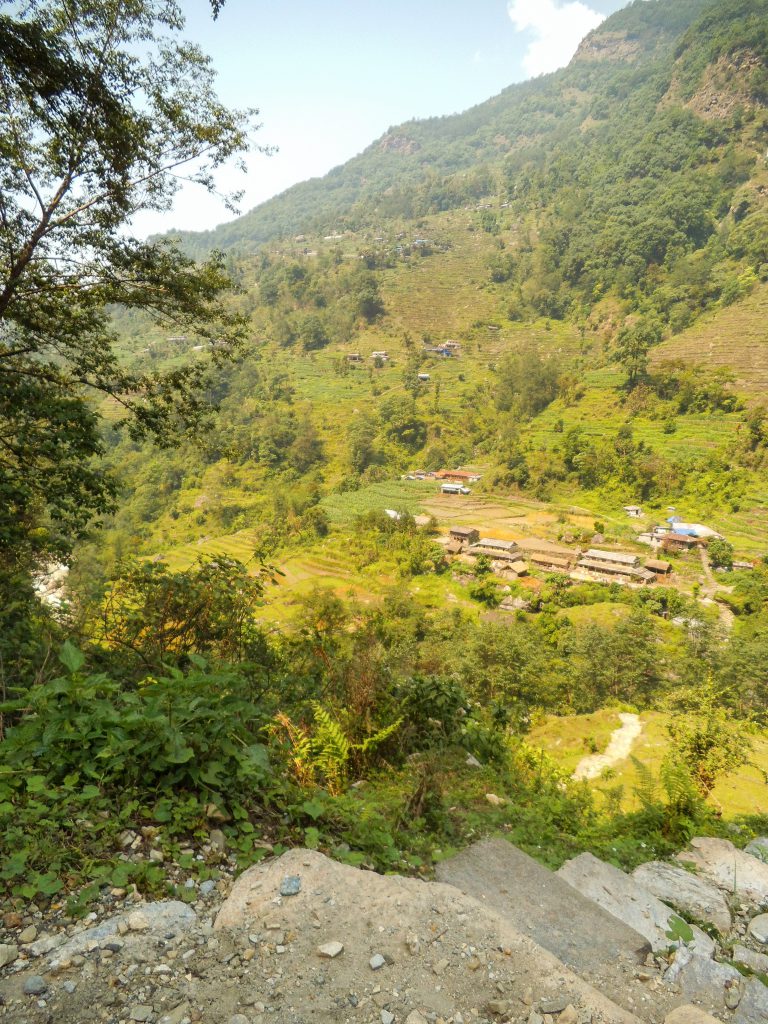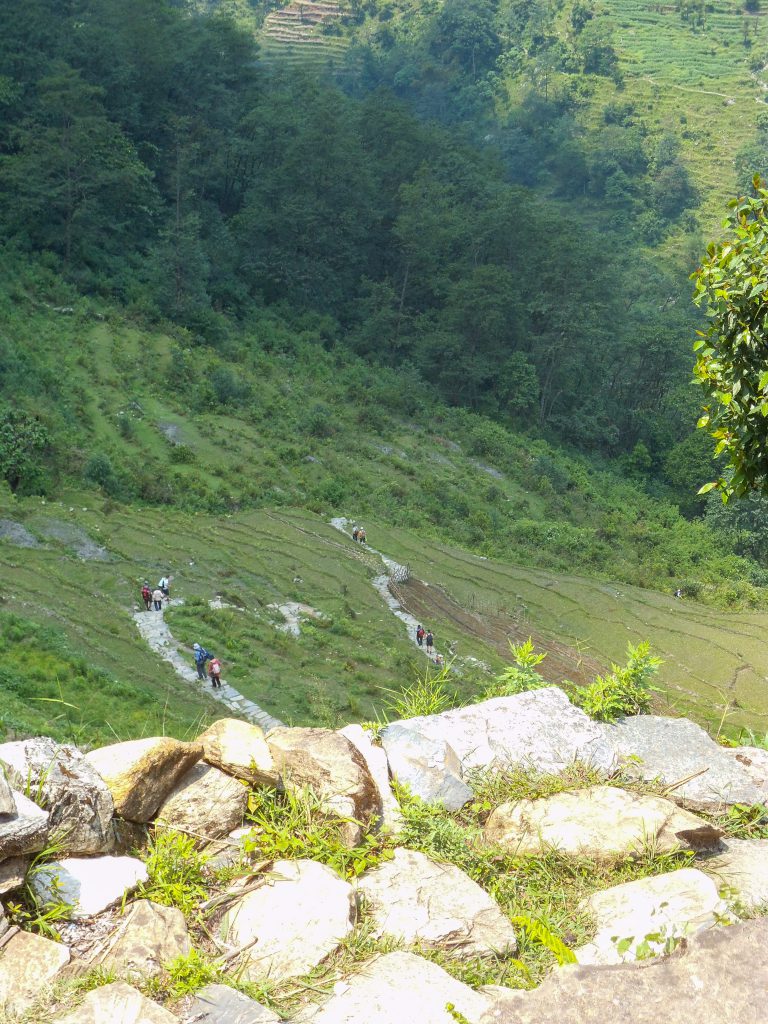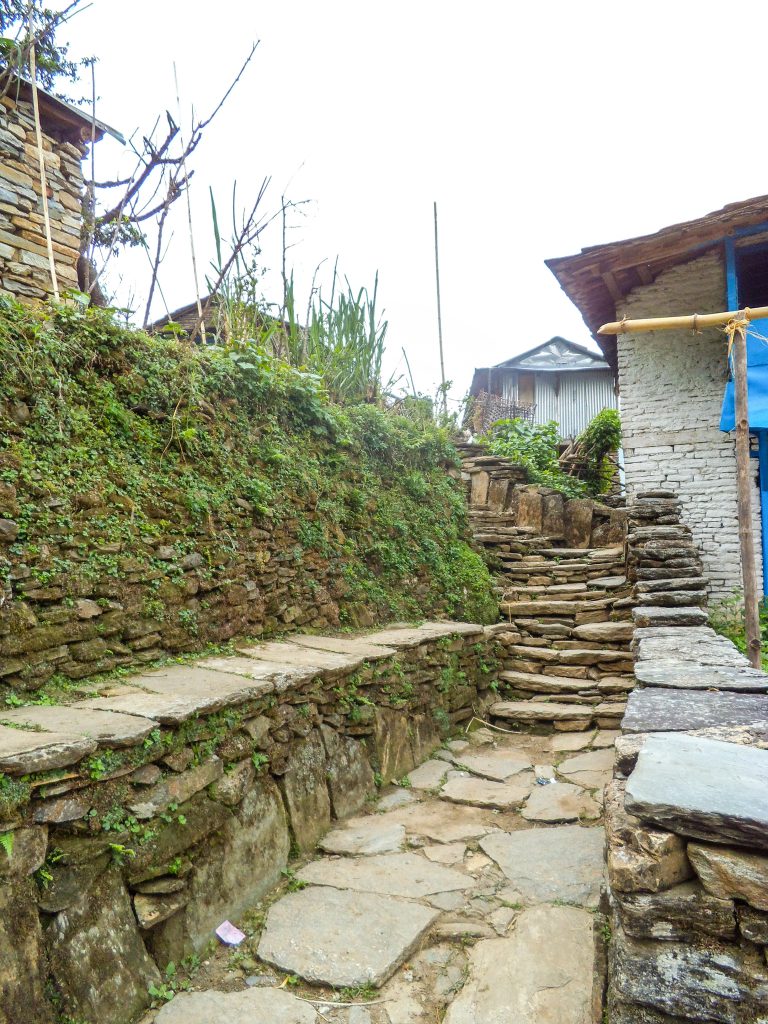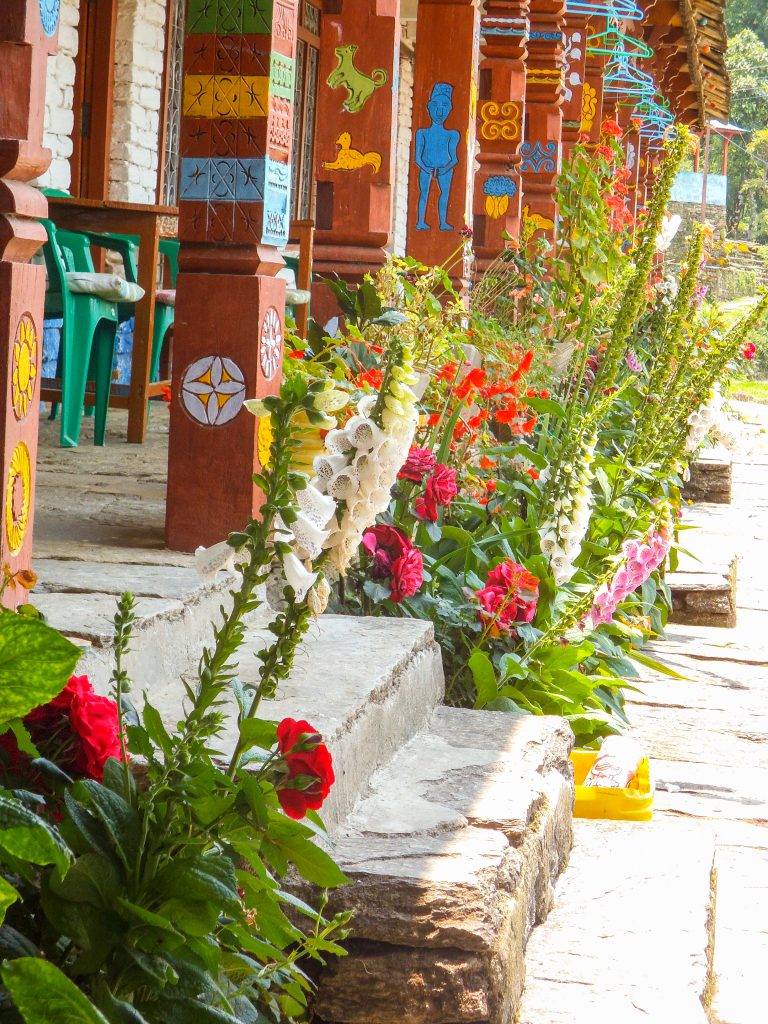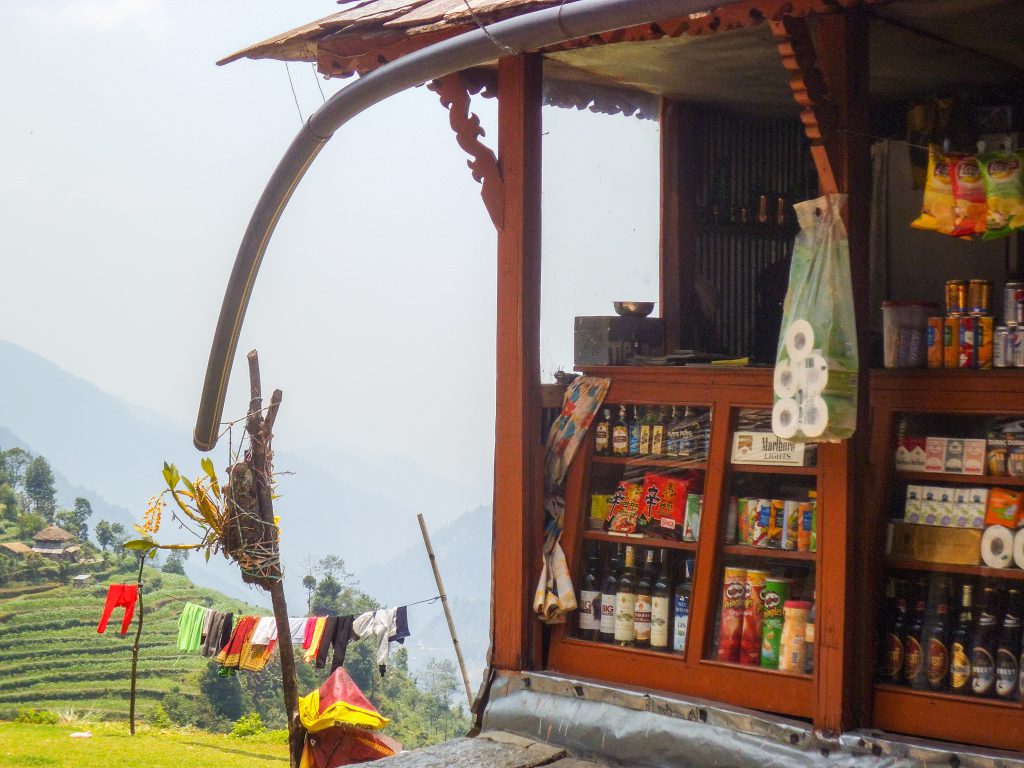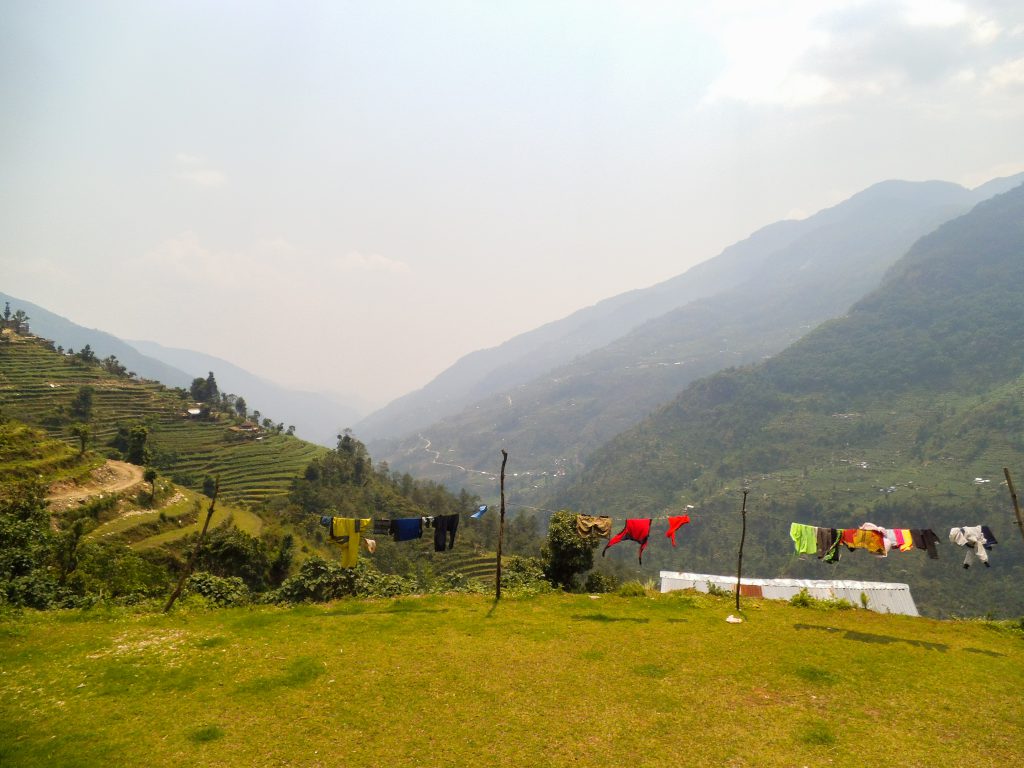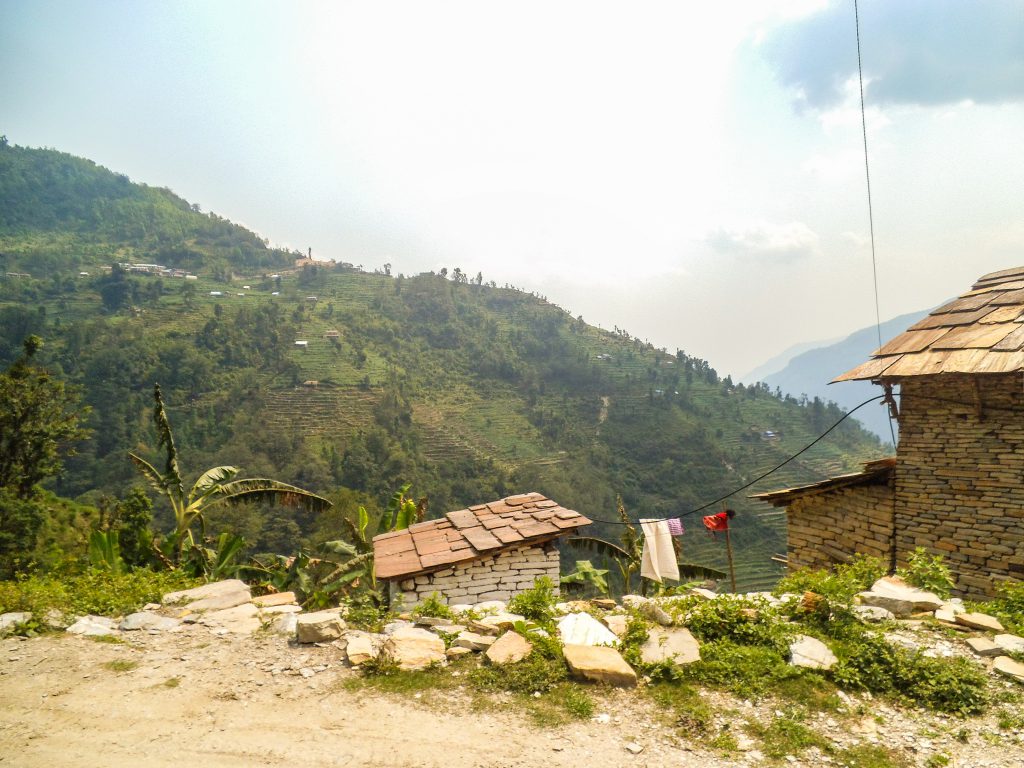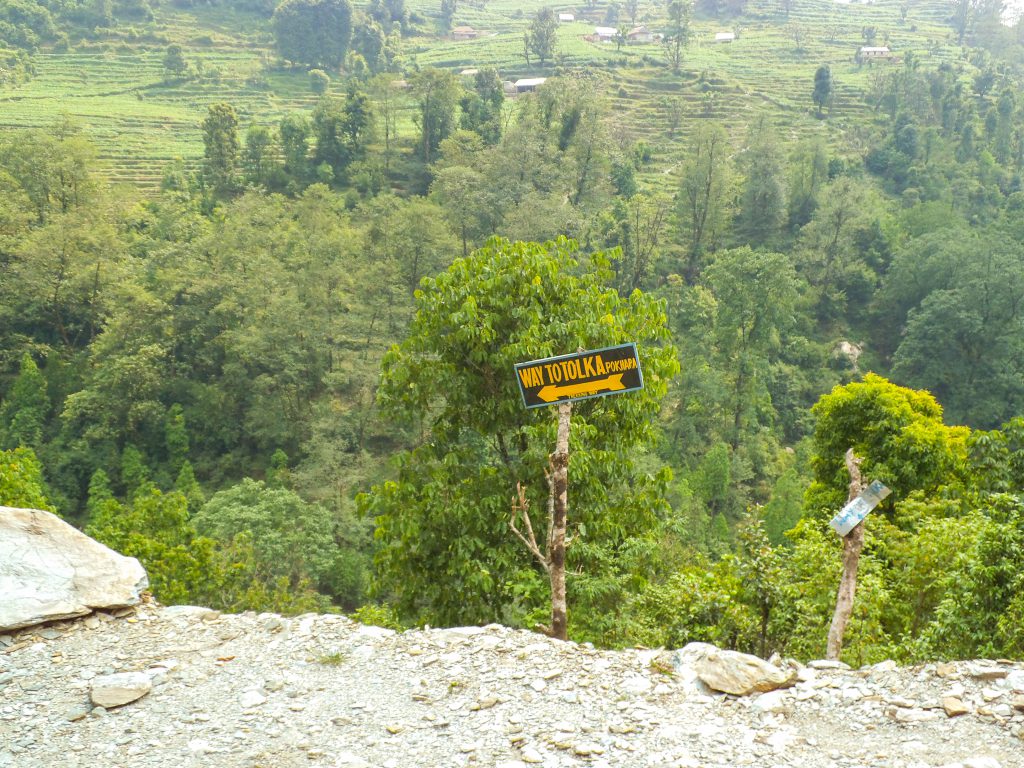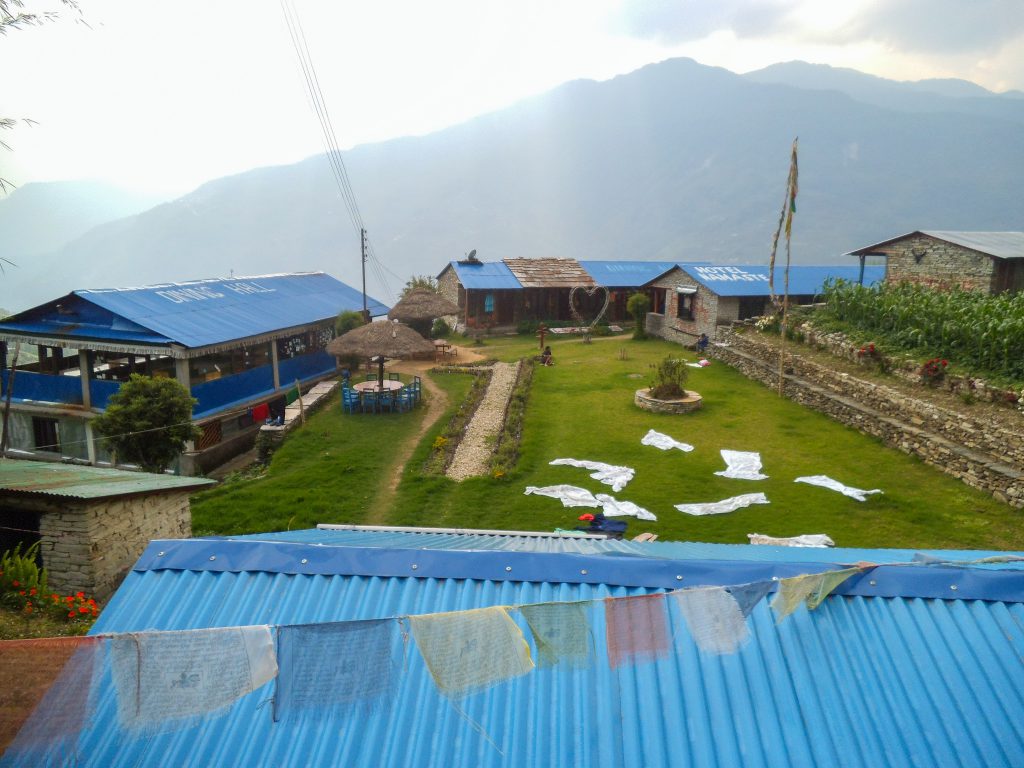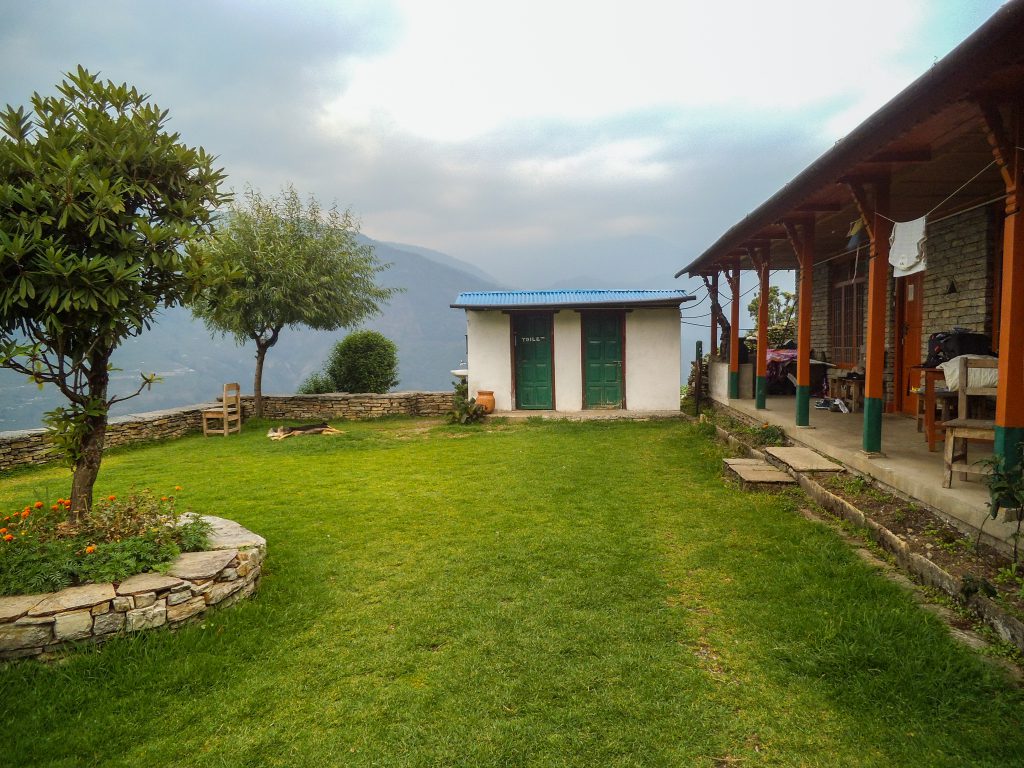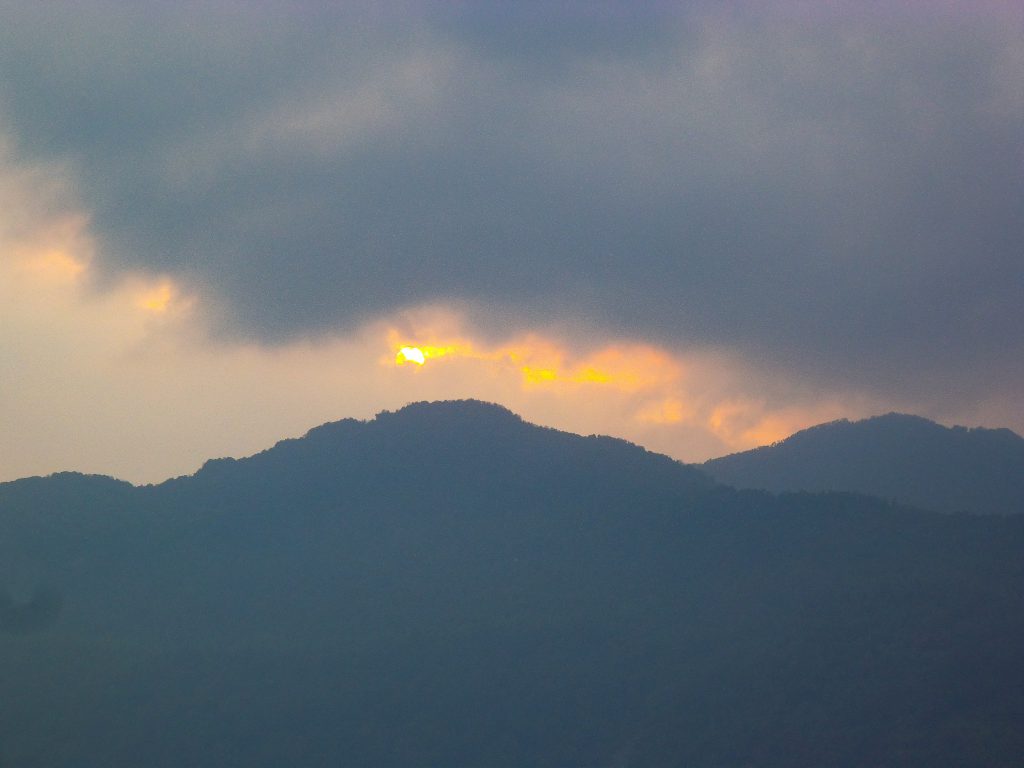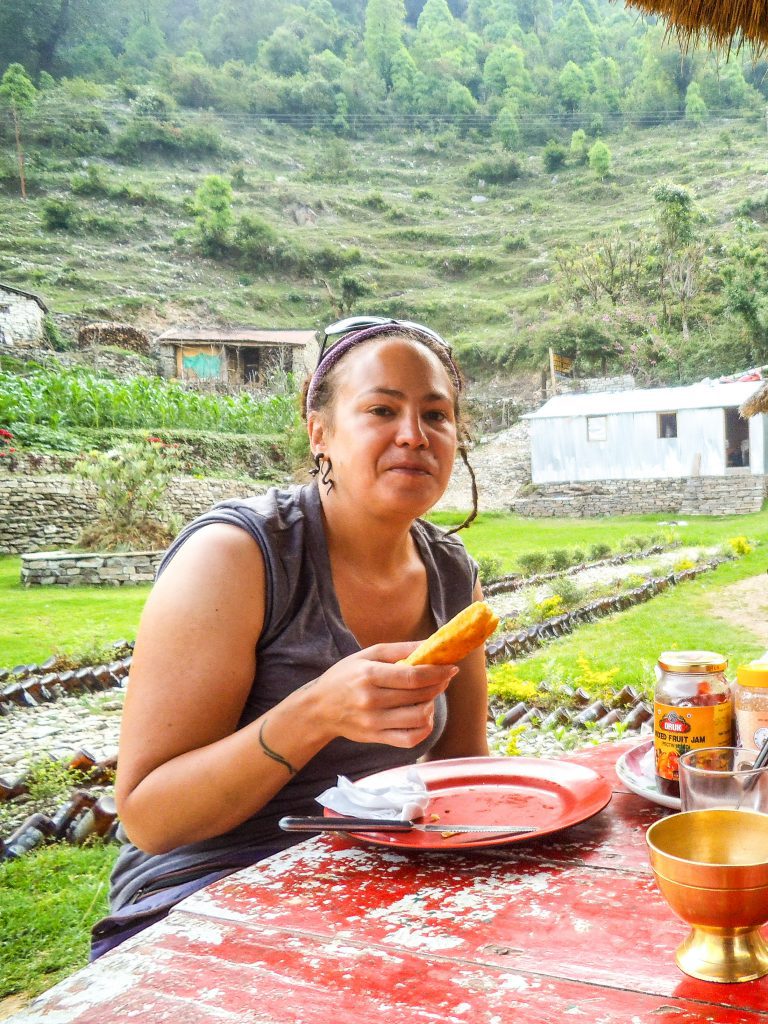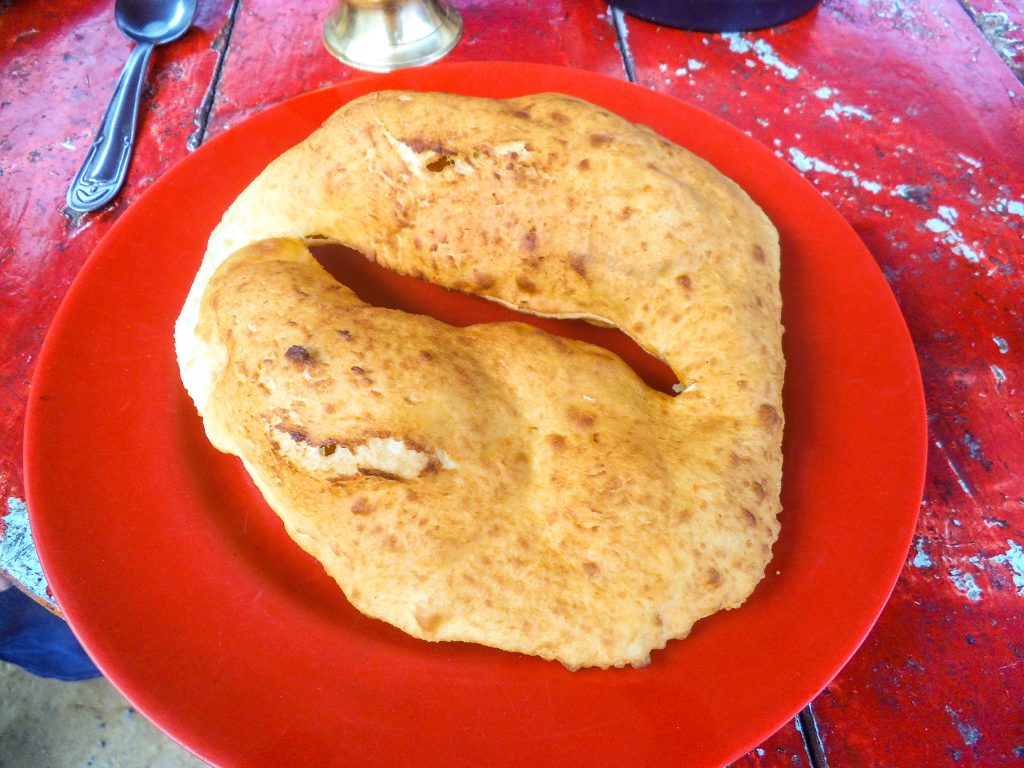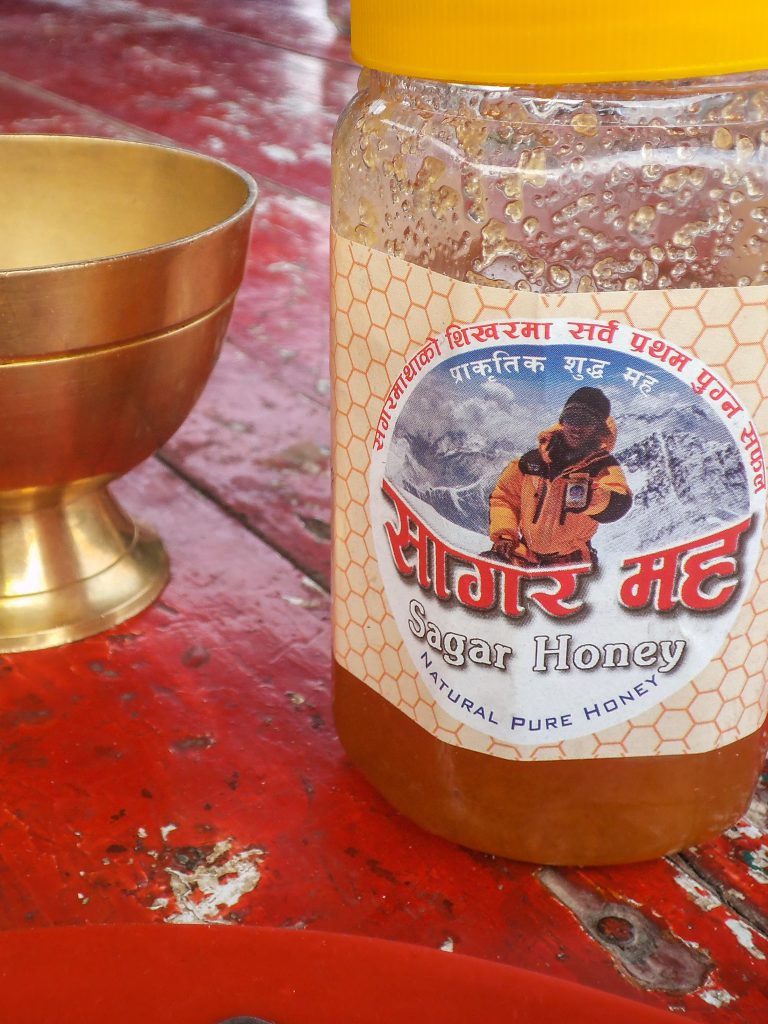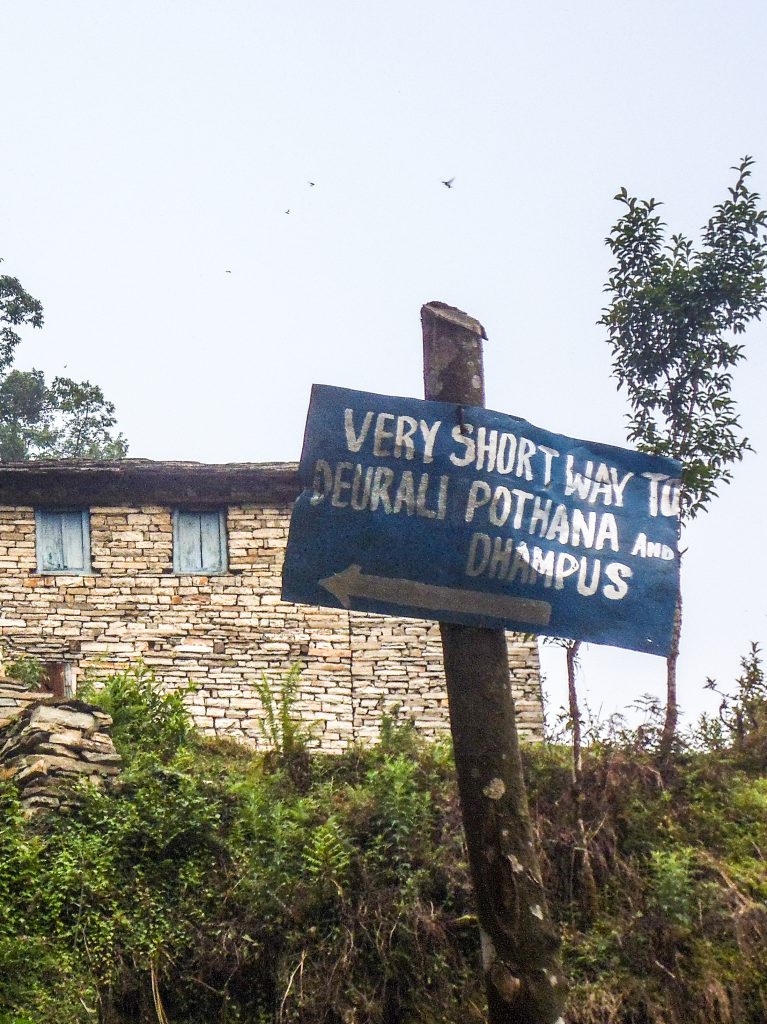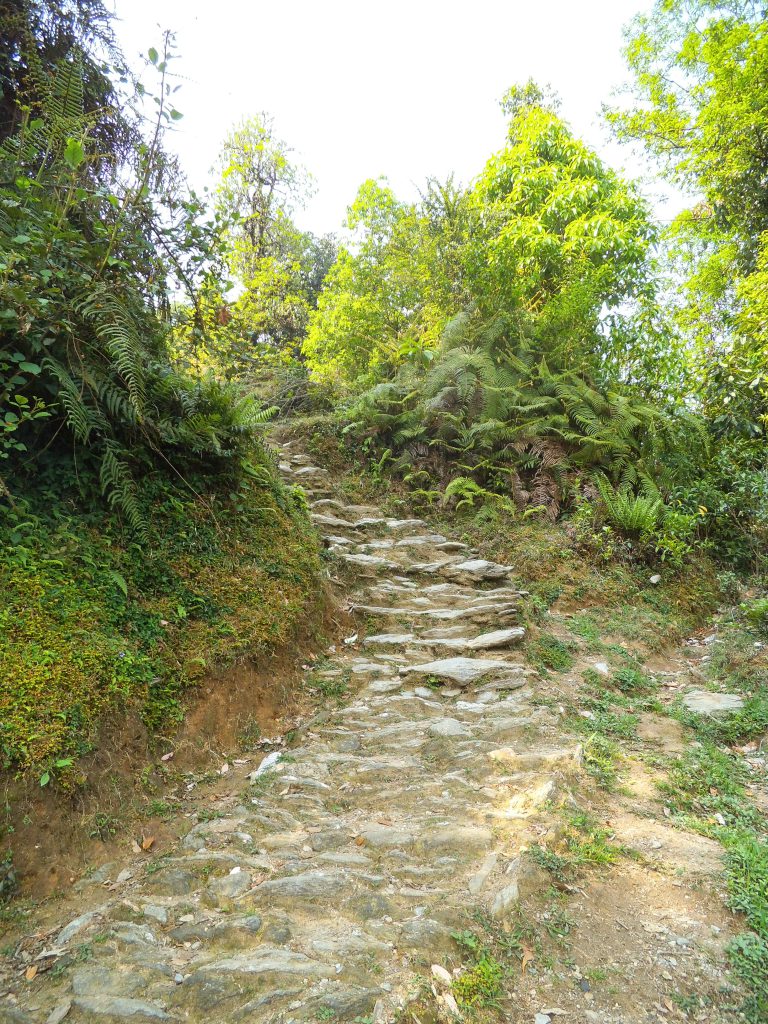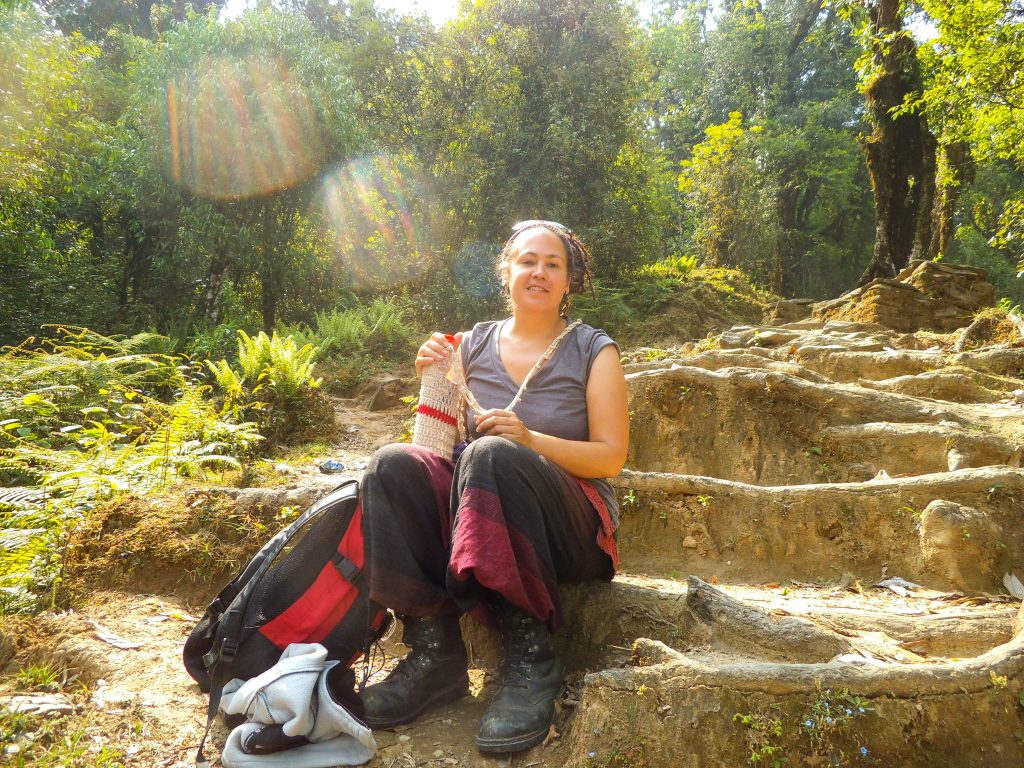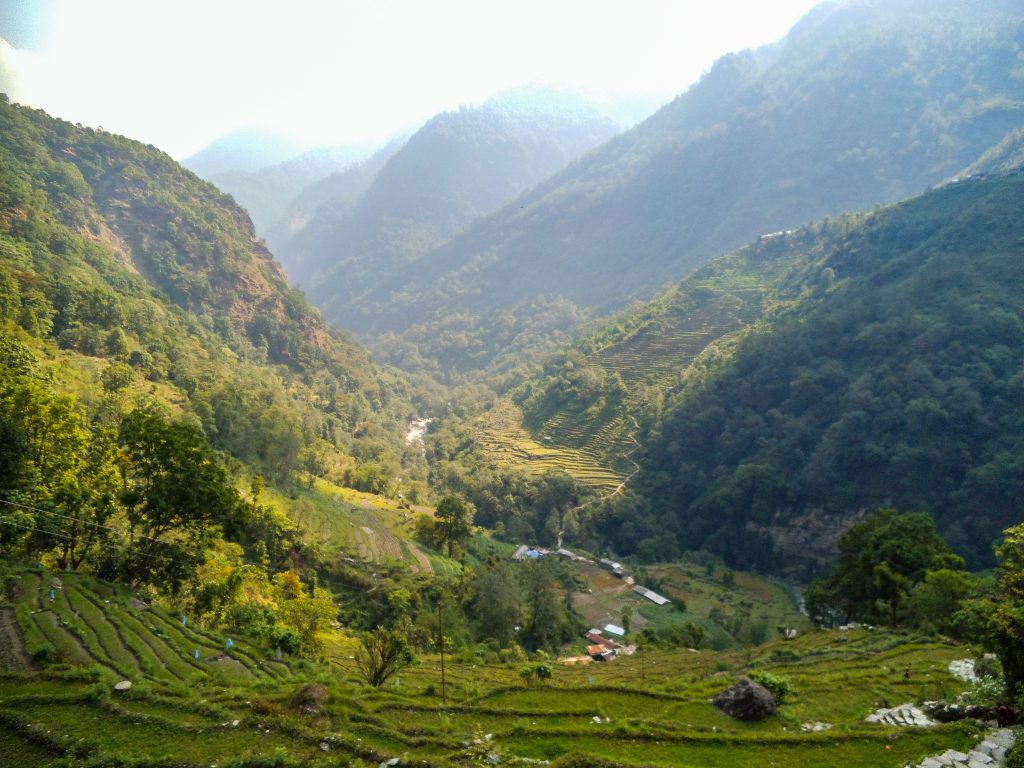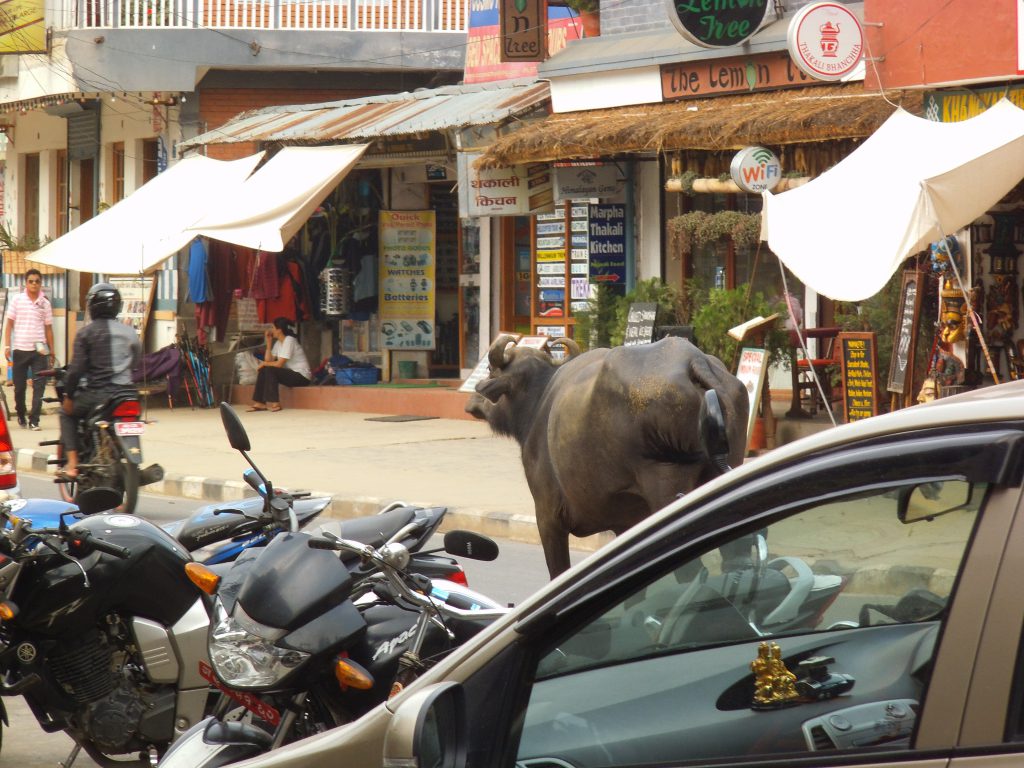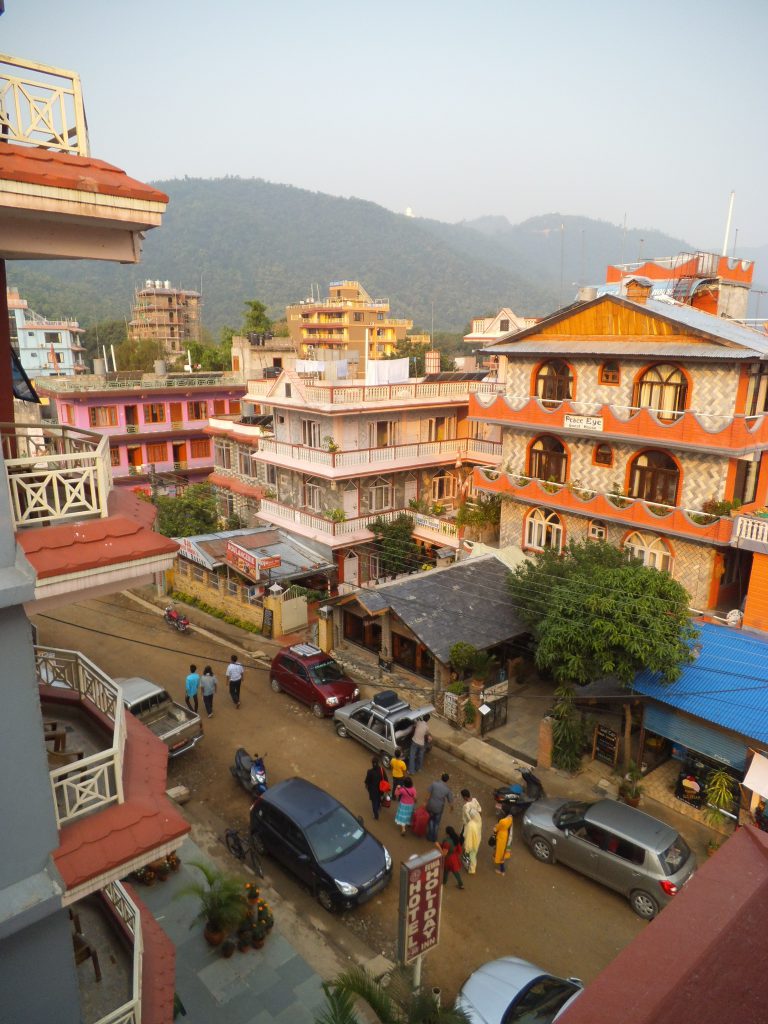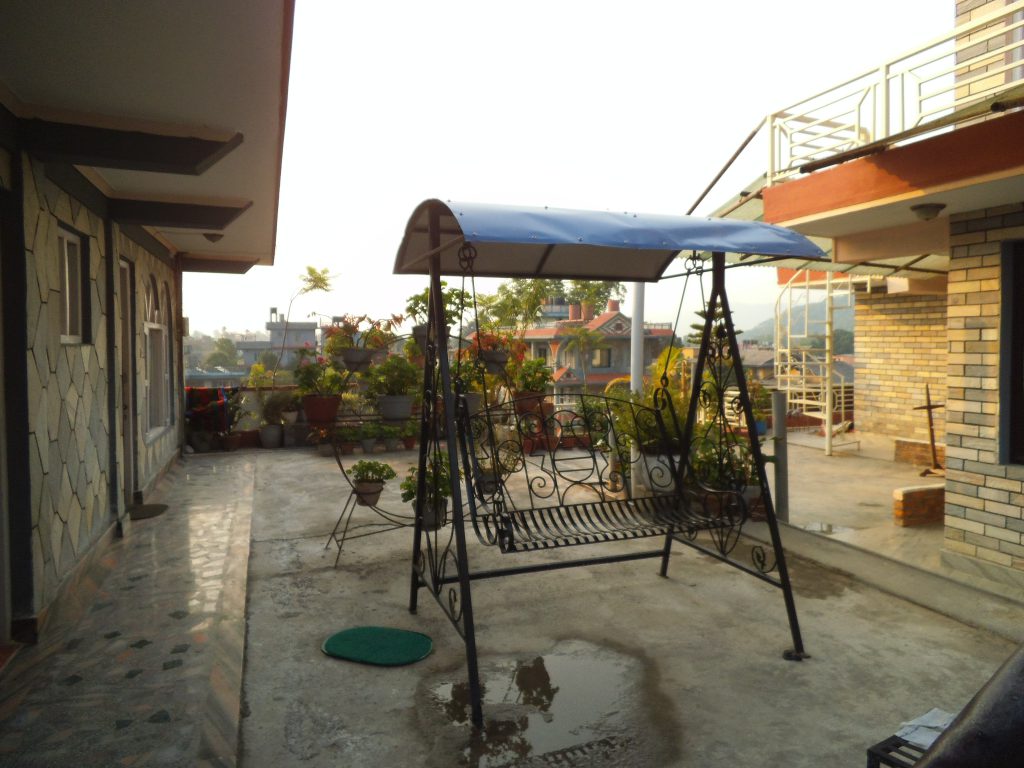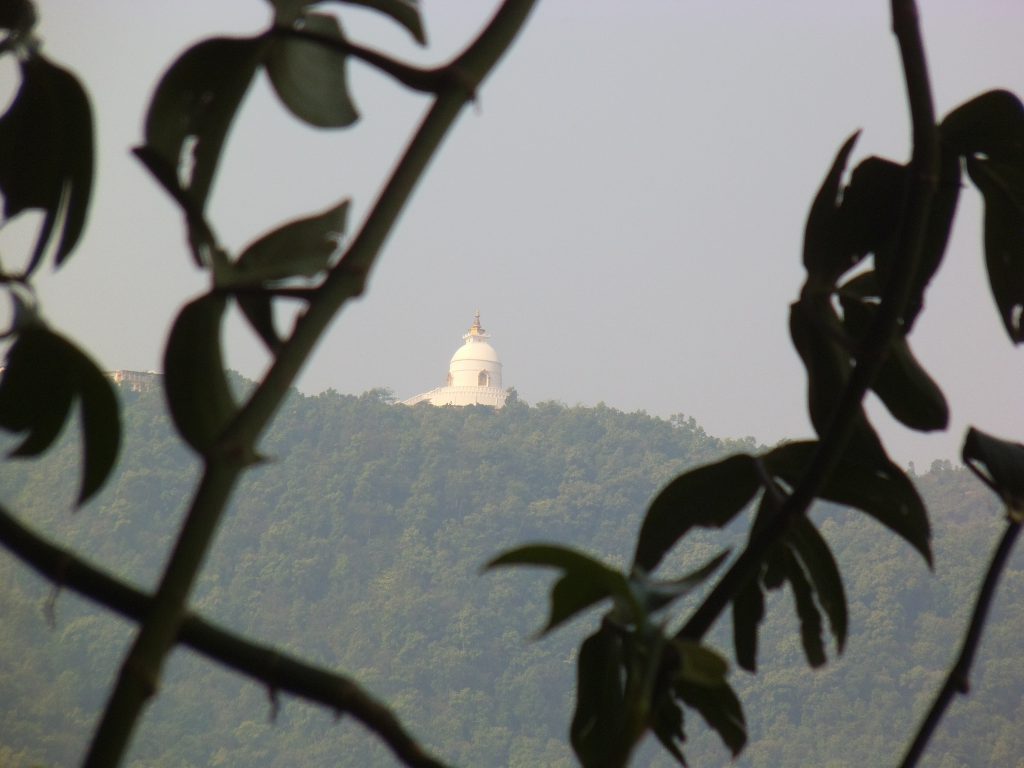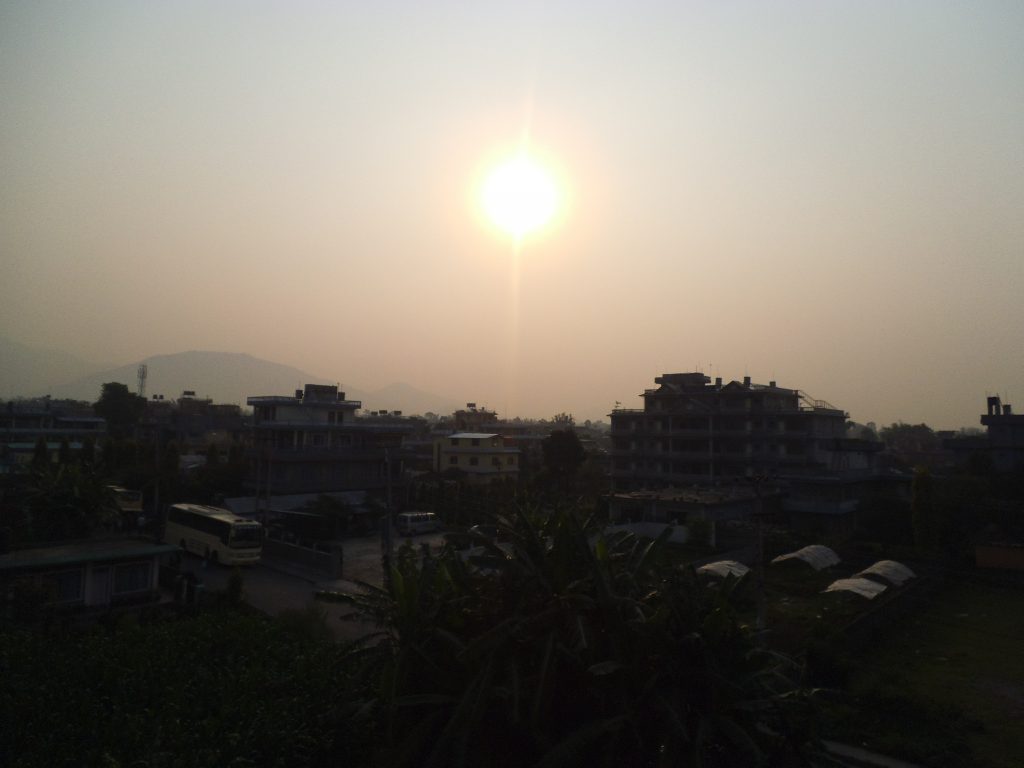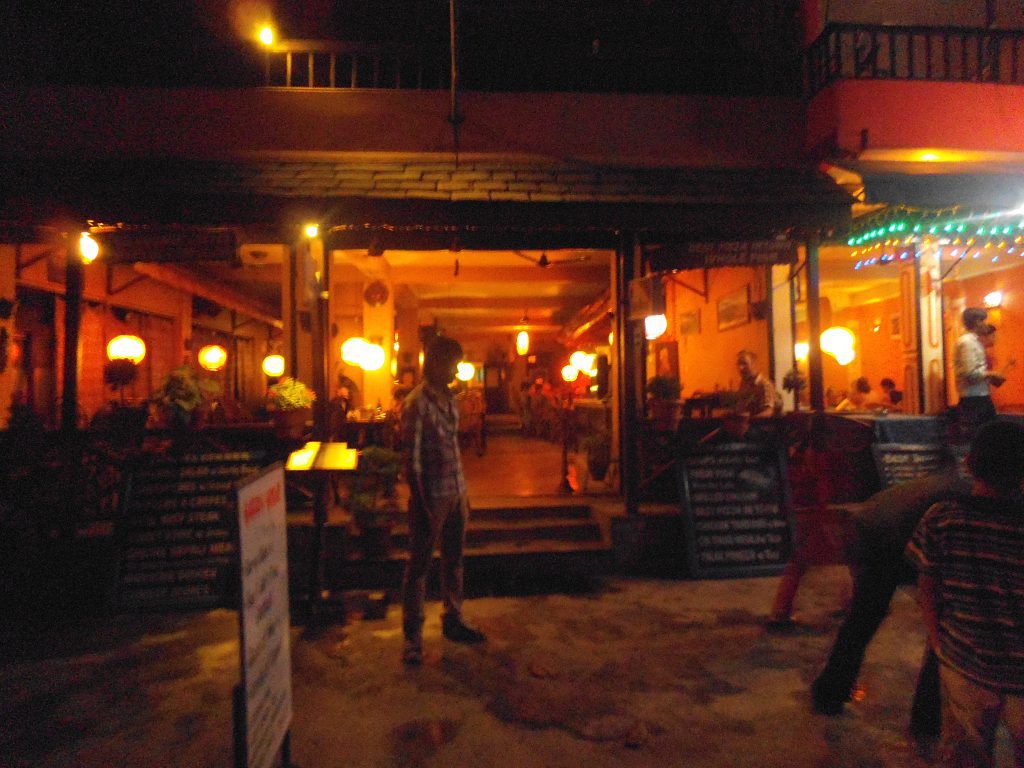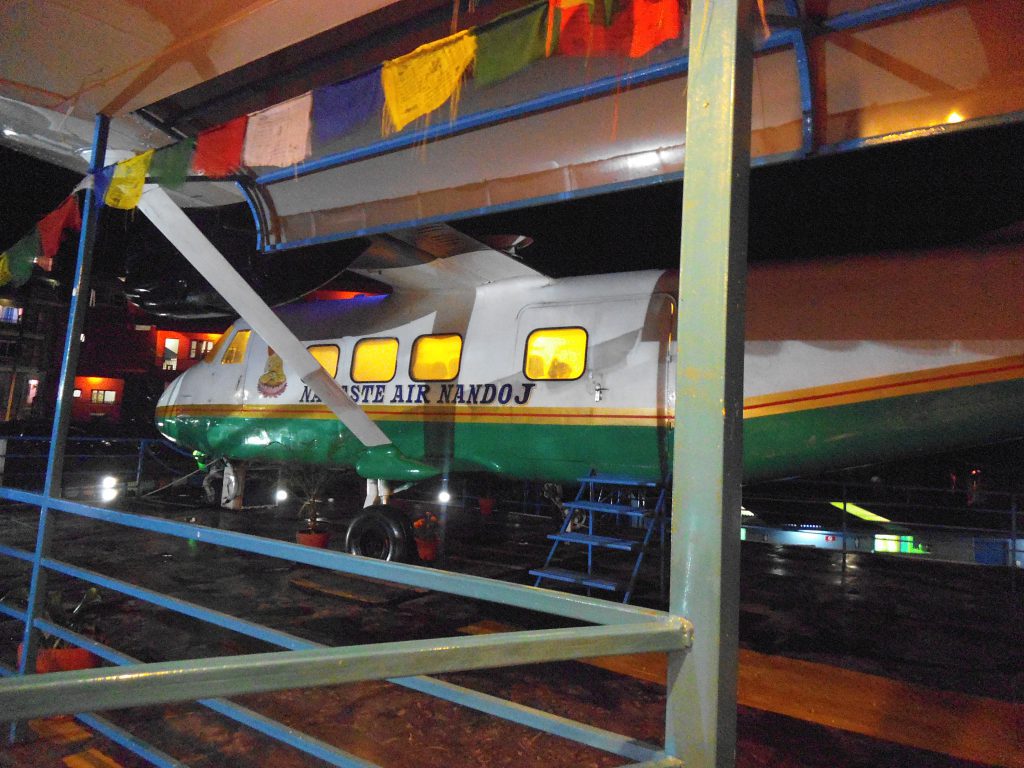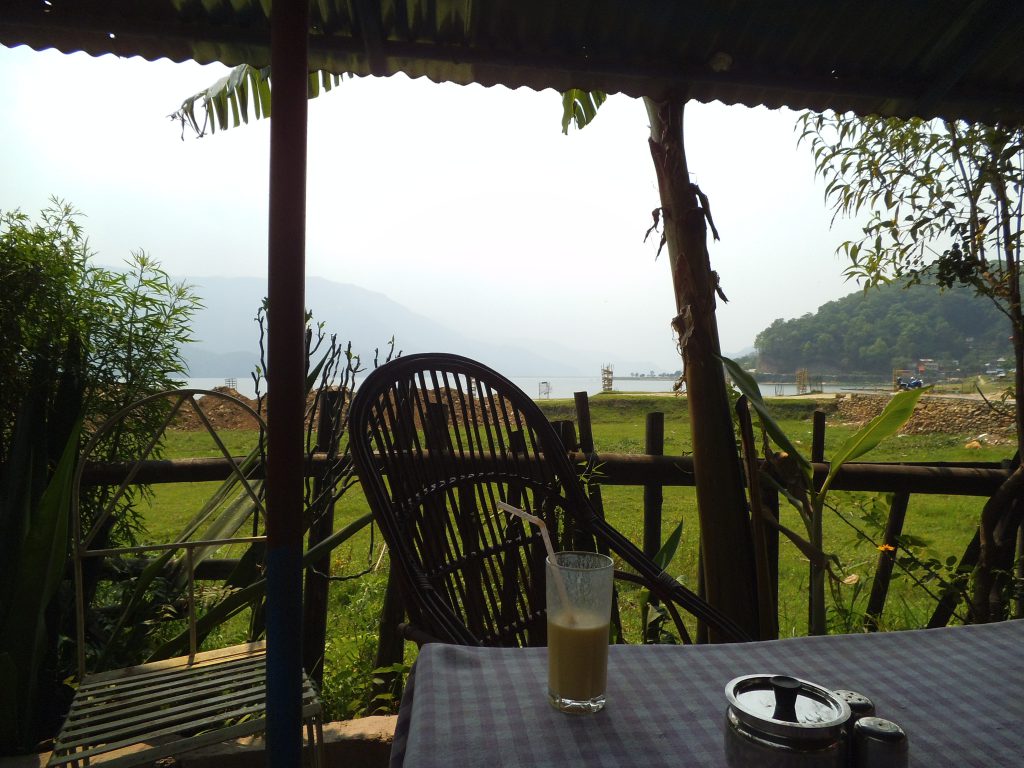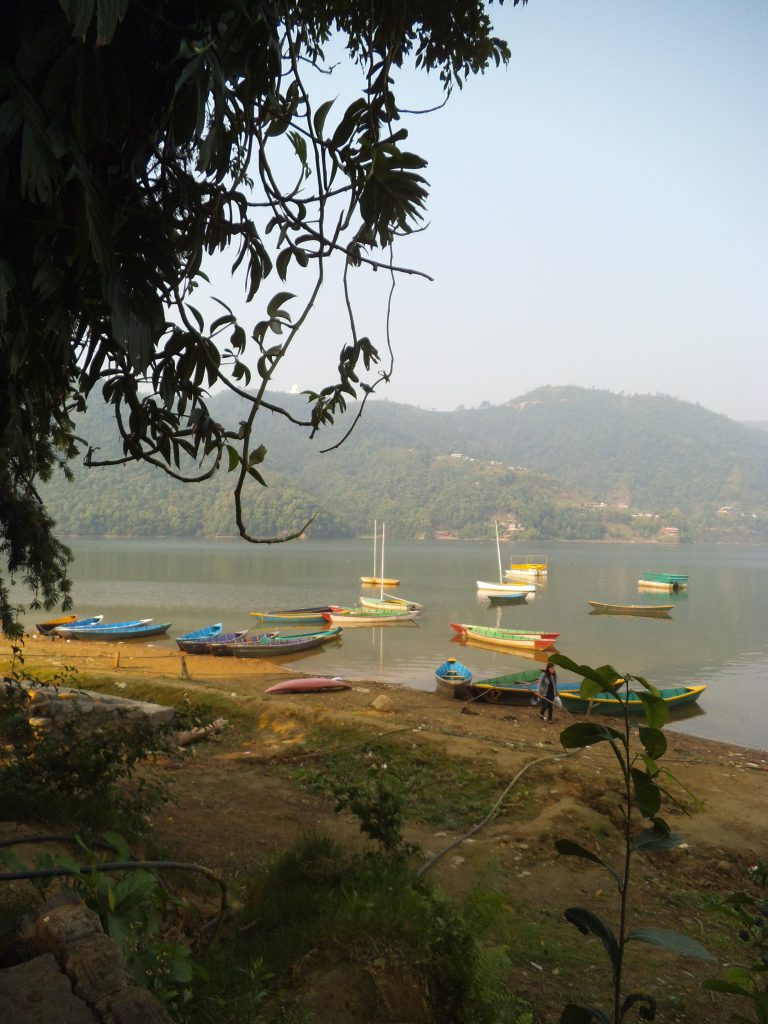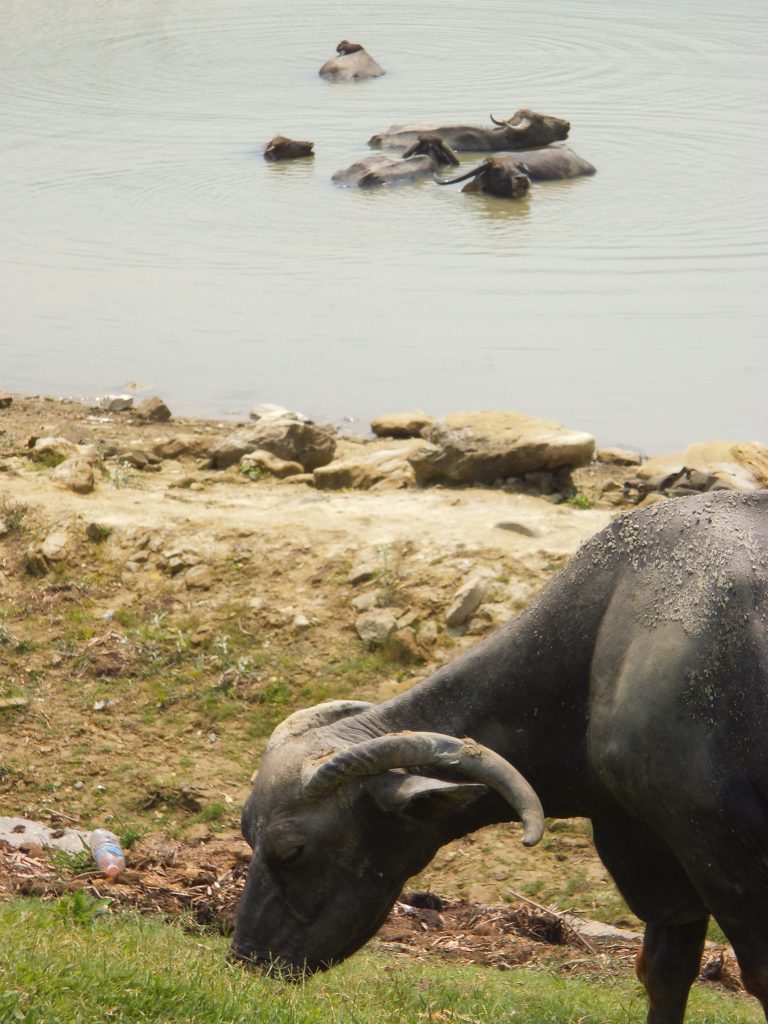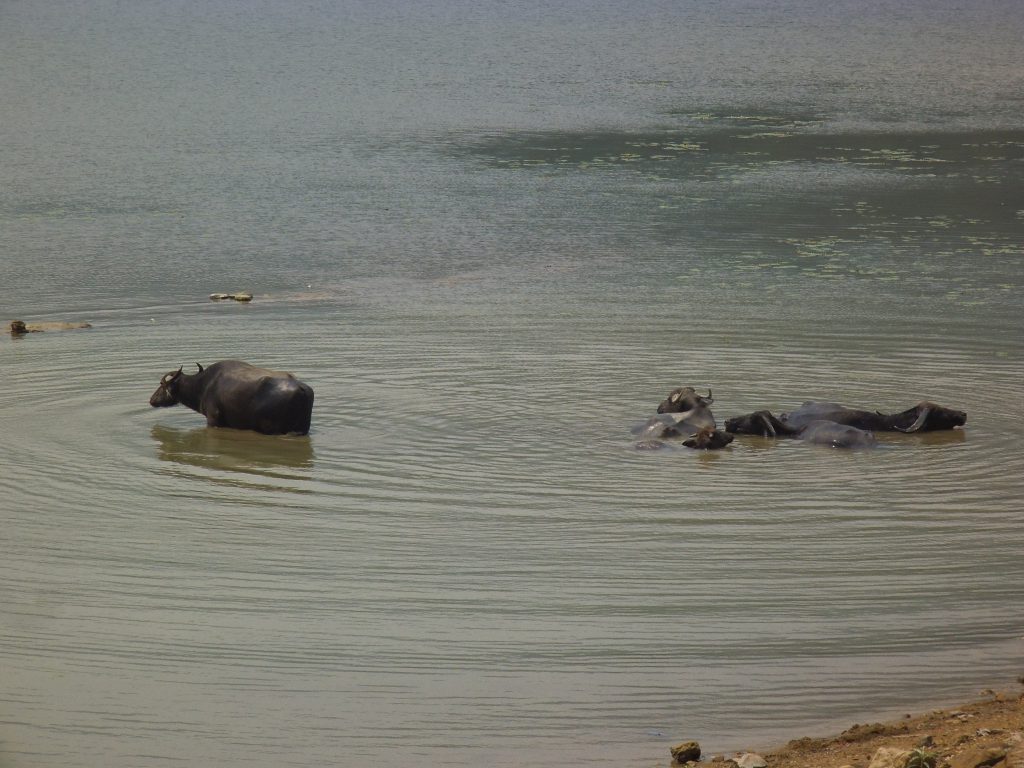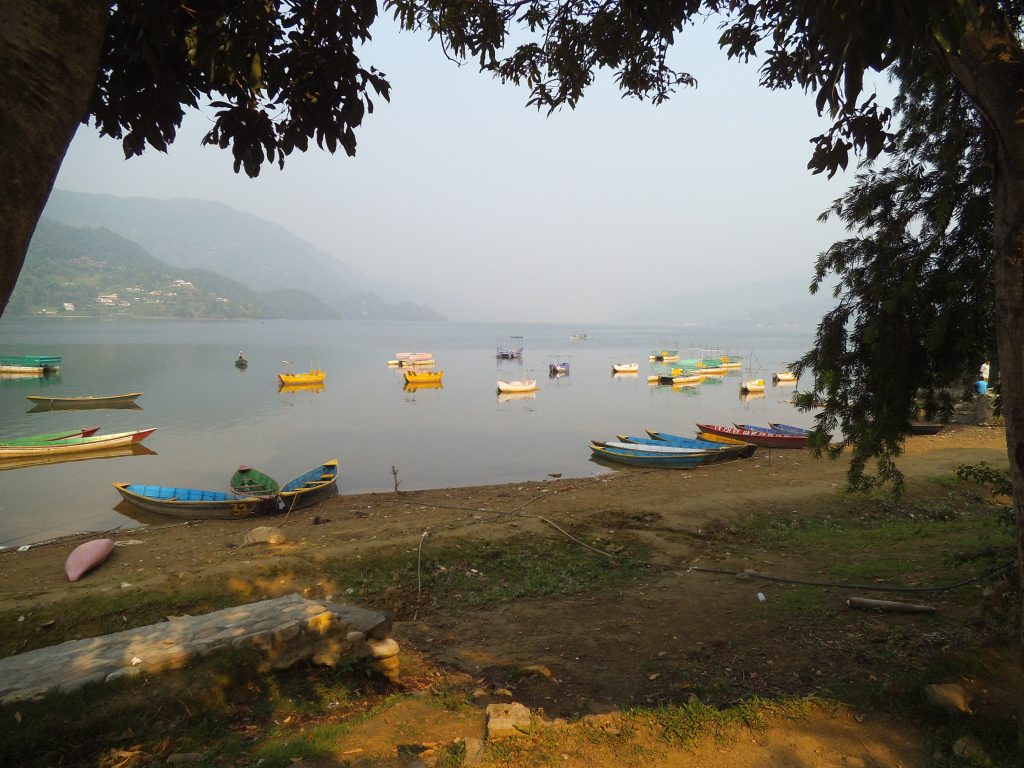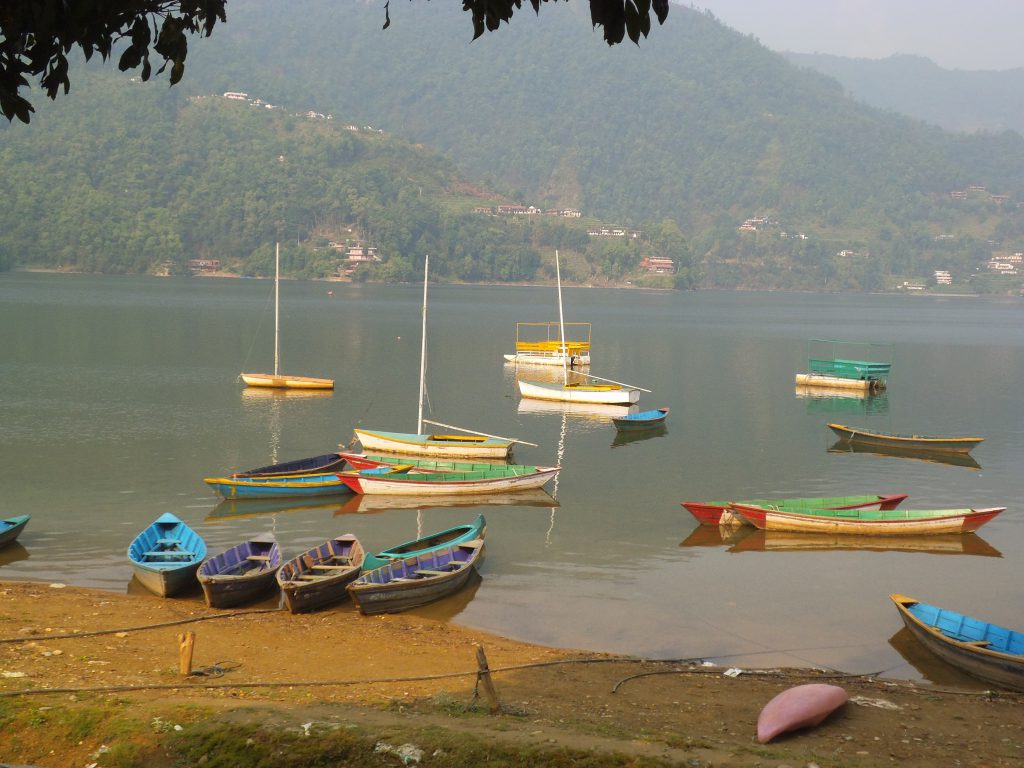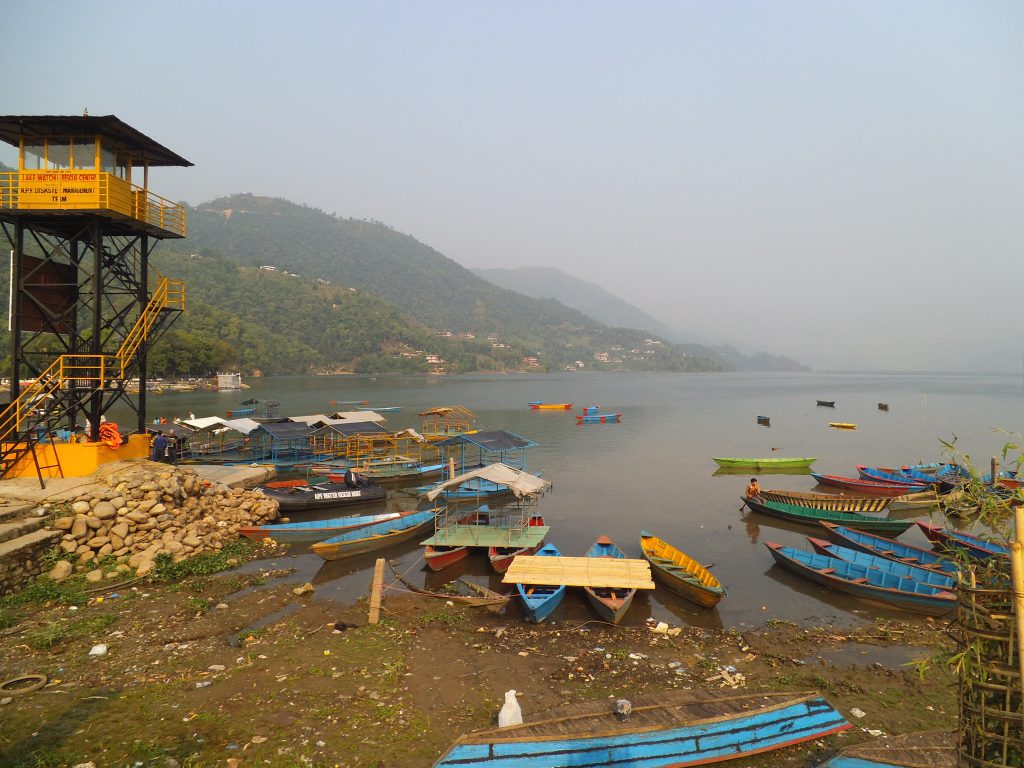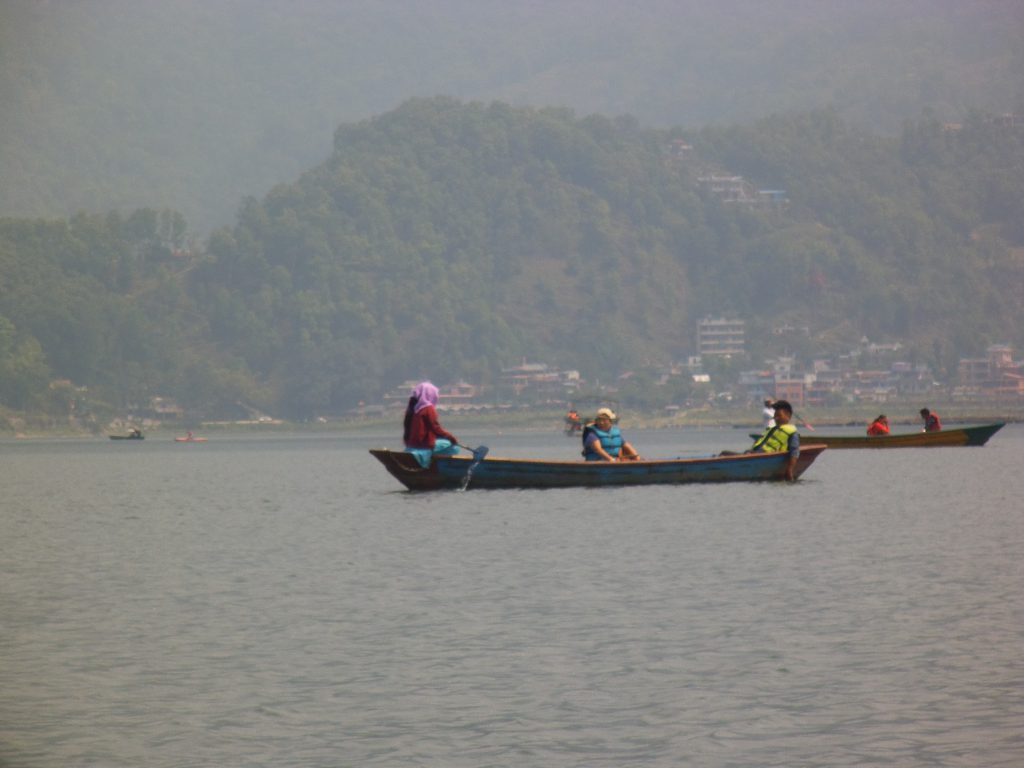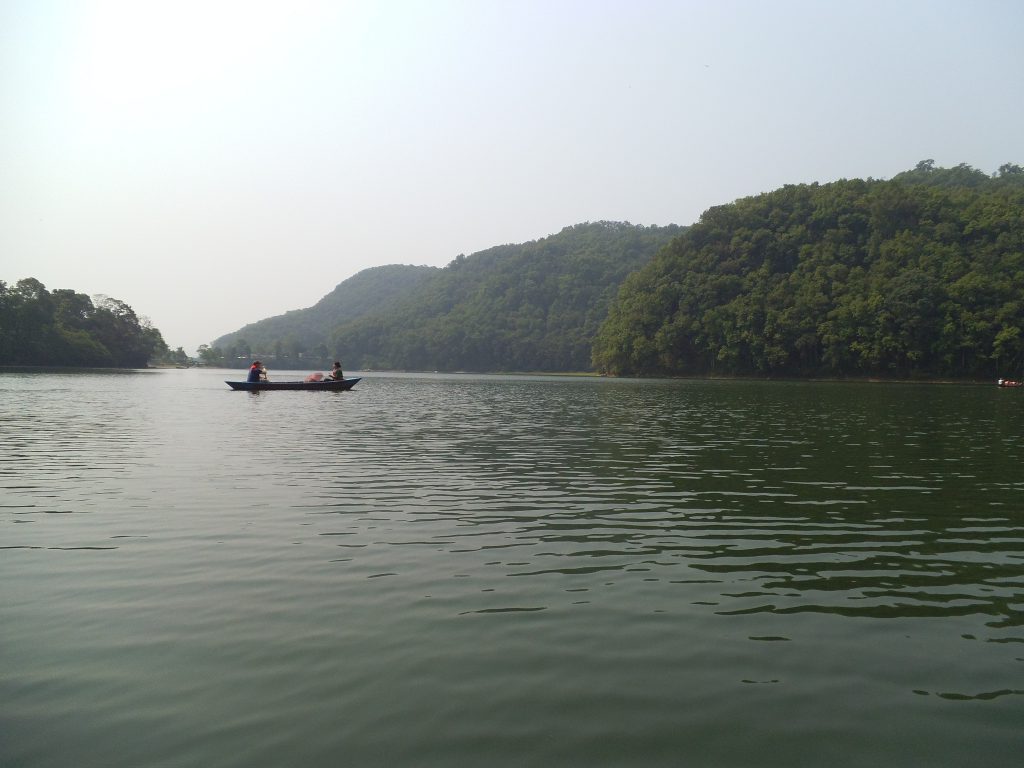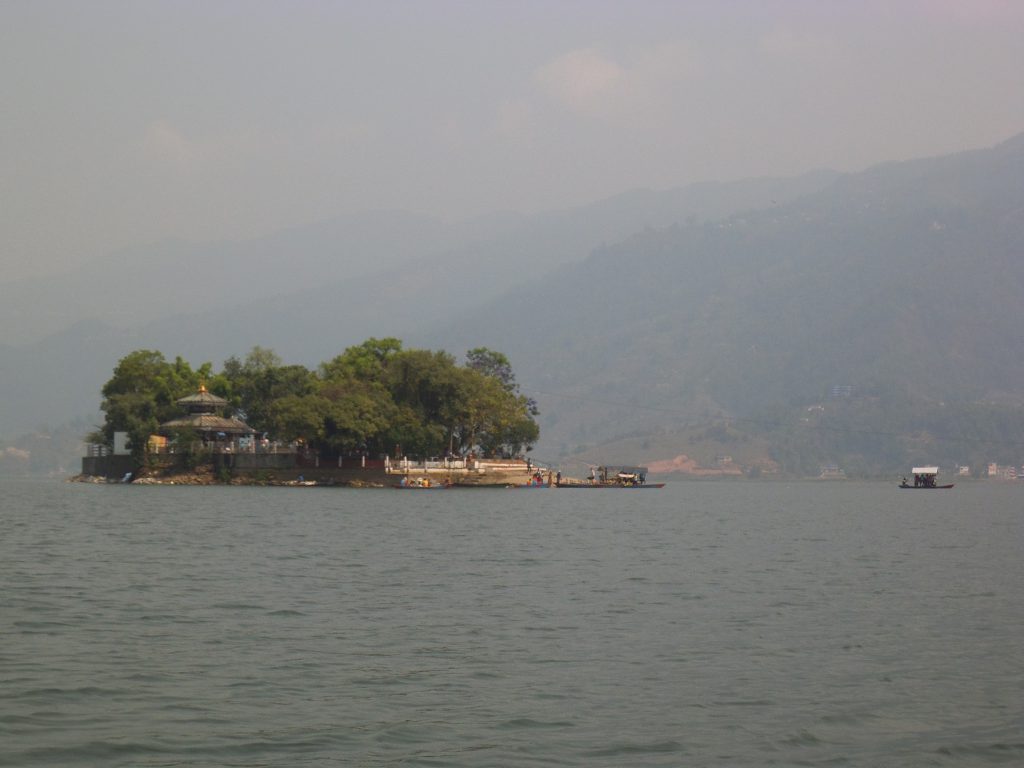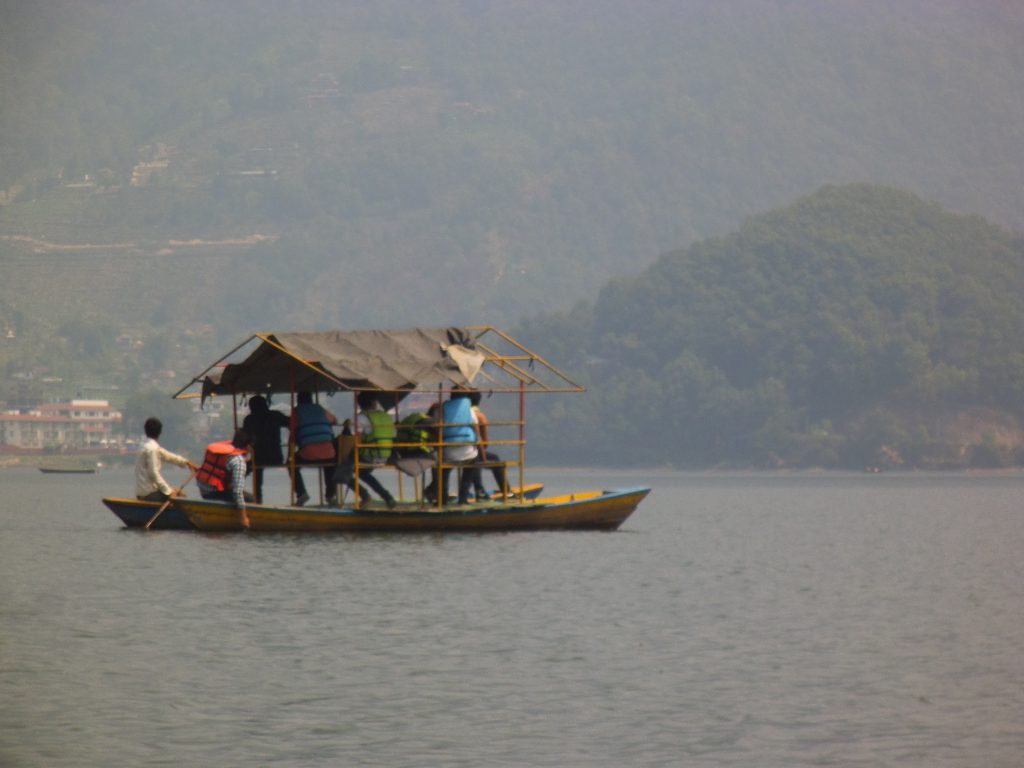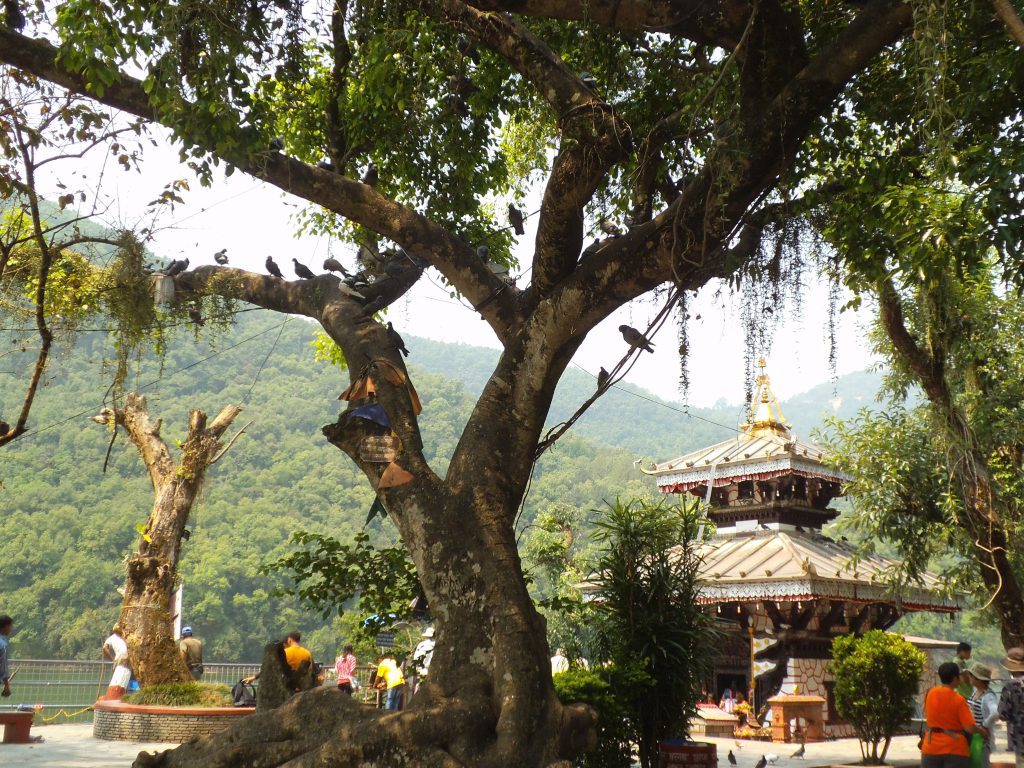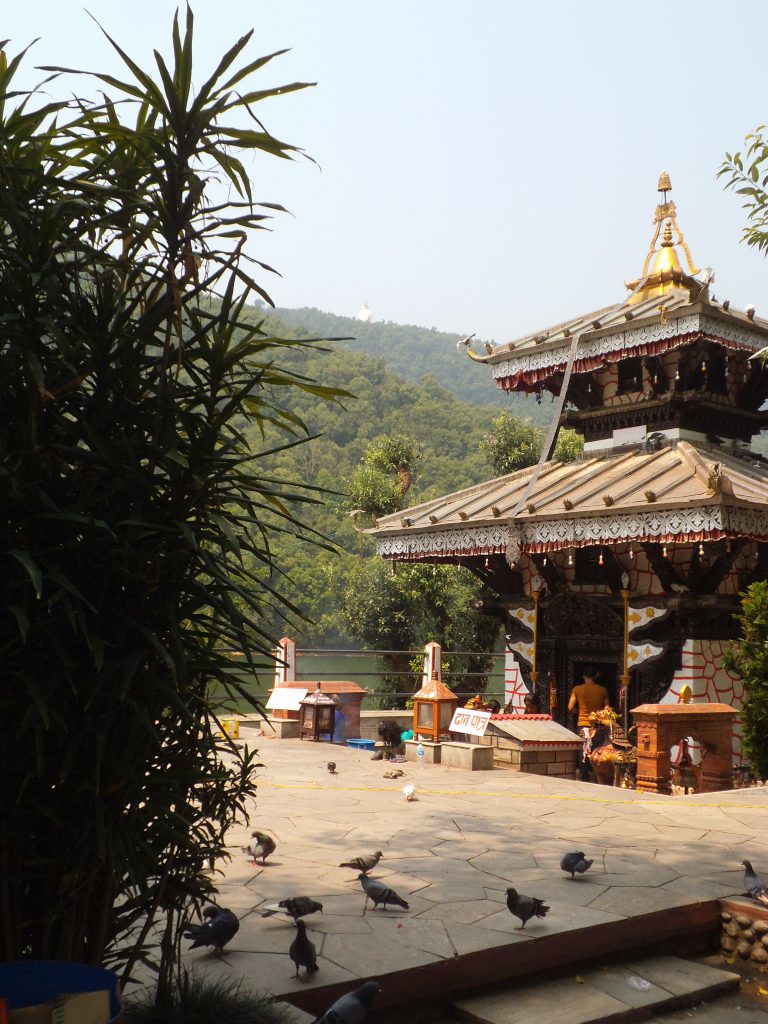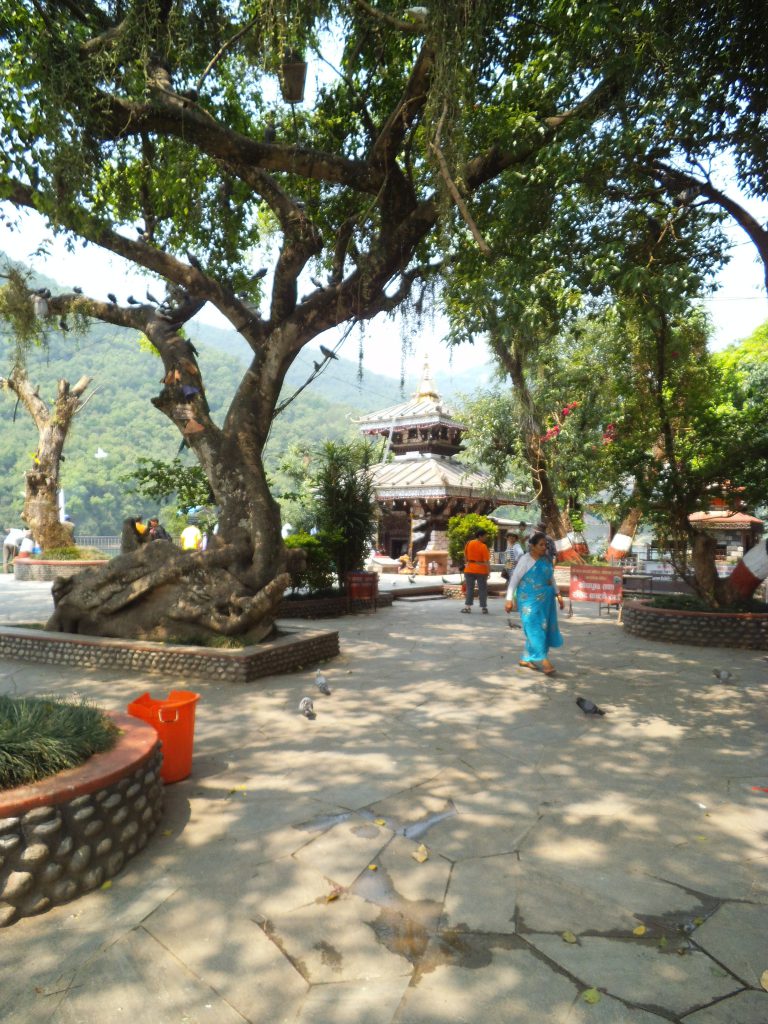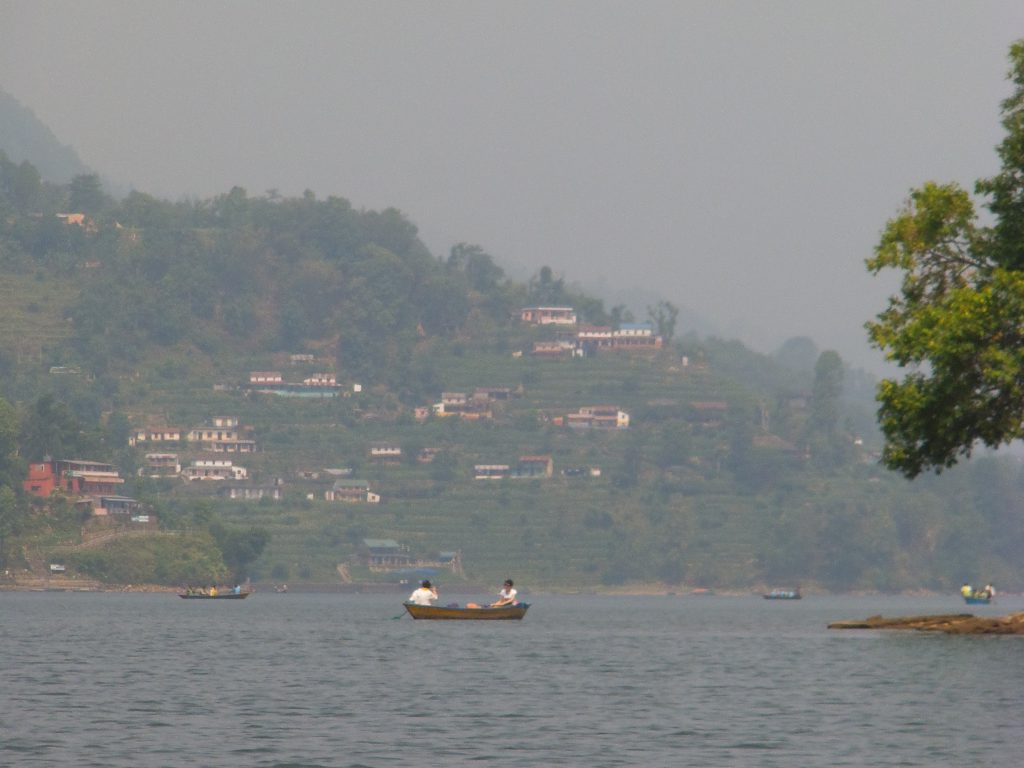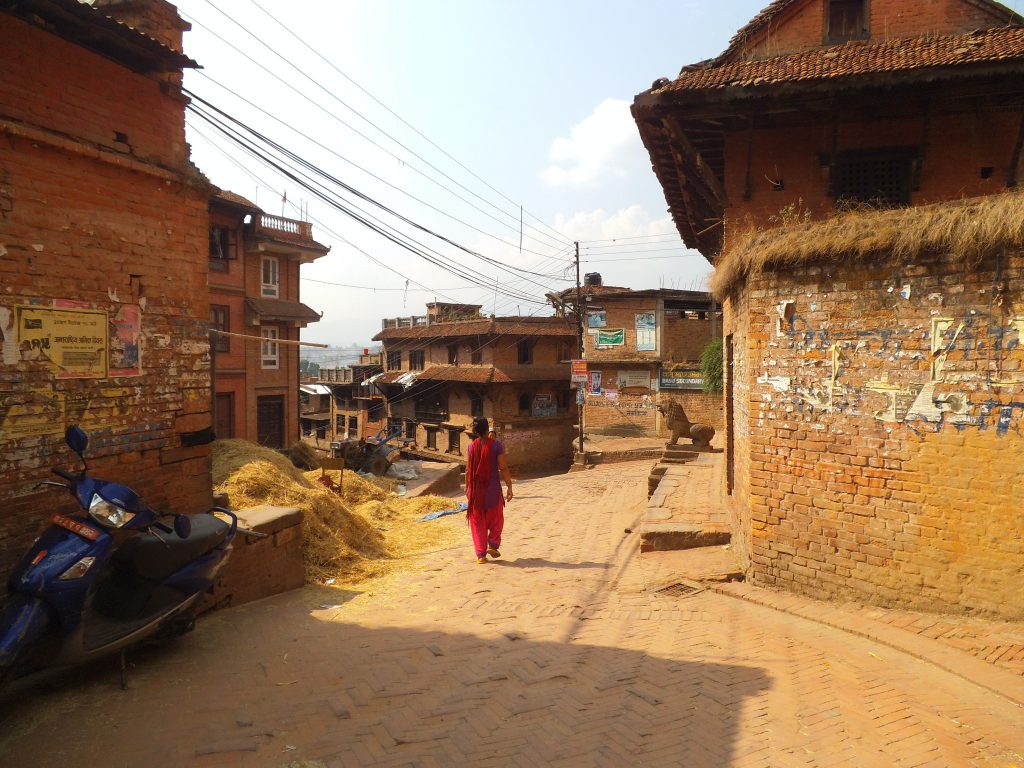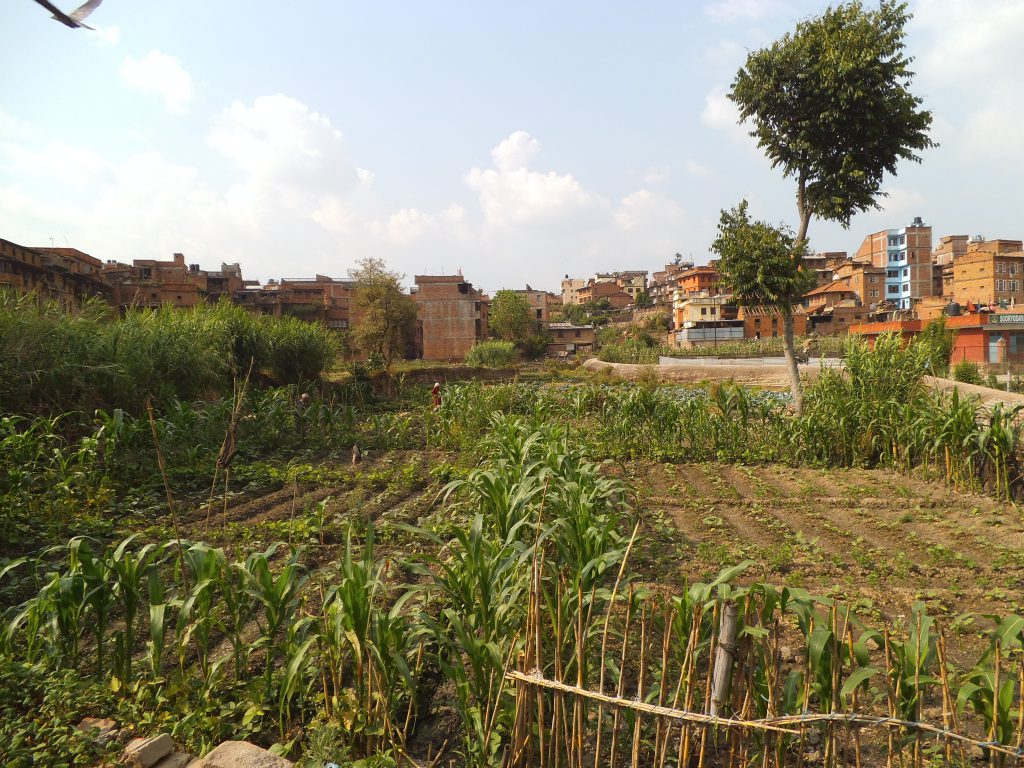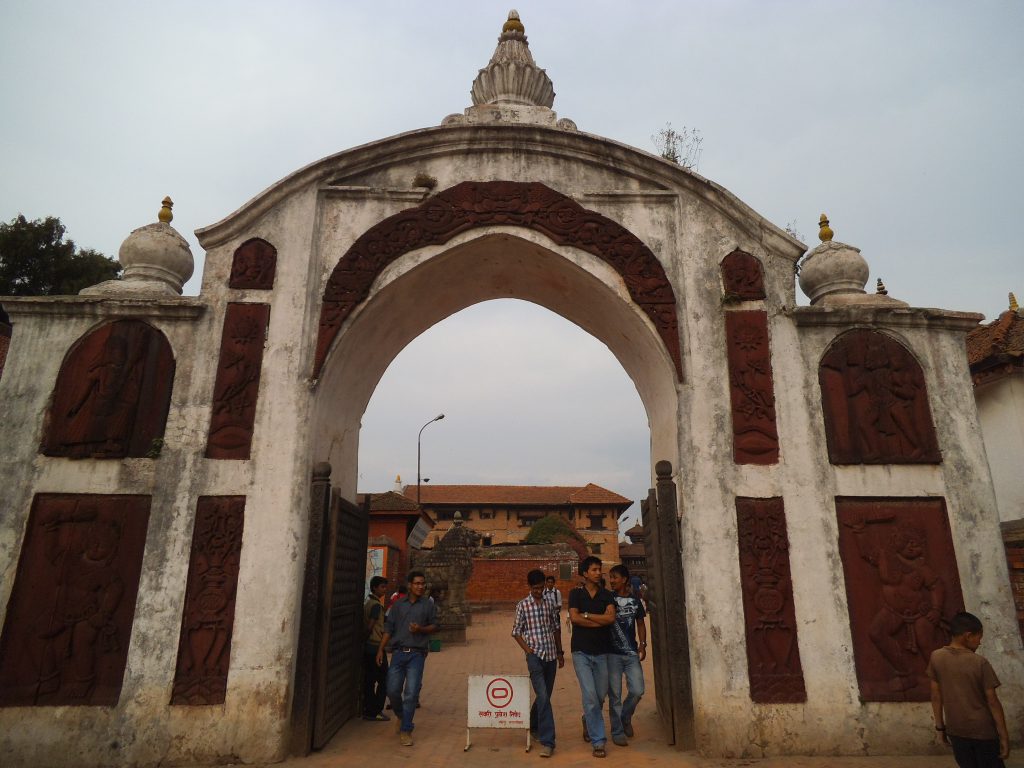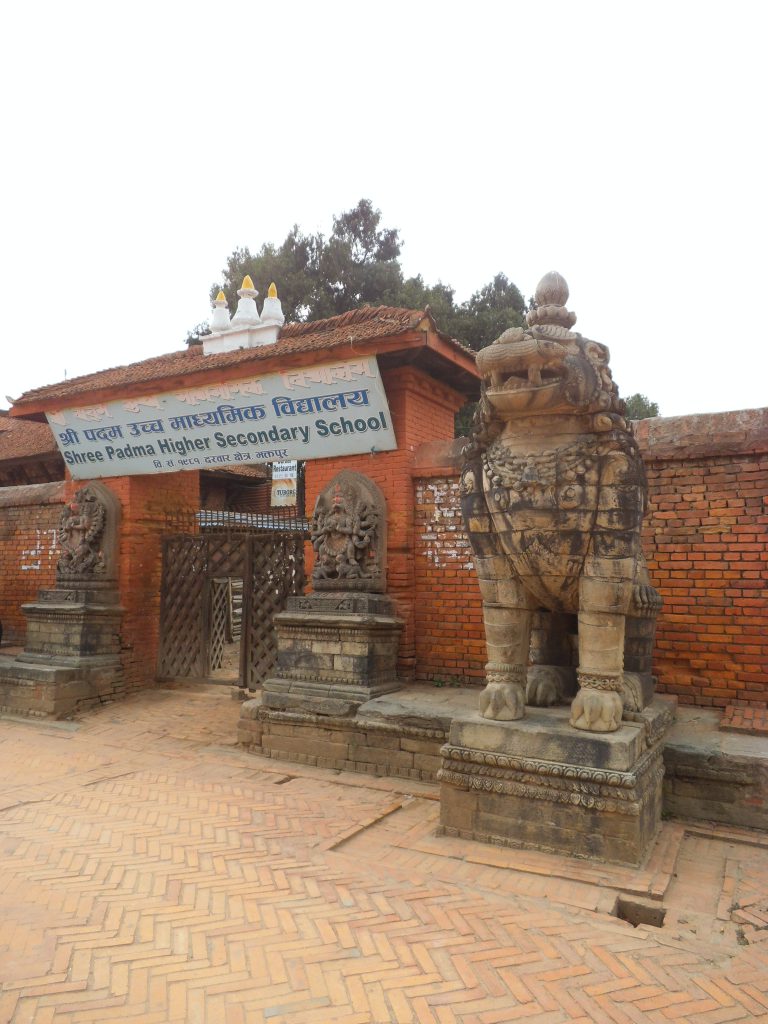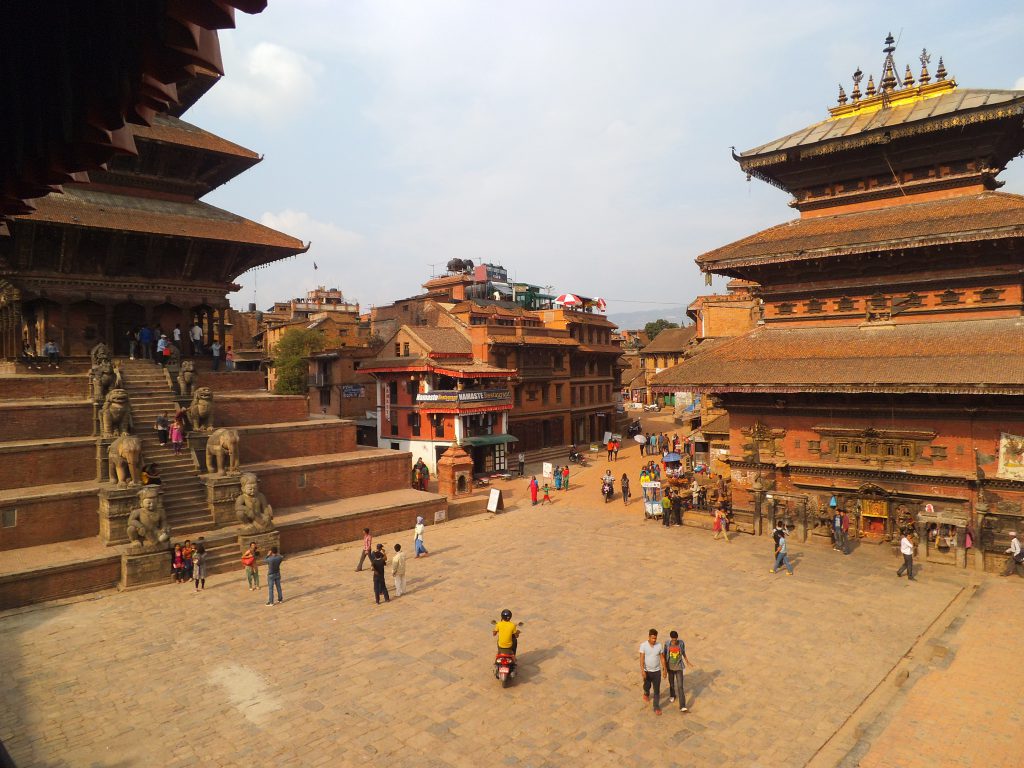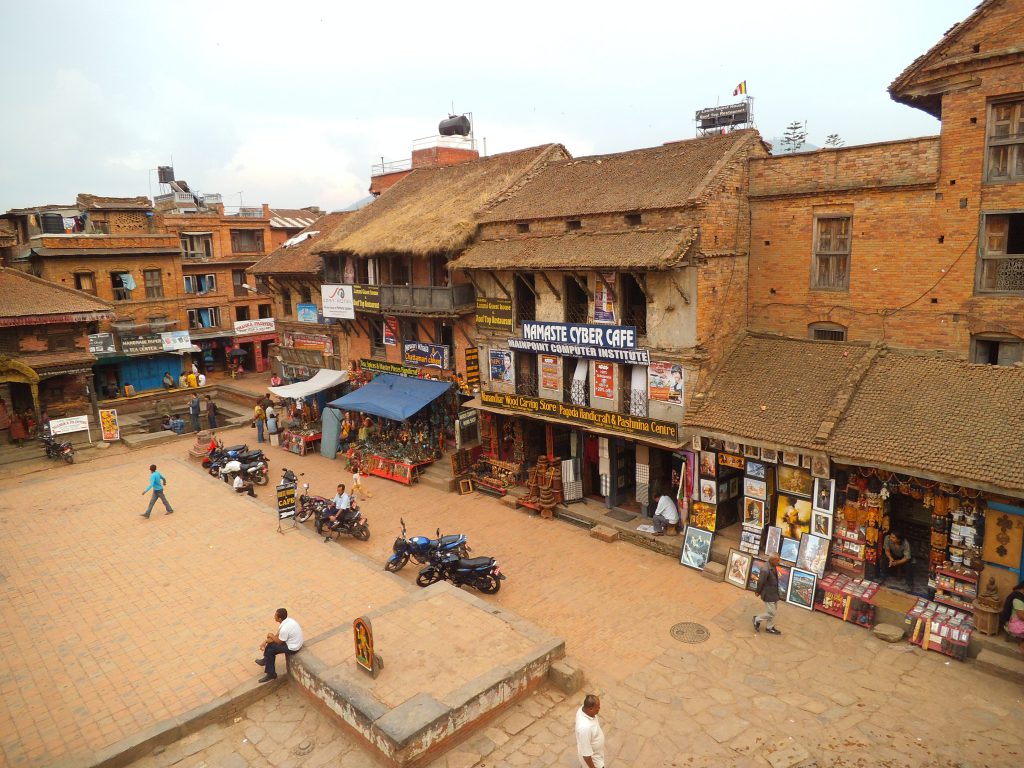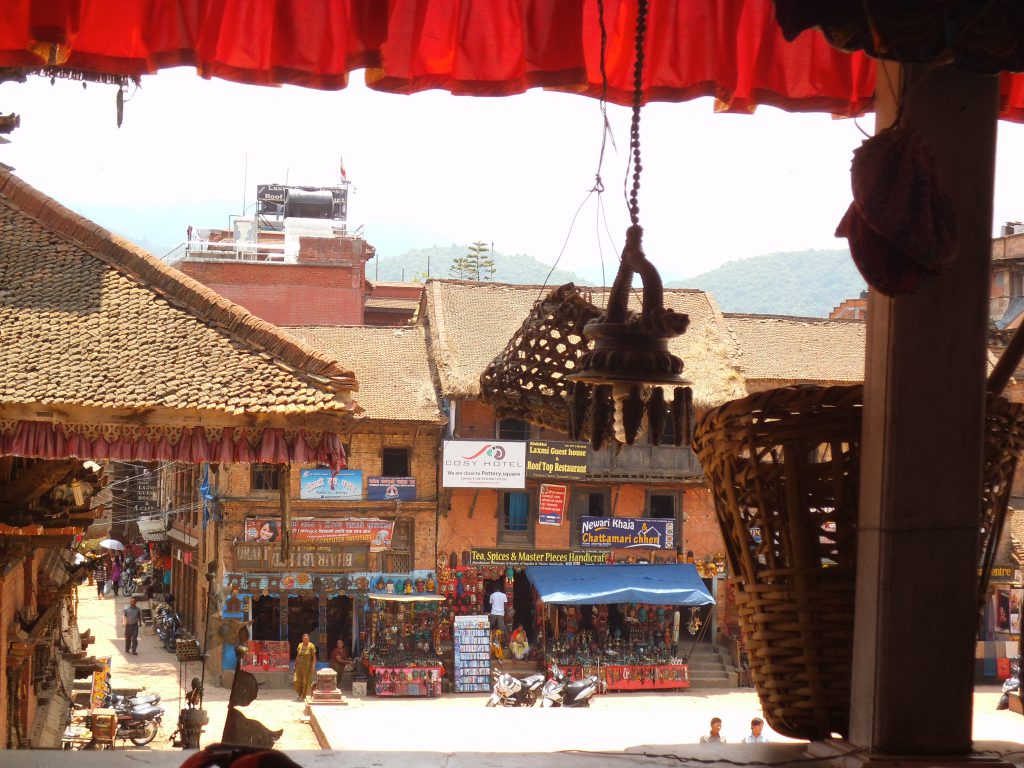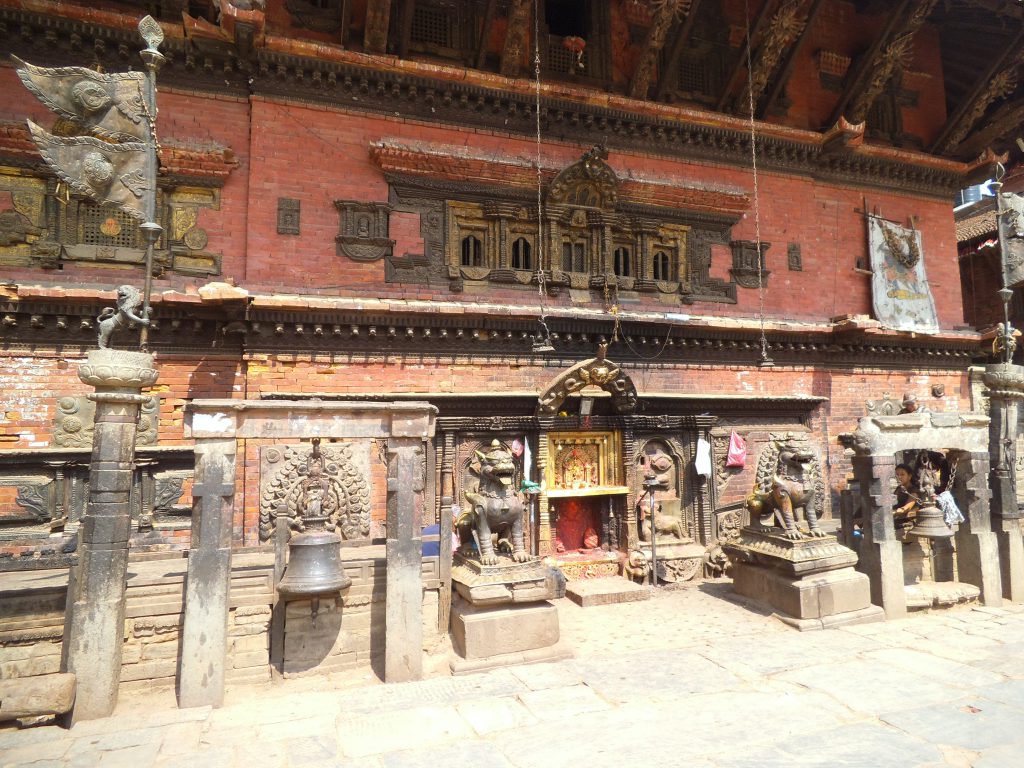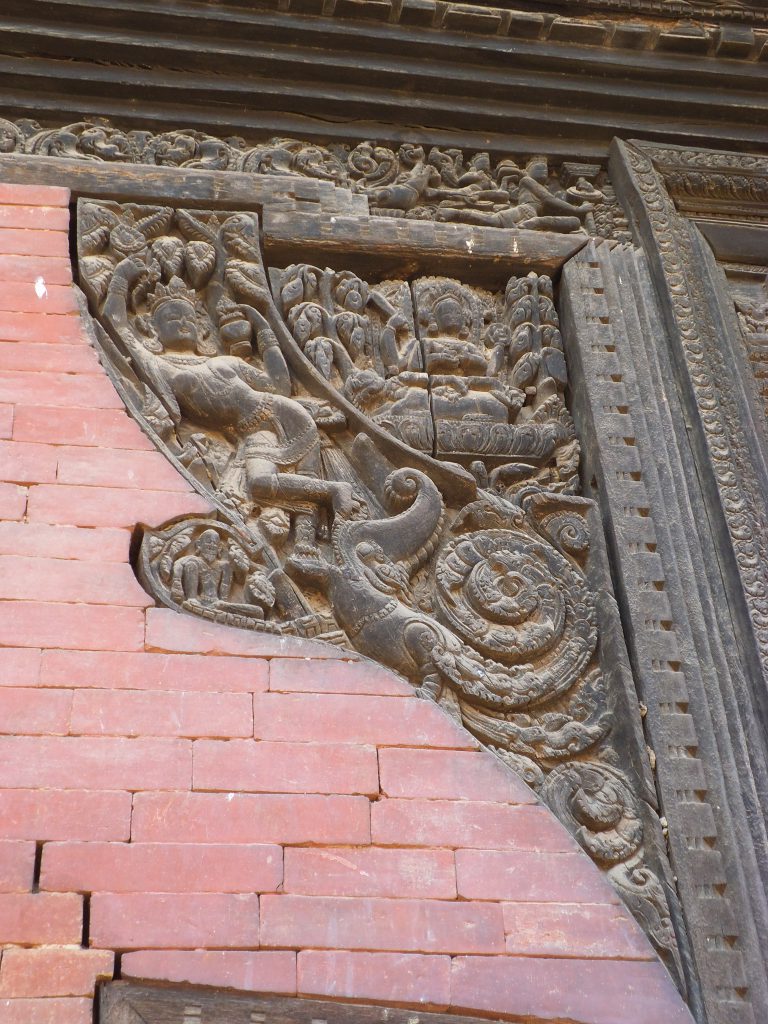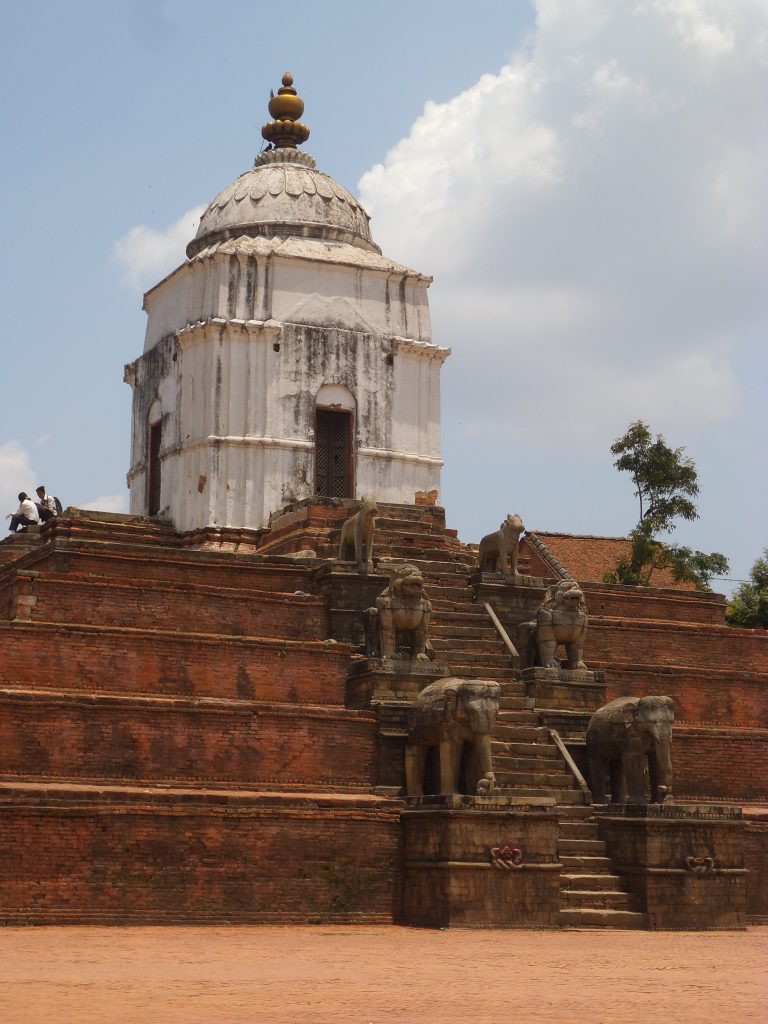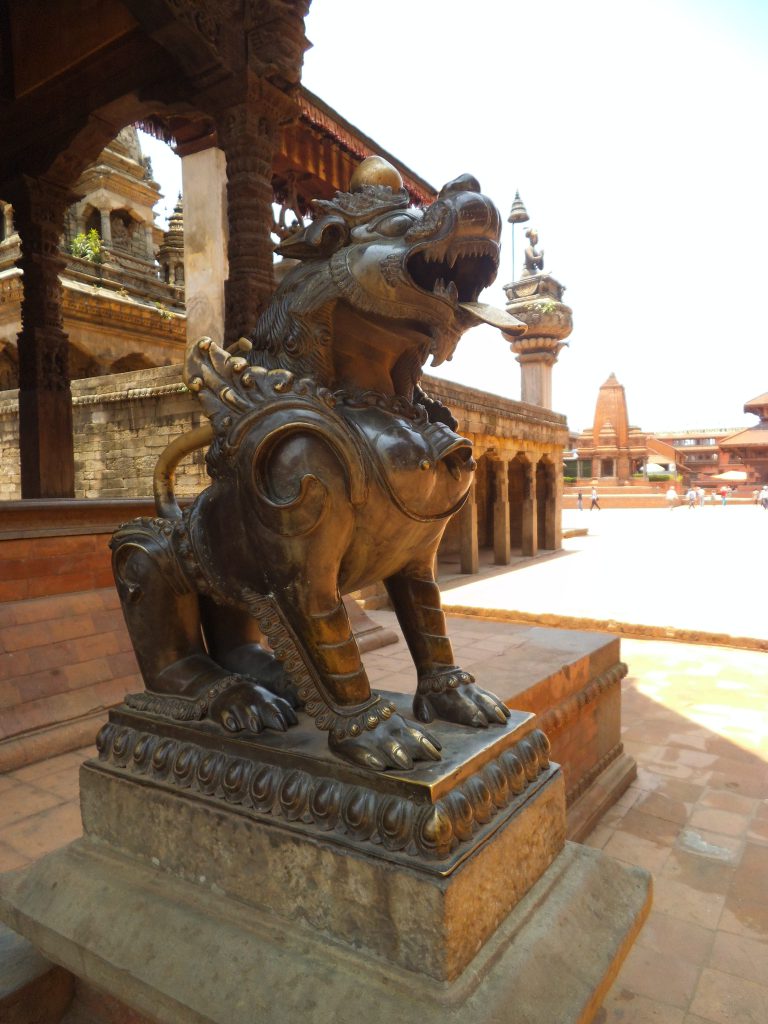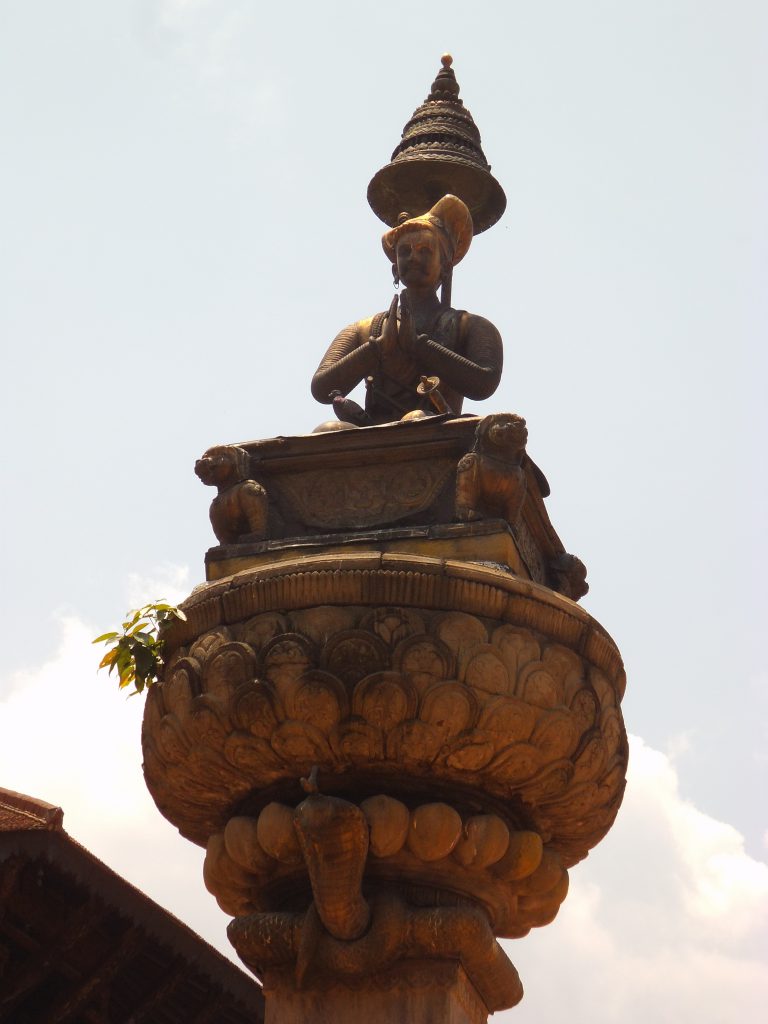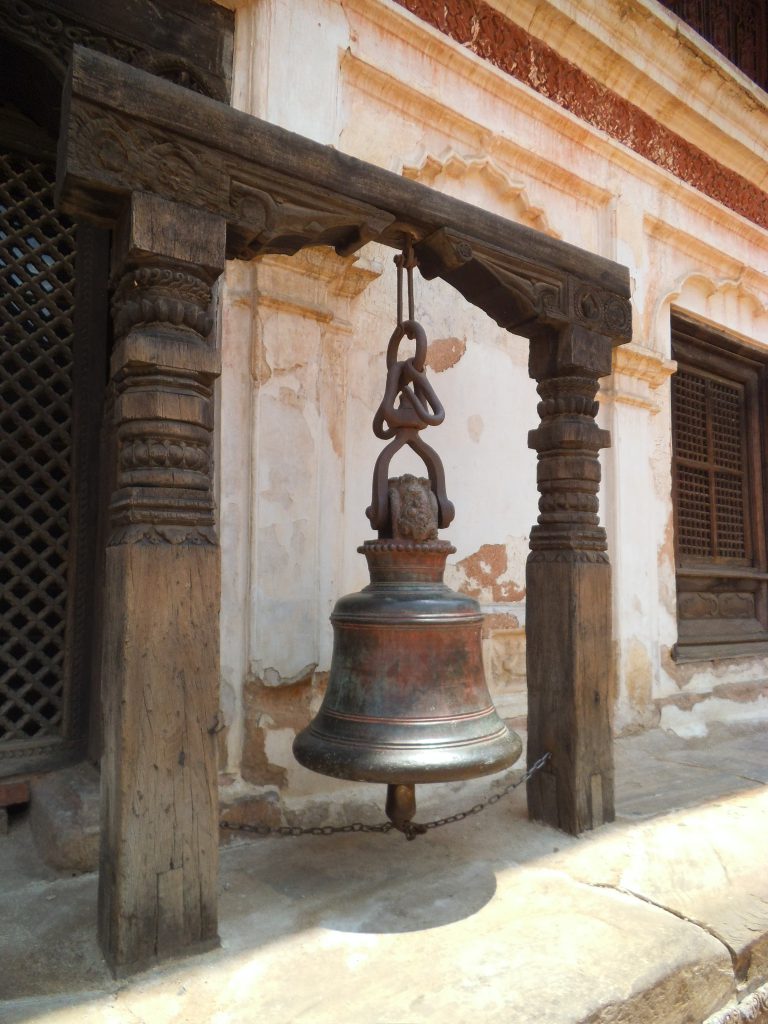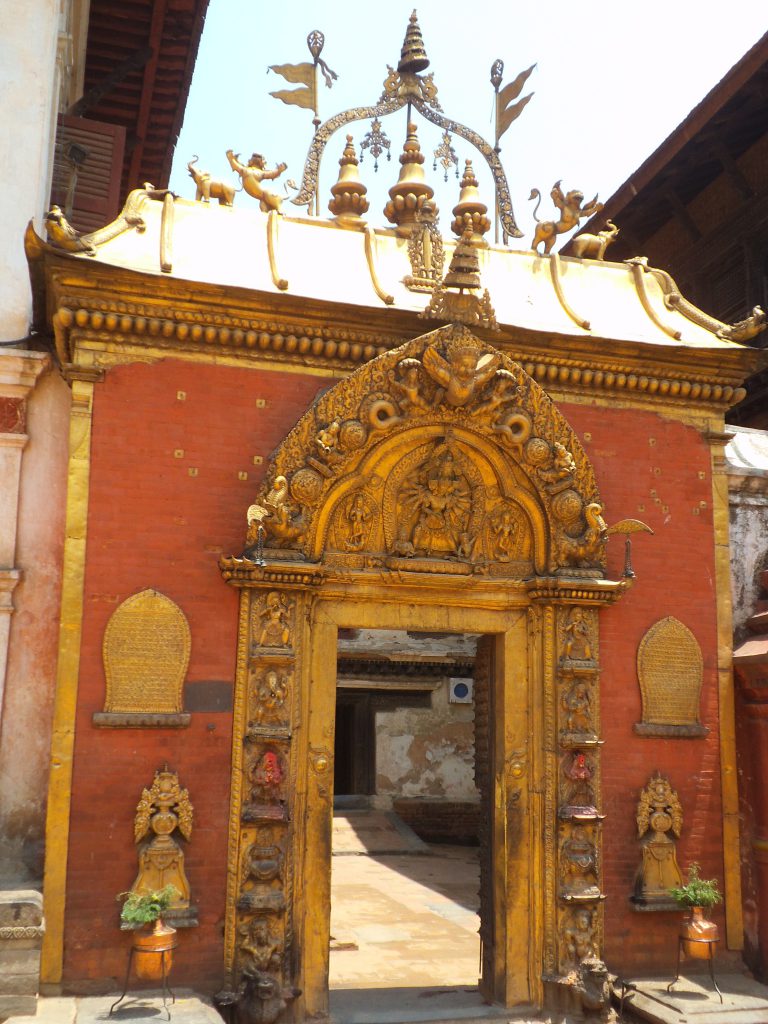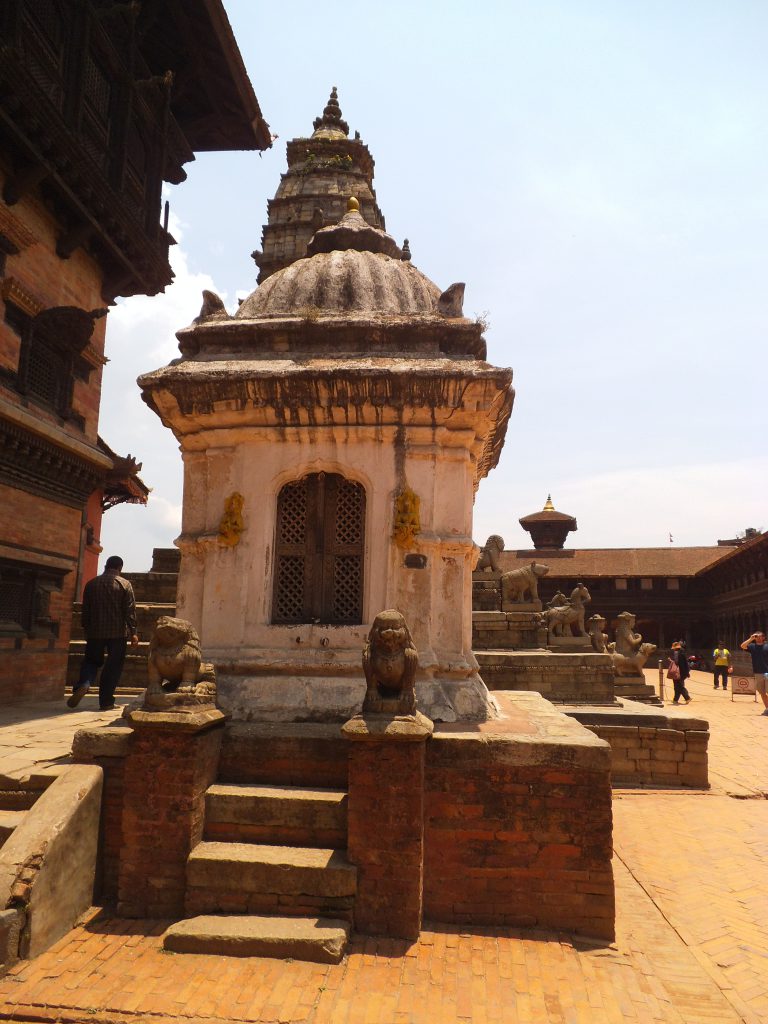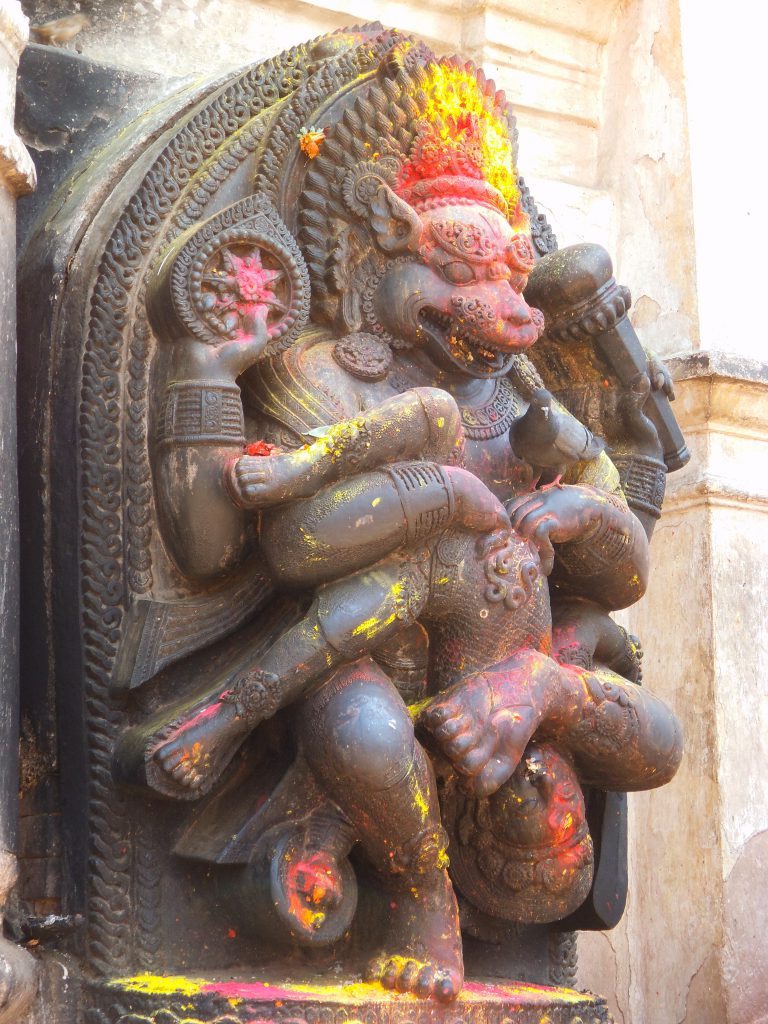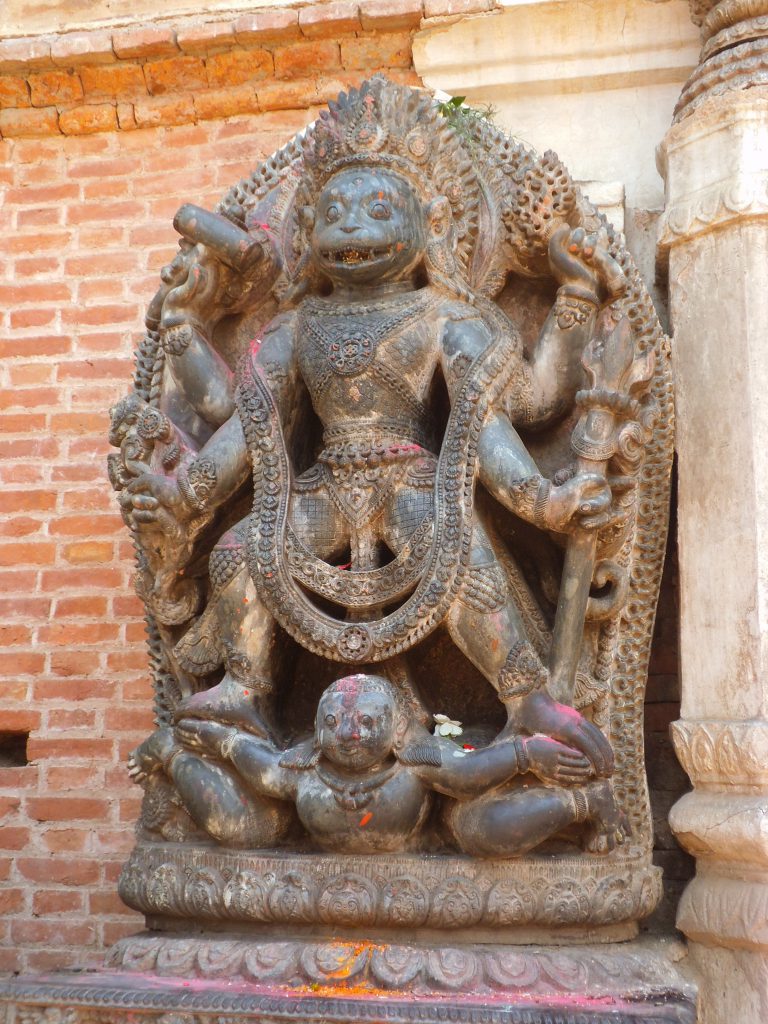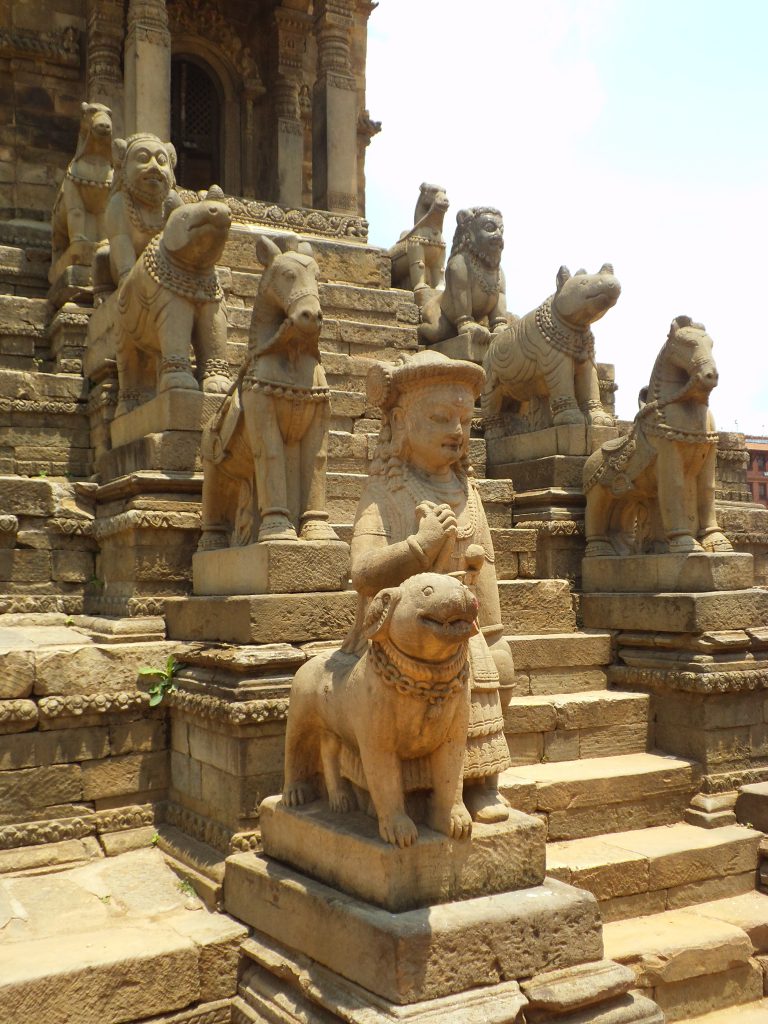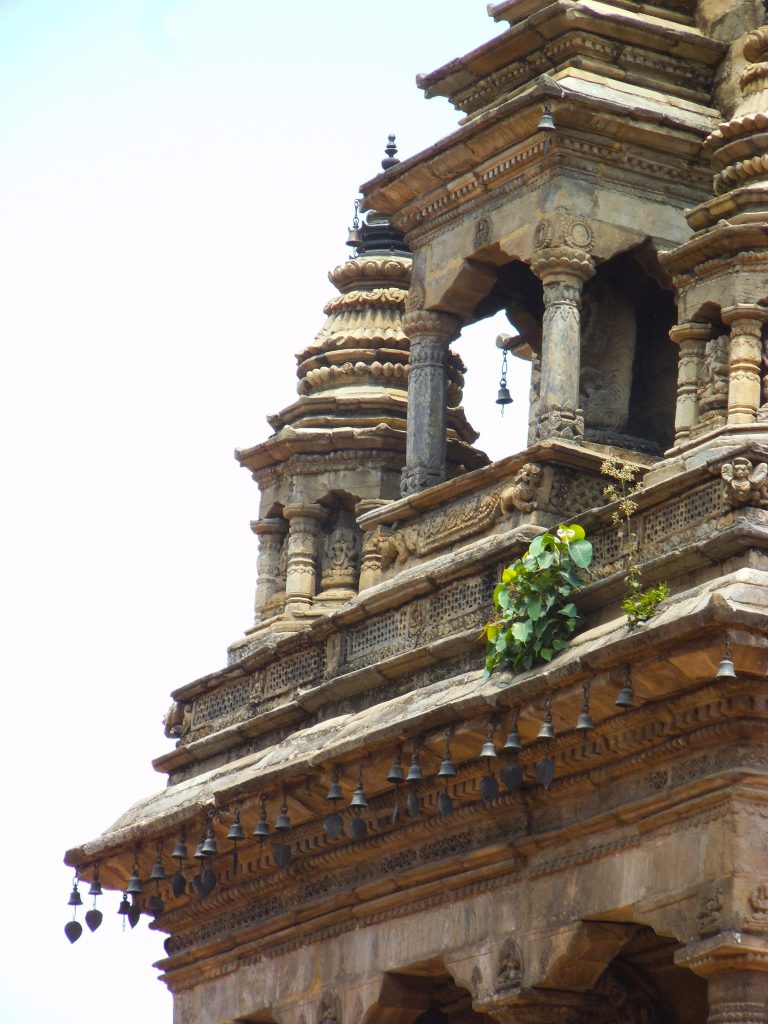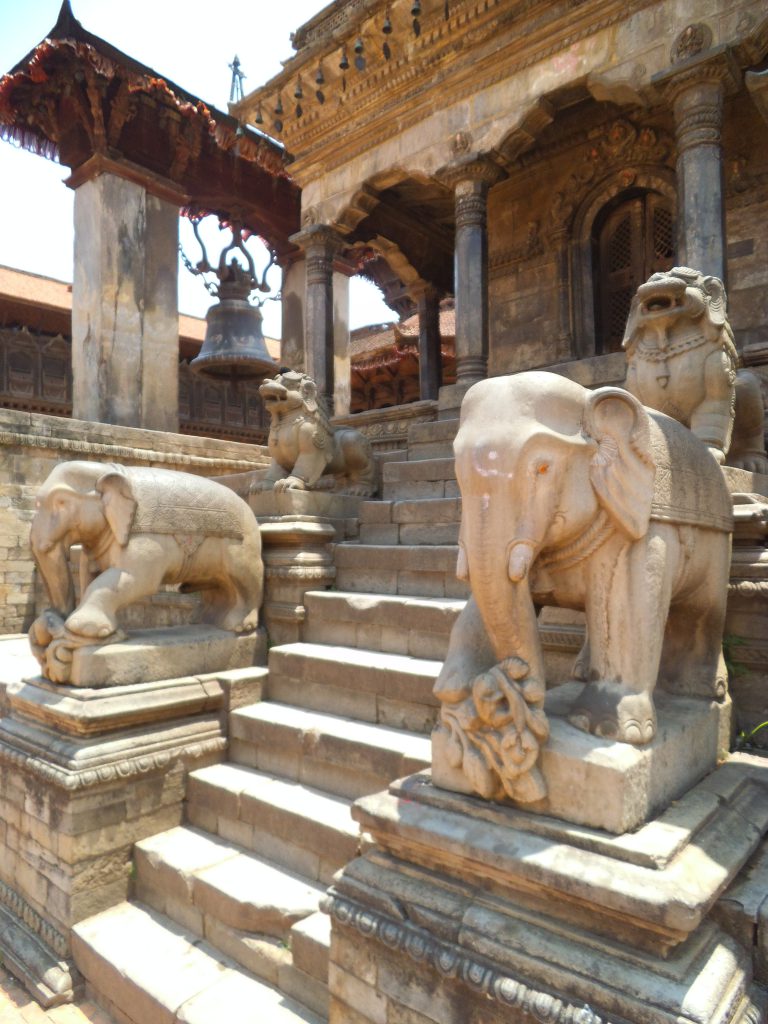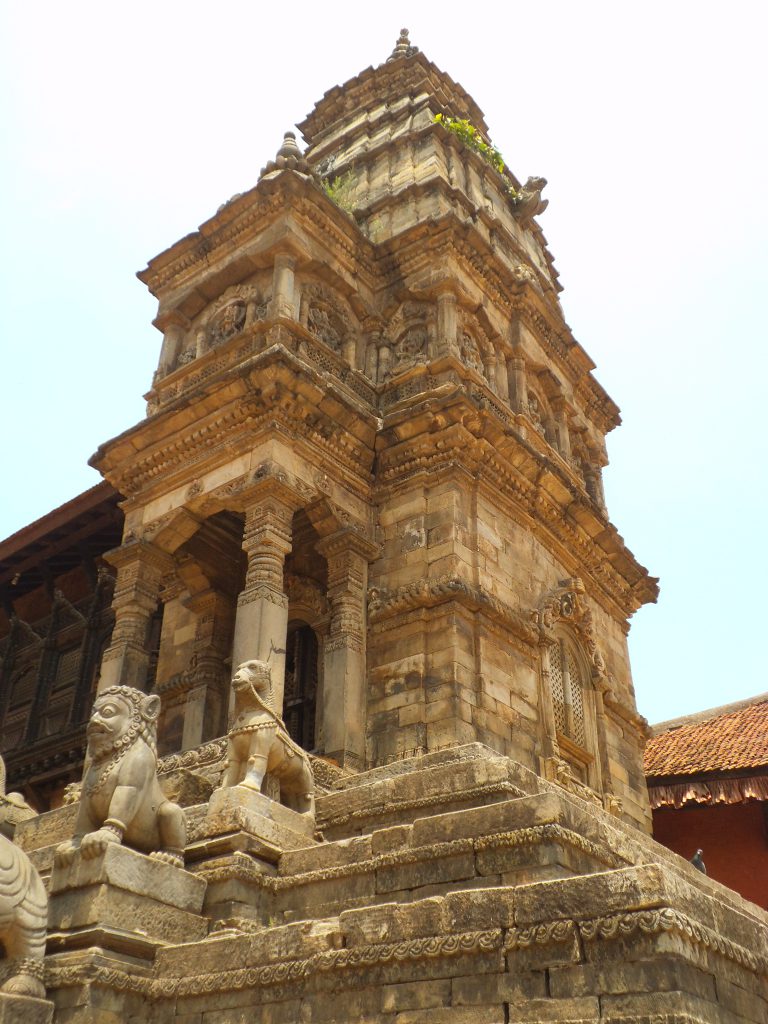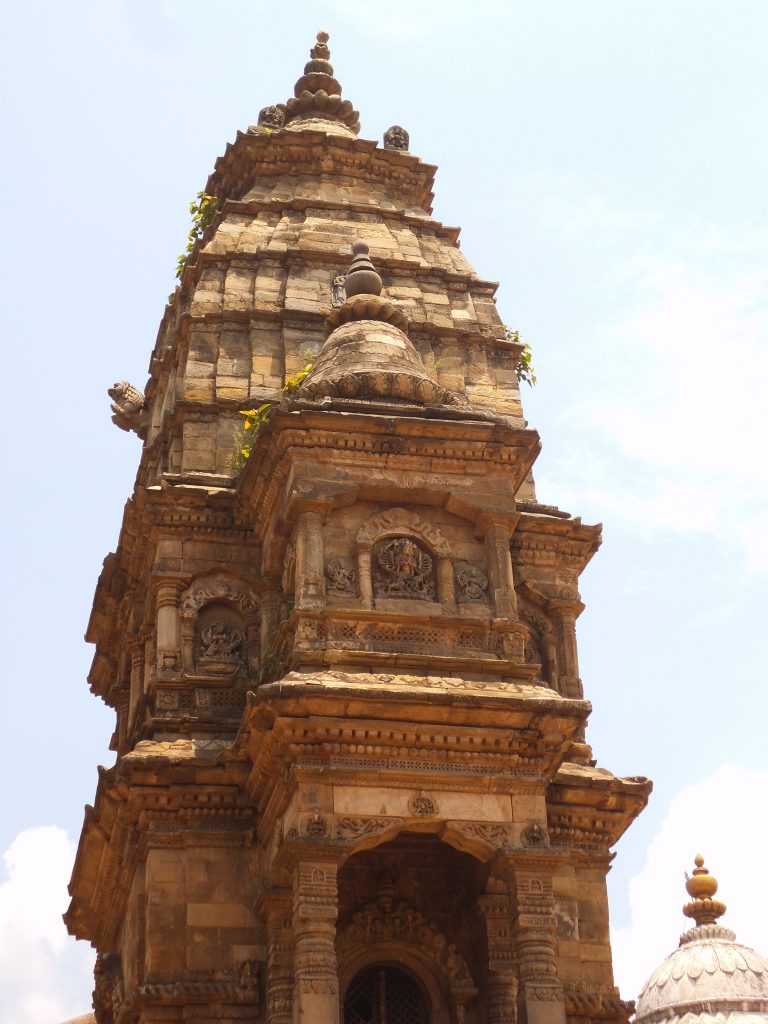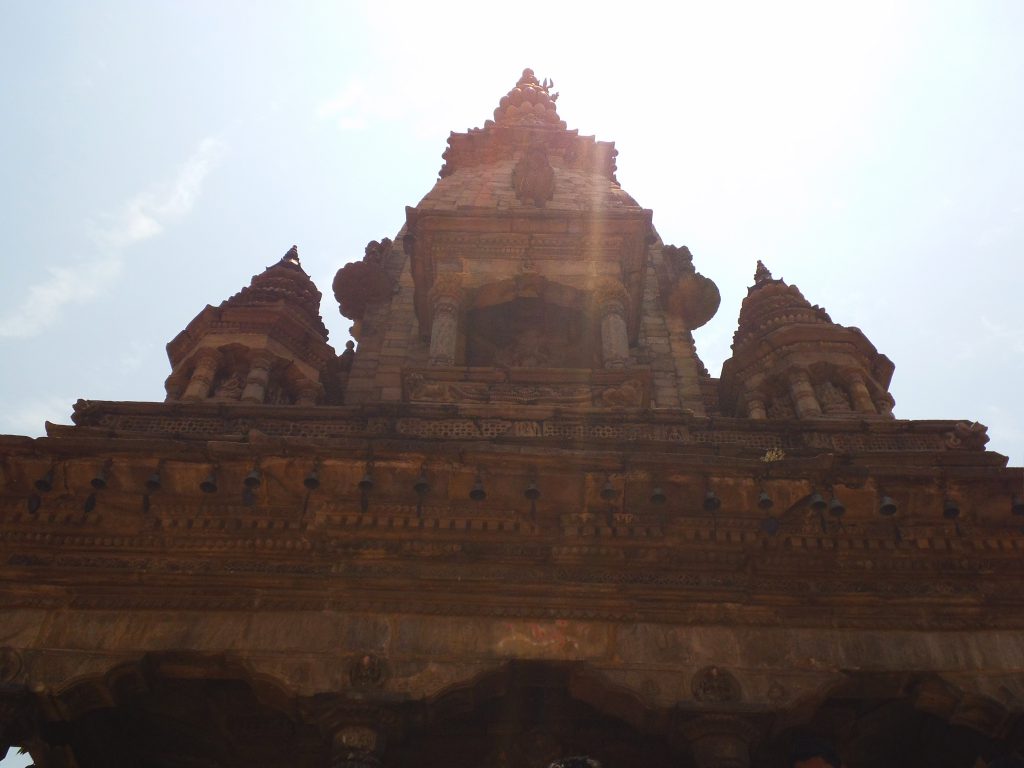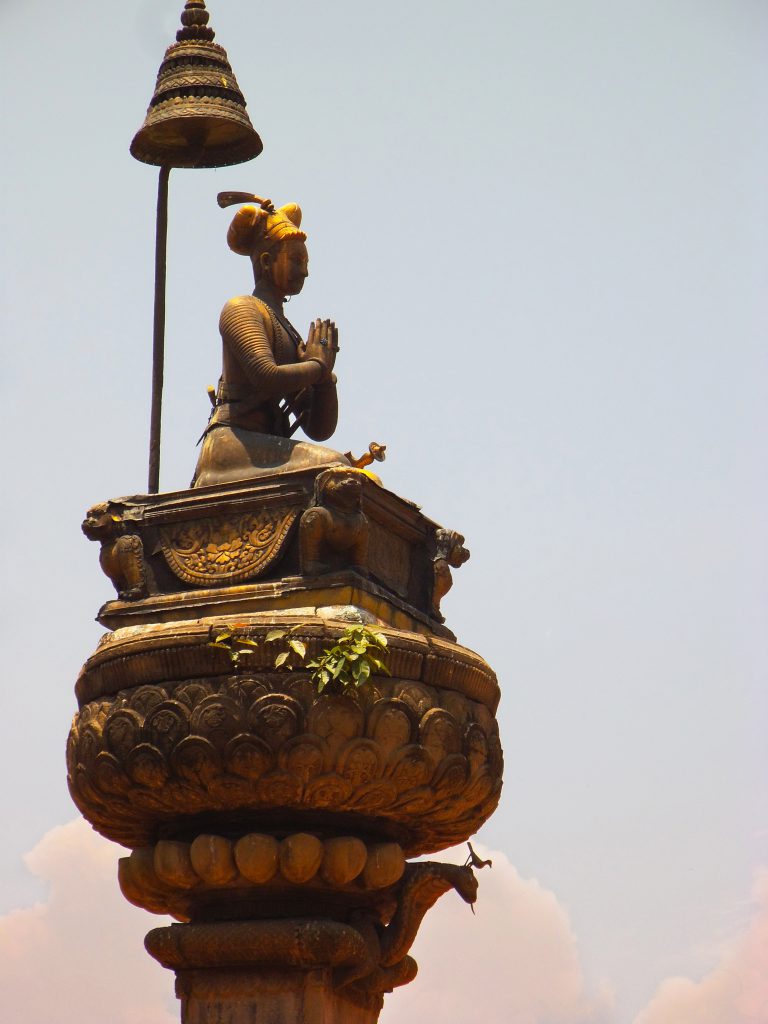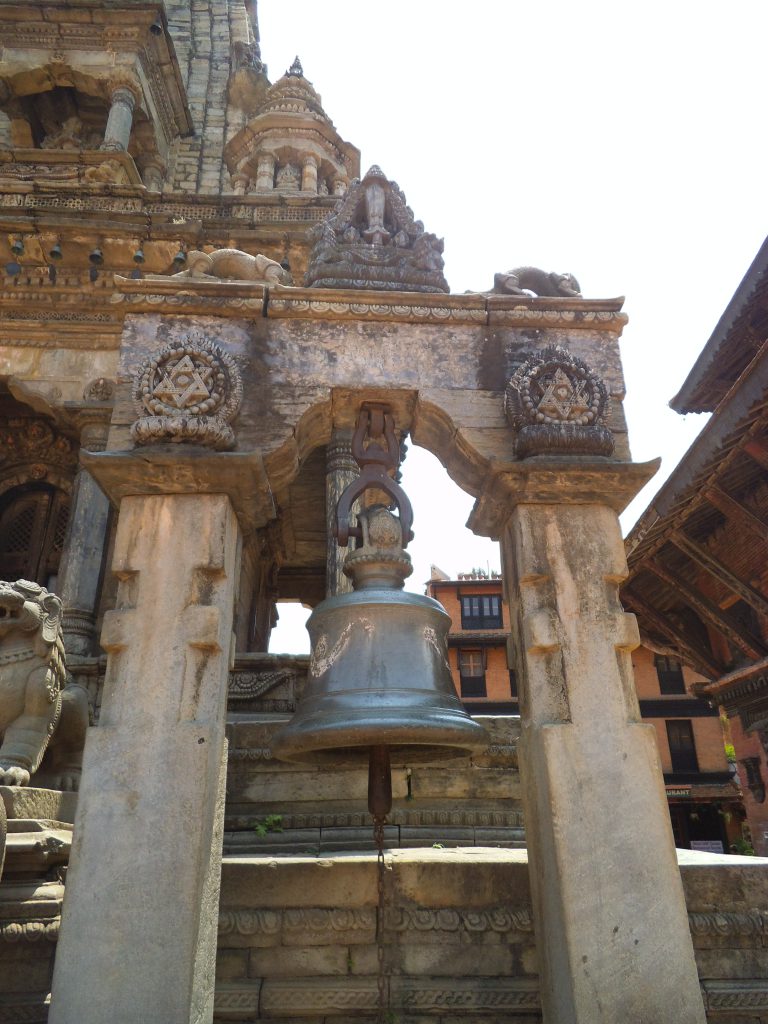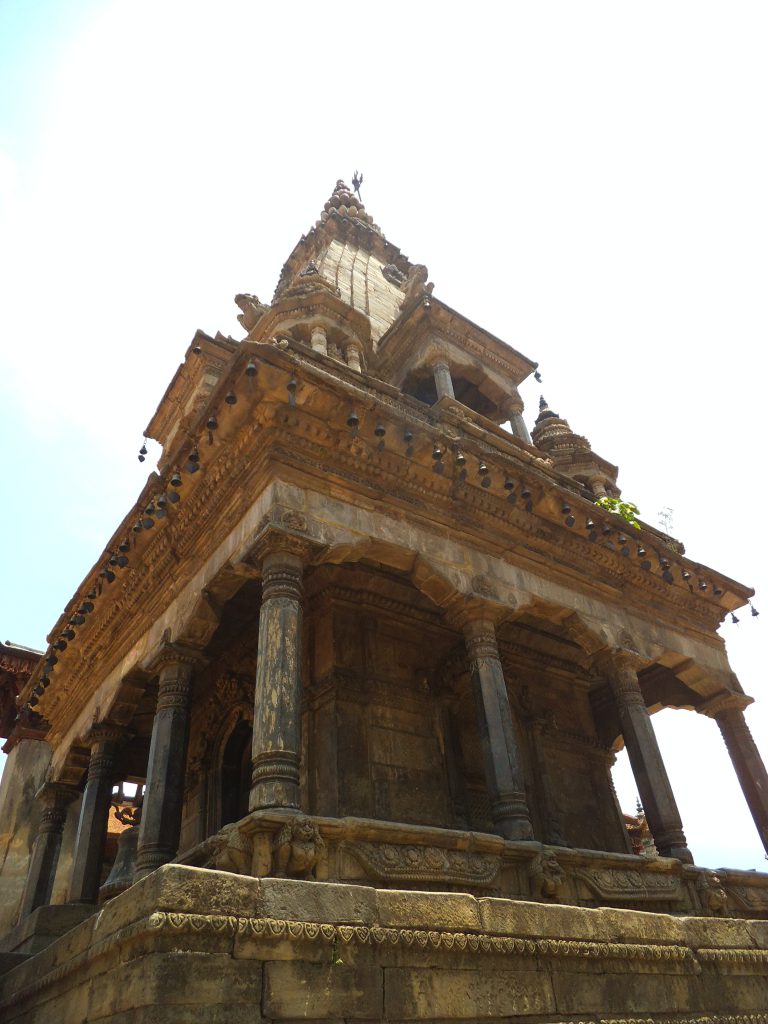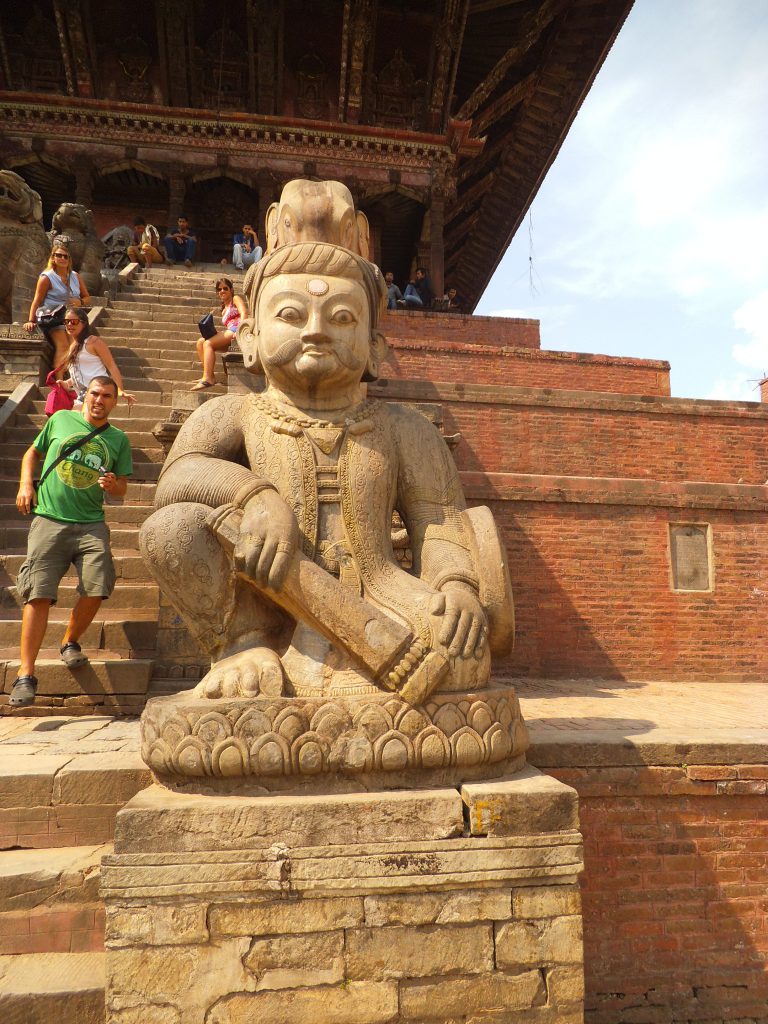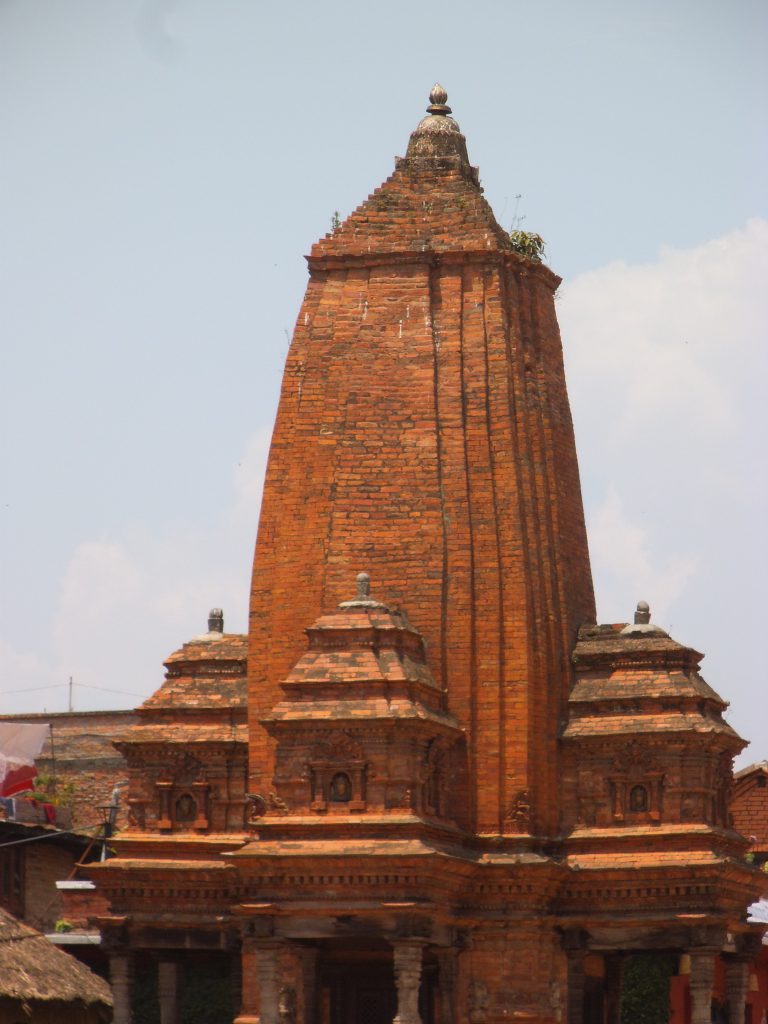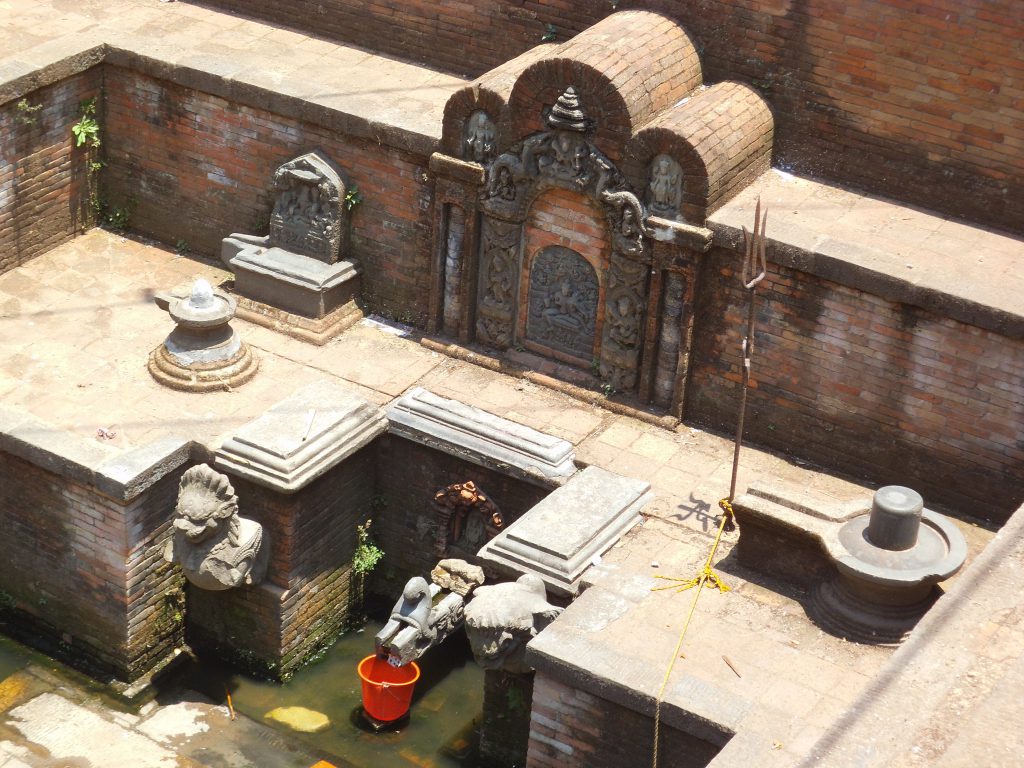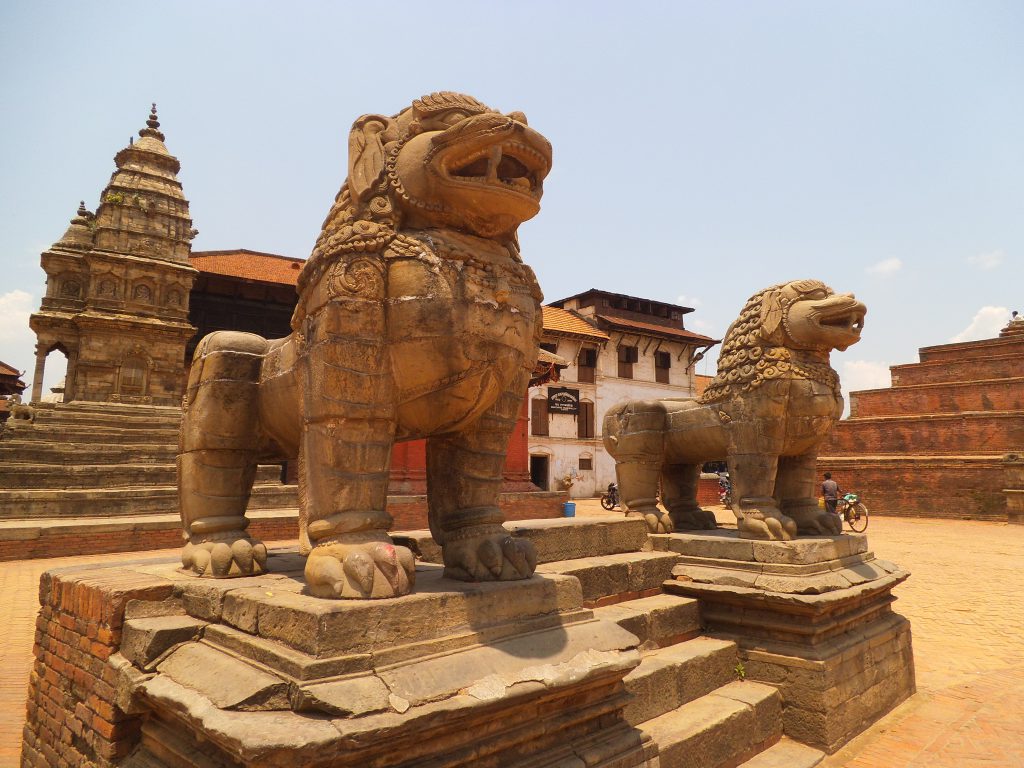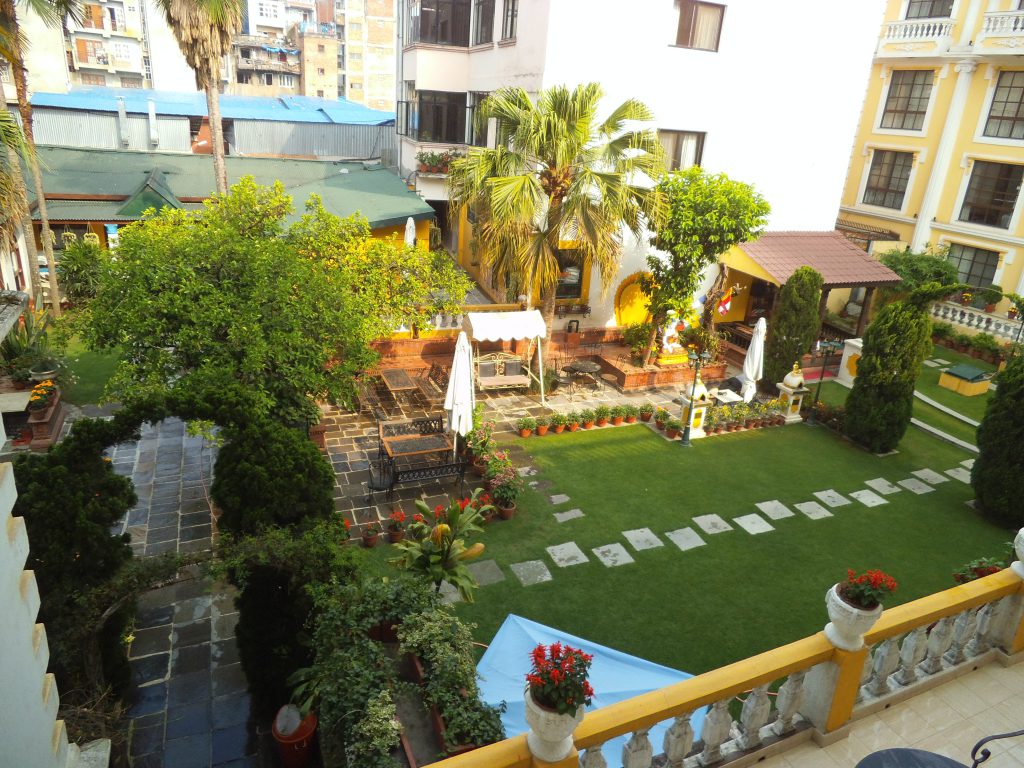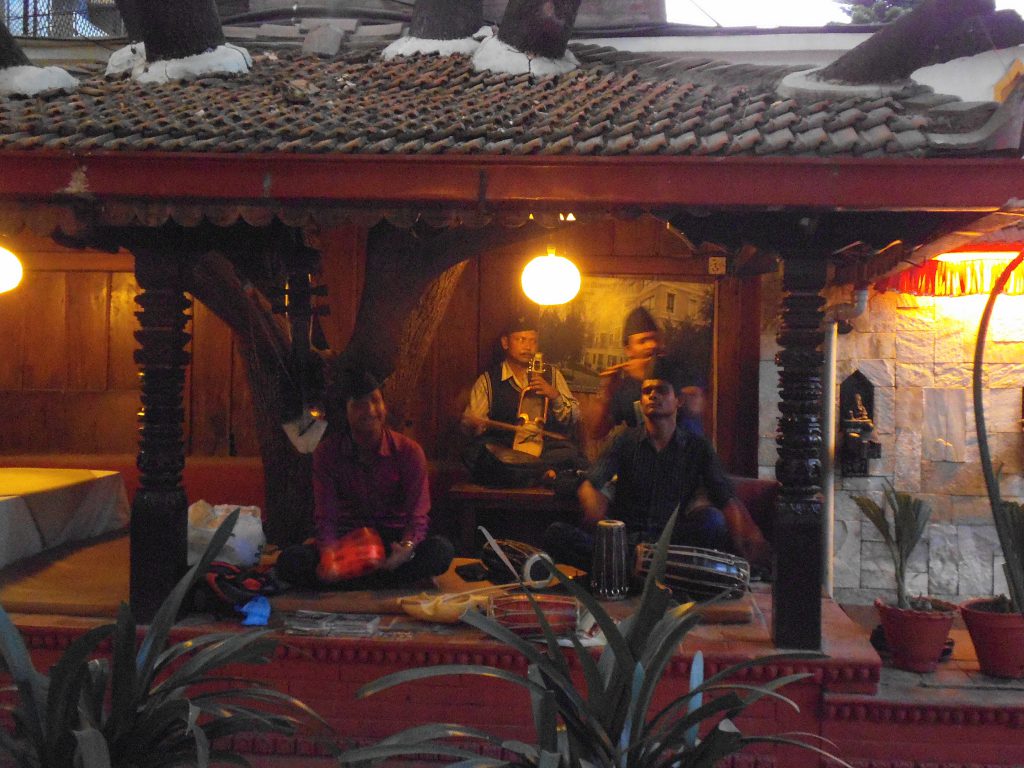Nepal
My journey in Nepal started on the plane flying over the Himalaya. These highest mountains of the world are so high they stick out through the clouds. It’s a very nice view.
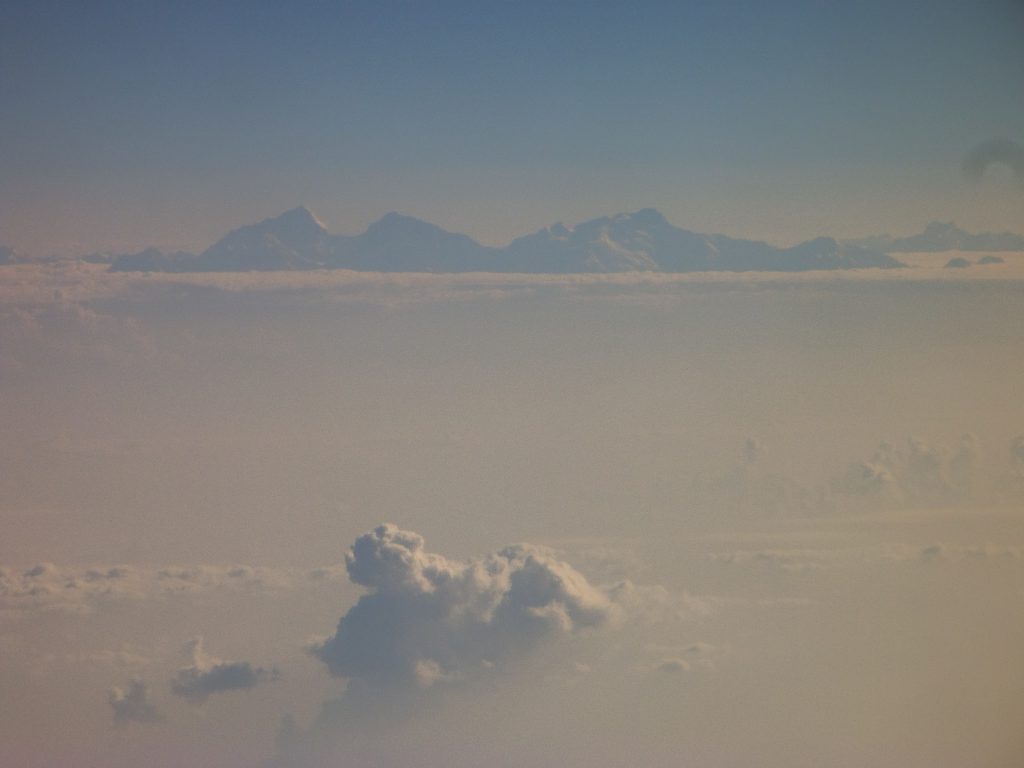
Kathmandu
Kathmandu is the capital of Nepal, around 3 million people live here. It has a multiethnic population within a Hindu and Buddhist majority. It is also the home of the Newars. The city is the gateway to the Nepalese Himalayas, and home to seven world heritage sites: the Durbar Squares of Hanuman Dhoka, Patan and Bhaktapur; the Stupas of Swayambhunath and Baudhanath; and the temples of Pashupati and Changu Narayan. There are also lots of small temples and shrines in the city. During rush hours, when you get stuck in traffic, you see many means of transportation around you: cars, scooters, busses, bycicles, riksja’s and even elephants!
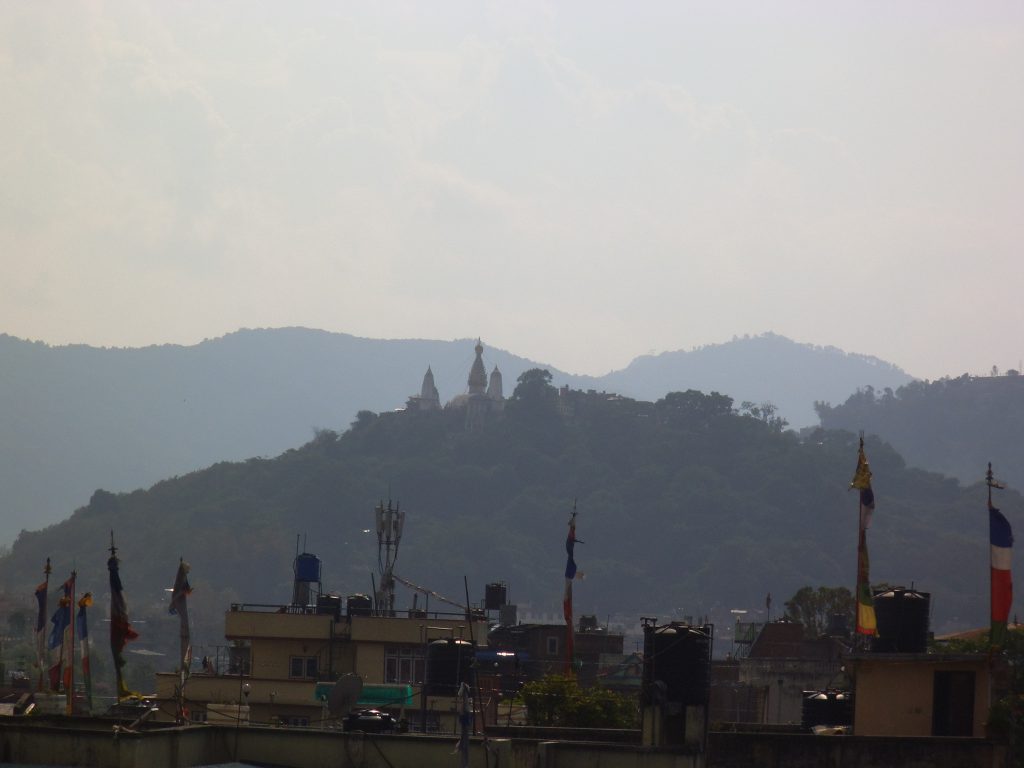

Narrow streets of Kathmandu 
Riksja’s 
Narrow streets of Kathmandu 


Momo’s
Nepali street food
Dal Bhat
Nepali dish

View from the hotelroom
After a few beers, Lassi’s, some Momo’s, a good meal (Dal Bhat) and a good night sleep we visit the Swaymbhunath Stupa (Monkey Temple). The Tibetan name for the site means ‘Sublime Trees’, for the many varieties of trees found on the hill. There are holy monkeys living in the north-west parts of the temple. It is said they are holy because while Manjushri, the bodhisattva of wisdom and learning, was building the temple on the hill, his head lice transformed into these monkeys.
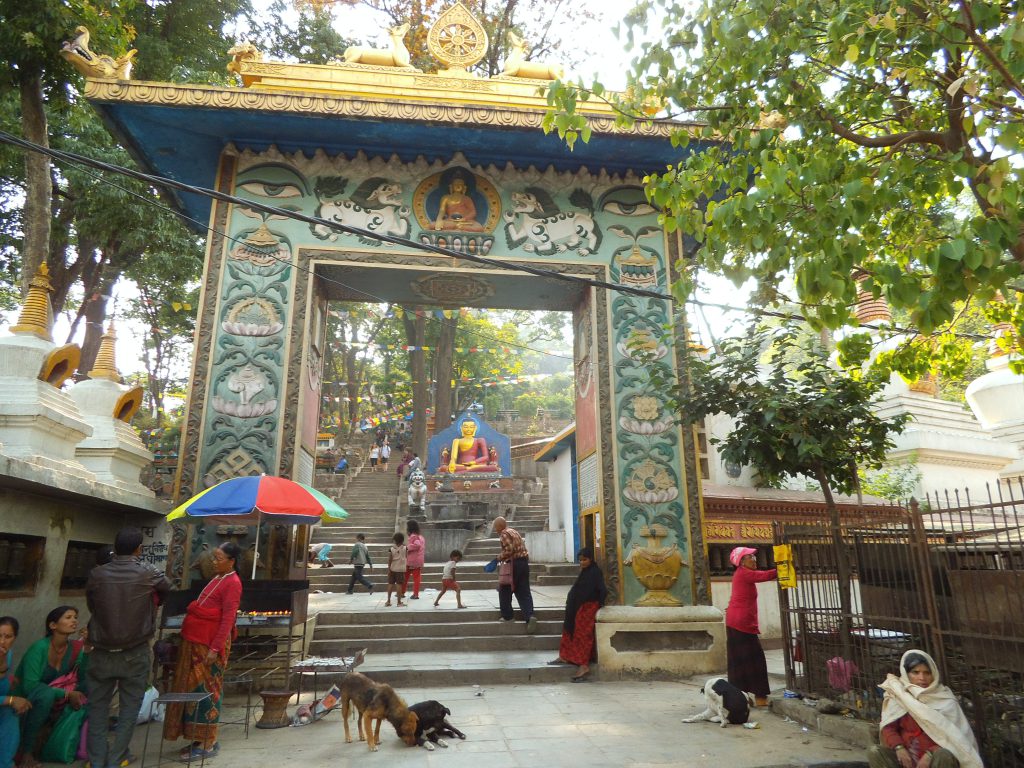


Monkeys 
More monkeys 
Stairs to the top
On the stairs to the top people are selling Bagh Chal, a traditional Nepali game, among other souvenirs. From the top of the stairs you have very nice view on Kathmandu.

Souvenirs made from stone 
Bagh Chal, a traditional Nepali game
This stupa is one of the holiest Buddhist stupas and the oldest of its kind in Nepal and has numerous shrines and monasteries on its premises. The dome at the base represents the entire world. There is a large pair of eyes on each of the four sides of the main stupa which represent Wisdom and Compassion.

View on Kathmandu 
Top of the Monkey temple 








More monkeys
Swayambhu literally means “self-existent one”. Believed to date back to 460 A.D., it was built by King Manadeva and by the 13th century, it had become an important center of Buddhism. Legend has it that Manjusri had a vision of the Lotus at Swayambhu and traveled there to worship it. Seeing that the valley could be a good settlement, and to make the site more accessible to human pilgrims, he cut a gorge at Chovar. The water drained out of the lake, leaving the valley in which Kathmandu now lies. The Lotus was transformed into a hill and the flower became the stupa.

More monkeys in the city
In Kathmandu there are many shops, rooftop terraces and good food. We have to watch out with ice cubes and what we eat, because there isn’t electricity everywhere. There are also a lot of power shutdowns from time to time. Also Wifi is not everywhere yet, so the only way to keep in touch with friends and family back home is by going to internet cafés. We meet a lot of nice people and are also invited to a party with a very good rock coverband. I didn’t take any pictures there to show you Nepali people also know how to party.


Dinner 
Lassi 
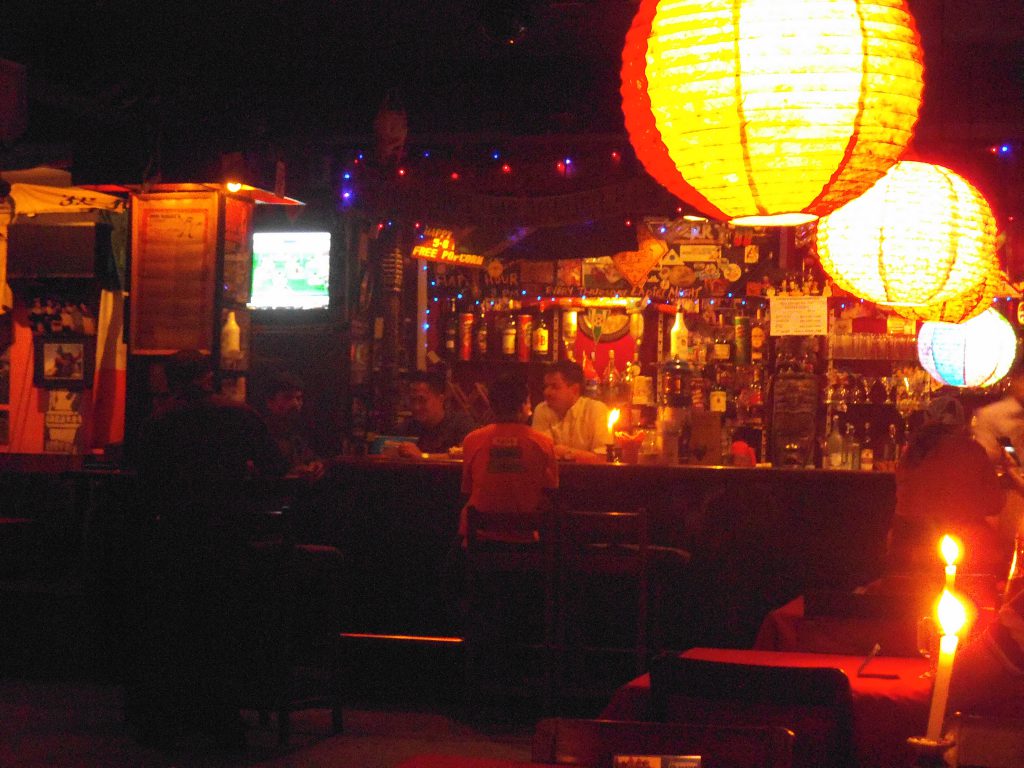
On the last day (until we return here at the end of our roundtrip) we visit the Durbar Squares of Hanuman Dhoka, Patan and the stupa of Bouddhanath.
Durbar Square, which means Royal Square in English, are the plazas and areas opposite the old royal palaces in Nepal. It consists of temples, idols, open courts, water fountains and more. Before the Unification of Nepal, Nepal consisted of small kingdoms, and Durbar Squares are most prominent remnants of those old kingdoms in Nepal. In particular, three Durbar Squares in the Kathmandu Valley, belonging to the three Newar kingdoms situated there before unification, are most famous: Kathmandu Durbar Square, Patan Durbar Square and Bhaktapur Durbar Square. All three are UNESCO World Heritage Sites.
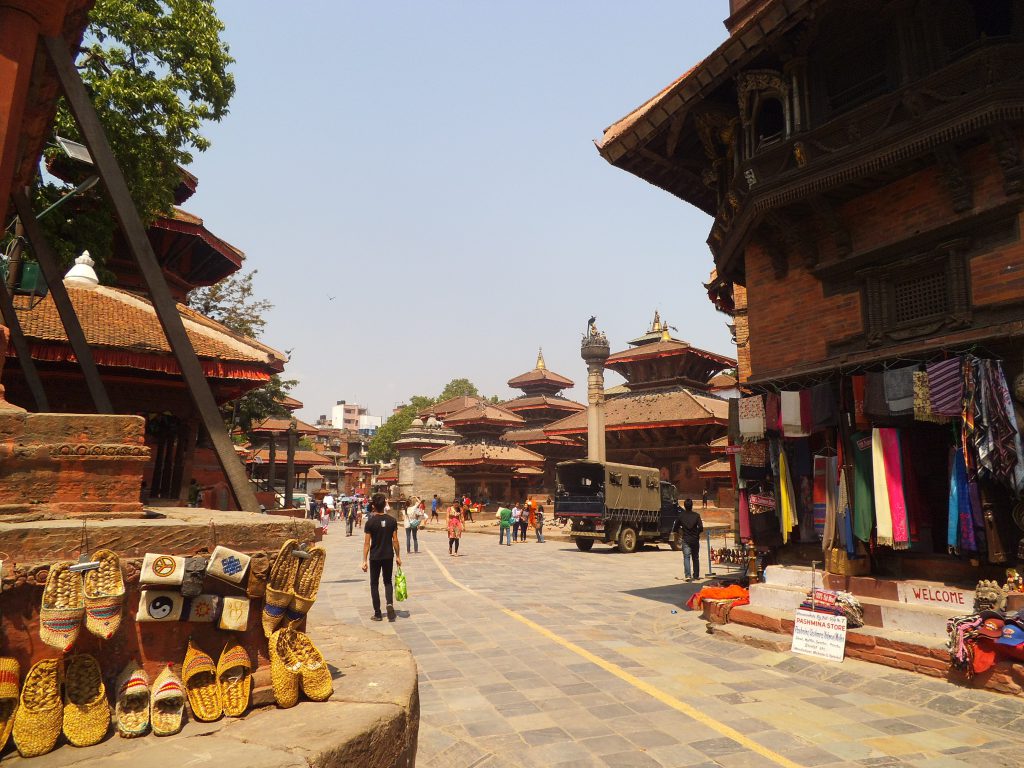


Scooters at Durbar square 



Royals look out on Durbar square 
Kala Bhairava
at Kathmandu Durbar square
Ganesh
at Kathmandu Durbar square
The first stupa of Bouddhanath is the world’s largest stupa and was built sometime after AD 600, when the Tibetan king, Songtsen Gampo, converted to Buddhism. After it was wrecked by Mughal invaders in the 14th century it was rebuilt.

Stupa of Bouddhanath 
Stupa of Bouddhanath 
Praying rolls 
Rooftop terraces 
Stupa of Bouddhanath
The highly symbolic construction serves in essence as a three-dimensional reminder of the Buddha’s path towards enlightenment. The plinth represents earth, the kumbha (dome) is water, the harmika (square tower) is fire, the spire is air and the umbrella at the top is the void or ether beyond space.
Chitwan
From Kathmandu we take the bus heading southwest. Next stop on this roundtrip is Sauraha, a small village near Chitwan National Park. This is one of the oldest national parks in Nepal and is home to a variety of wild animals, such as elephants, crocodiles, rhino’s, Begal tigers and Sloth bears. It also has breeding centers for elephants and crocodiles.

Drive through mountains 
Foodmarket near busstop 
Arriving at the jungle where Chitwan lies 
View from room at resort 
Eating table at the resort
Sauraha is a very small village and elepants carry people and goods. Up until now I didn’t know elephants were so silent when they walk. They only make a shambling sound and they are huge. Amazing animals.

Sauraha 
House in Sauraha 
Rapti river in Sauraha 

Elephant in Sauraha
The resort where we stay is nearby the washing place of the elephants. Every day the caretakers take the elephants there and tourists can sit on the back of an elephant. From this area you have a very nice view of the sunset.

Sunset in Sauraha 
Sunset in Sauraha 
Elephants bathing 
I’m on the back of an elephant bathing

Elephant bathing 
Elephant bathing Sauraha 
Elephants in town 
Elephants in town
Chitwan has a tropical monsoon climate with high humidity all through the year. The typical vegetation of the Inner Terai is Himalayan subtropical broadleaf forests with predominantly sal trees covering about 70% of the national park area. The wide range of vegetation types in the Chitwan National Park is haunt of more than 700 species of wildlife and a not yet fully surveyed number of butterfly, moth and insect species. Bird watchers recorded 543 species in the Chitwan National Park, much more than in any other protected area in Nepal. Since 1984 it’s a UNESCO World Heritage Site.

Jungle 
Wild animals 
Crocodile 
Elephant 
Small lizards
The forest is very old and beautiful. We ride through the jungle on an elephant until we reach the Rapti river, where we take a canoe to the other side and take a walk in the forest. Along the way we have an amazing view and see a lot of wild animals and beautiful trees. Also the remains of a tree eaten by termites.

Elephant safari 
Rhino seen on Elephant safari 
Rhino’s on Elephant safari 
Rhino on Elephant safari 
Canoe safari 
Rapti river 
Rapti river 
Rapti river 
Flowers in Rapti river 
Walking with a guide 

Tree eaten by termites 


We also take a biketrip through the jungle to see the Thousand Lakes area. And slept in a tree house in the middle of the jungle, to spot a tiger who only walks around at night, but unfortunately we don’t see one. On the last day in Chitwan we went on a jeepsafari during the day we did see some tiger marks on trees and a lot of rhino’s and crocodiles.


Biking in the jungle 


Hut in the jungle where we sleep 

Thousand lakes 
Thousand lakes 

Crocodile 


Tiger marks 

Rhino 
Rhino 
We also make a stop at the elephant breeding center and crocodile breeding center.

Elephant breeding center 
Elephant breeding center 
Elephant breeding center 
Crocodile breeding center 
Crocodile breeding center
And the next day we travel to our next destination: Lumbini.

Bus 
At a busstop 
At a another busstop 
At a another busstop 
At a another busstop 
Foodmarket at busstop
Lumbini
All the way in the south of Nepal is where Lumbini lies. It’s the birthplace of Prince Siddhartha Gautama (Buddha) and one of the hottest places I’ve ever visited. This time of year it’s around 40 degrees Celsius. It’s also a very isolated and dusty area in Nepal. We even made it to the local newspaper, because a bus with tourists traveling to Lumbini is very exceptional apparently. Currently a lot of hotels are build to attract tourists, but today it looks like a very quiet and abandoned area.
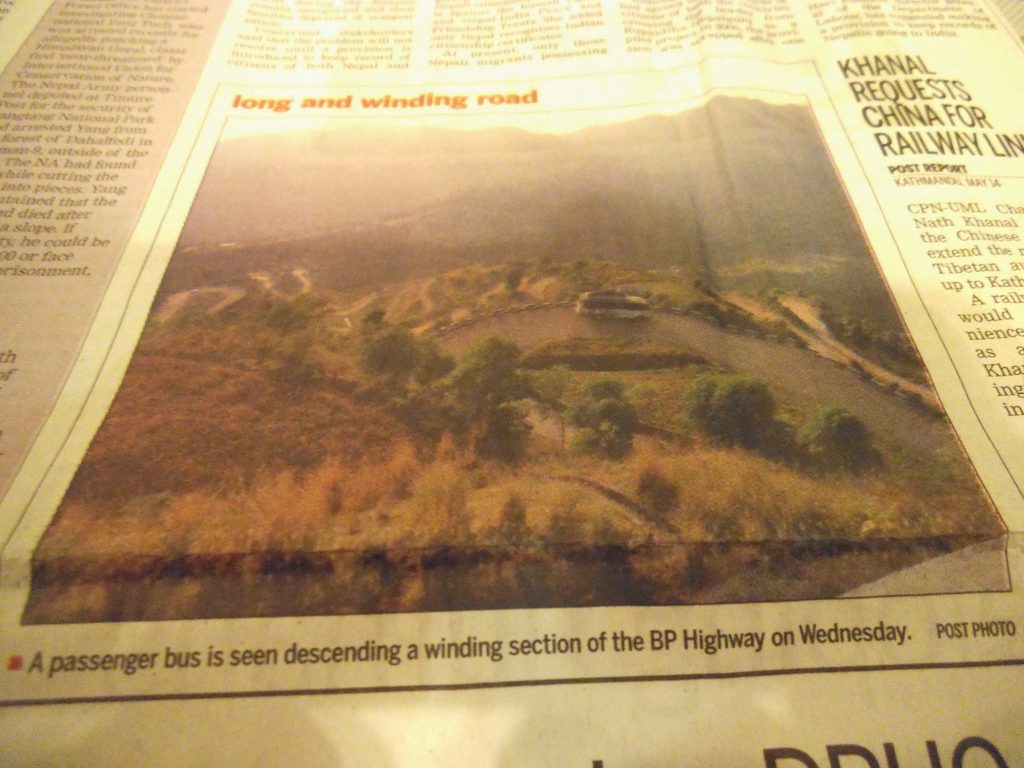

Hotel and garden in Lumbini 
The area around the hotel 
ATM in Lumbini 
Dal bhat – delicious Nepali dish
The next day is Buddha’s birthday. There is no transport of any kind to be found to go to Buddha’s temple, so we have to walk. Along the way we see a lot of beautiful exotic plants, temples and statues.

It’s a loooong way to the temple 
And it’s very hot, but a beautiful view 
Very nice plants and flowers 
A holy place 
Other temples along the way 
Lots of Buddha statues 
Beautiful flowers 
More beautiful flowers
After a long walk in the heat, we arrive at the temple that was build where Buddha was born. A lot of people have come to this temple today to celebrate this holiday. Where do they suddenly all come from? Everybody stands in line to pray, make wishes and pay there respect to the statue of Buddha inside the temple.

Maya Devi Temple 
Maya Devi Temple 
Maya Devi Temple 
Welcome to Lumbini 
Shoes off 
Peace and love message from Buddha
When we leave the temple we find a riksja who shows us the area and the World Peace Pagode before taking us back to the hotel.

On a riksja to the
World Peace Pagoda
World Peace Pagoda 
World Peace Pagoda 
One of the other temples in the area 
Exotic flower and sunflowers 
Beautiful water lilies 
More water lilies
Himalaya trekking
After the heat we are happy to arrive in a much cooler Pokhara and book a trekking in the mountains immediately. It’s a 3-days walk through the Himalaya to the top of a “hill”, from where we can see the sunrise over the 4 Annapurna’s (mountains). The road is quite steep here and there and we walk about 8 hours a day. The weater is much better than in Lumbini, it’s around 25-30 Degrees, lots of shade under the trees and the air we breathe is fresh. The view along the way is fantastic.

Ready for this adventure! 
Crossing this creek 
Left or right? 


Waterfall 
Waling through villages 
Magnificant view during the break 
The next village 
A farm 
Amazing view 
Another village


Only two more hours to go 
Someone is building a house 
Wow such a nice view 
Passing through another village 
Loundry

Scary bridge, off course I’m not afraid of heights, well… 
Beautiful 
Horses are faster than us

Baking bread in the sun 
We reached the top!
After this walk it’s easy to fall asleep. At 4 am the alarmclock rings. When I look outside I see the most amazing sunrise I’ve ever seen. Wow! No words can describe this!

The 4 Annapurna’s before sunrise 
The 4 Annapurna’s before sunrise 
The sun! 
Ooooh 
Wow! 

Goodmorning! 




The 4 Annapurna’s during the day
It’s day again and after breakfast we leave. Another 8-hour walk ahead of us. And many more amazing views. There are also many beehives in the mountains, that honey is sold all over Nepal.

Goodbye gate

It’s a loooong way down 
Look! The horses that passed us yesterday. 
Children going to school 


Steep way up 
Cattle 
More cattle 
And a sheperd as well 
Breaktime! 
Oooh 
Ahhh 
Don’t look down 
Nice view 
Another village 

Do we need more toiletpaper? 
More loundry 


This way 
We arrived at the hotel 
Amazing view from here 
It’s getting dark 
Breakfast again! 
The bread they bake on the rooftops 
Some honey 
I hope this is true… 


Time for another break 
View of the valley
Pokhara
Back in Pokhara it’s time to relax. This is the second largest city of Nepal with around 300.000 inhabitants. There are many massage shops, restaurants and bars in this town. One of the people we met in Sarangkot (in the mountains) told us he is a restaurant owner and has a plane which he turned into a VIP lounge. He invited us to come and eat at his restaurant and so we did.
Pokhara is situated right at Phewa lake, a big lake with a lot of boats you can take a boat trip on. In the middle of the Phewa lake is a small island with a temple on it. On the other side of the lake, way up in the mountains is another World Peace pagode which you can see from Pokhara.

It’s time for a Lassi 





Lunch

Phewa lake 
Boats of al kind 
Many canoes 
And many more 


The island with the temple
Bhaktapur
It’s almost time to go home. One more stop in before going home: Bhaktapur, the former capital of Nepal during the great ‘Malla Kingdom’ until the second half of the 15th century. There is so much to see in this incredibly beautiful town, like many temples, The Golden Gate, pottery square and off course Durbar square. From the restaurants and roofterraces you have a very nice view on the squares.

Town of Bhaktapur 
Town of Bhaktapur 
Entrance gate to Bhaktapur



Durbar square, Nyatapola temple on the left 
Durbar square 
Restaurant view on the square 
Restaurant view on the square 
Changu Narayan temple




Fasi Dega temple 



The Golden Gate (Sun Dhoka) 







Siddhi Lakshmi temple 
Batsala Devi temple 
Batsala Devi temple 




Bell of Batsala temple 

Stone wrestler statue of Phattu at Nyatapola Temple 
Kedarnath temple 


Hotel in Kathmandu 
Traditional Nepali band
One last strawl through Katmandu on the last night before flying back home. At the luxurious hotel where we stay plays a traditional Nepali band. When they are finished it starts to rain heavily. The monsoon has started. Now it’s really time to go home.
*A year later (2015) an earthquake shockingly killed nearly 9,000 people and injured nearly 22,000 people in Nepal. Also almost a quarter of this square was destroyed.
